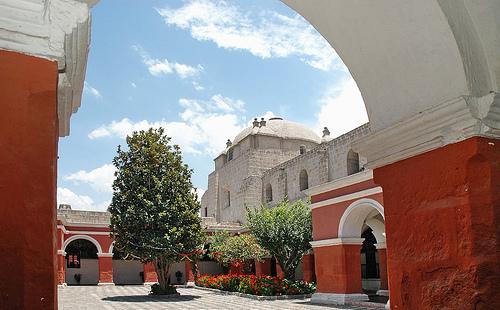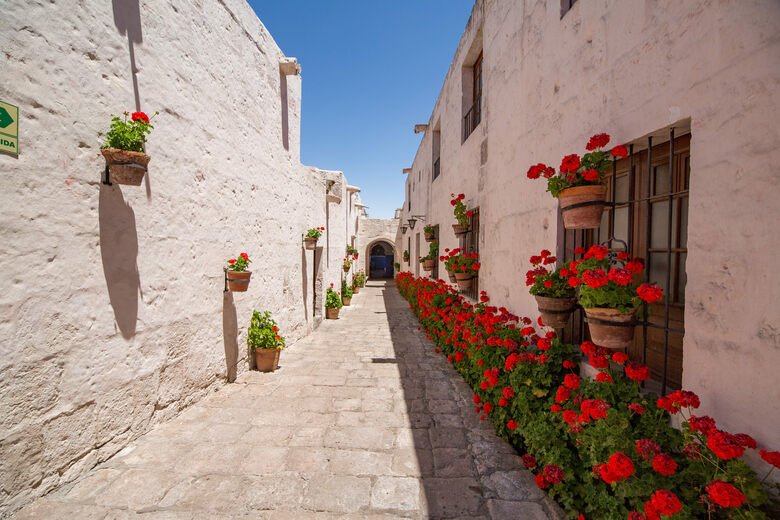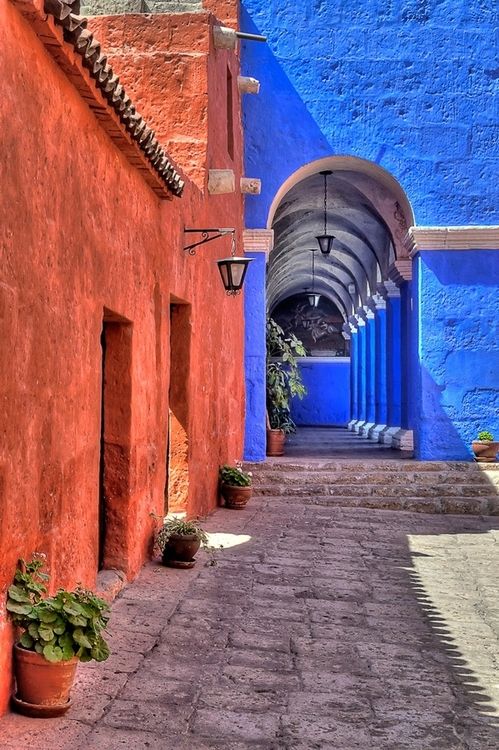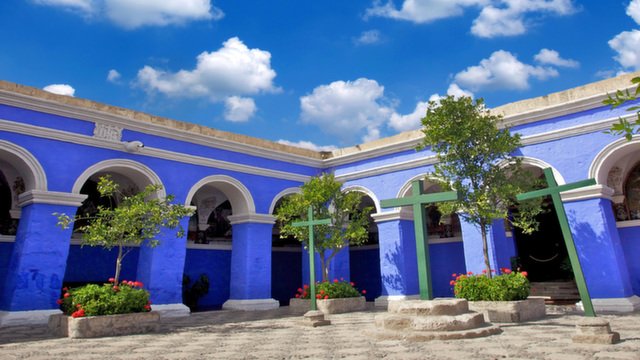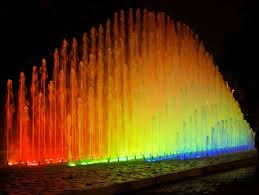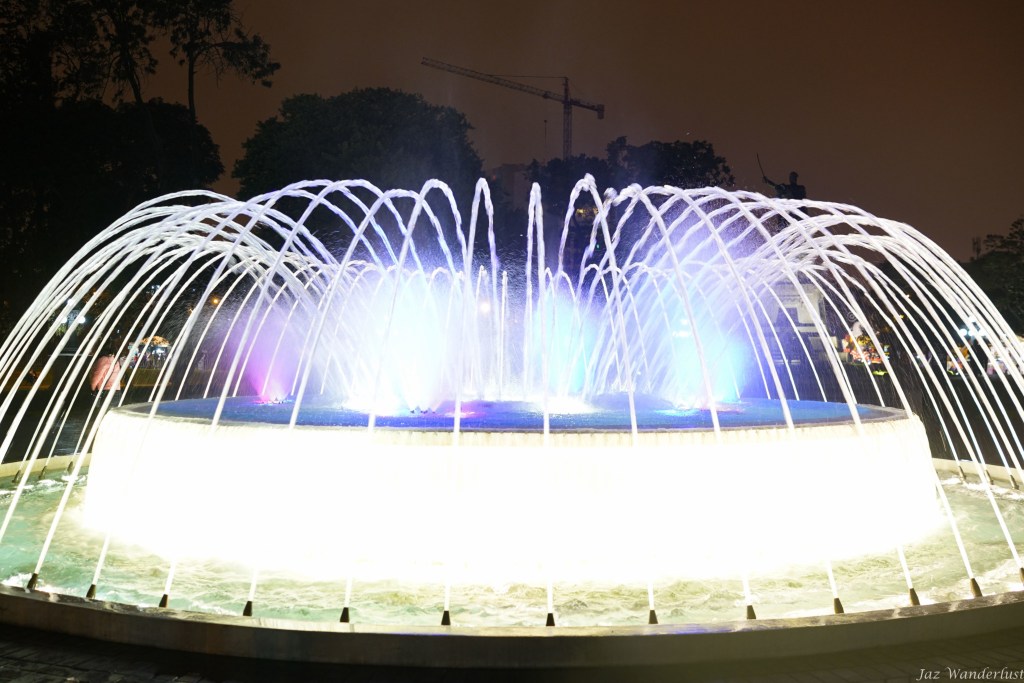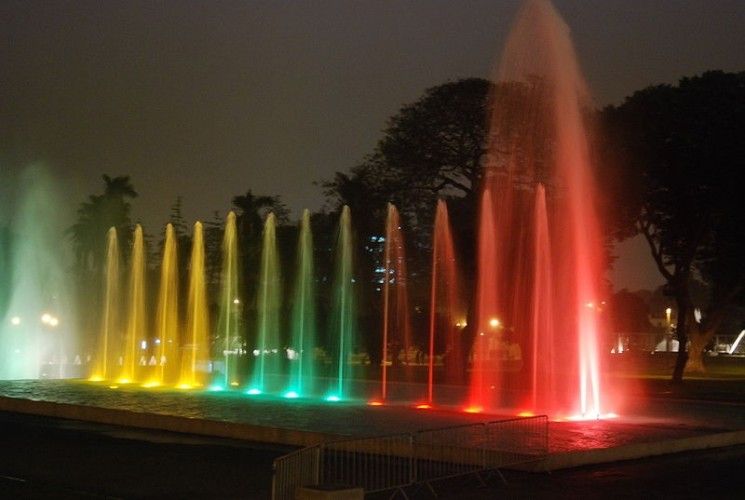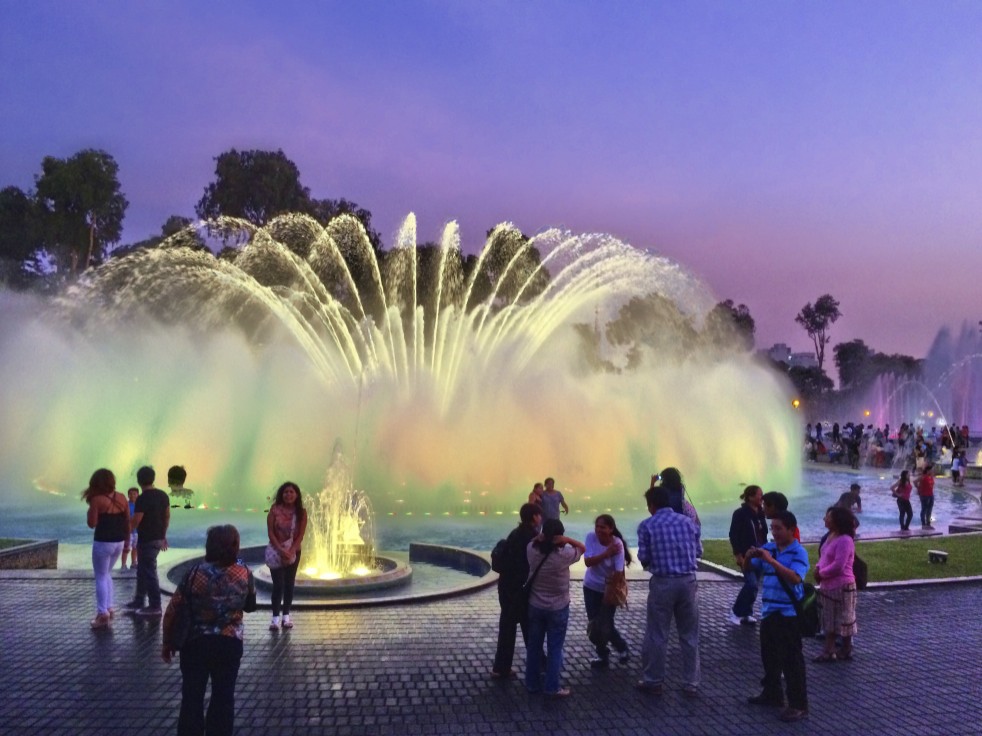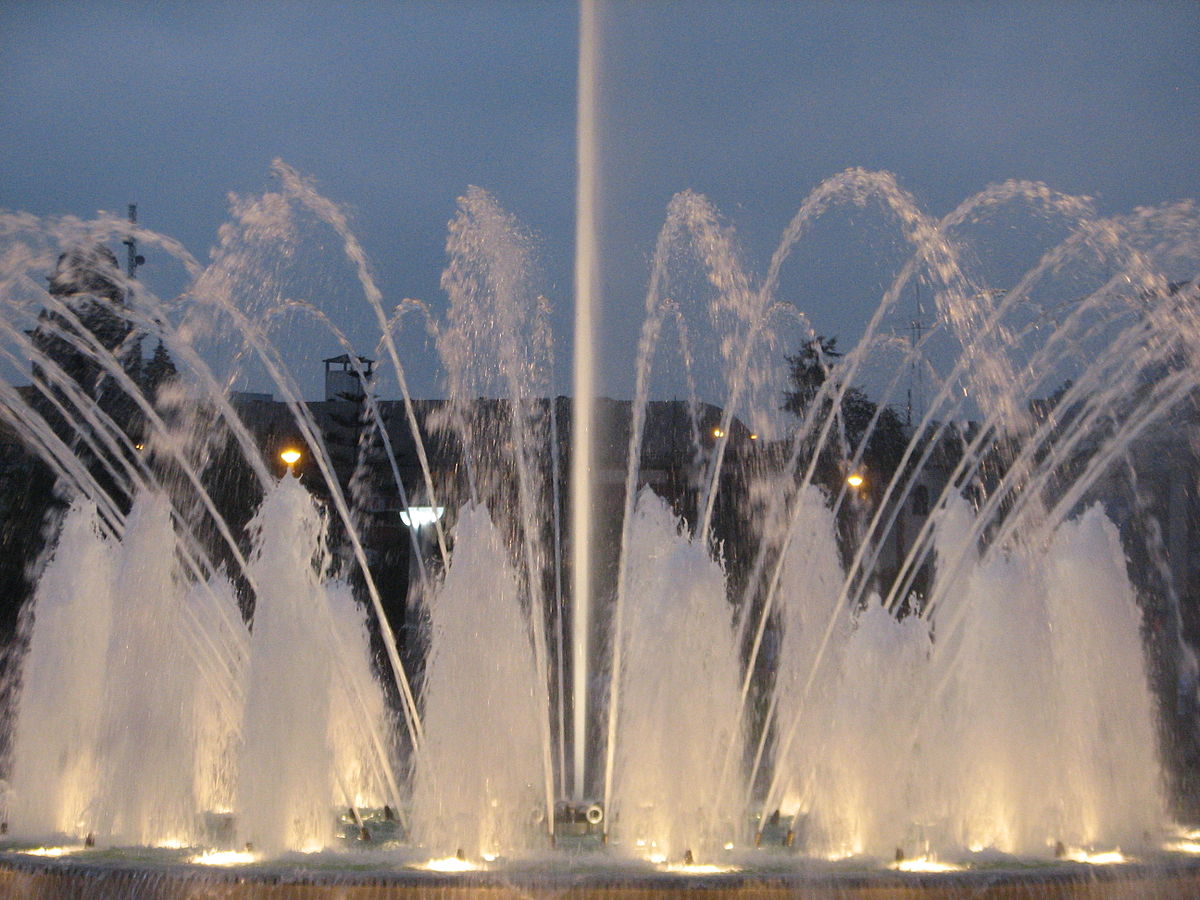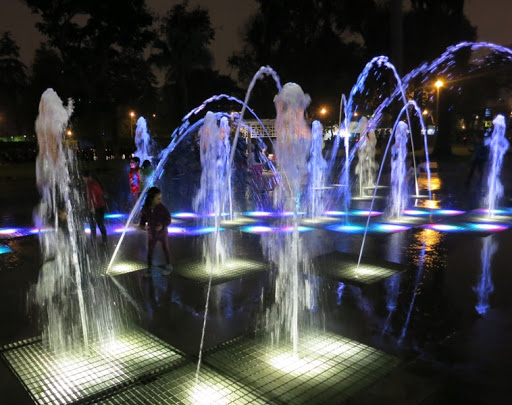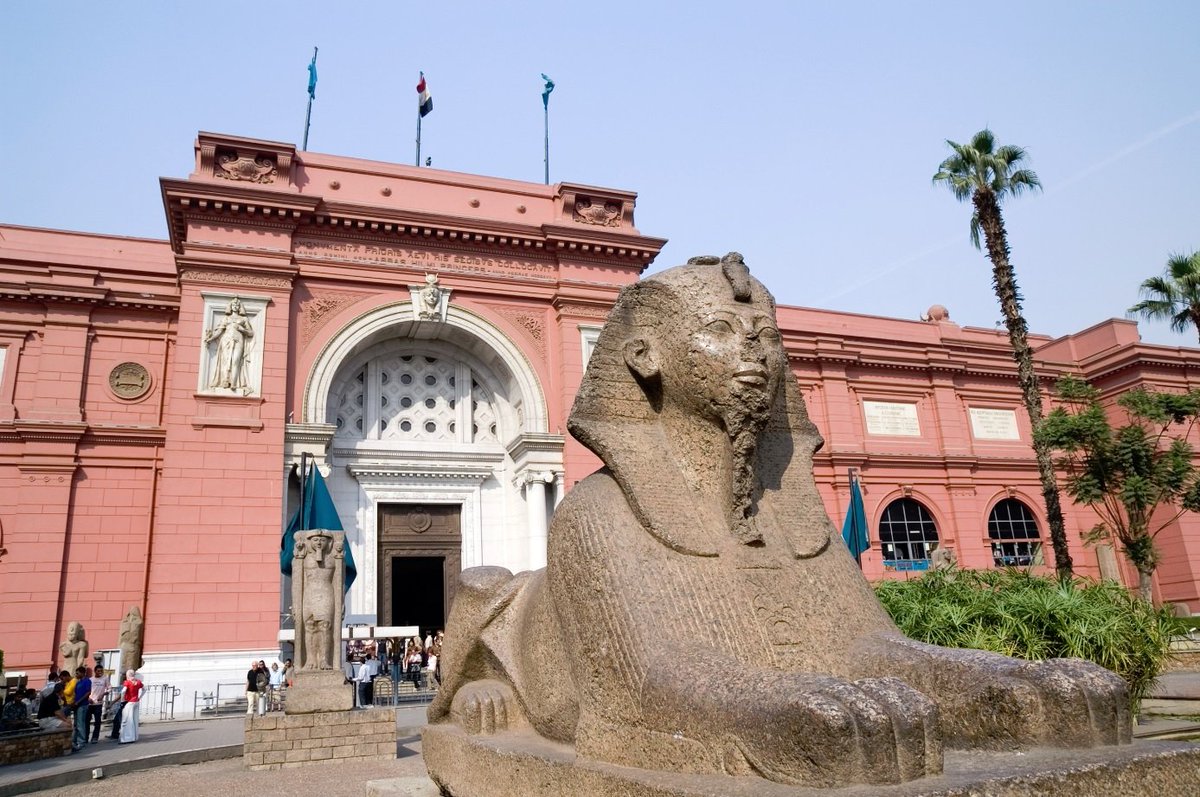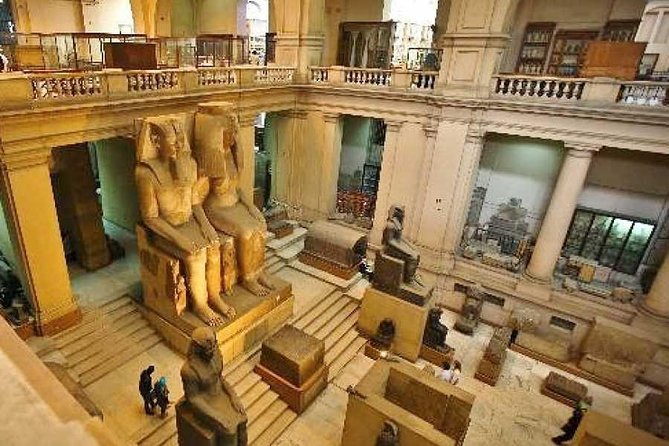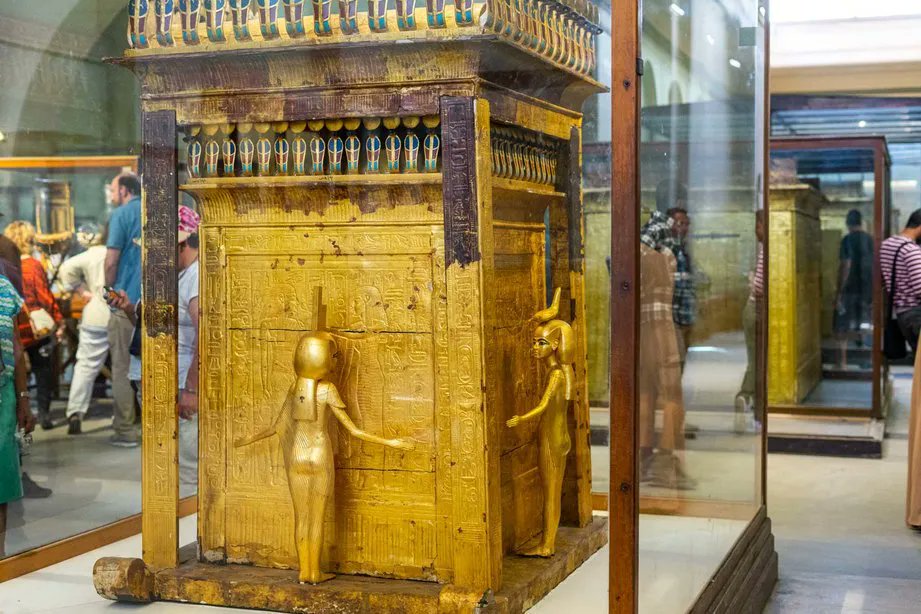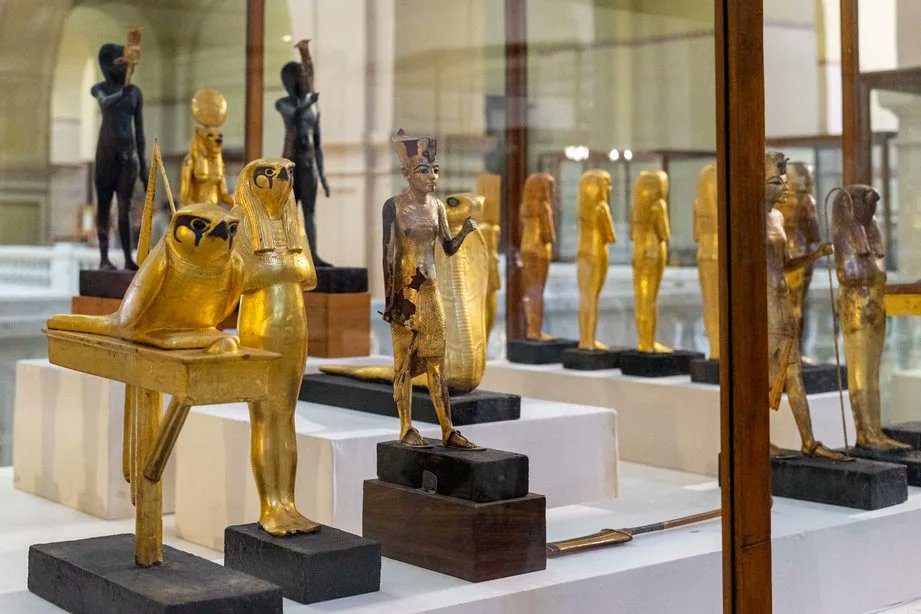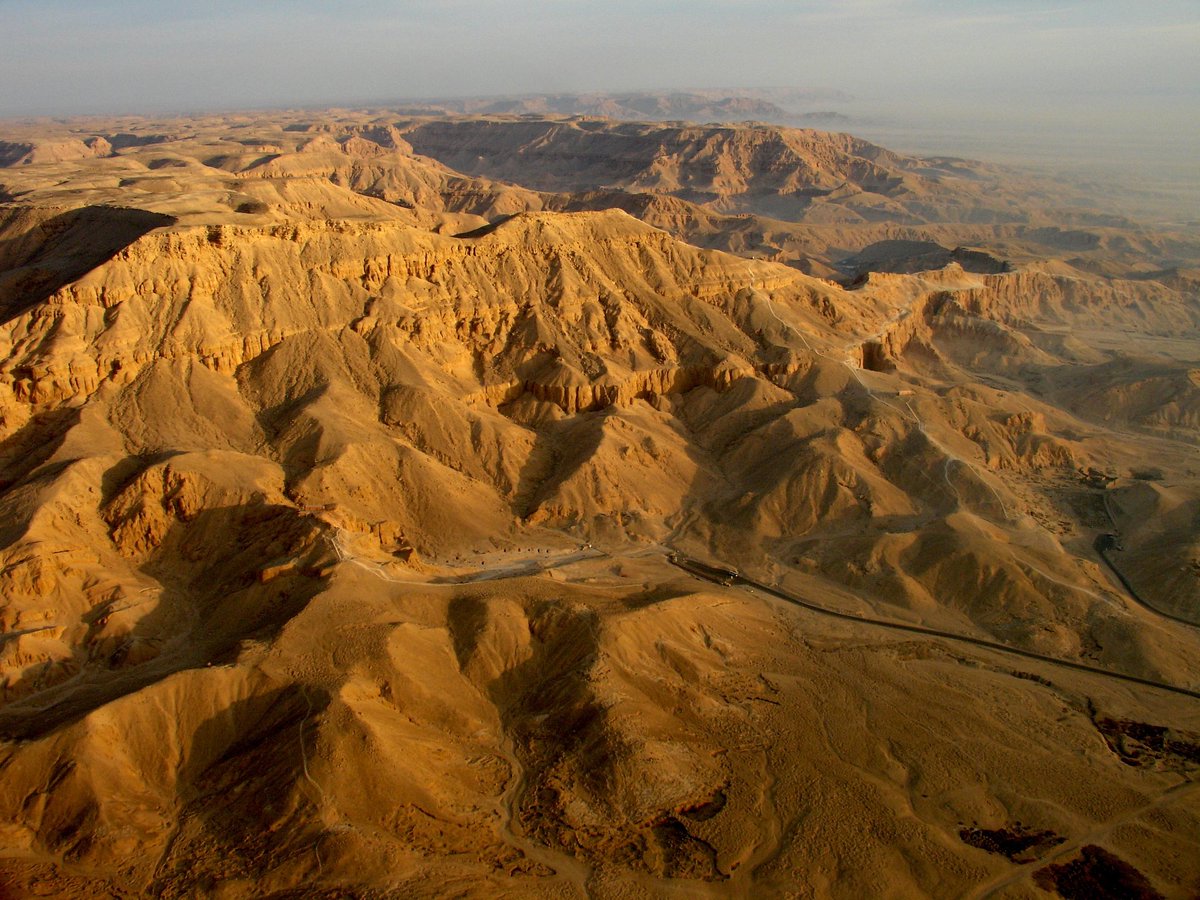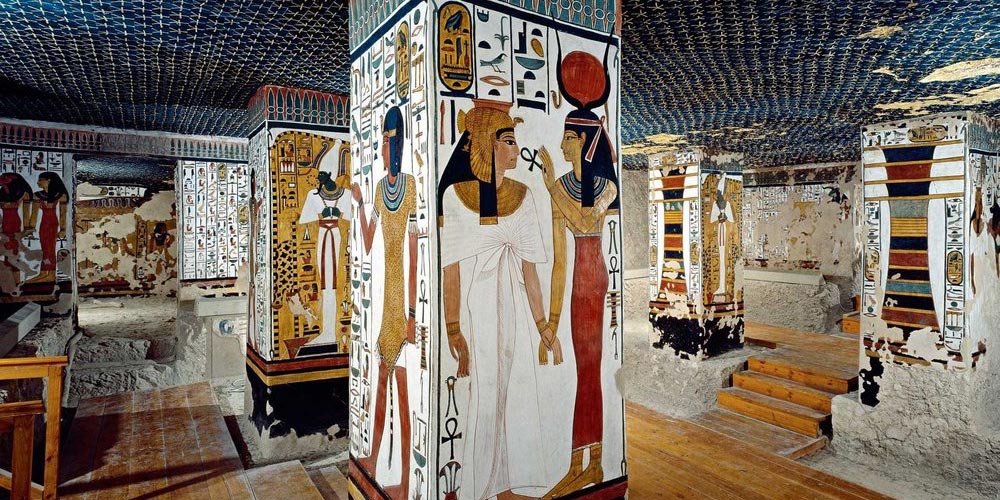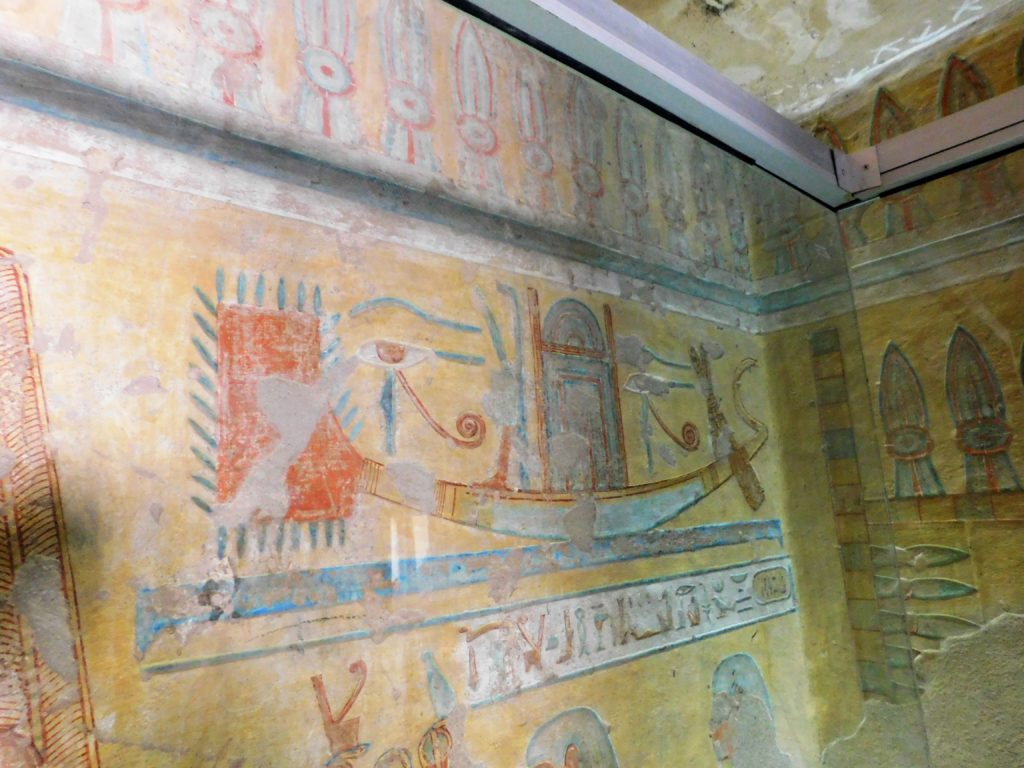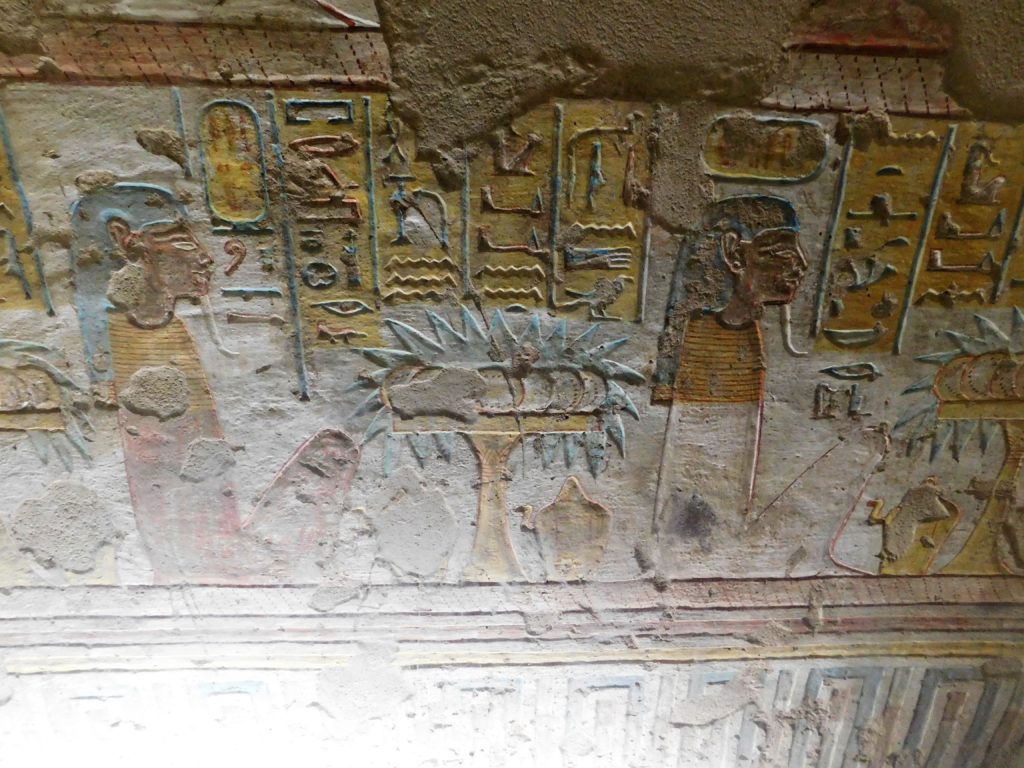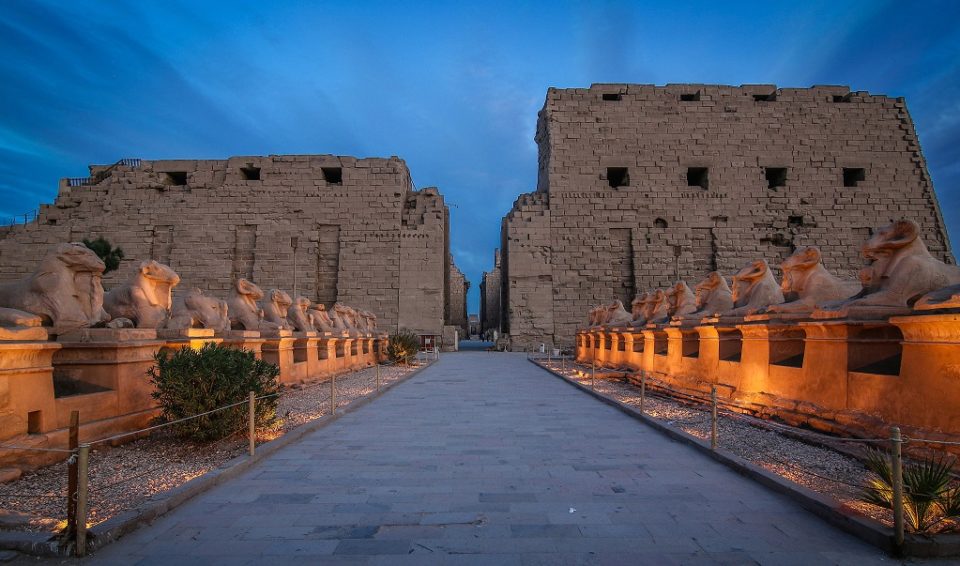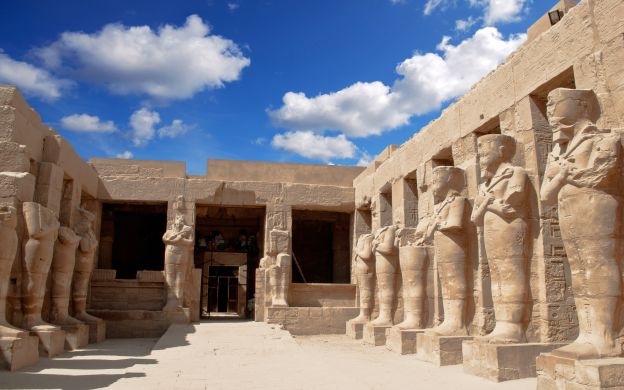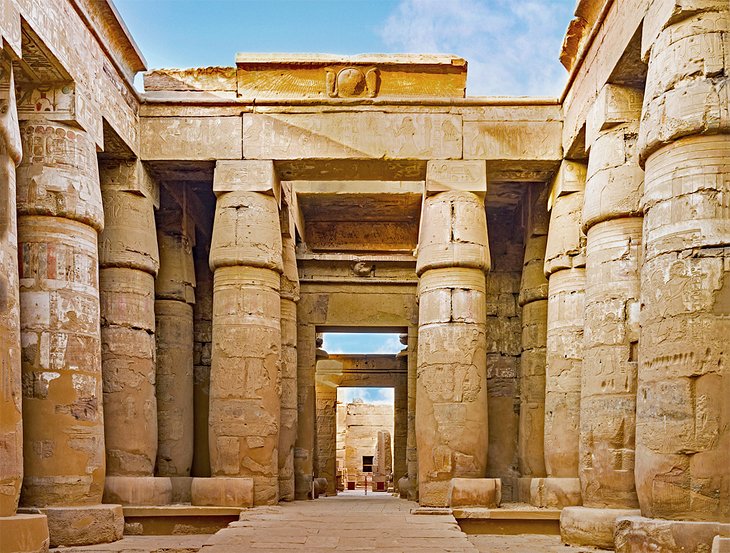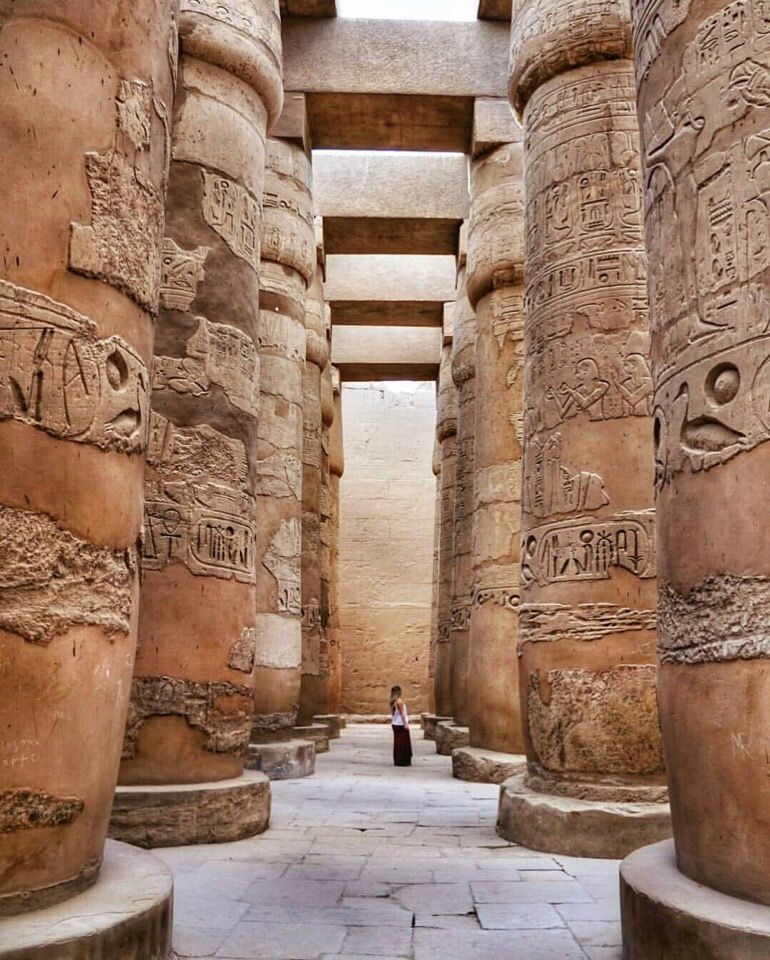Okay, I& #39;m starting a new thread of cultural and natural sites now that the Biden inauguration has taken place & sending a thank you to @MaPixie208 for the advice to start a new one so it wouldn& #39;t be tied to the original tweet of the old one & the first country in this thread.....
Is Guyana in South America. Our first site is Kaieteur Falls on the Potaro River in Kaieteur National Park. Its total height is 822 feet high and is one of the most powerful waterfalls in the world with an average flow rate of 23,400 cubic feet per second.
And our next site is the Walter Roth Museum of Anthropology in Georgetown, the capital of Guyana. It was established in 1974, but wasn& #39;t actually opened to the public until 1982. It collects, exhibits and conserves artifacts that represent the ancient cultures of Guyana.
Our next site in Guyana is the beautiful St. George& #39;s Cathedral in Georgetown. It& #39;s an Anglican cathedral that was completed in 1899, though it officially opened in 1892. It has been designated as a National Monument of Guyana.
This evening we& #39;re headed to the Parliament Building in Georgetown, Guyana. The building was started in 1829 and was completed in 1843. It& #39;s an example of Renaissance architecture and is one of only two domed buildings in Georgetown. The statue below is of......
Hubert Nathaniel Critchlow. He was born in Georgetown in 1884. He became a dock worker & at 21 years old he began fighting for waterfront workers rights and wage negotiations. In 1917 he founded the British Guiana Labour Union, considered to be the first Caribbean trade union.
We& #39;re off to the rainforest tonight to the Iwokrama Canopy Walkway in Guyana. It& #39;s made up of suspension bridges & decks up to 30 meters up (98 ft) & it& #39;s 154 meters long (505 ft) long. It& #39;s a great place to go to see wildlife in the forest.
Back to Georgetown for our next site. We& #39;re going to the Immaculate Conception Cathedral. It& #39;s the leading Roman Catholic church in Guyana and was built in the 1920& #39;s. The marble alter was a gift from Pope Pius XI and was erected in the cathedral in 1930.
Tonight& #39;s site is Promenade Gardens in Georgetown. The origin of this park is very sad. In 1823 slaves who were convicted of being involved in a rebellion were hanged there. In the 1850& #39;s it was decided to turn the area into a garden in honor of the victims.
We& #39;re off to Orinduik Falls this evening which is on the Ireng River in Guyana in the area of the Pakaraima Mountains. It& #39;s a series of waterfalls that total together about 82 feet high and stretch to around 492 feet wide. It& #39;s a popular place for tourists to visit in Guyana.
Tonight& #39;s site is Shell Beach in Guyana, a nesting site for 4 out of the 8 different types of sea turtle species. They are the Green turtle, Hawksbill turtle, Leatherback turtle & Olive Ridley turtle. The area was made a protected area on 2011.
Today& #39;s site is the Museum of African Heritage in Georgetown, Guyana, which opened in 1994. It has over 1000 artefacts which were collected from around the world, but especially from West Africa, where many Guyanese people of African descent trace their heritage. The museum......
also has a library that students are able to use for research purposes.
Okay, one more site in Guyana, then we& #39;ll visit a new country tomorrow. We& #39;re off to the Rupununi Savannah. It& #39;s a protected area and has "80% of the mammals & 60% of the bird life found in Guyana& #39;s tropical forests and savannahs." There& #39;s also jaguars, which are awesome......
members of the cat family, and Harpy eagles, which are one of the world& #39;s most powerful birds of prey & are also extremely rare and endangered.
Just on my lunch break right now so not posting a new country yet, but anyone have a country they would like me to visit in this thread? Since Biden is now President it can be any country, not just one that a former so-called president would have insulted & degraded. Let me know!
If anyone would like that just let me know, I can make a list of countries people are interested in make sure to visit them at some point in my thread.
Okay, we& #39;re heading way over to the country of Malaysia in my thread next. Our first site is the Kek Lok Si Temple in Penang. It& #39;s the largest Buddhist temple in Malaysia and is an important pilgrimage site for Buddhists from all over Southeast Asia. There is a seven story......
pagoda, the Pagoda of Rama VI (also called Pagoda of Ten Thousand Buddhas) which has 10,000 alabaster & bronze statues of Buddha and there& #39;s also a 120 ft tall bronze statue of Guanyin (Kuan Yin) the Goddess of Mercy.
Today& #39;s site is the National Museum of Malaysia in Kuala Lumpur, the capital of Malaysia. It was opened in 1963 and focuses on the history, cultures & traditions of Malaysia. It has several different galleries, each of which has a different theme & time period. There is also.....
a timber palace that was originally built in 1884, called Istana Satu, that was moved and erected at the National Museum compound in 1974. It& #39;s traditional Terengganu Malay architecture & was built by Sultan Zainal Abidin III,then Sultan of Terengganu (the Sultanate of Malaysia.)
Tonight& #39;s site is the National Mosque of Malaysia in Kuala Lumpur. It& #39;s located in 13 acres of gardens & has a 240 ft tall minaret. It was first opened in 1965, then underwent renovations in 1987 which included having the original pink concrete roof clad in green & blue tiles.
This evening& #39;s site is Gunung Mulu National Park in Malaysia. It& #39;s made up of karst formations & caves in equatorial rainforest.There& #39;s a wide range of wildlife in the area,including some amphibians that are only known to be from the park area. It& #39;s a UNESCO World Heritage Site.
Next site, the Islamic Arts Museum Malaysia. Opened in 1998, it& #39;s the largest museum of Islamic artworks in Southeast Asia and houses over seven thousand artefacts. There& #39;s several galleries devoted to different arts, like architecture, Qur& #39;an & manuscripts, textiles & ceramics.
Today& #39;s site is Niah National Park, Sarawak, Malaysia. It& #39;s the location of Niah Caves and archaeological site. In the 1950& #39;s evidence of human habitation was found in the caves dating back to the Paleolithic era, 40,000 years ago.
Today we& #39;re visiting the Khoo Kongsi, a Chinese clan temple & museum in the city of George Town in the state of Penang, Malaysia. It& #39;s associated with the Leong San Tong (Dragon Mountain Hall) clan who came from Fujian province in China. The building was completed in 1906.
This evening we& #39;re off to the Sepilok Orangutan Rehabilitation Centre located in the state of Sabah, Malaysia. It opened in 1964 for orphaned baby orangutans that were found in places like logging sites & plantations, or from illegal hunting. They& #39;re trained to be able to........
survive in the wild and when they& #39;re ready they are released. It& #39;s also located near the Bornean Sun Bear Conservation Centre for the Malaysian sun bear, which was established in 2008.
We& #39;re headed to Bako National Park in Sarawak State of Malaysia. It& #39;s the oldest national park in Sarawak state & was established in 1957. It& #39;s also one of its smallest national parks in the state at only 10.53 square miles. Even though it& #39;s small it has a wide range of......
different terrain from beach to rainforest, waterfalls, streams and lots of wildlife. There& #39;s also a network of hiking trails.
Tonight& #39;s site is the Thean Hou Temple in Kuala Lumpur, Malaysia. It& #39;s a temple to the Chinese sea goddess Mazu that was completed in 1987. It has architectural elements from Buddhism, Confucianism and Taoism in its construction.
We& #39;re off to Kapitan Keling Mosque in George Town, Malaysia. It was built in the 19th century by Indian Muslim traders. It& #39;s a World Heritage Site and is in the center of George Town& #39;s Tamil Muslim neighbourhood. It& #39;s a beautiful Mosque.
We& #39;re off to a stunning natural site today, Tunku Abdul Rahman National Park. It& #39;s made up of five islands located between about 2 to 5 miles off the coast from the state of Sabah, Malaysia. It& #39;s named after Malaysia& #39;s first Prime Minister. It& #39;s popular for swimming & snorkeling.
This evening we& #39;re visiting the Snake Temple, also called the Temple of the Azure Cloud, in Penang, Malaysia. It& #39;s a Chinese temple built in 1805 and is filled with smoke from burning incense and pit vipers. It& #39;s believed the incense calms the snakes, but for safety they have....
been de-venomed, but still have their fangs. There& #39;s also other types of snakes living in the temple and visitors are advised to not handle the snakes. In 2005 a snake breeding center was established at the temple.
Today we& #39;re visiting the Istana Negara (National Palace in the Malay language) in Kuala Lumpur. It& #39;s the official residence of the Yang di-Pertuan Agong (which means He Who is Made Lord), the ruler of Malaysia. The current ruler is Abdullah of Pahang. He was elected in 2019.
We& #39;re off to a really fun place this evening, the Kuching Cat Museum in Kuching, Malaysia. It& #39;s owned by & located on the bottom floor of the Kuching North City Hall and was established in 1993. It houses over 4000 artifacts all relating to cats.  https://abs.twimg.com/emoji/v2/... draggable="false" alt="🐱" title="Katzengesicht" aria-label="Emoji: Katzengesicht">
https://abs.twimg.com/emoji/v2/... draggable="false" alt="🐱" title="Katzengesicht" aria-label="Emoji: Katzengesicht"> https://abs.twimg.com/emoji/v2/... draggable="false" alt="🐈" title="Katze" aria-label="Emoji: Katze">
https://abs.twimg.com/emoji/v2/... draggable="false" alt="🐈" title="Katze" aria-label="Emoji: Katze">
Today& #39;s site is Bujang Valley Archaeological Museum, a very large historical complex that covers around 86 square miles. It& #39;s "the richest archaeological area in Malaysia." The word bujang comes from the Sanskrit word bhujanga, which means serpent, so the name can be.......
translated to Serpent Valley. The history here possibly dates back more than 2,535 years. The oldest man-made structure found in Malaysia is located here and dates from 110 AD.
We& #39;re visiting another temple this evening, the Arulmigu Sri Rajakaliamman Glass Temple in Johor Malaysia. It started out as a shelter in 1922 but has been completely embellished with glass artwork on the inside. The glass artwork was started in 2008 & finished in 2009.
Tonight we& #39;re off to Kinabalu Park, one of the first national parks in Malaysia, established in 1964. It& #39;s 754 square miles around Mount Kinabalu, the tallest mountain on the island of Borneo and is a popular tourist destination in Malaysia. It& #39;s a UNESCO world heritage site.
We& #39;re visiting the Masjid Putra (Malay for Putra Mosque) in Putrajaya, Malaysia. Its construction was completed in 1999. It& #39;s located on the man-made Putrajaya Lake and also next to the building that is the office complex of the Prime Minister of Malaysia,.....
Today& #39;s site in Malaysia is the Kuala Lumpur Butterfly Park. It& #39;s home to over 5,000 beautiful butterflies in one of the largest enclosures in the world. It& #39;s filled with exotic plants for the butterflies & also has an insect museum with beetles, stick insects and other insects.
We& #39;re checking out another beautiful Mosque this evening, the Masjid Jamek of Kuala Lumpur. It& #39;s one of the oldest mosques in the city and was built in 1909. It has been enlarged since its original construction and one of the domes had to be rebuilt after it collapsed due........
to heavy rains in 1993. It has two main minarets and three domes.
This evening& #39;s site is the Perak Museum in Taiping in the Malaysian State of Perak. It& #39;s the oldest museum in Malaysia and was founded in 1883. It& #39;s a natural history museum with four different galleries focused on Nature, Cultural, Indigenous People & Outdoor Exhibits.
We& #39;re going spelunking tonight to Tempurung Cave in the state of Perak in Malaysia. It& #39;s more than 3 km long (just under 2 miles), which makes it one of the longest caves on the Malaysian Peninsula. There has been lights and walkways installed in some areas of the cave.
Today we& #39;re checking out the Penang Street Art in George Town, Malaysia. There& #39;s murals, steel sculptures, and even interactive artworks. As an example, one wall painting is of children riding a bike, but the bike is an actual bike and you can sit on it and get your picture.....
taken as though you& #39;re part of the artwork. Pretty cool.
Almost forgot to post today& #39;s addition, but we& #39;re off to Kuala Lumpur Tower (in Malay that& #39;s Menara Kuala Lumpur). It& #39;s a communications tower in Kuala Lumpur which is 1,381 feet tall, including the antenna on the top. The tower also has a revolving restaurant. It& #39;s the.......
seventh tallest freestanding tower in the world. They hold annual foot races up the stairs to the top and it& #39;s also used as an observatory to observe the crescent moon which marks the beginning of different months of the Muslim calendar.
We& #39;re visiting another mosque this evening, the Melaka Straits Mosque (in Malay, Masjid Selat Melaka) in Malaka City, Malaysia. It& #39;s built on the man-made island of Malaka Island. The mosque actually appears to be floating on the water when the water level is high. The.....
almost 90 foot minaret is also used as a lighthouse.
This evening we& #39;re going to the Pusat Sains Negara (National Science Centre) in Kuala Lumpur, Malaysia. It opened in 1996 and its main objective is to "promote greater understanding and interest in science and technology."
Today& #39;s site is the Taman Botani Perdana (in Malay, Perdana Botanical Gardens) in Kuala Lumpur, Malaysia. It was established in 1888 & covers 91.6 hectares (about 227 acres)
Ooofff, I mixed that up! The Malay is Taman Botani Perdana. I switched it around there!  https://abs.twimg.com/emoji/v2/... draggable="false" alt="😁" title="Grinsendes Gesicht mit lächelnden Augen" aria-label="Emoji: Grinsendes Gesicht mit lächelnden Augen">
https://abs.twimg.com/emoji/v2/... draggable="false" alt="😁" title="Grinsendes Gesicht mit lächelnden Augen" aria-label="Emoji: Grinsendes Gesicht mit lächelnden Augen">
We& #39;re going to a concert tonight at the Petronas Philharmonic Hall (in Malay, Dewan Filharmonik Petronas) in Kuala Lumpur. It& #39;s the first concert hall in Malaysia that was built specifically for classical music and is the home of the Malaysian Philharmonic Orchestra.
Okay, I love food, which is probably obvious on this account, and the next site on our trip to Malaysia is the Penang Wonderfood Museum. It focuses on over 100 types of different foods and dishes from Malay, Indian, Chinese & Perakanan cuisines (that last one being a blend of....
Chinese, Malay and other Southeast Asian cultures and originated with Chinese immigrants in the 15th century who moved to the areas that would become Malaysia, Singapore and Indonesia and blended their cuisines. Sounds amazing and delicious!
This evening we& #39;re visiting another mosque, Masjid Zahir (Zahir Mosque) in Alor Setar, in the State of Kedah, Malaysia. It& #39;s the state Mosque of Kedah and was built in 1912. They also hold annual Quran reading competitions at the mosque.
We& #39;re visiting Endau-Rompin National Park in the state of Pahang in Malaysia this evening. It& #39;s approximately 340 square miles & is the second largest national park in Peninsular Malaysia (also known as West Malaysia). It& #39;s name comes from the 2 rivers that run through the park.
Okay, one more site in Malaysia, then tomorrow we& #39;ll move onto another country. Today we& #39;re checking out the Melaka Planetarium in Ayer Keroh in the state of Melaka. It was established in 2009 and has 4 sections focusing on astronomy, outer space, simulation and physics.
Next on our trip around the world, we& #39;re off to visit Mozambique, located in the south of Africa on the Indian Ocean. Our first stop, the Natural History Museum of Mozambique. It was established in 1913 as a Provincial Museum that was moved around to different locations, then....
in 1932 it was moved to its current location, of which the building itself dates from 1911 and was originally meant to be a primary school.
Our next site in Mozambique is Casa de Ferro (The Iron House). It& #39;s a prefabricated house that was imported from Belgium in 1892 and was supposed to be the home of the governor-general, but wasn& #39;t habitable as it was too hot in the heat of summer. It& #39;s one of two buildings in....
Mozambique designed by Gustave Eiffel (who also designed the Eiffel Tower). The other building is the Maputo train station in the capital of Mozambique, the city of Maputo. (Pictured below.) The Casa de Ferro is now an art gallery (it now has modern air conditioning.)
We& #39;re swimming tonight at Bazaruto Archipelago National Park in Inhambane Province of Mozambique. It was established as a park in 1971 and is made up of a lot of ocean and 6 islands off of the coast of Mozambique. It was created to protect dugong (a marine mammal) and.......
marine turtles, and their habitats. And it has also protected several other animals, coral reefs and marine birds. It& #39;s popular for snorkeling and diving.
This evening& #39;s site is the Tunduru Botanical Gardens in Maputo, Mozambique which were designed in 1885. There& #39;s a green house and also tennis courts which are owned by the Mozambique Tennis Federation.
We& #39;re in Maputo and visiting the the Catedral de Nossa Senhora da Imaculada Conceição this evening, which is Portuguese (the official language of Mozambique) for the Cathedral of Our Lady of the Immaculate Conception. The building was started in 1936 and was completed in 1944.
We& #39;re going surfing at today& #39;s site in Mozambique, we& #39;re headed to Tofinho Beach (Praia do Tofinho) in Inhambane Province on the Indian Ocean. It& #39;s a popular tourist and holiday location.
Tonight we& #39;re visiting Mount Mabu in northern Mozambique. It& #39;s covered in old-growth rain forest and is around 5,600 feet high. It wasn& #39;t well known to plant & animal scientists outside of Mozambique until 2005 after some browsed on Google Earth & then visited the area.......
There& #39;s been several new species discovered there, ranging from plants to animals.
This evening& #39;s site in Mozambique is the Maputo Special Reserve,a nature reserve, formerly known as the Maputo Elephant Reserve. It& #39;s located on Maputo Bay and covers about 400 square miles. It was originally established in 1932 to protect coastal elephants that live in the area.
We& #39;re checking out Maputo City Hall today in Maputo, the capital of Mozambique. The building was designed by Portuguese-Brazilian architect Carlos César dos Santos, who won an architecture competition for a new city hall in 1938. The building was completed in 1947. The statue....
outside of the city hall is of Samora Machel, the first President of Mozambique. It sits on the same spot as and replaced an older statue of the former Governor-General of Portuguese Mozambique.
We& #39;re visiting Quirimbas National Park. It& #39;s made up of 11 of the southernmost Quirimbas islands & also some of the mainland & was established in 2002. The park is home to elephants, lions, leopards, crocs & also various types of sea life such as turtles, dolphins & seahorses.
We& #39;re visiting the Museo Nacional de Arte in Maputo, Mozambique this evening. It was established in 1989 and focuses on contemporary art by Mozambique artists.
Today& #39;s site is Niassa Reserve, a nature reserve in both Niassa Province and Cabo Delgado Province in northern Mozambique. It was established in 1954 when Mozambique was still called Portuguese East Africa. It& #39;s very remote and hasn& #39;t been developed for tourism. It& #39;s also.......
since 2005 been considered as a lion conservation area.
We& #39;re visiting Saint Anthony Catholic Church in Maputo today. It was originally built in 1962 & was restored in 1992 and has the shape of an inverted flower. There are crystal windows in the dome that allow colorful light to shine into the church.
We& #39;re going swimming with dolphins this evening at the Dolphin Encounters Research Center in Mozambique. It focuses on having a very wildlife friendly experience where visitors can see marine life up close. There& #39;s "no feeding, forcing or coaxing" of the dolphins allowed.
This evening we& #39;re visiting the Museu das Pescas (Fisheries Museum) in Maputi. It was established in 2014 to highlight the cultural heritage of fishing in Mozambique.
Okay, we& #39;re moving on this evening in the thread & jumping clear across the Indian Ocean & the South Pacific Ocean to the country of Peru! And our first site is a place I have been fascinated with for years! The incredible and amazing........
Machu Picchu! It& #39;s a 15th century Inca citadel perched high up in the Andes Mountains of southern Peru. It& #39;s located on a 7,970 ft tall ridge. It& #39;s believed it was originally intended as an estate for the Inca emperor Pachacuti. It was never actually found by the Spanish.......
although it was still known by the local inhabitants of the area. It wasn& #39;t known to the outside world until the explorer and historian Hiram Bingham "discovered" it in 1911. It was named a Peruvian Historic Sanctuary in 1981 & a UNESCO World Heritage site in 1983. And in a......
worldwide internet poll in 2007, it was voted as one of the New Seven Wonders of the World.
This evening we& #39;re visiting the Larco Museum (official name, Museo Arqueológico Rafael Larco Herrera), a privately owned museum in Lima, Peru. It opened on Peruvian Independence Day, July 28, 1926. (Peru got independence from Spain in 1821.) It has a wide range of........
pre-Columbian artifacts from several different cultures that existed in Peru before the Spanish arrived. Just a few of the different cultures are the Mochica, Chimu, Nazca, Chavin, Tiahuanaco and of course, the Inca.
This evening we& #39;re visiting the Cathedral Basilica of Lima in Lima, Peru. It& #39;s a Roman Catholic cathedral that was begun in 1535 and finished in 1649 & is dedicated to St. John the Apostle. It& #39;s a beautiful building and it& #39;s absolutely stunning inside.
Next up, another site I& #39;ve been fascinated by for years. The Nazca Lines in southern Peru! They& #39;re lines that were originally created between 500 BCE and 500 CE. Most of the lines run straight with a few other shapes. The lines were listed as a UNESCO World Heritage site in 1994.
Today we& #39;re visiting Huaca Pucilana, an adobe and clay pyramid that was an important ceremonial and administrative center of the Lima culture, an indigenous culture from the area that dated from 100 AD - 650 AD. The pyramid is located in the Miraflores district of Lima, Peru.
This evening we& #39;re going to Huascarán National Park. It& #39;s made up of most of the Cordillera Blanca,the world& #39;s highest tropical mountain range,part of the central Andes Mountains. It was designated as a UNESCO World Heritage Site in 1985. It& #39;s about 93 miles long & 16 miles wide.
This evening& #39;s site is Chan Chan in in the La Libertad Region in northwestern Peru. It was the largest city of the pre-Columbian era in South America & was the capital for the Chimor people from 900 AD - 1470 AD, when they were defeated by the Inca empire.
Today we& #39;re checking out Gocta Waterfall in the province of Bongara in northern Peru. While the locals have known about the falls for centuries it was only discovered by the outside world in 2002. It& #39;s Peru& #39;s tallest free falling waterfall at 2,530 ft tall.
This evening we& #39;re visiting another ancient site, Saqsaywaman (also spelled as Sacsayhuamán). It& #39;s a citadel on the outskirts of Cuzco, Peru, which is also the historic capital of the Inca Empire. It was built in the 15th century using large boulders that were cut to fit......
tightly together without using any mortar. Archaeologists have determined though that it was originally built in the 13th century by the Killke culture, which was in the Cuzco area from 900 AD-1200 AD, before the Inca arrived later in the 13th century. The Inca then expanded....
it. It was listed as a UNESCO World Heritage Site in 1983 along with the city of Cuzco.
This evening& #39;s site is Catedral Basílica de la Virgen de la Asuncíon (Cathedral Basilica of the Assumption of the Virgin), or more simply, Cusco Cathedral. It& #39;s the main church of the Roman Catholic Archdiocese of Cusco. Building was started in 1559 on the site of an earlier.....
Inca temple called Kiswarkancha. The Spanish conquistadors decided to pull the temple down and build their cathedral there and they used the Inca people as forced labor to build it & also using stone from nearby Sacsayhuamán. Construction was completed in 1654. I& #39;m quite.......
torn by this, considering how it was built, but it was designated as a UNESCO World Heritage Site in 1983. It& #39;s a beautiful building, but the indigenous peoples of South America suffered greatly due to the invasion of their lands. I would have preferred the Inca temple.
Tonight we& #39;re visiting Toro Muerto (which means Dead Bull in English), a site of petroglyphs in Castilla province in the Arequipa region of Peru. There& #39;s around 3000 to 5000 volcanic rocks covered with petroglyphs that are believed to date back 1000 years.
We& #39;re going to the museum this evening, the Royal Tombs of Sipán Museum in Lambayeque, Peru. It houses most of the artifacts found by archaeologist Walter Alva in 1987 at Huaca Rajada (also called Sipán), a Moche site in northern Peru. The building was designed to look like......
the Moche tombs. The Moche culture is dated from 50 AD - 700 AD. The museum was inaugurated in 2002.
Today we& #39;re off to see the Palomino Islands (also know as the Palomino Islets), a group of 4 small islands off the coast of Peru near the city of Callao (which is the main seaport of Peru). The Islets are home to sea lions and seabirds and is now a popular tourist destination.
We& #39;re visiting the Palacio de Torre Tagle (Torre Tagle Palace) in Lima, Peru this evening, the home of the Peruvian Ministry of Foreign Affairs. It was commissioned in either 1715 or 1730 (I guess there& #39;s some disagreement as to the year) to be the home of the then treasurer.....
of the Royal Spanish fleet, Don José de Tagle y Bracho, 1st Marquis of Torre Tagle. The public isn& #39;t really allowed inside though some visits can be arranged by appointment.
We& #39;re off to another ancient Peruvian site today, Chavín de Huantar. The site was occupied by the Chavín, a pre-Inca culture, up until about 400-500 BC. There is carbon dated archaeological evidence that the site has been a ceremonial center dating as far back as 3000 BC. It.....
is a UNESCO World Heritage Site.
Tonight we& #39;re visiting Iglesia Las Nazarenas, the Sanctuary and Monastery of Las Nazarenas in Lima, Peru. Every year in October there is a procession in honor of the image of Señor de los Milagros (Lord of Miracles), a painting of Jesus on the cross that was painted in the......
17th century and which is venerated in Peru. The church and monastery were constructed in 1771.
Today& #39;s site is the Museo Nacional de Arqueología Antropología e Historia del Perú (National Museum of Archaeology, Anthropology and History) in Lima. It& #39;s the oldest and largest museum in Peru. There is a new museum being built to be the National Museum of Archaeology and......
it will house many of the artifacts currently at this museum. When the new museum is finished the current one will instead will be dedicated to the republican era of Peru, 1826-1890.
We& #39;re doing something a little different today, instead of visiting a single site, we& #39;re traveling on the Andean Explorer Train through the Andes Mountains. It& #39;s the Belmond Andean Explorer owned by PeruRail & is South America& #39;s first luxury sleeper train established in 2017.
And sending another thank you to Google and Wikipedia for their invaluable assistance in posting this thread. Also reiterating, none of the pics in this thread are mine.
Yesterday& #39;s post was about the Andean Explorer Train, so we& #39;re getting off the train at our next stop in the Andes Mountains, the Pastoruri Glacier. It& #39;s located in the Cordillera Blanca area of the Andes and is about 3.1 square miles in size. It& #39;s very popular with tourists.....
snowboarders and ice climbers. It has been shrinking though over several years due to global warming and a local glaciologist is trying different ways to help slow the thawing of the glacier down.
Our next site is Sillustani, a pre-Incan cemetery near the city of Puno in southeastern Peru on the shores of Lake Umayo. The large structures are called chullpas and usually contained family groups, though they were probably used just for the nobility of the Aymara culture......
The Aymara were conquered by the Inca in the 15th century. Several of the tombs have been damaged by looters.
Tonight we& #39;re visiting the Sacred City of Caral-Supe, part of the Caral Civilization (also called Norto Chico or Caral-Supe), and is considered by some authorities as the oldest known civilization in the Americas. It was inhabited between the 26th century BC & 20th century BC....
and had a population of approximately 3000 inhabitants. It was named a UNESCO World Heritage Site in 2009.
Today we& #39;re visiting an amazing natural site, Vinicunca, also spelled Vinikunka & also called Montaña de Siete Colores or Montaña de Colores (which means Mountain of Seven Colors & Mountain of Colors) or Rainbow Mountain. It& #39;s part of the Andes Mountains and is at 17,100 ft......
above sea level. The different colors are due to it& #39;s different mineral compositions. It used to have glaciers capping the top of the mountain but those have melted due to global warming.
We& #39;re visiting the Museo de Arte de Lima (Lima Art Museum) today in Lima, Peru. It was inaugurated in 1961, & reopened in 2015 after a renovation. It& #39;s located in the 1872 World& #39;s Fair Exhibition Palace. It has exhibits from pre-Columbian artifacts to mid-20th century paintings.
Today we& #39;re off to Parque Nacional Sierra del Divisor (in English, Sierra Del Divisor National Park). It& #39;s in the Amazon rainforest of Peru in the northern most region of Loreto and hugs Peru& #39;s border with Brazil. It was established in 2015 & covers about 5,230 square miles.
Our next stop is the archaeological site of Puka Pukara (in the indigenous Quechue language puka means red & pukara means fortress, so the name literally means Red Fortress). It was built for the defence of Cusco and the Inca Empire.
Tonight& #39;s site is the Government Palace of Peru (also known as the House of Pizarro). It& #39;s the seat of the executive branch of the Government of Peru and the official residence of the President. It was originally built by Francisco Pizarro in 1535, while renovations were......
done in the 1930& #39;s for then President Oscar R. Benavides.
We& #39;re visiting Colca Canyon on the Colca River in my thread today. It is the third most visited location for tourists in Peru, many of whom come to see the Andean Condors which live in the canyon. There& #39;s also caves in the Colca Valley with paintings & carvings that date back....
from possibly more than 7000 years ago. The canyon, at 10,730 feet deep, is one of the deepest canyons in the world.
This evening we& #39;re checking out the birthplace of the city of Lima, founded in 1535, the Plaza de Armas de Lima. It& #39;s located in the historic center of the city & is surrounded by the Government Palace, the Cathedral of Lima and other important historical buildings and gardens.
And next we& #39;re off to see Lake Parón in the Peruvian Andes. It& #39;s the largest lake in the Cordillera Blanca Range of the Andes and is surrounded by several snow covered peaks. The lake is a lovely turquoise color due to a high level of dissolved lime (from limestone) in the water.
We& #39;re visiting the Gold Museum of Peru and Arms of the World in Lima tonight. It& #39;s made up of items collected by Miguel Mujica Gallo during his life and he established it in the 1960& #39;s. He later donated the museum to Peru. It includes artifacts from pre-Columbian Peru and.....
also weapons he collected from around the world. There has also been controversy over a majority of the gold pieces in the museum. In the early 2000& #39;s there were accusations that several of the artifacts are fake. Either way, they look amazing.
On this #EarthDay  https://abs.twimg.com/hashflags... draggable="false" alt=""> we& #39;re visiting Reserva Nacional de Lachay (Lachay National Reserve), 65 miles north of the capital of Lima, Peru. Wildlife in the reserve includes the Sechuran fox, puma, white-tailed deer, Pampas cat & birds like the Vermilion flycatcher & the Andean tinamou.
https://abs.twimg.com/hashflags... draggable="false" alt=""> we& #39;re visiting Reserva Nacional de Lachay (Lachay National Reserve), 65 miles north of the capital of Lima, Peru. Wildlife in the reserve includes the Sechuran fox, puma, white-tailed deer, Pampas cat & birds like the Vermilion flycatcher & the Andean tinamou.
Today we& #39;re off to the Monastery of Santa Catalina de Siena in Arequipa, Peru. It was built in 1579 and from the 16th-18th centuries was a cloister for Dominican nuns. It still has a small religious community of nuns living there today, though it& #39;s also tourist attraction.
Apologies for skipping my post last night, forgot while binge watching Sherlock. But tonight we& #39;re checking out the Parque de la Reserva (Park of the Reserve) in Lima, Peru. It has fountains that are used to put on colorful water shows.
And a few more! Tomorrow I& #39;m going to move on to a new country in my thread. I& #39;ll give a hint as to what country. If you& #39;ve been following me for a while there& #39;s one ancient culture in particular I& #39;ve said I& #39;ve been fascinated by for as long as I can remember. We& #39;re going there.
Okay, we& #39;re moving onto the next country in my thread, and as stated in the last post in this thread, it& #39;s the country whose ancient civilization has fascinated me for as long as I can remember and also more than any other ancient culture (though I love all ancient history!).....
Which can only mean we& #39;re going to Egypt! And our first stop is the Museum of Egyptian Antiquities, also called the Egyptian Museum or the Museum of Cairo. It was built in 1901 and has a collection of about 120,000 artifacts.
And I& #39;m so excited about adding Egypt to my thread. There& #39;s so much to share about it and in addition to showing the well known sites like Karnak Temple for instance, I want to share some less well known places like the Philae Temple & the Dendera Temple & also some modern sites.
Next we& #39;re visiting the Valley of the Queens, where the wives and daughters of Pharaohs were buried. It& #39;s ancient name was Ta-Set-Neferu, which means The place of beauty. Pharaohs were buried in the better known Valley of the Kings. On the map you can see the locations of both...
We& #39;ll see two tombs located in the Valley of the Queens. First, Nefertari& #39;s tomb. Nefertari was the Great Wife of Ramesses II (Ramesses the Great). Her name means "beautiful companion" and she was his favorite wife & he referred to her as "the one for whom the sun shines." Her...
tomb is probably the best preserved in the valley.The 2nd tomb is the tomb of Queen Tyti. She was originally thought to be the wife of a later Pharoah,but per evidence published in 2010 in the Journal of Egyptian Archaeology she is now known to have been the wife of Ramesses III.
Tonight we& #39;re going to visit a very famous site in Egypt, Karnak Temple Complex, usually just called Karnak. It was originally started during the reign of Senusret I during the Middle Kingdom (2000-1700 BC) and was added to & changed by other Pharaohs over the next several.......
centuries up into the Ptolemaic period (305-30 BC). Several parts of the complex have been built, then taken down by later Pharoahs to be reused in new building projects in the complex. One of the more famous parts of the complex is the Great Hypostyle Hall with its huge columns.

 Read on Twitter
Read on Twitter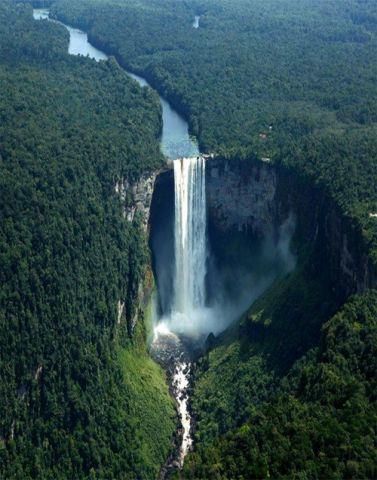
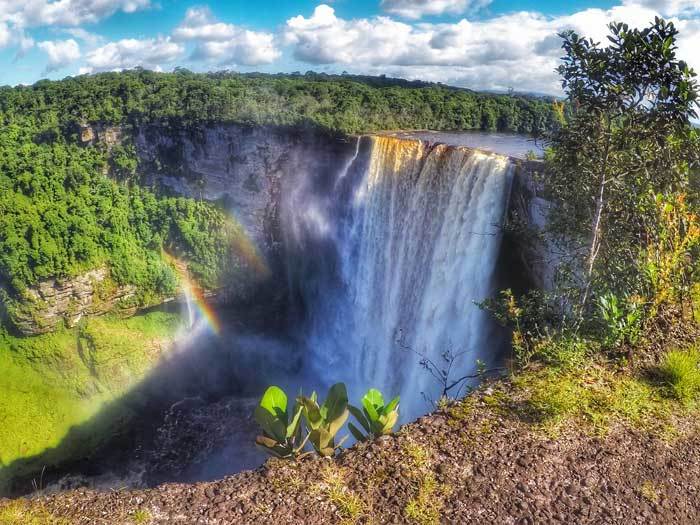

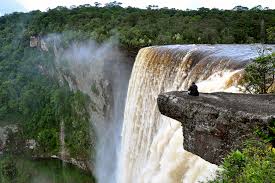
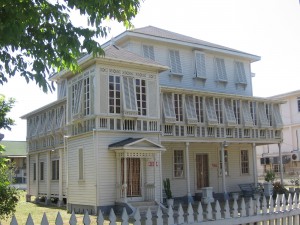
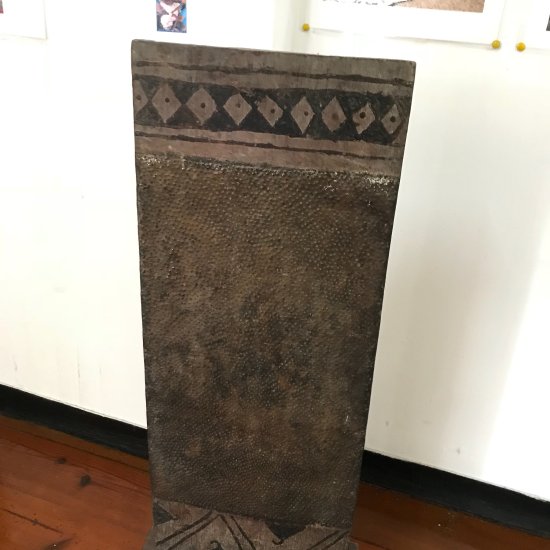


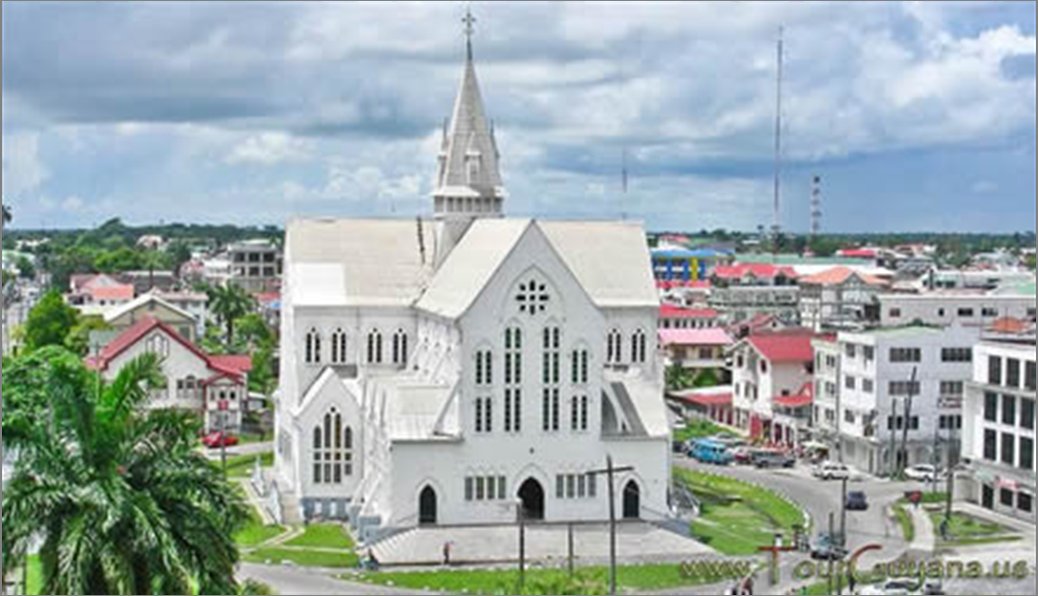
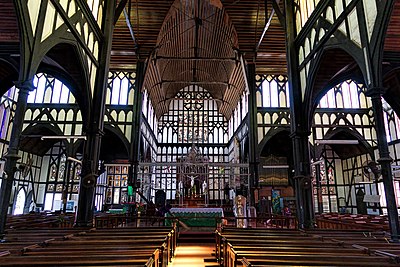
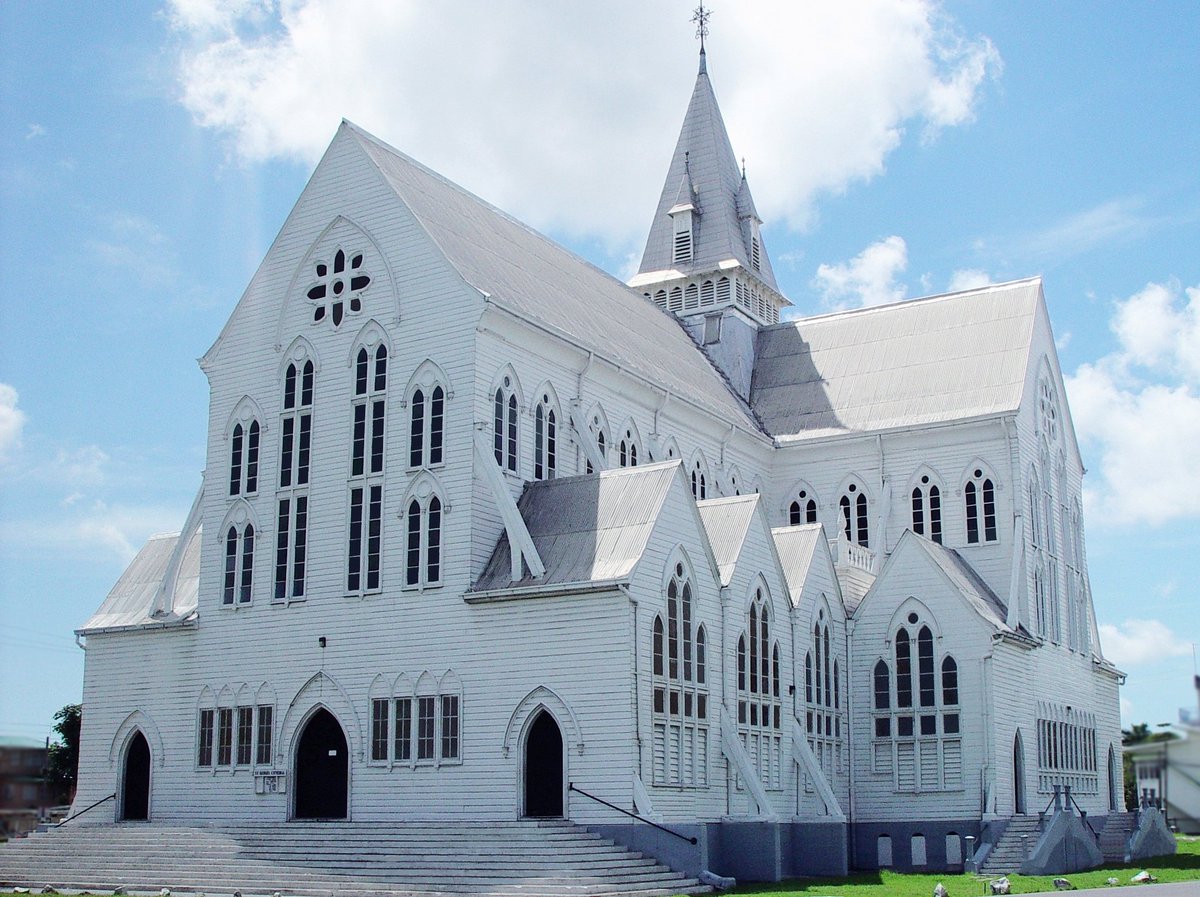
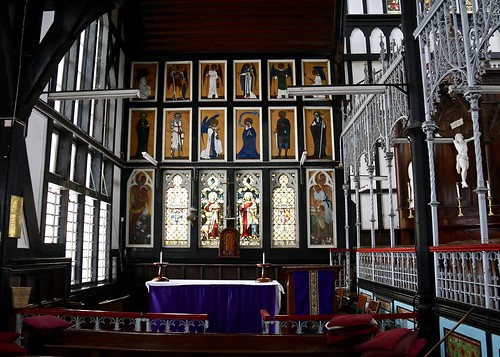
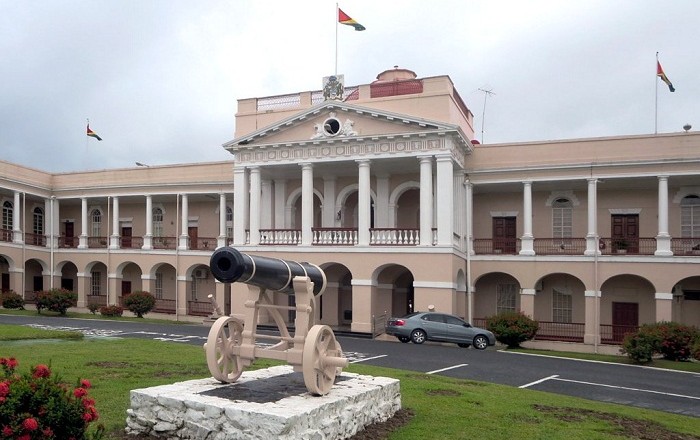
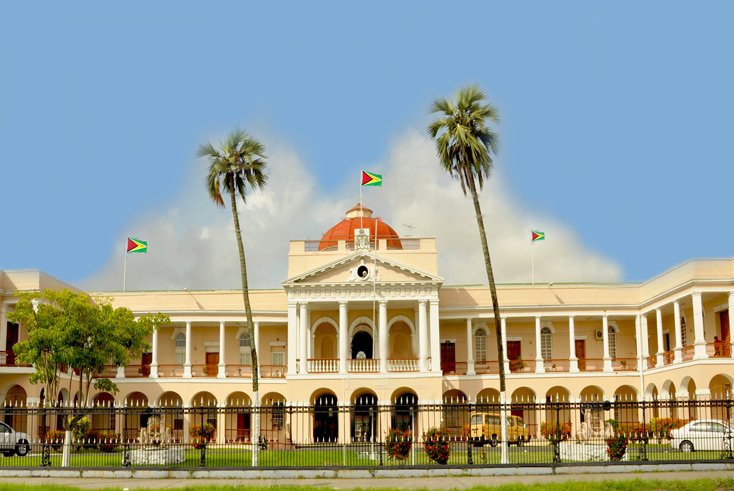
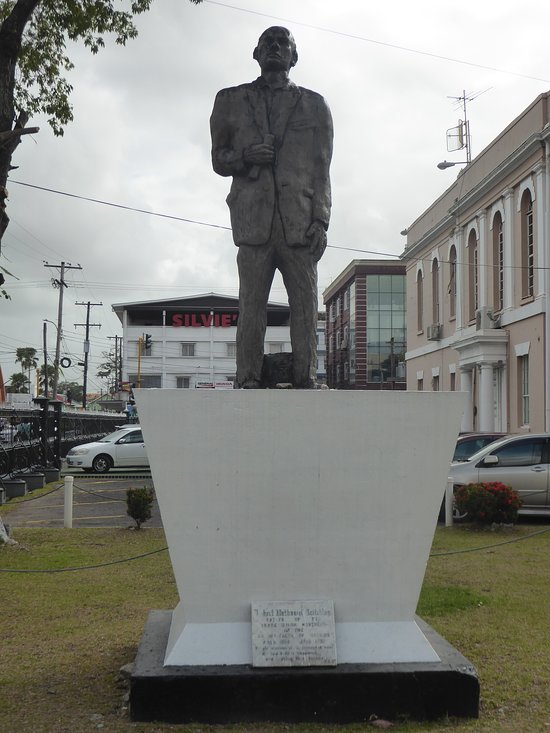

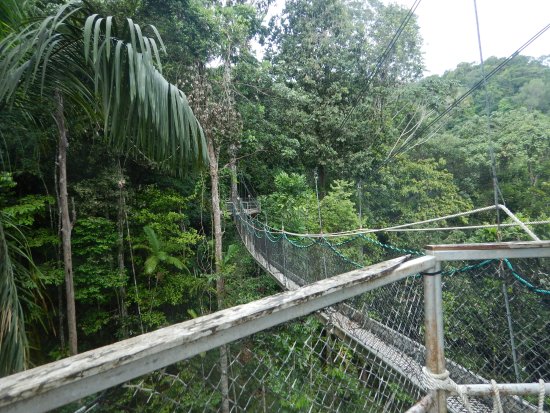
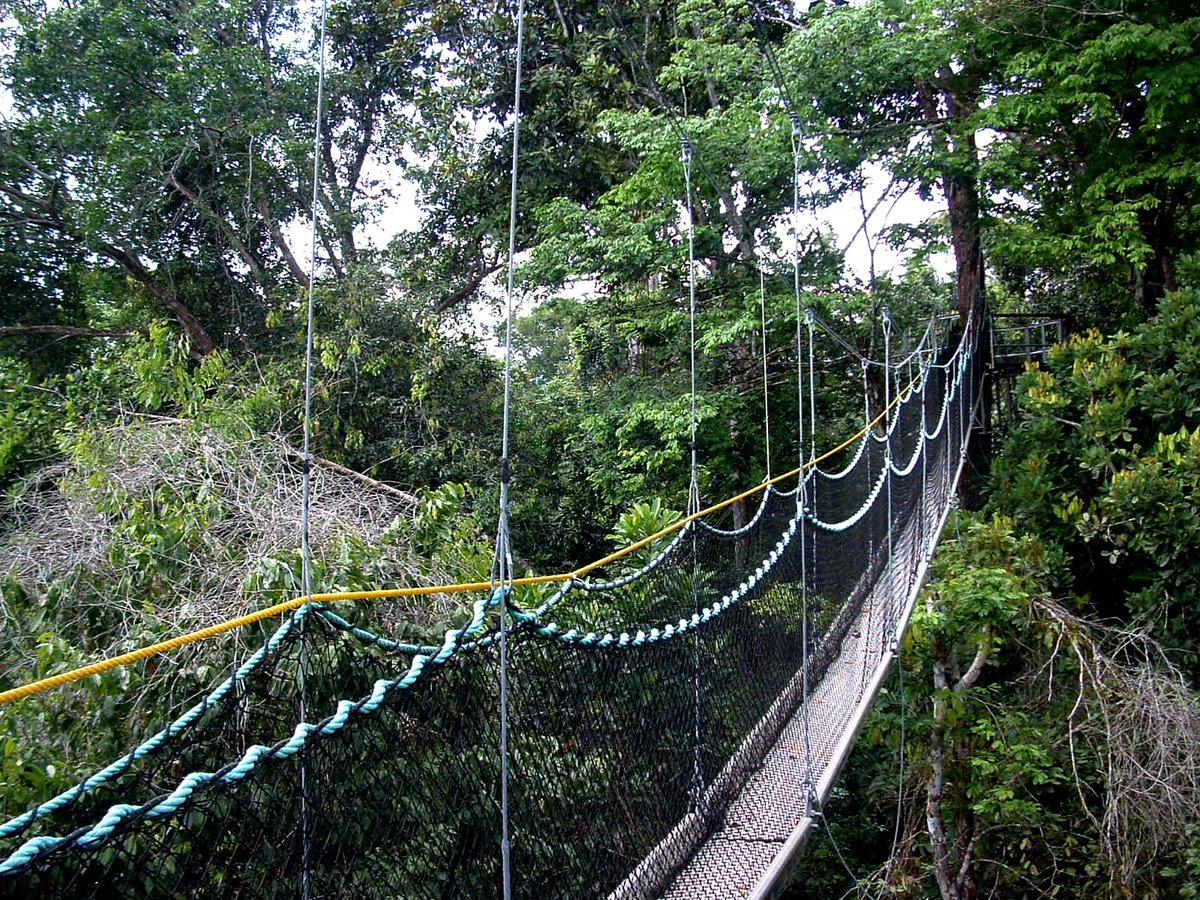
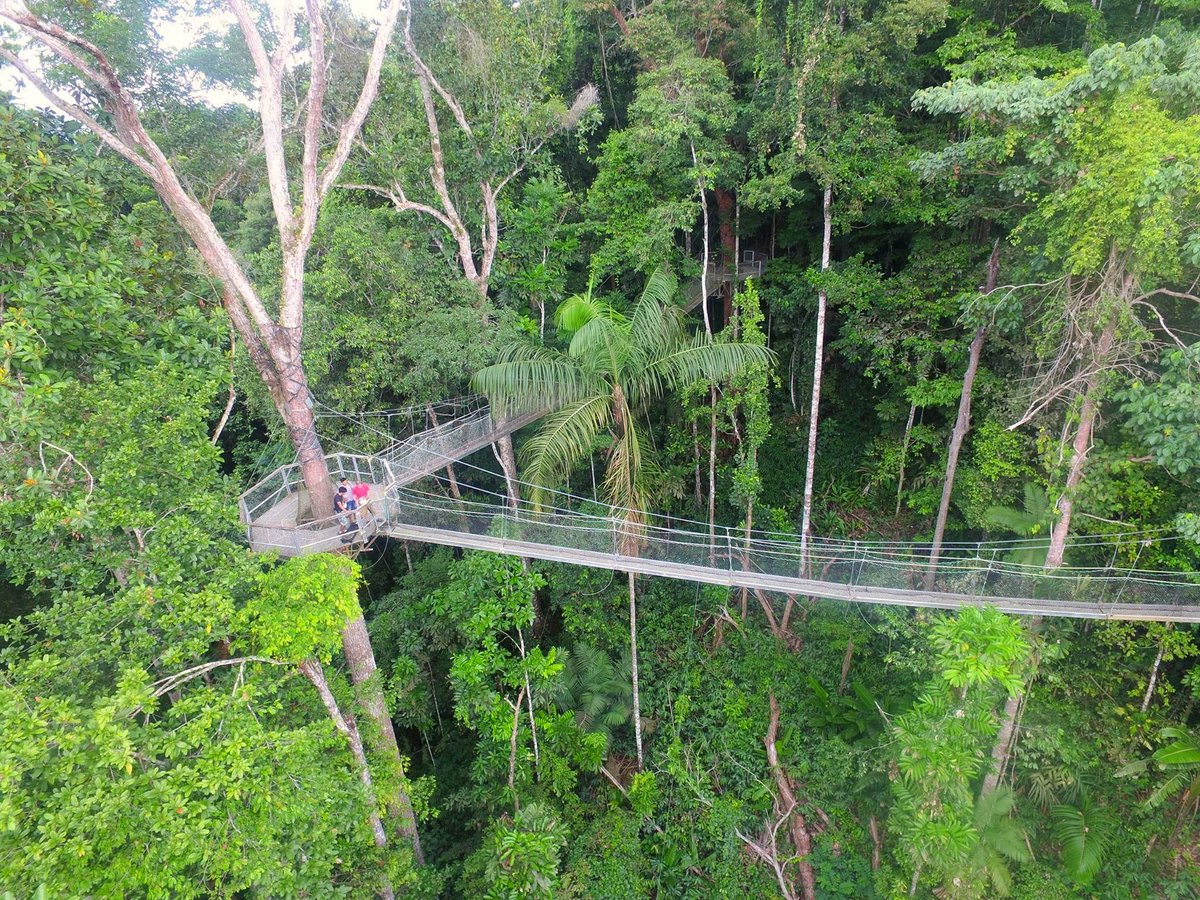



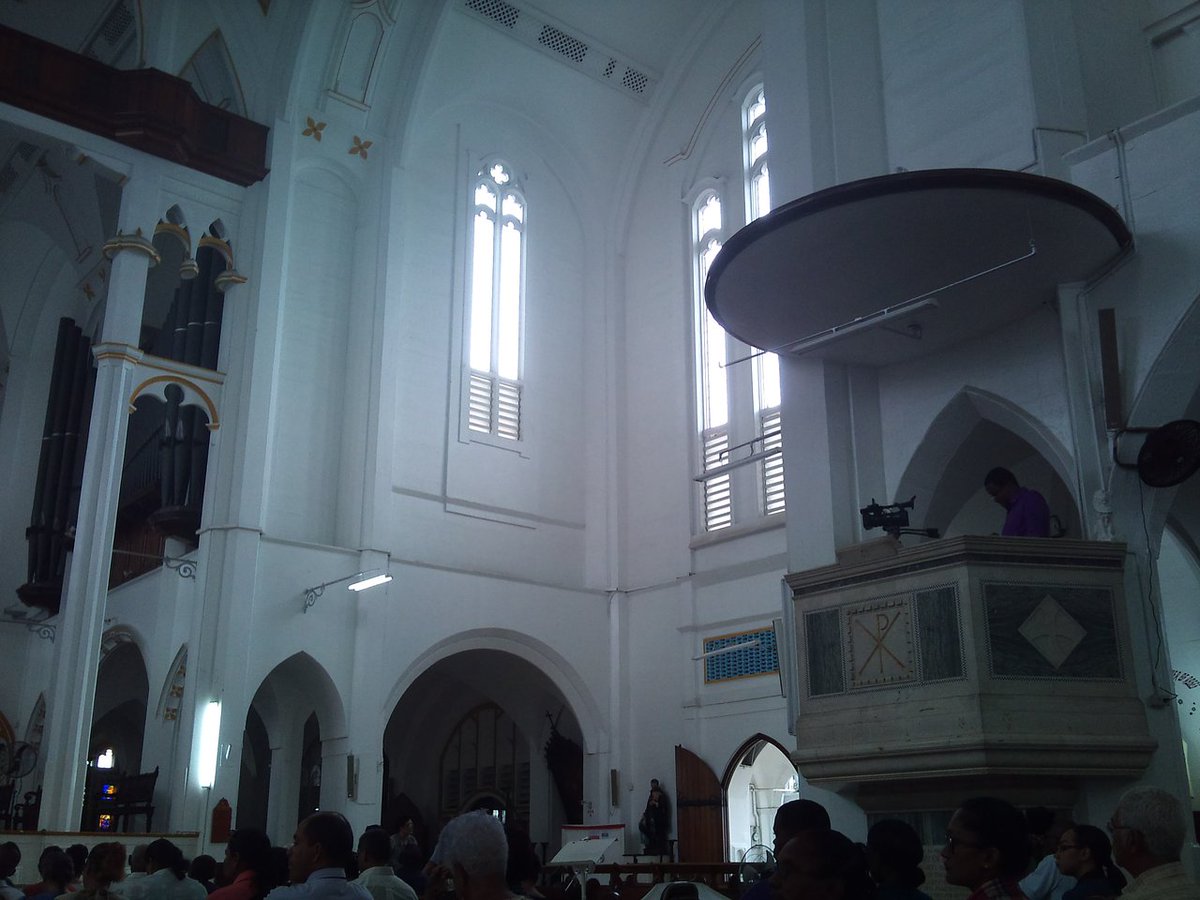
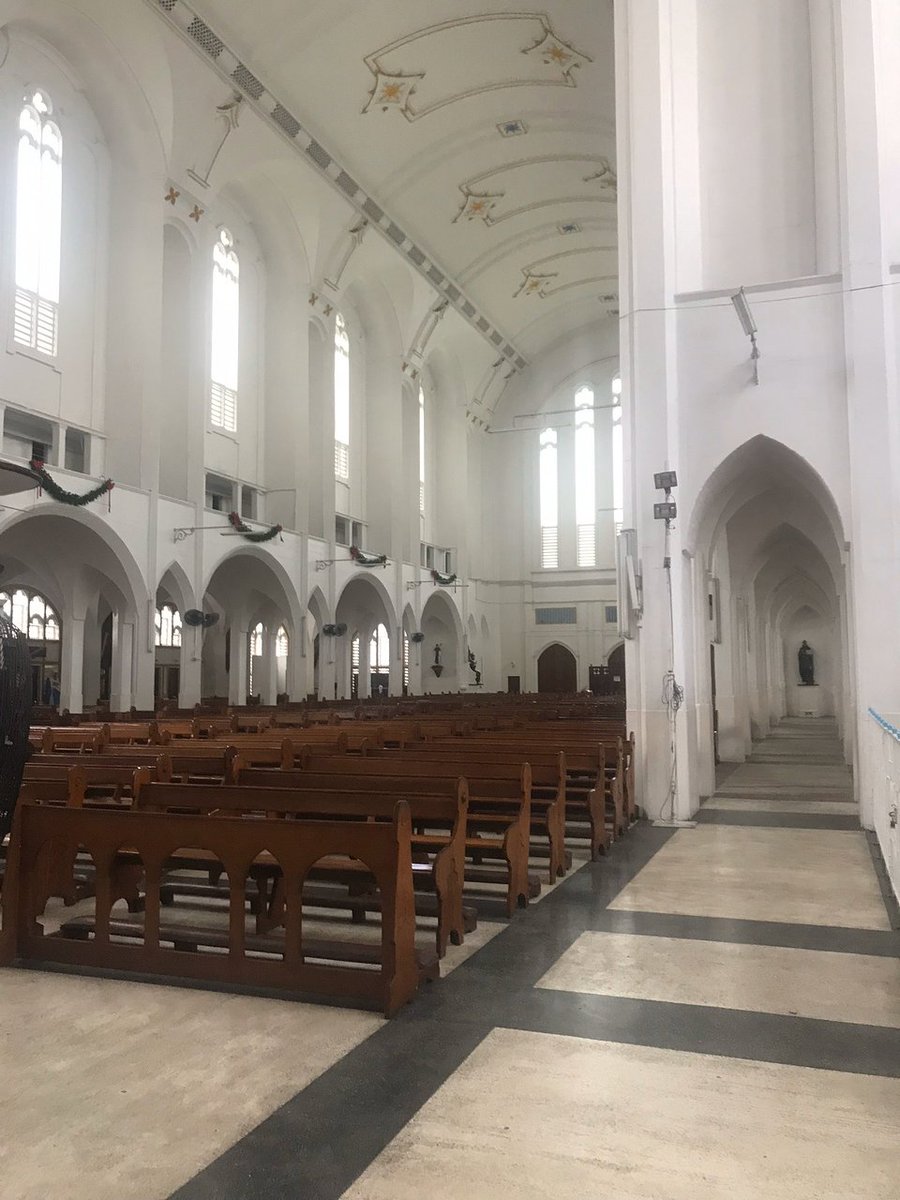

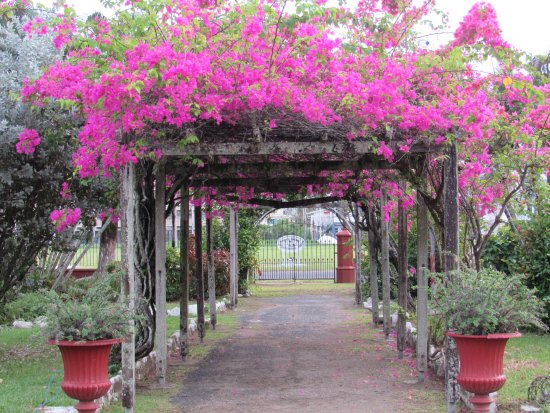
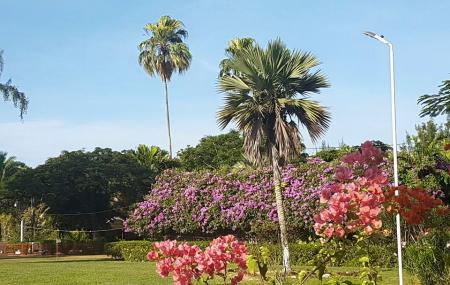
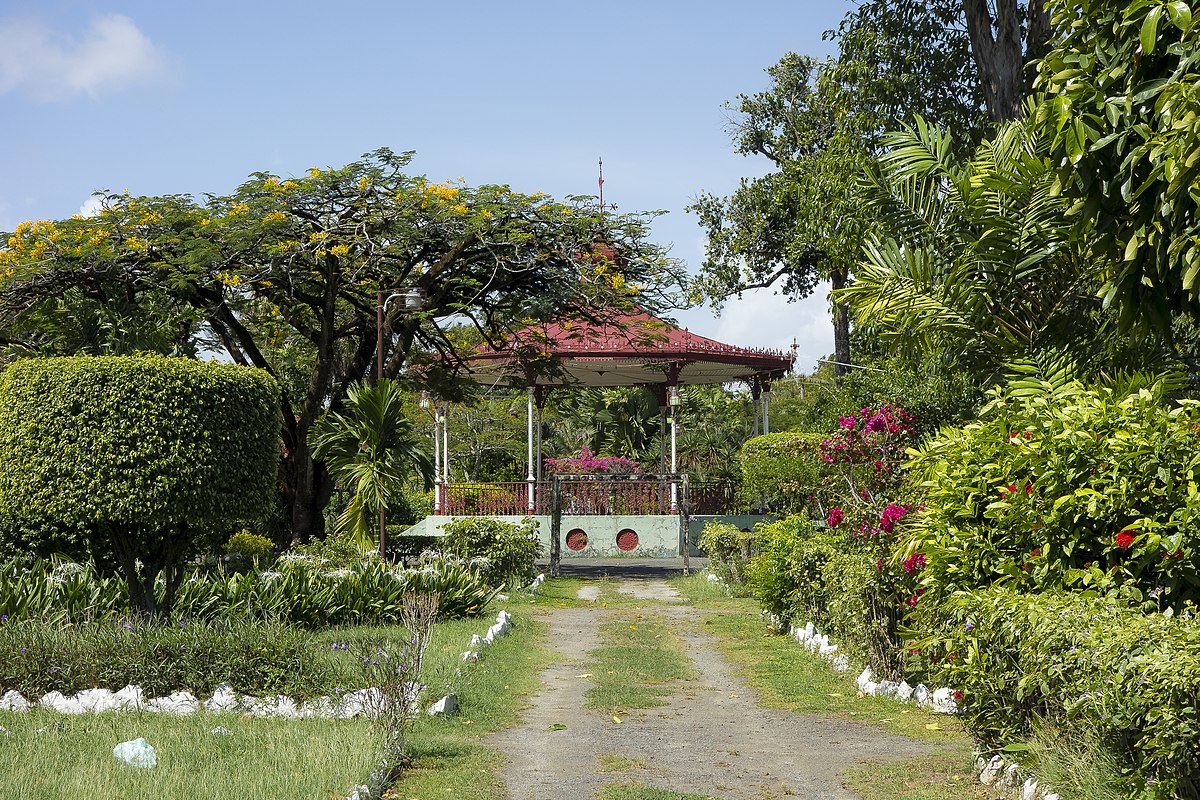


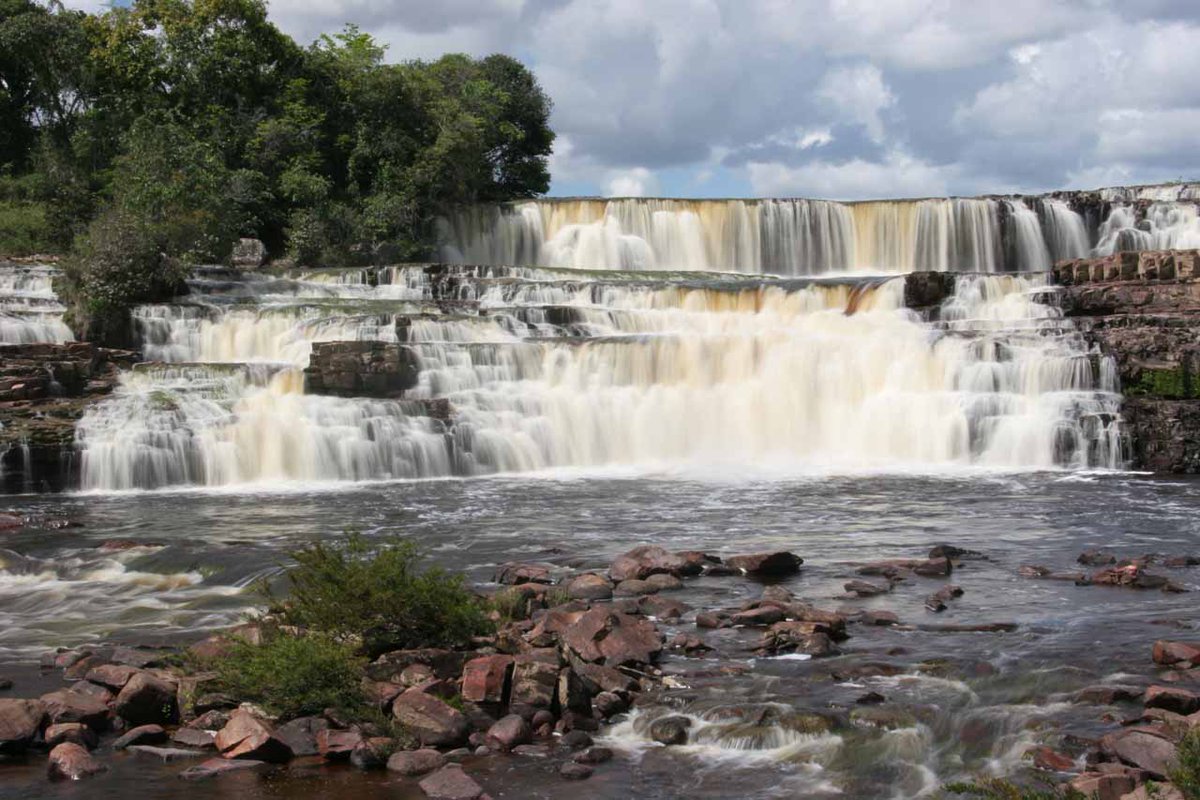


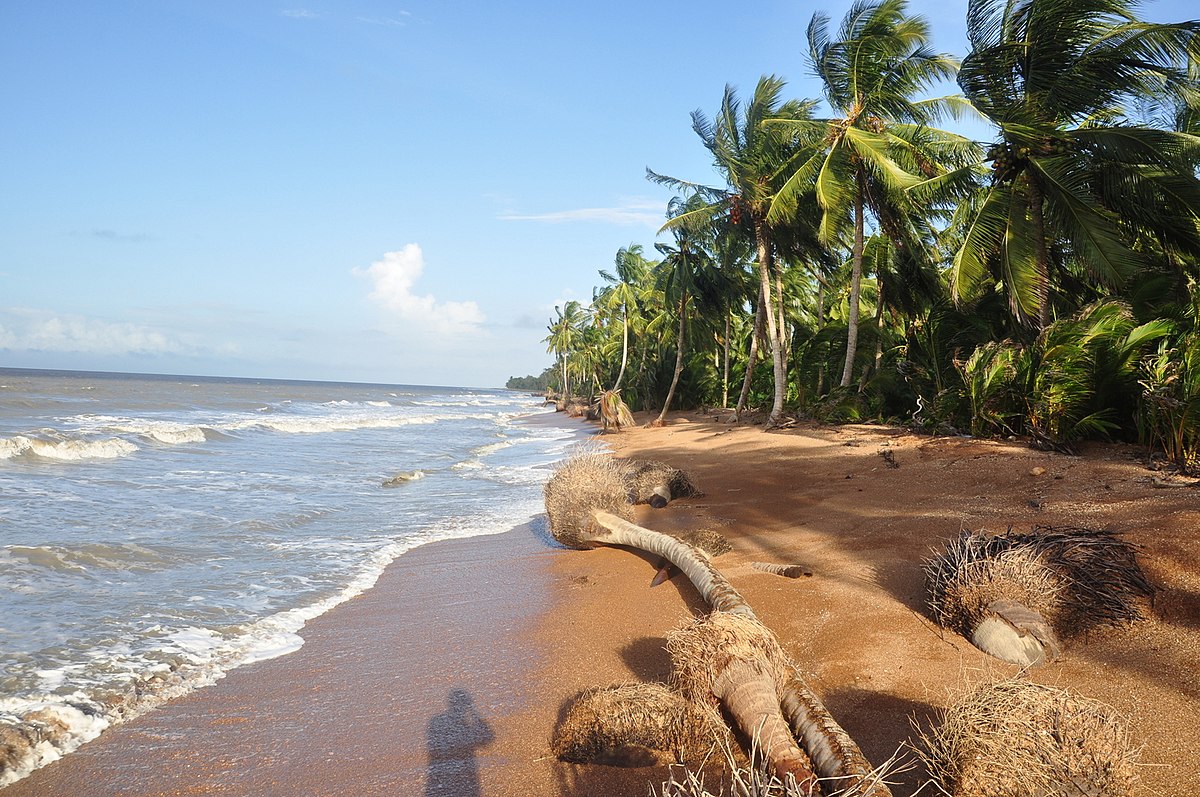
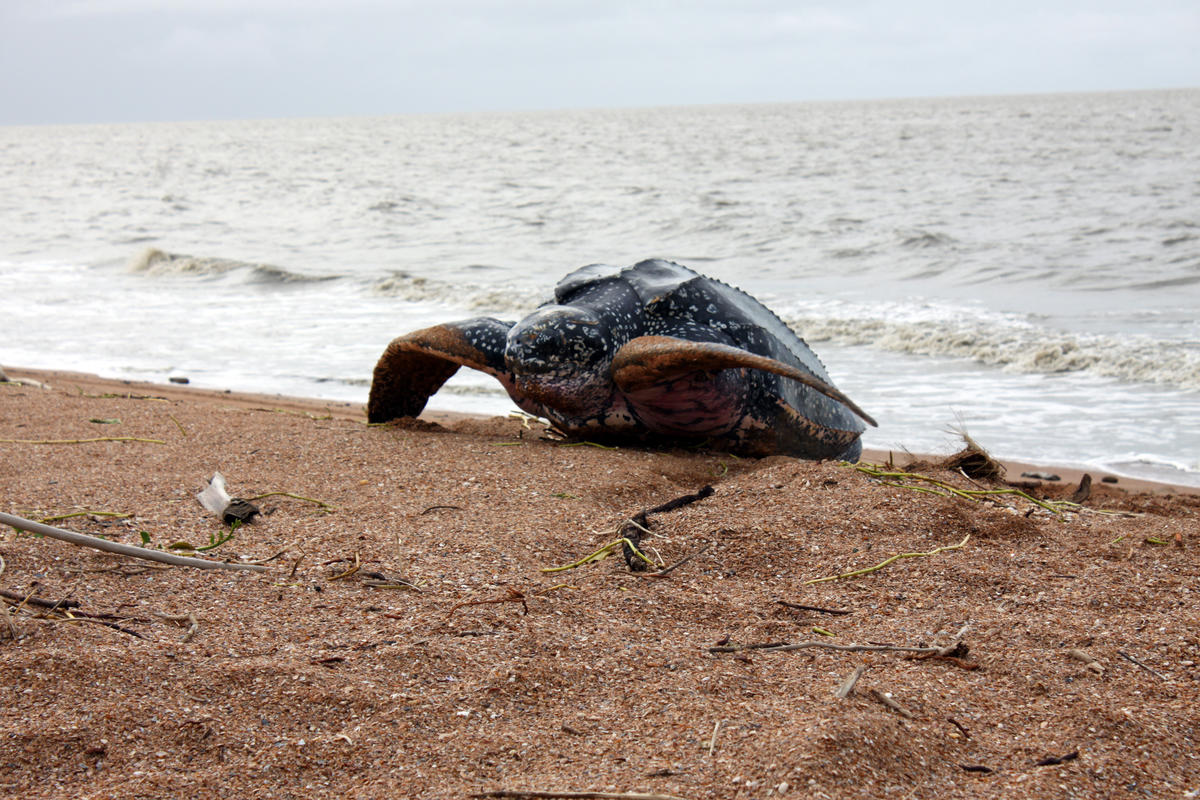

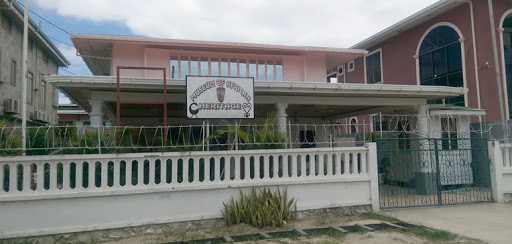
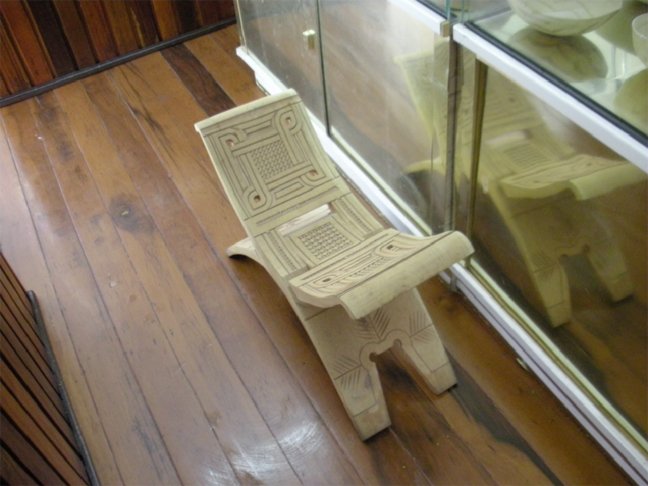

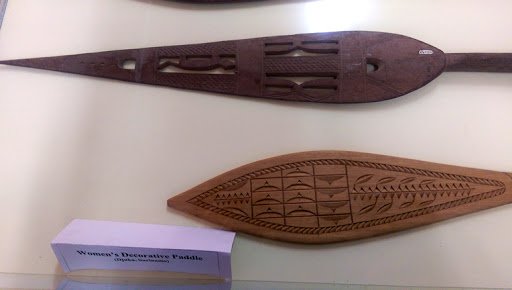
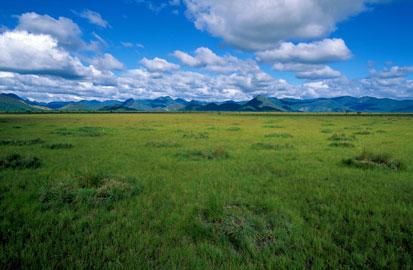
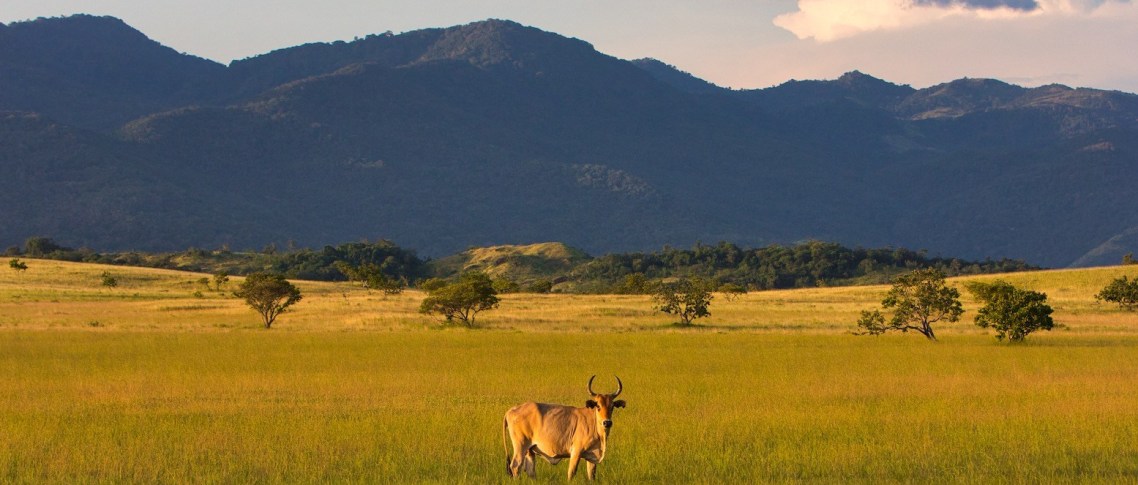
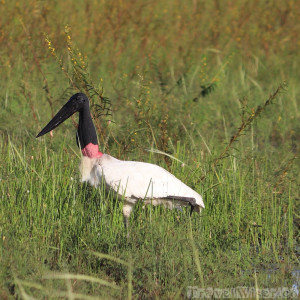
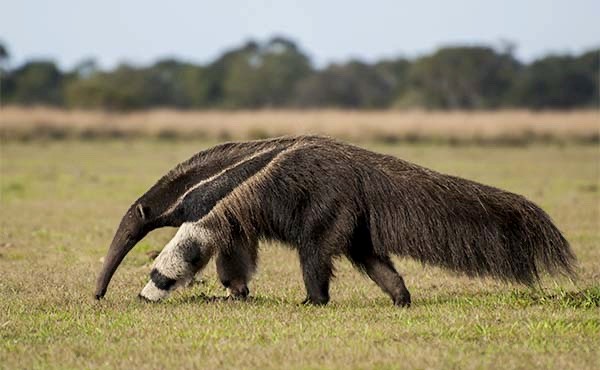
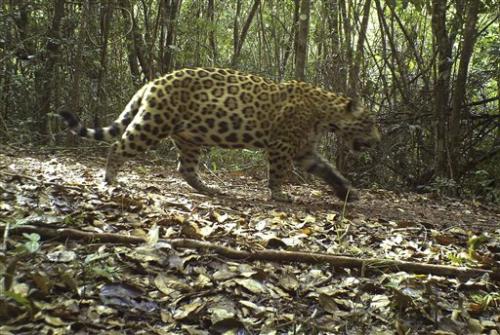
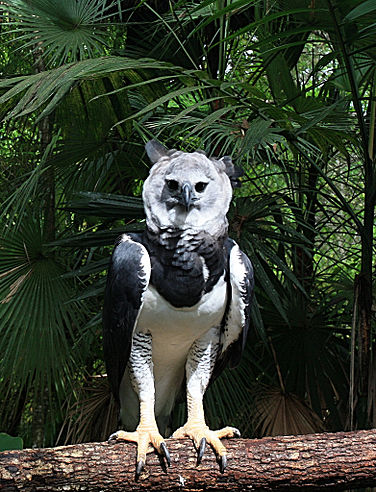
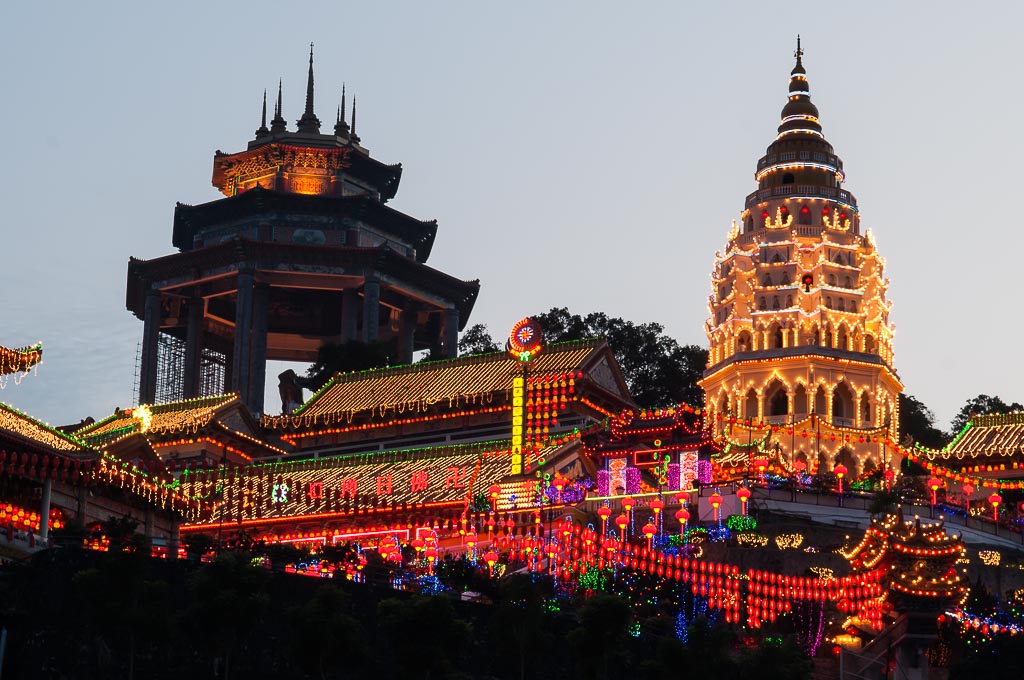


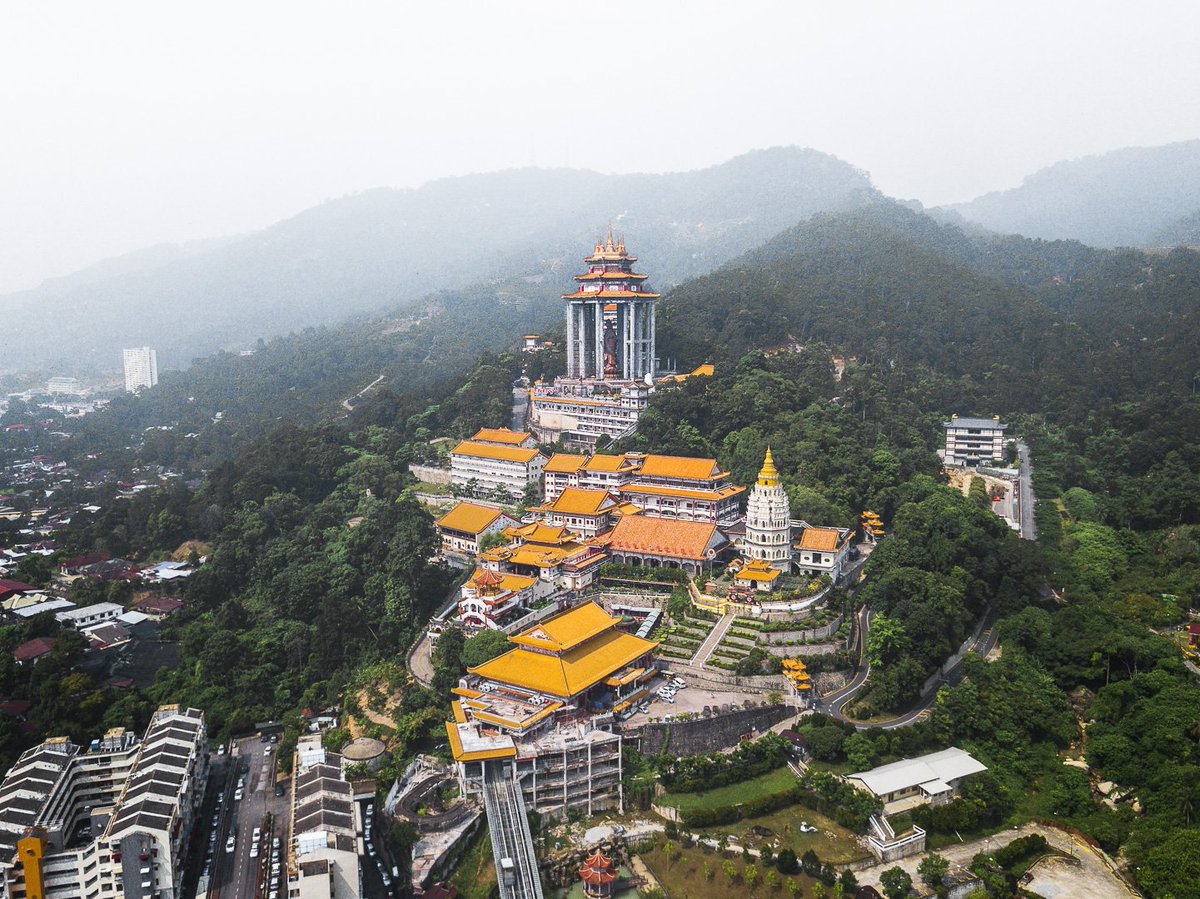
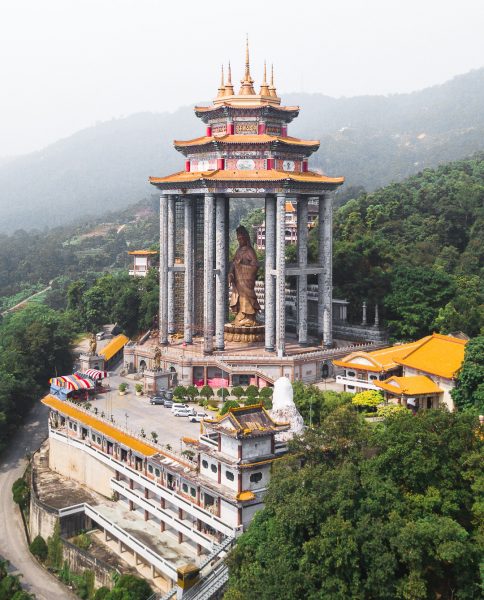
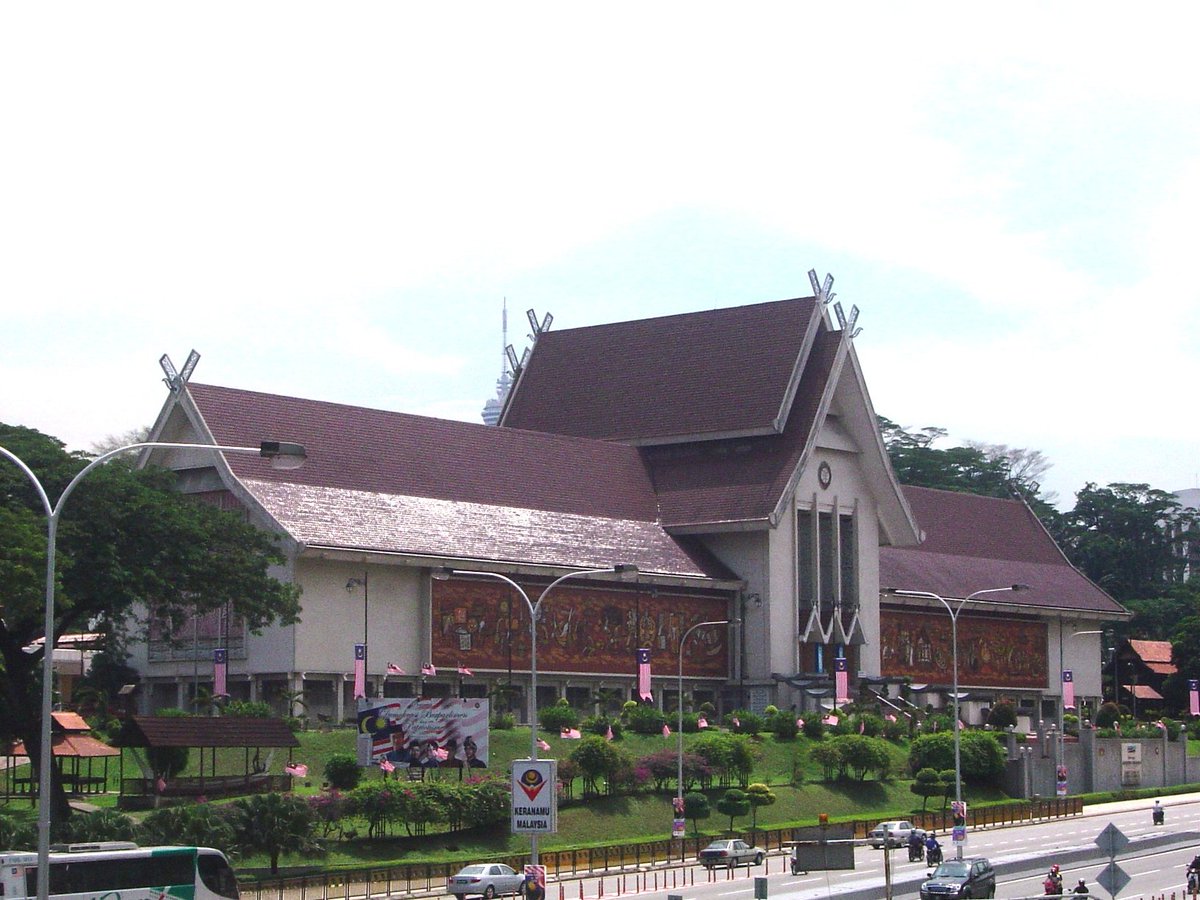
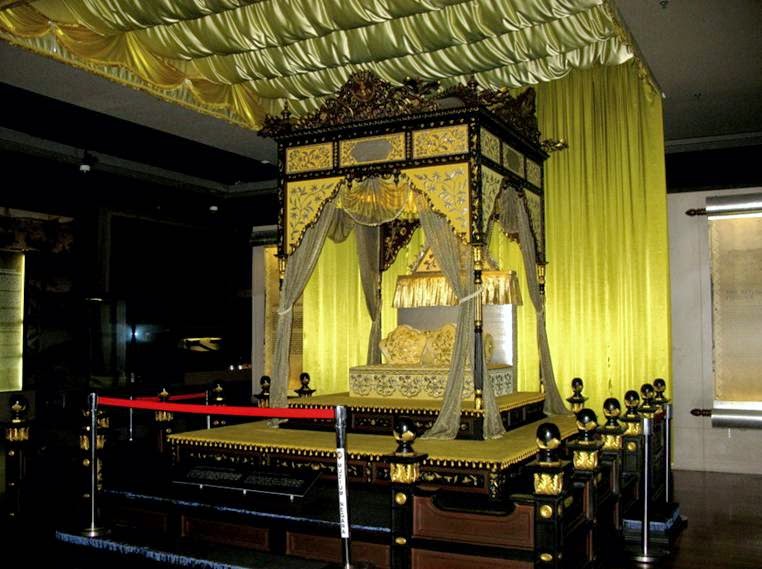
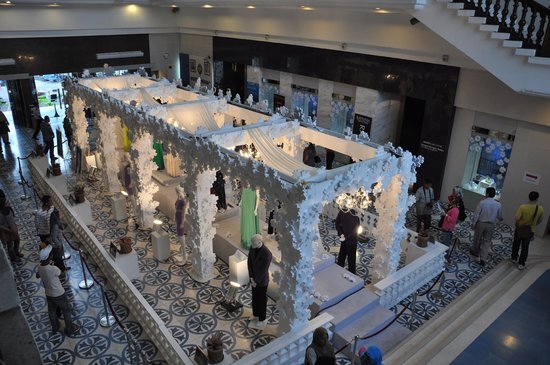
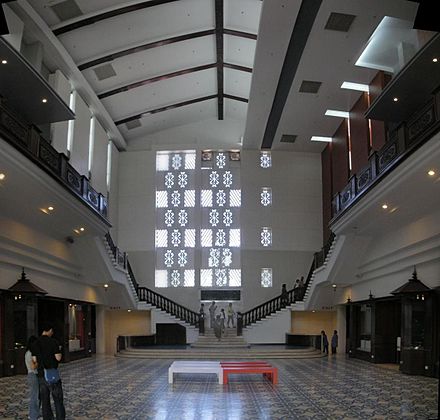
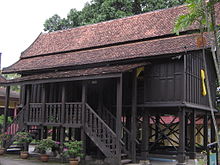
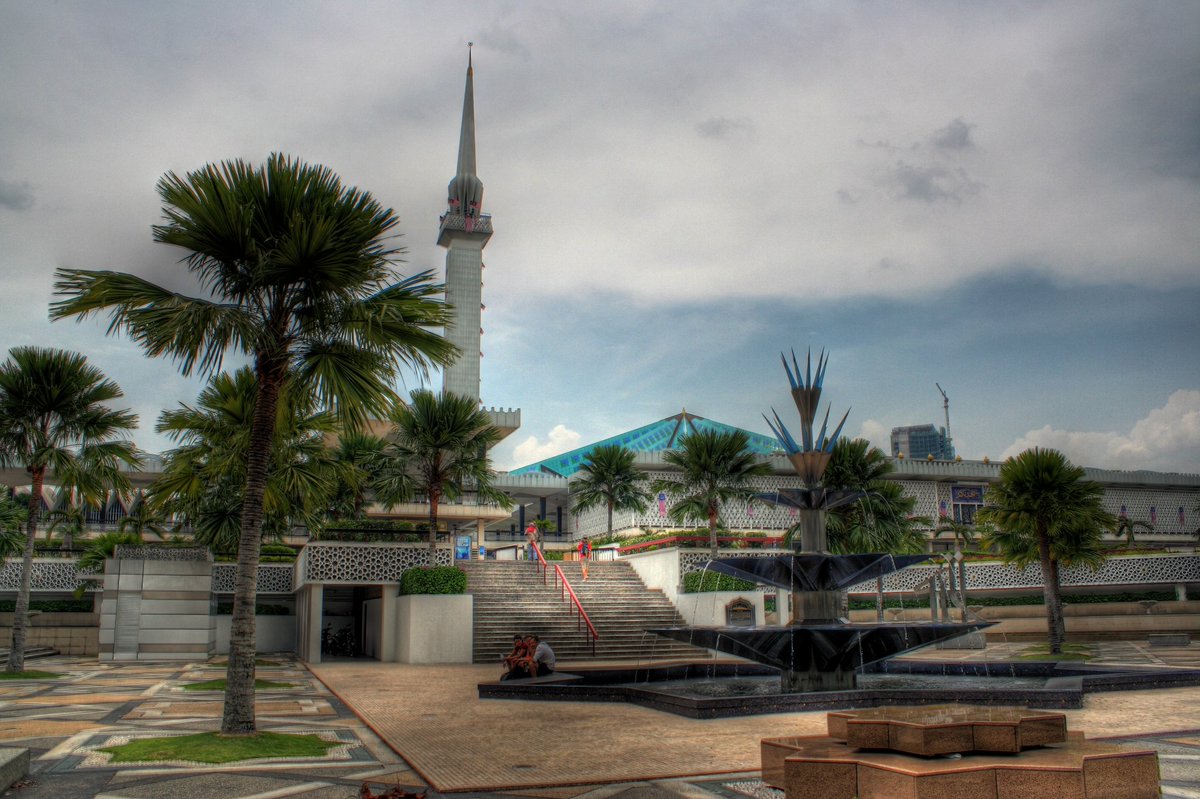
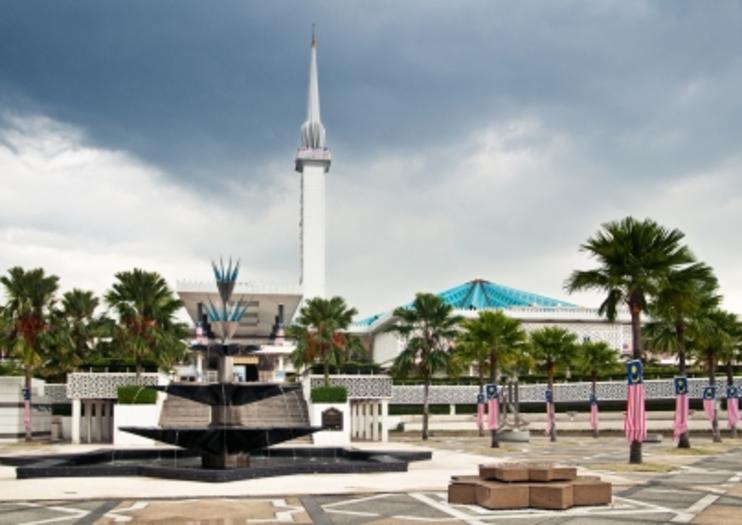
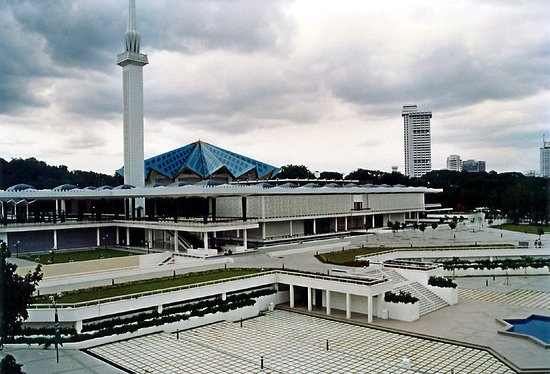


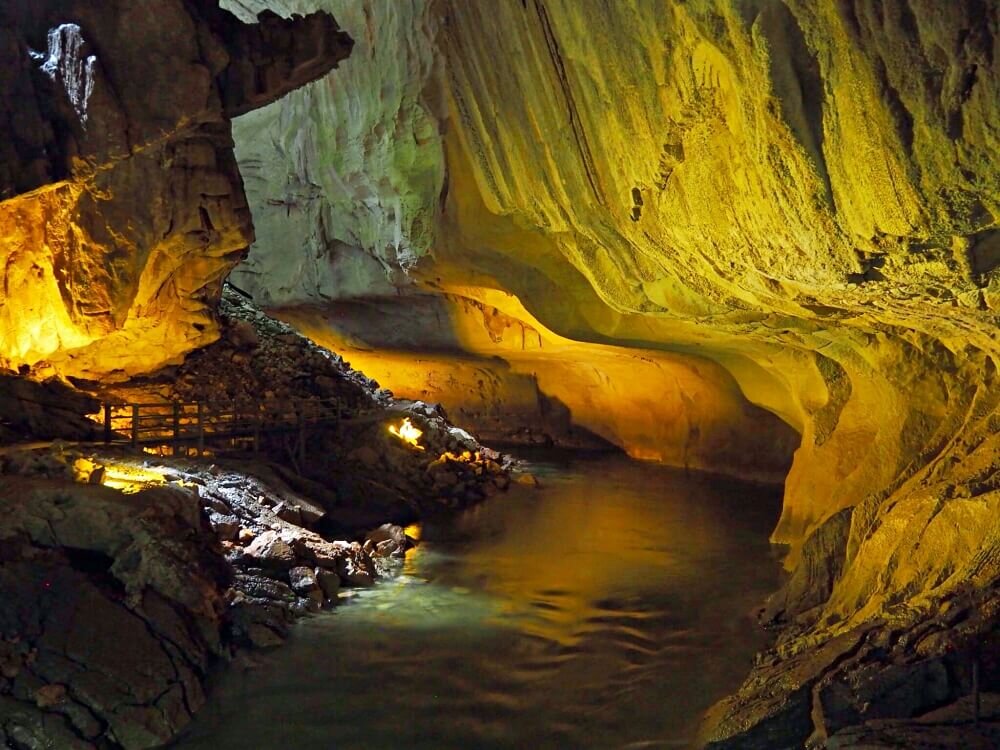

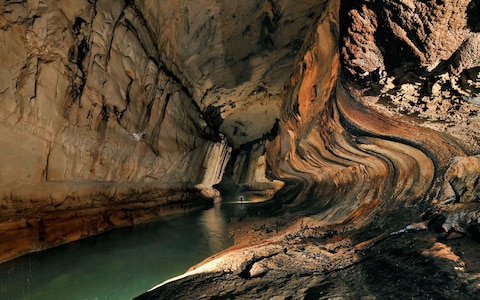
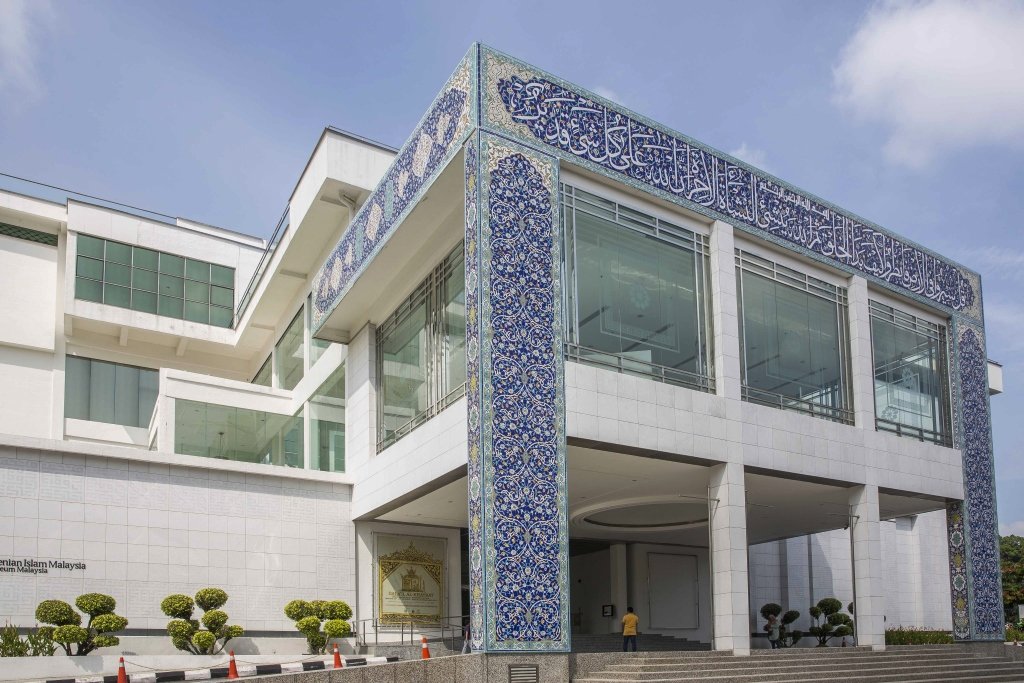
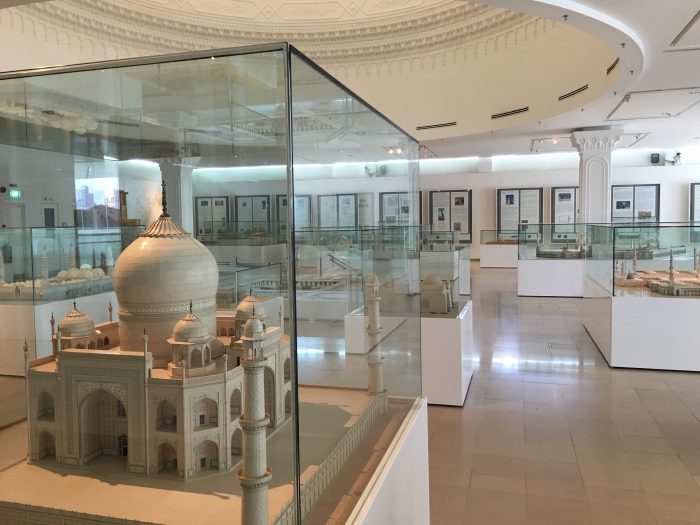
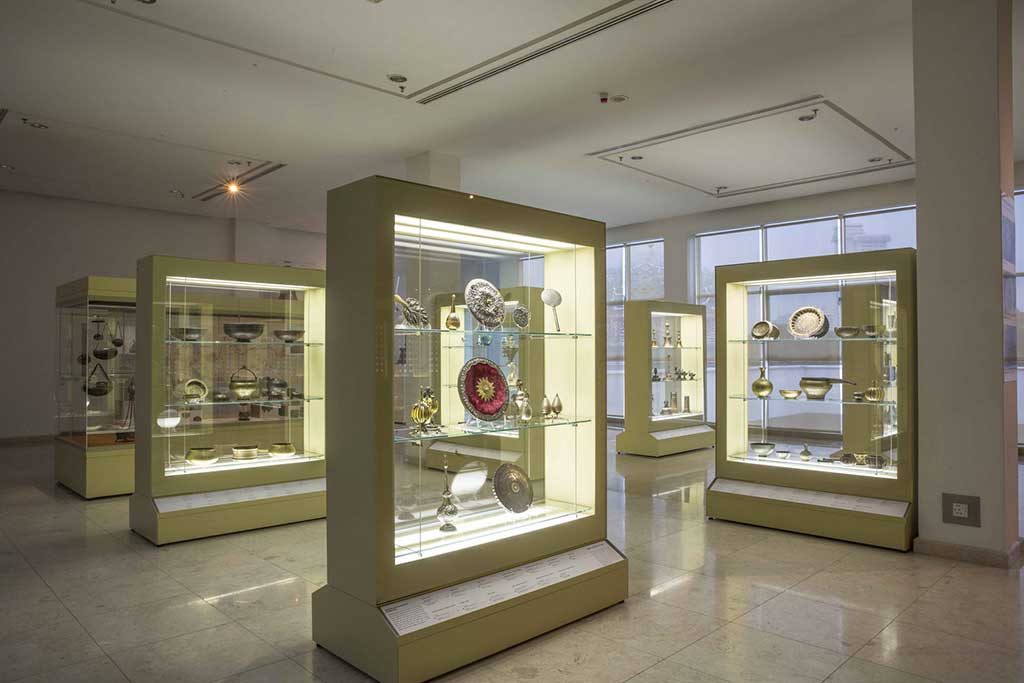

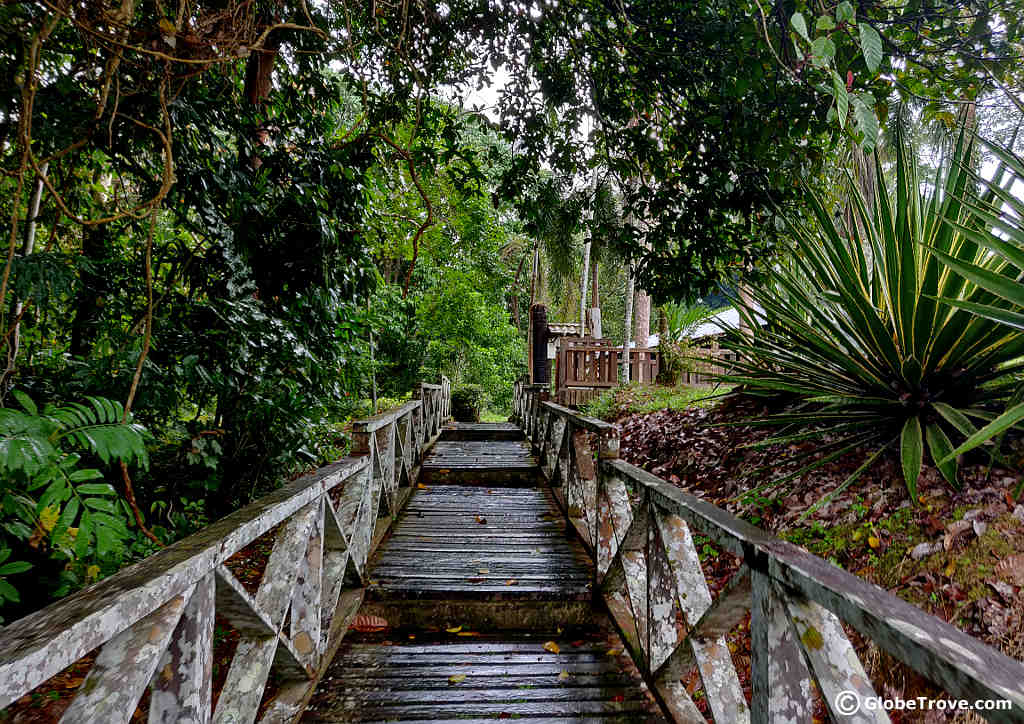



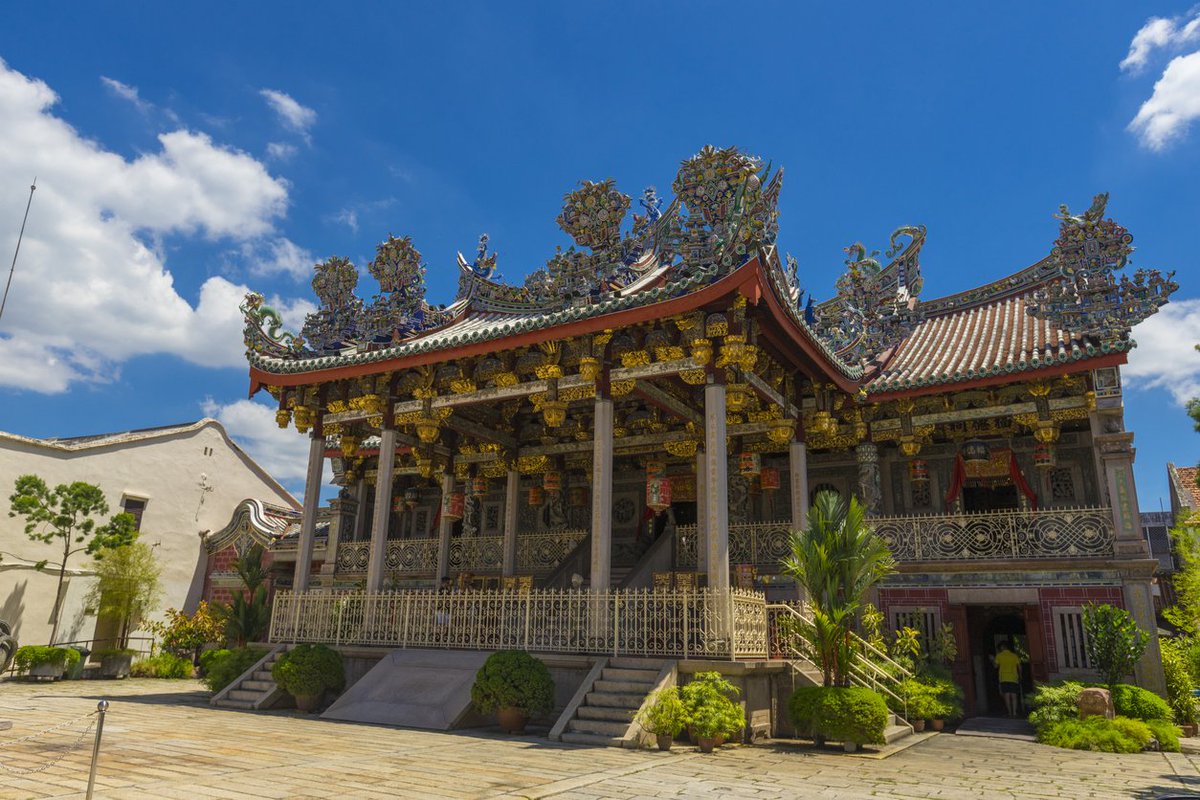
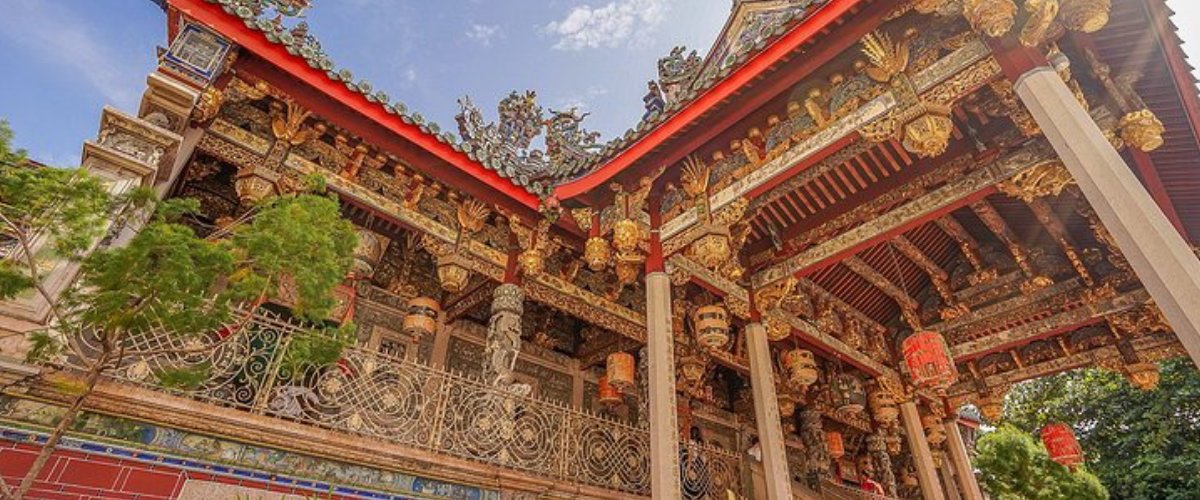
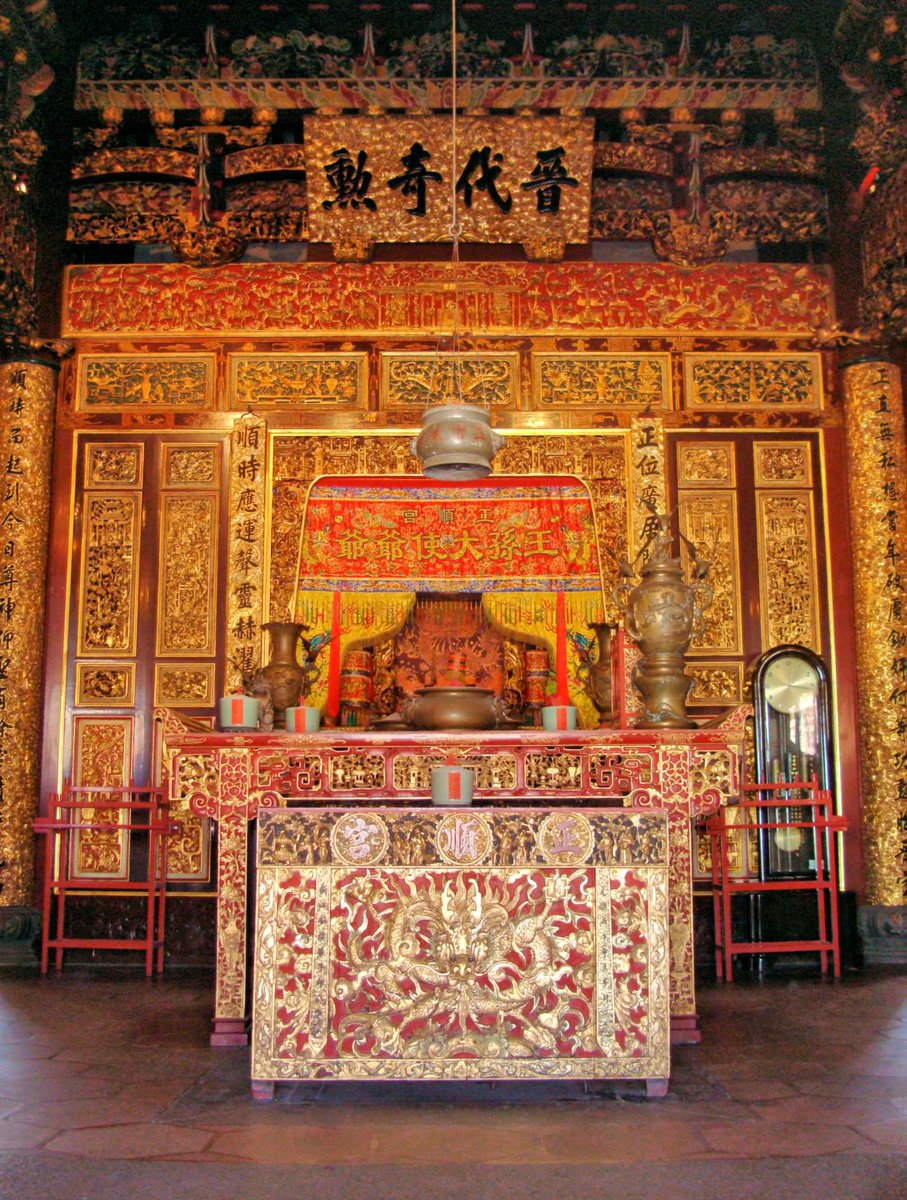
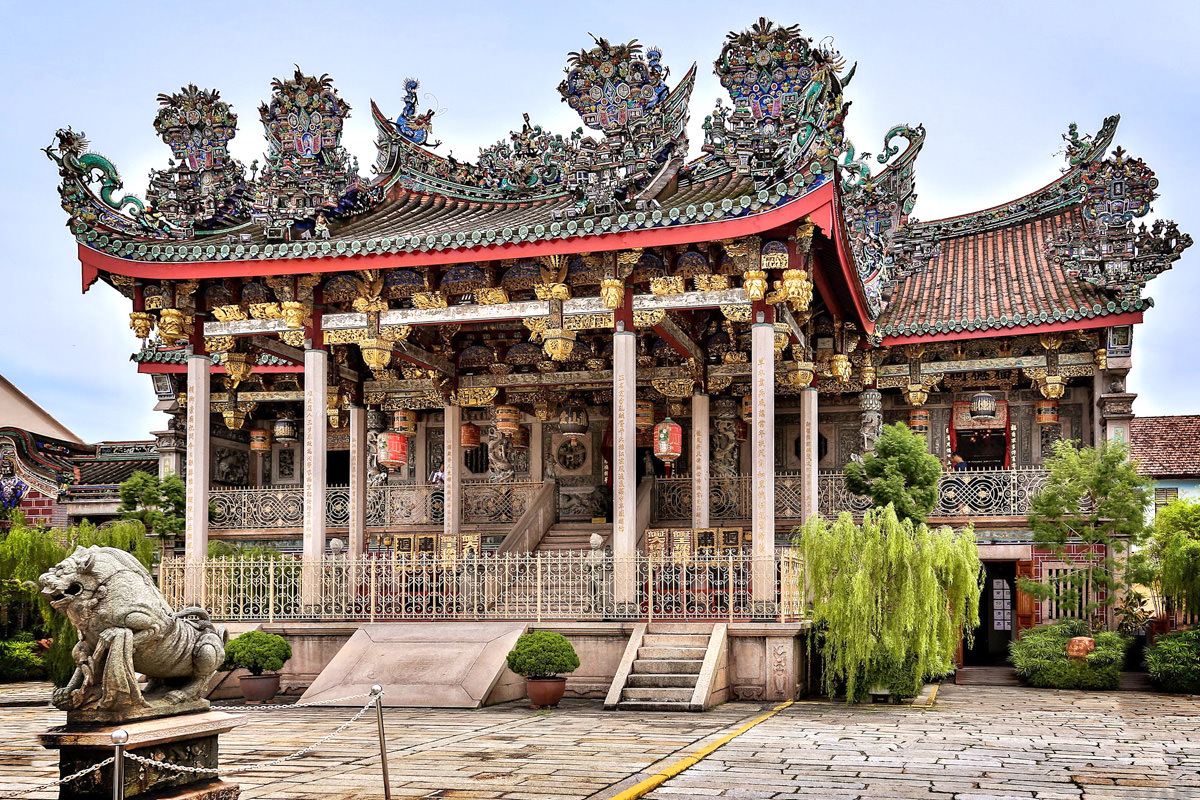

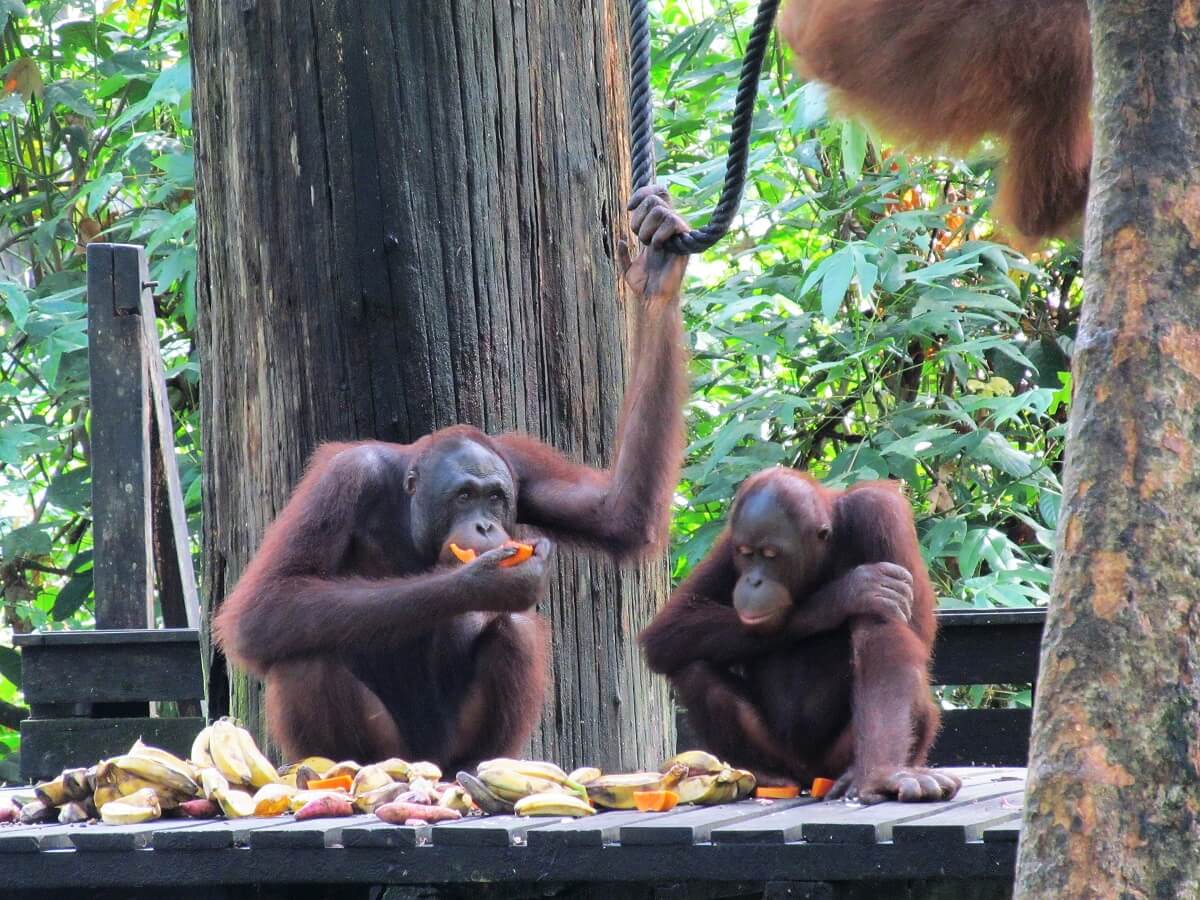
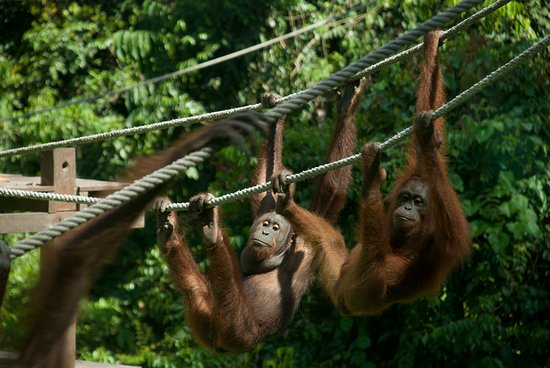
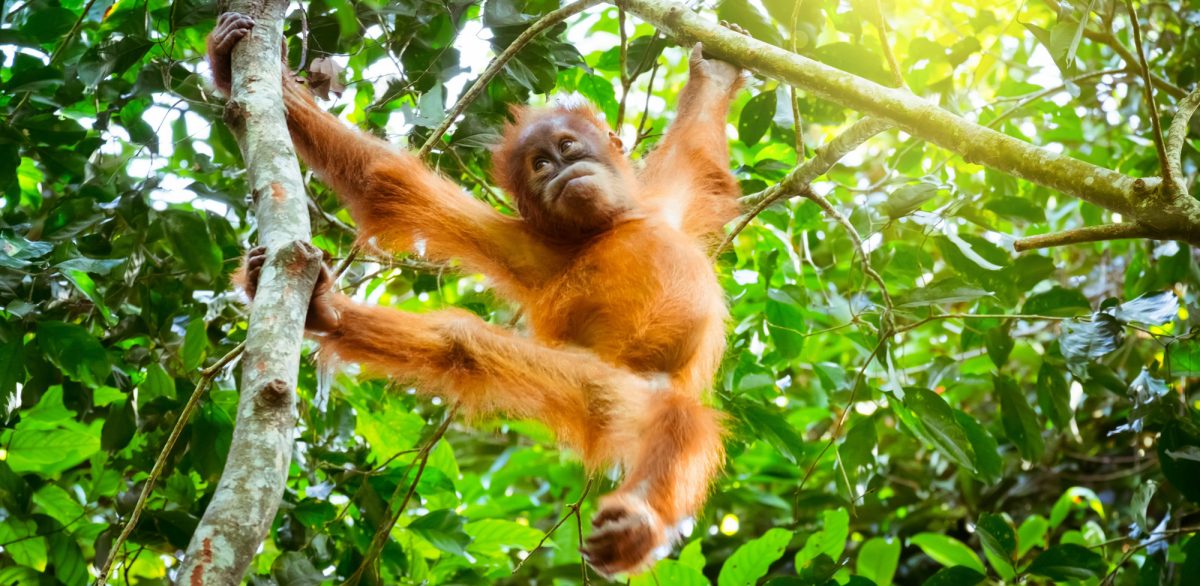
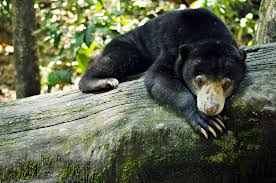
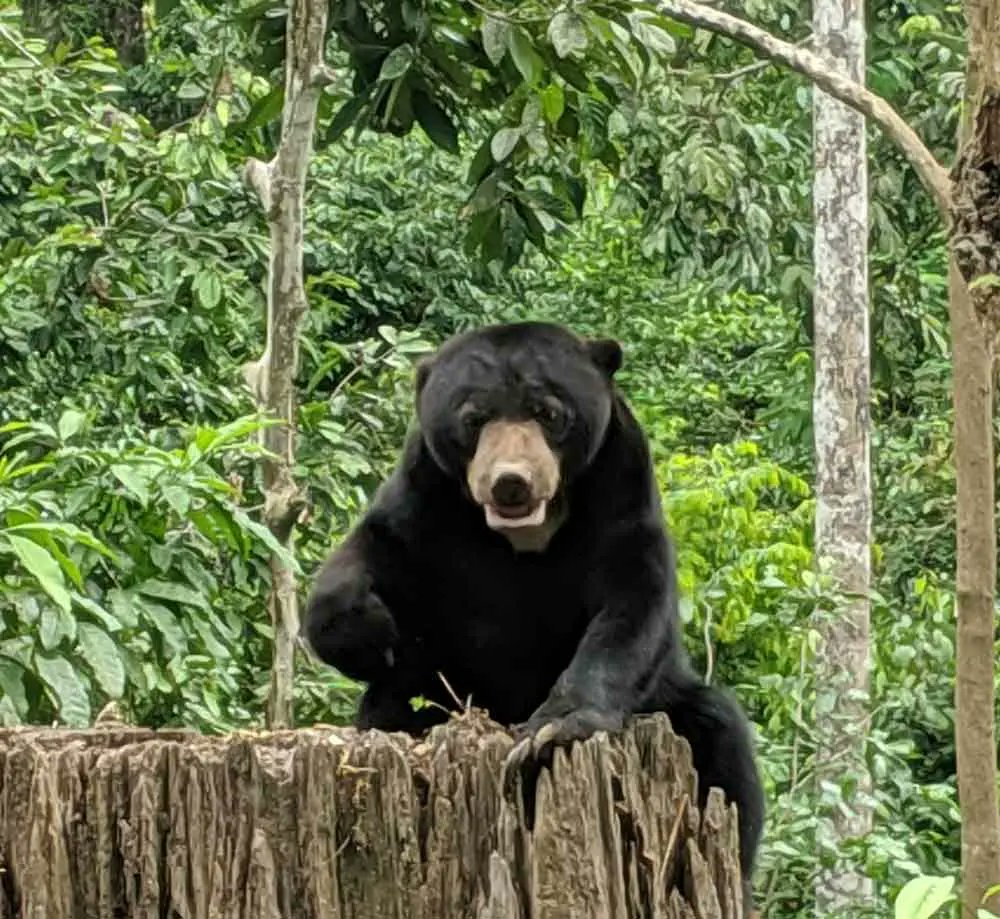

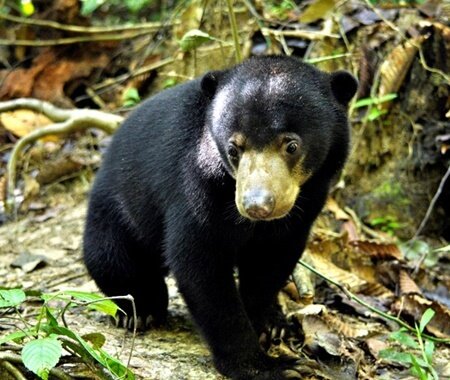
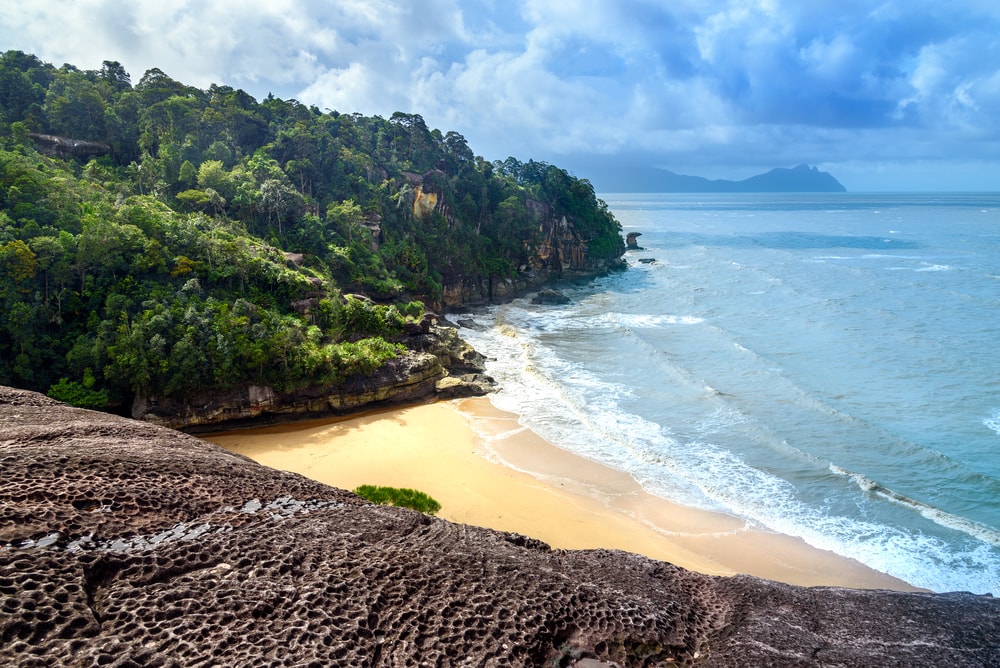
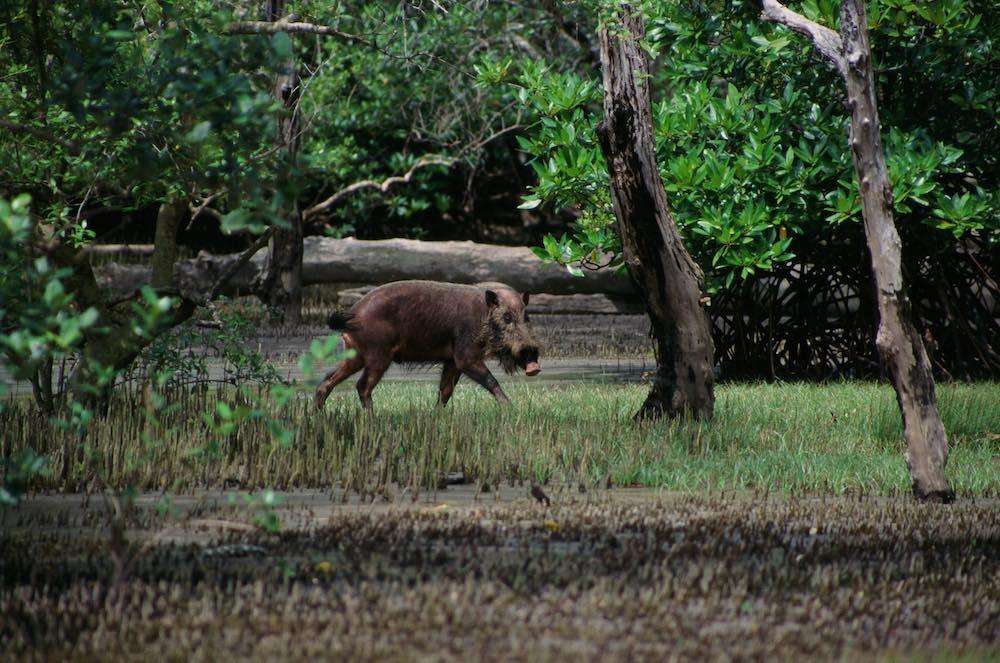
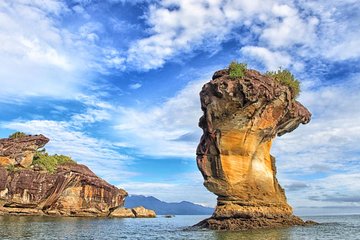
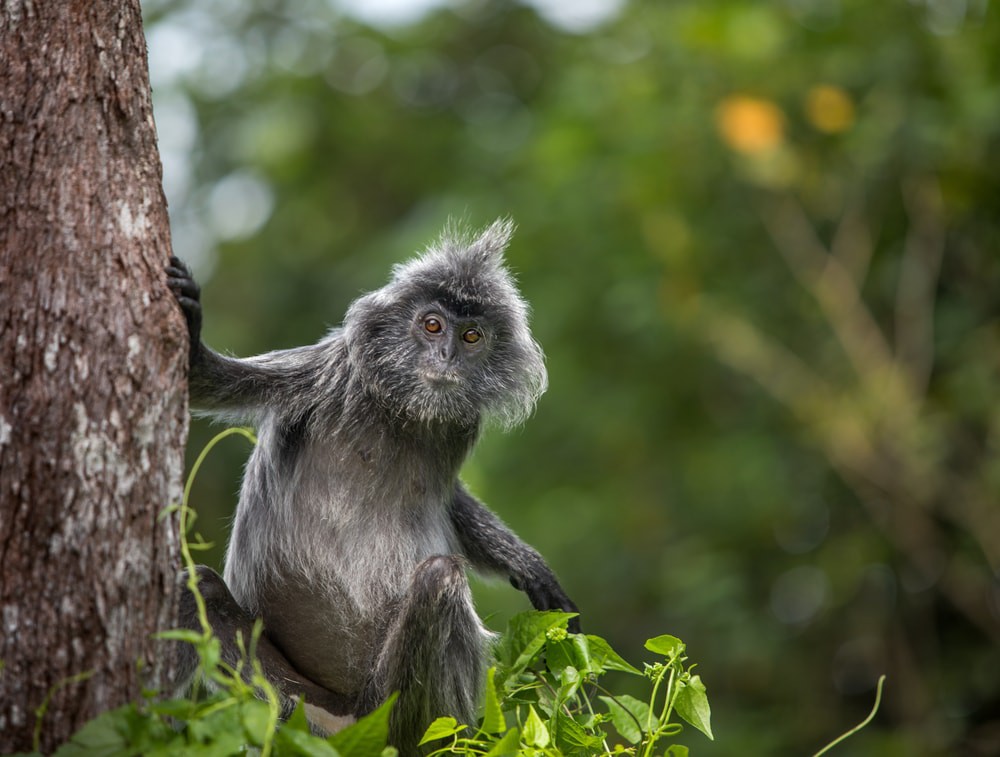
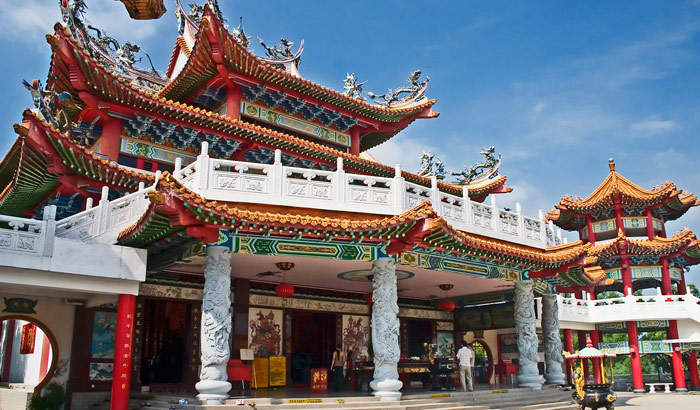
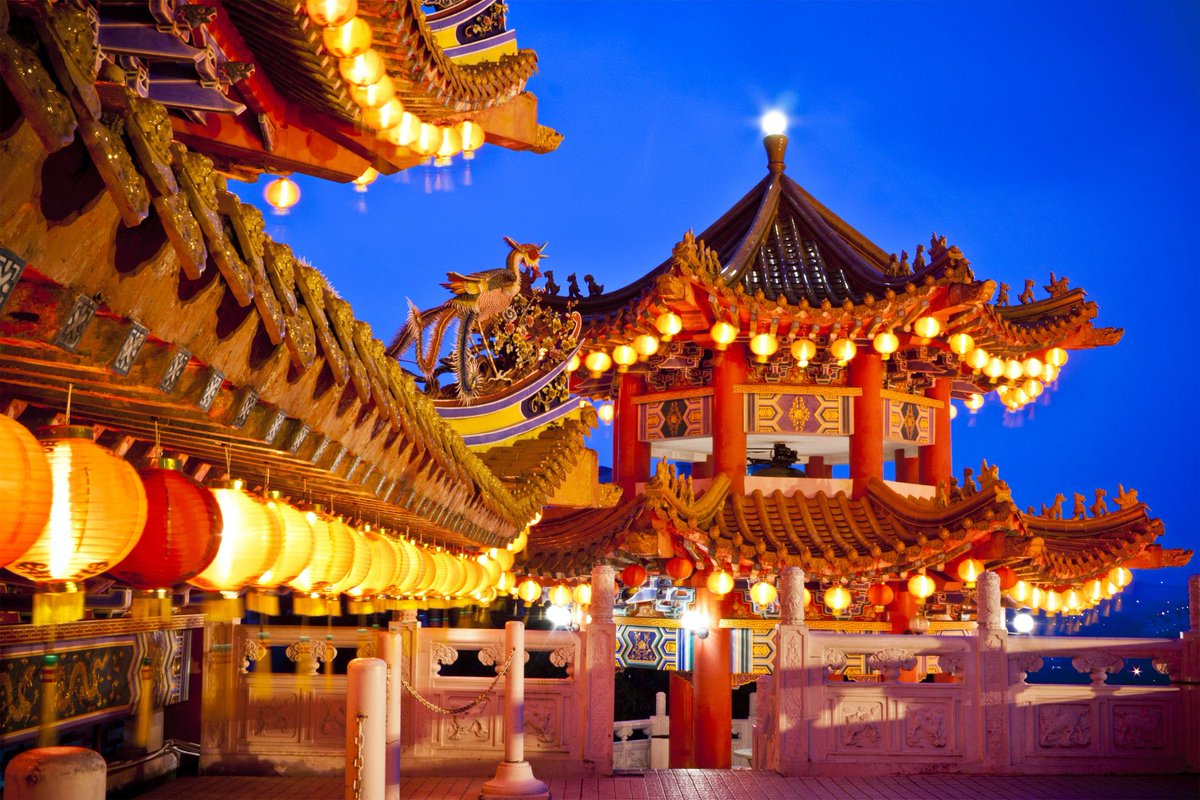
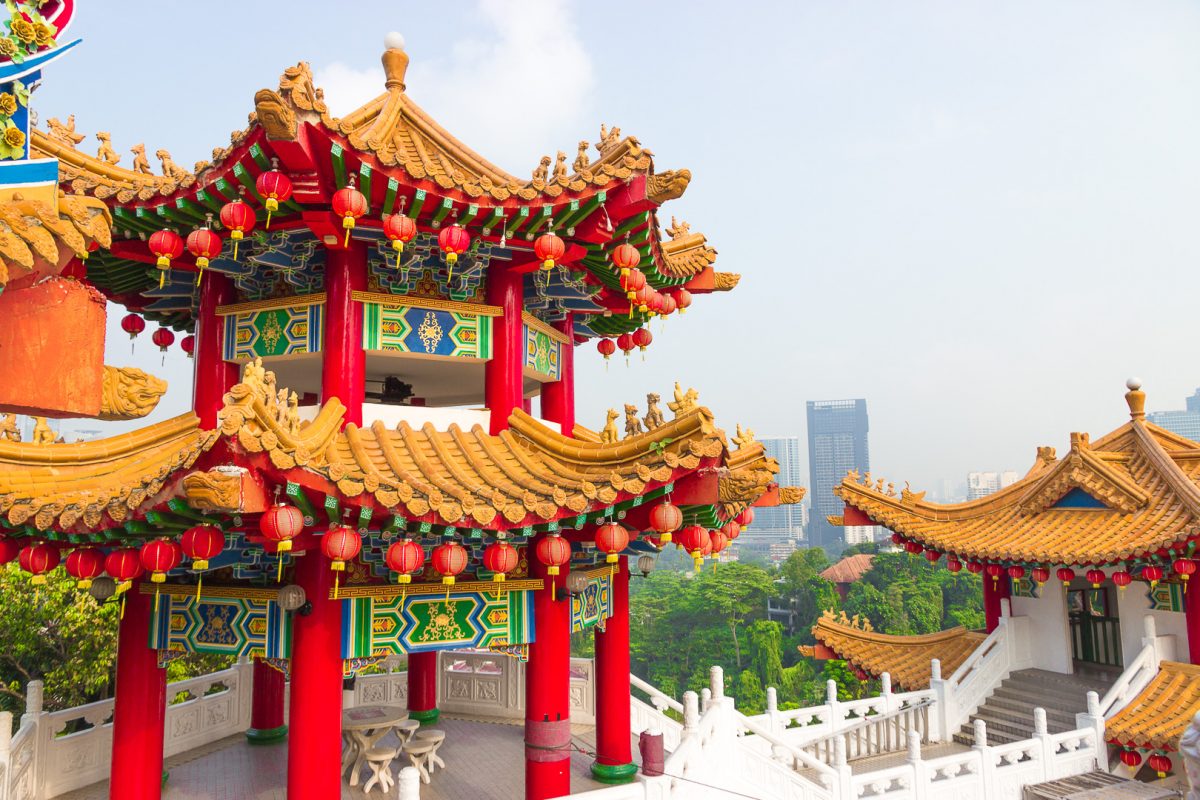


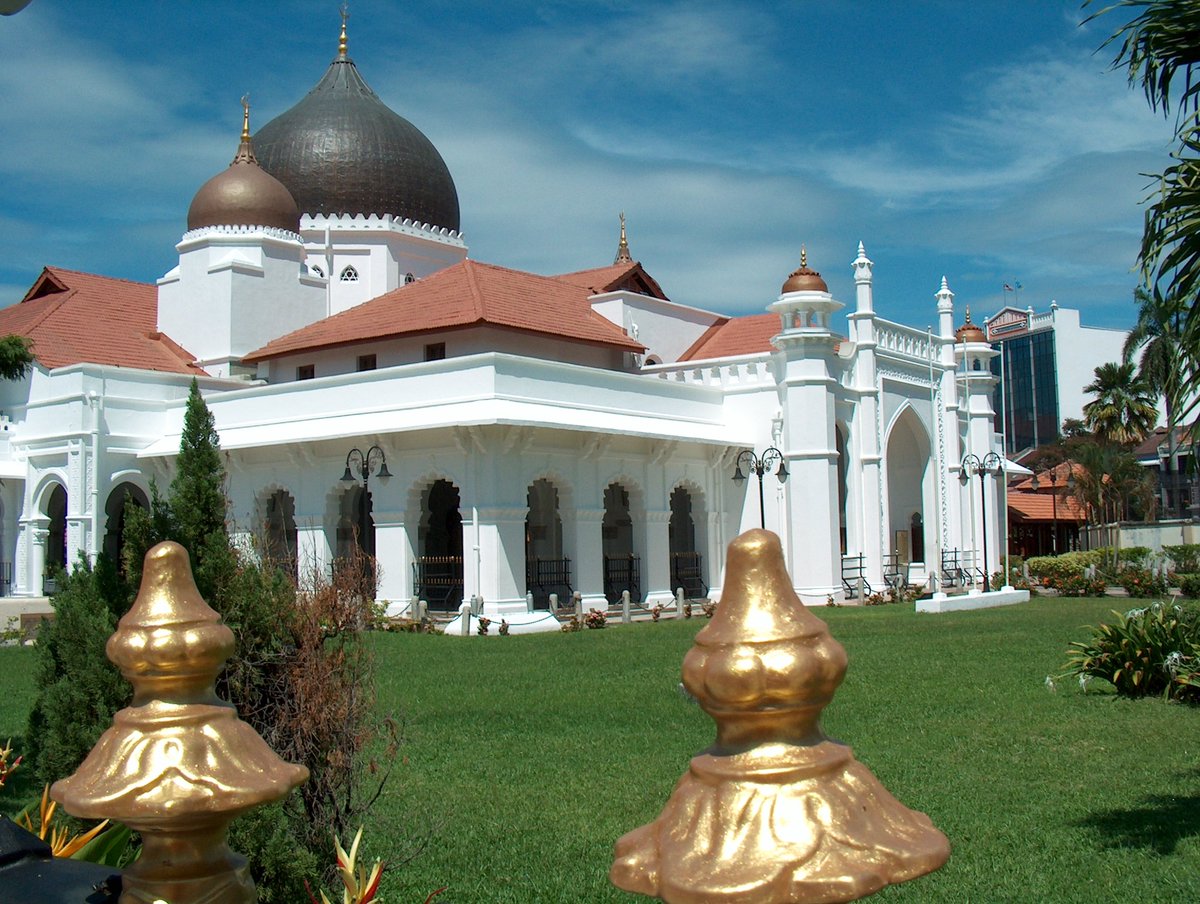
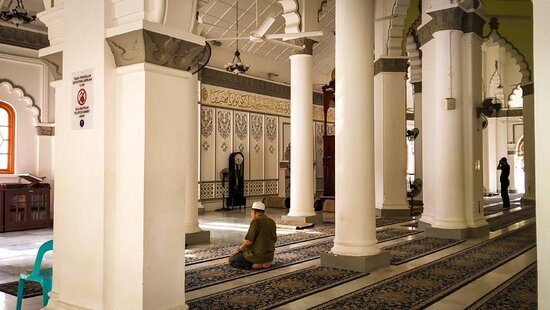
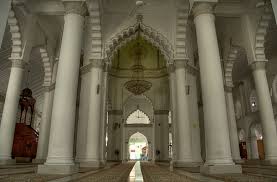
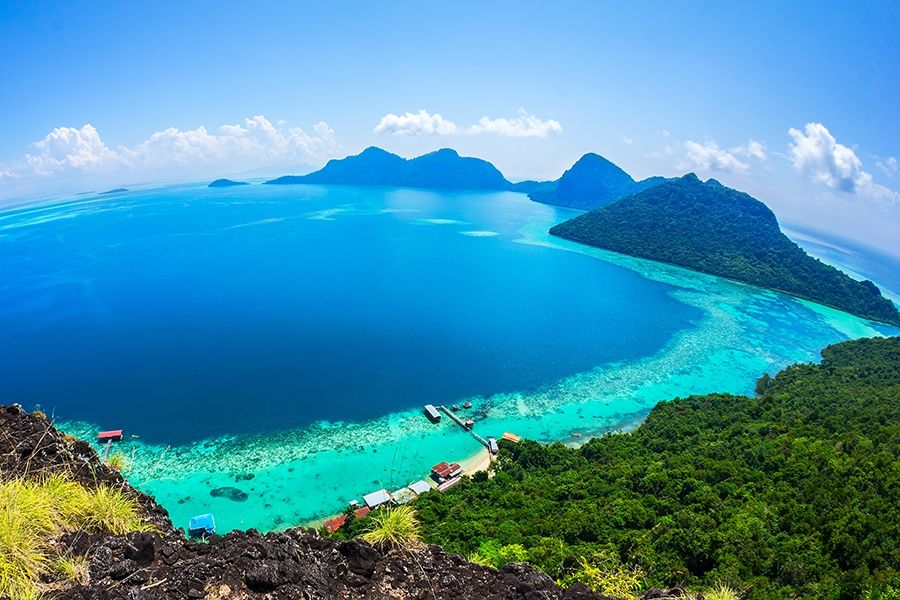
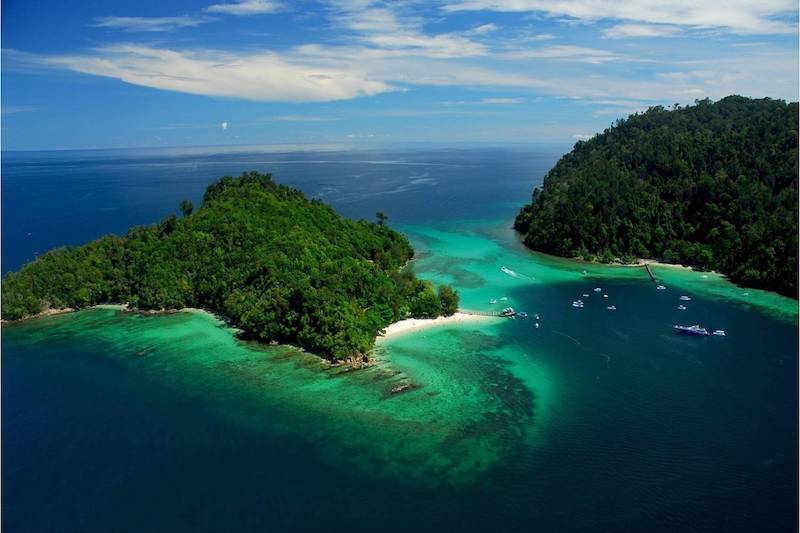
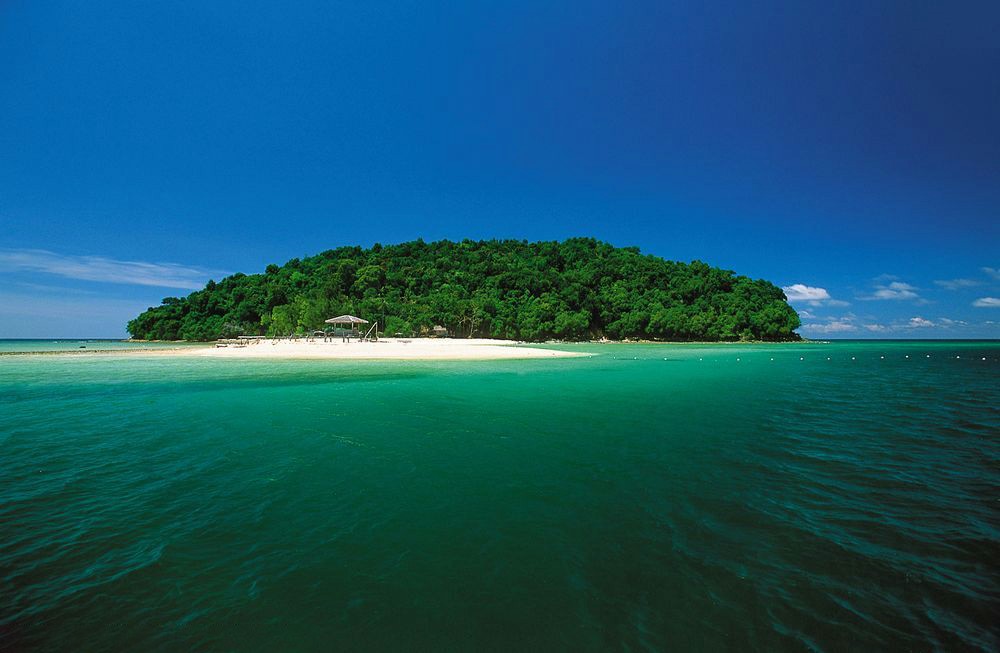

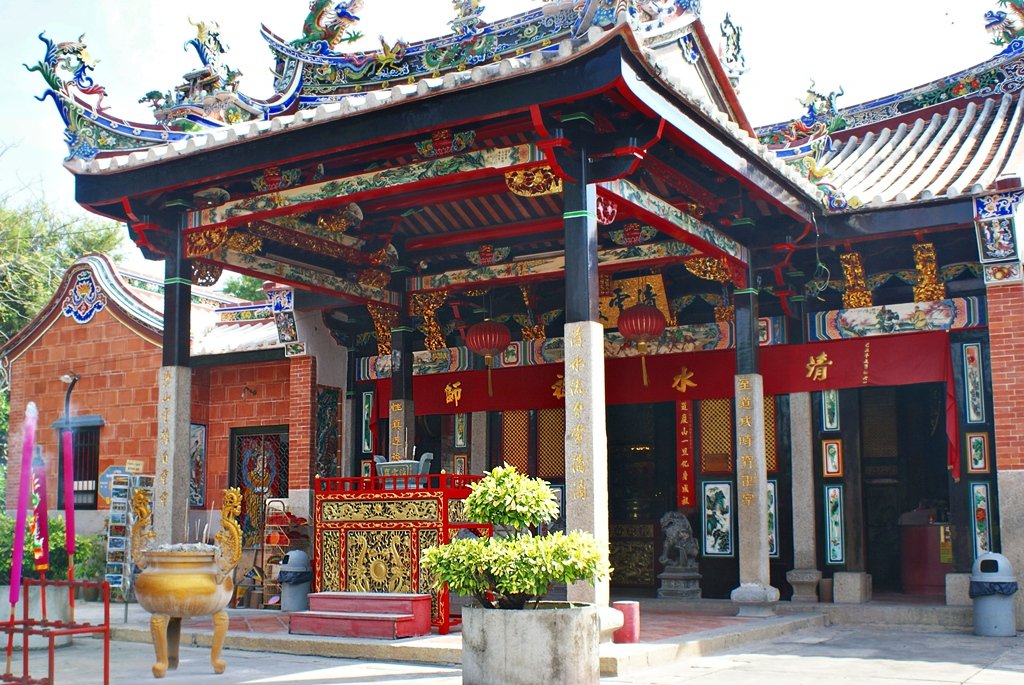
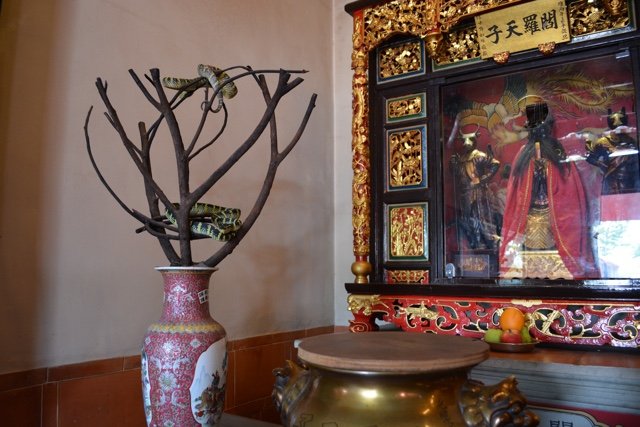
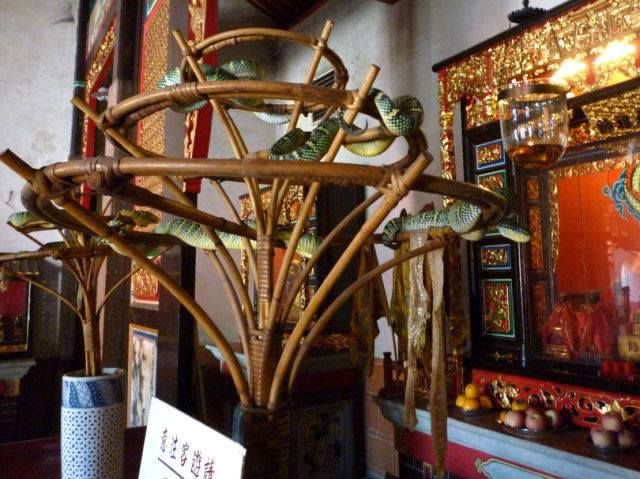

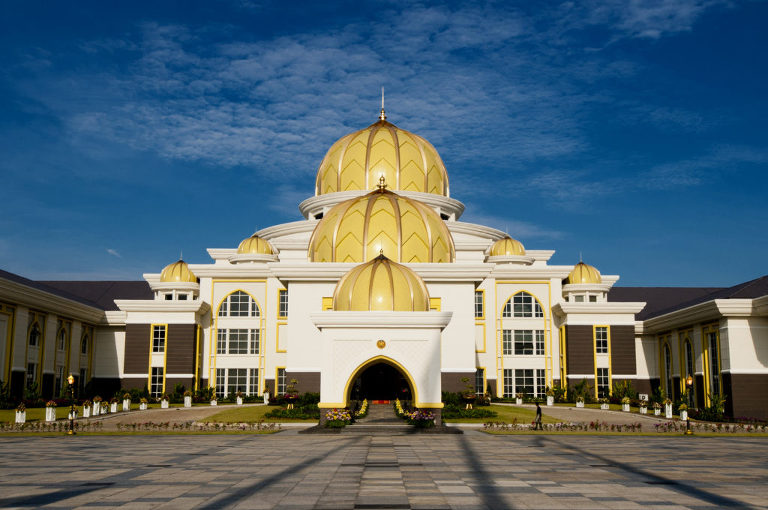

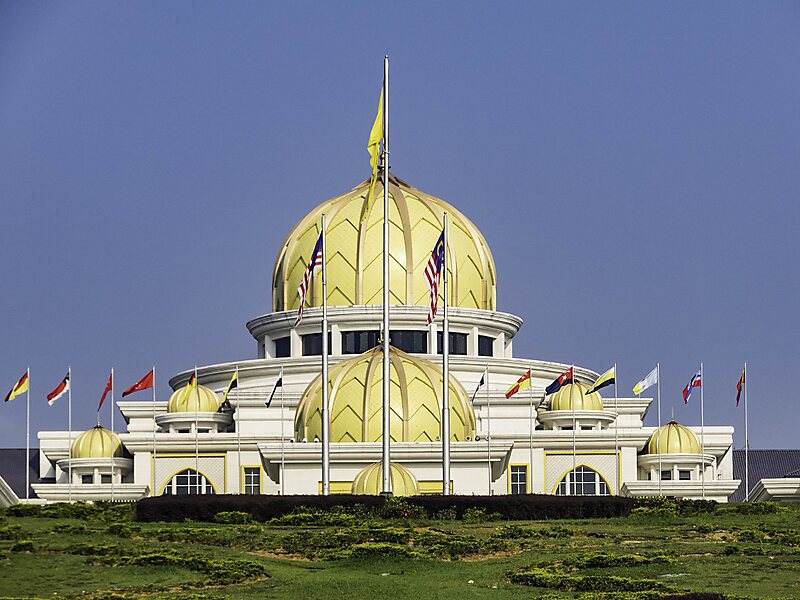
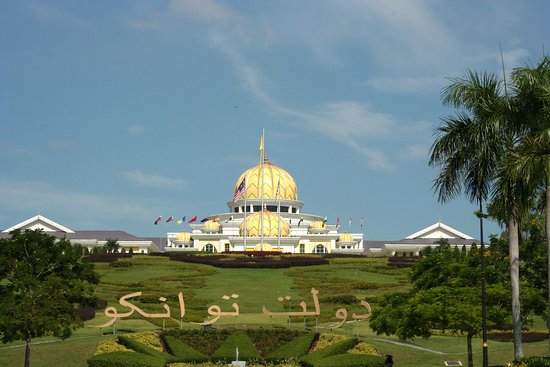
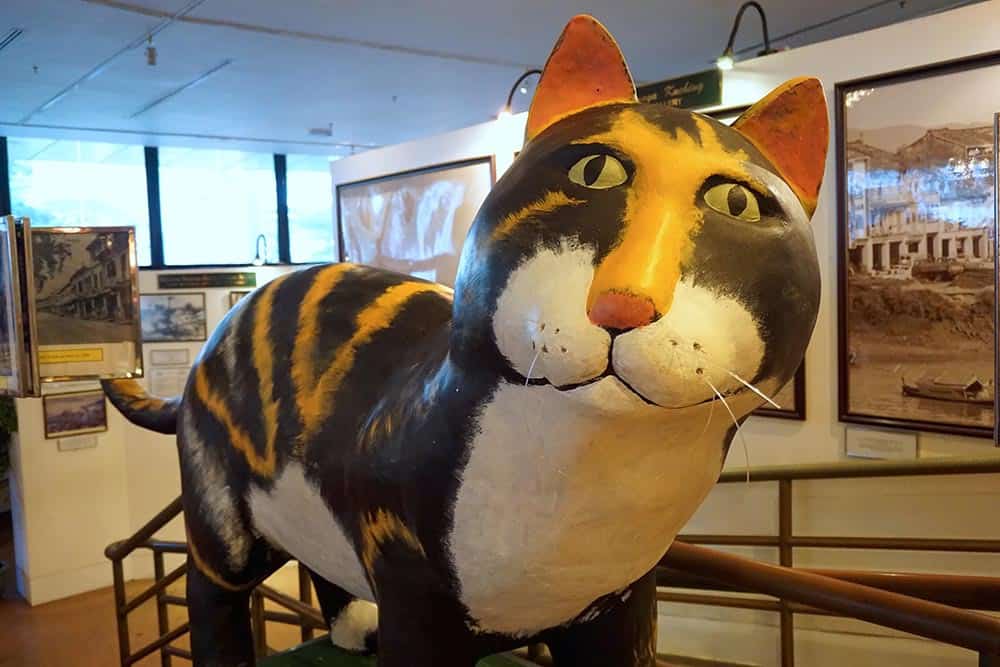 https://abs.twimg.com/emoji/v2/... draggable="false" alt="🐈" title="Katze" aria-label="Emoji: Katze">" title="We& #39;re off to a really fun place this evening, the Kuching Cat Museum in Kuching, Malaysia. It& #39;s owned by & located on the bottom floor of the Kuching North City Hall and was established in 1993. It houses over 4000 artifacts all relating to cats. https://abs.twimg.com/emoji/v2/... draggable="false" alt="🐱" title="Katzengesicht" aria-label="Emoji: Katzengesicht">https://abs.twimg.com/emoji/v2/... draggable="false" alt="🐈" title="Katze" aria-label="Emoji: Katze">">
https://abs.twimg.com/emoji/v2/... draggable="false" alt="🐈" title="Katze" aria-label="Emoji: Katze">" title="We& #39;re off to a really fun place this evening, the Kuching Cat Museum in Kuching, Malaysia. It& #39;s owned by & located on the bottom floor of the Kuching North City Hall and was established in 1993. It houses over 4000 artifacts all relating to cats. https://abs.twimg.com/emoji/v2/... draggable="false" alt="🐱" title="Katzengesicht" aria-label="Emoji: Katzengesicht">https://abs.twimg.com/emoji/v2/... draggable="false" alt="🐈" title="Katze" aria-label="Emoji: Katze">">
 https://abs.twimg.com/emoji/v2/... draggable="false" alt="🐈" title="Katze" aria-label="Emoji: Katze">" title="We& #39;re off to a really fun place this evening, the Kuching Cat Museum in Kuching, Malaysia. It& #39;s owned by & located on the bottom floor of the Kuching North City Hall and was established in 1993. It houses over 4000 artifacts all relating to cats. https://abs.twimg.com/emoji/v2/... draggable="false" alt="🐱" title="Katzengesicht" aria-label="Emoji: Katzengesicht">https://abs.twimg.com/emoji/v2/... draggable="false" alt="🐈" title="Katze" aria-label="Emoji: Katze">">
https://abs.twimg.com/emoji/v2/... draggable="false" alt="🐈" title="Katze" aria-label="Emoji: Katze">" title="We& #39;re off to a really fun place this evening, the Kuching Cat Museum in Kuching, Malaysia. It& #39;s owned by & located on the bottom floor of the Kuching North City Hall and was established in 1993. It houses over 4000 artifacts all relating to cats. https://abs.twimg.com/emoji/v2/... draggable="false" alt="🐱" title="Katzengesicht" aria-label="Emoji: Katzengesicht">https://abs.twimg.com/emoji/v2/... draggable="false" alt="🐈" title="Katze" aria-label="Emoji: Katze">">
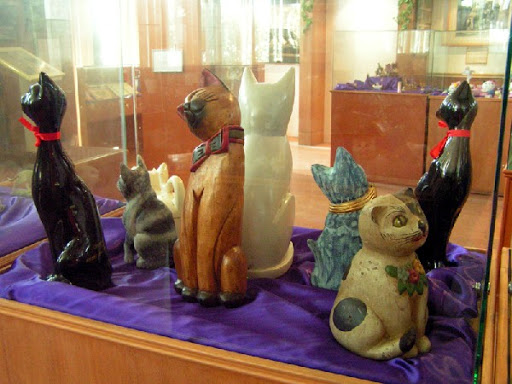 https://abs.twimg.com/emoji/v2/... draggable="false" alt="🐈" title="Katze" aria-label="Emoji: Katze">" title="We& #39;re off to a really fun place this evening, the Kuching Cat Museum in Kuching, Malaysia. It& #39;s owned by & located on the bottom floor of the Kuching North City Hall and was established in 1993. It houses over 4000 artifacts all relating to cats. https://abs.twimg.com/emoji/v2/... draggable="false" alt="🐱" title="Katzengesicht" aria-label="Emoji: Katzengesicht">https://abs.twimg.com/emoji/v2/... draggable="false" alt="🐈" title="Katze" aria-label="Emoji: Katze">">
https://abs.twimg.com/emoji/v2/... draggable="false" alt="🐈" title="Katze" aria-label="Emoji: Katze">" title="We& #39;re off to a really fun place this evening, the Kuching Cat Museum in Kuching, Malaysia. It& #39;s owned by & located on the bottom floor of the Kuching North City Hall and was established in 1993. It houses over 4000 artifacts all relating to cats. https://abs.twimg.com/emoji/v2/... draggable="false" alt="🐱" title="Katzengesicht" aria-label="Emoji: Katzengesicht">https://abs.twimg.com/emoji/v2/... draggable="false" alt="🐈" title="Katze" aria-label="Emoji: Katze">">
 https://abs.twimg.com/emoji/v2/... draggable="false" alt="🐈" title="Katze" aria-label="Emoji: Katze">" title="We& #39;re off to a really fun place this evening, the Kuching Cat Museum in Kuching, Malaysia. It& #39;s owned by & located on the bottom floor of the Kuching North City Hall and was established in 1993. It houses over 4000 artifacts all relating to cats. https://abs.twimg.com/emoji/v2/... draggable="false" alt="🐱" title="Katzengesicht" aria-label="Emoji: Katzengesicht">https://abs.twimg.com/emoji/v2/... draggable="false" alt="🐈" title="Katze" aria-label="Emoji: Katze">">
https://abs.twimg.com/emoji/v2/... draggable="false" alt="🐈" title="Katze" aria-label="Emoji: Katze">" title="We& #39;re off to a really fun place this evening, the Kuching Cat Museum in Kuching, Malaysia. It& #39;s owned by & located on the bottom floor of the Kuching North City Hall and was established in 1993. It houses over 4000 artifacts all relating to cats. https://abs.twimg.com/emoji/v2/... draggable="false" alt="🐱" title="Katzengesicht" aria-label="Emoji: Katzengesicht">https://abs.twimg.com/emoji/v2/... draggable="false" alt="🐈" title="Katze" aria-label="Emoji: Katze">">
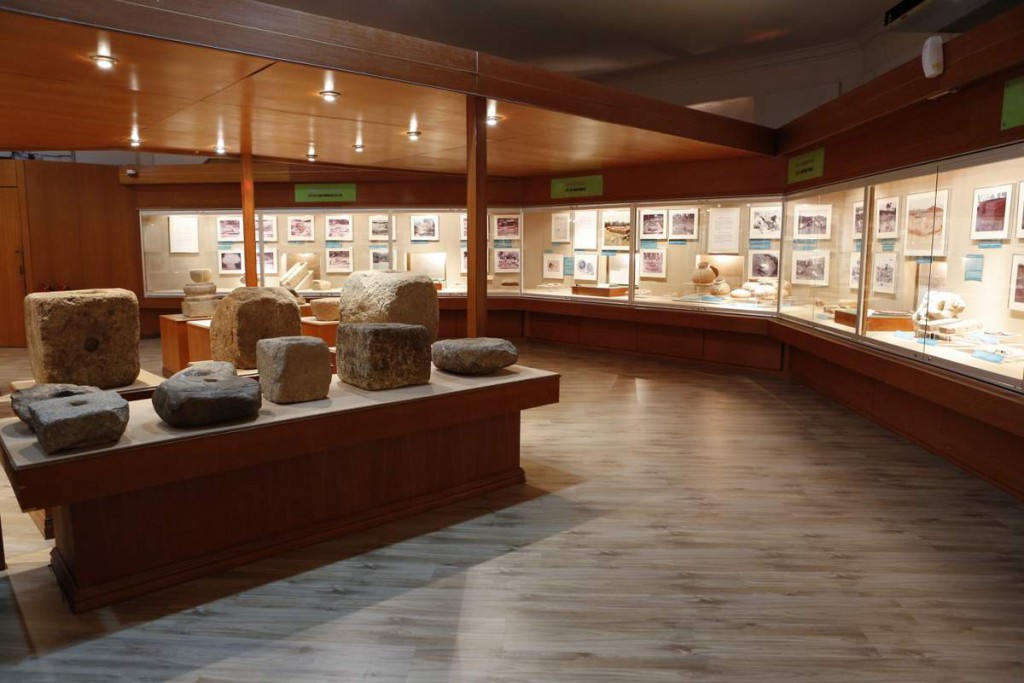
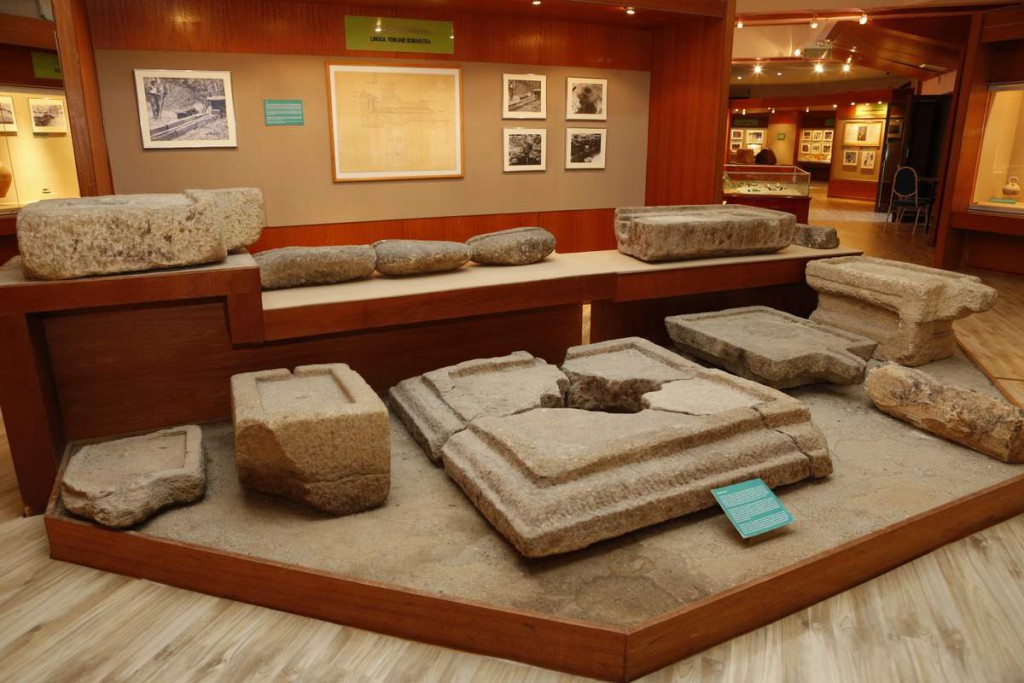

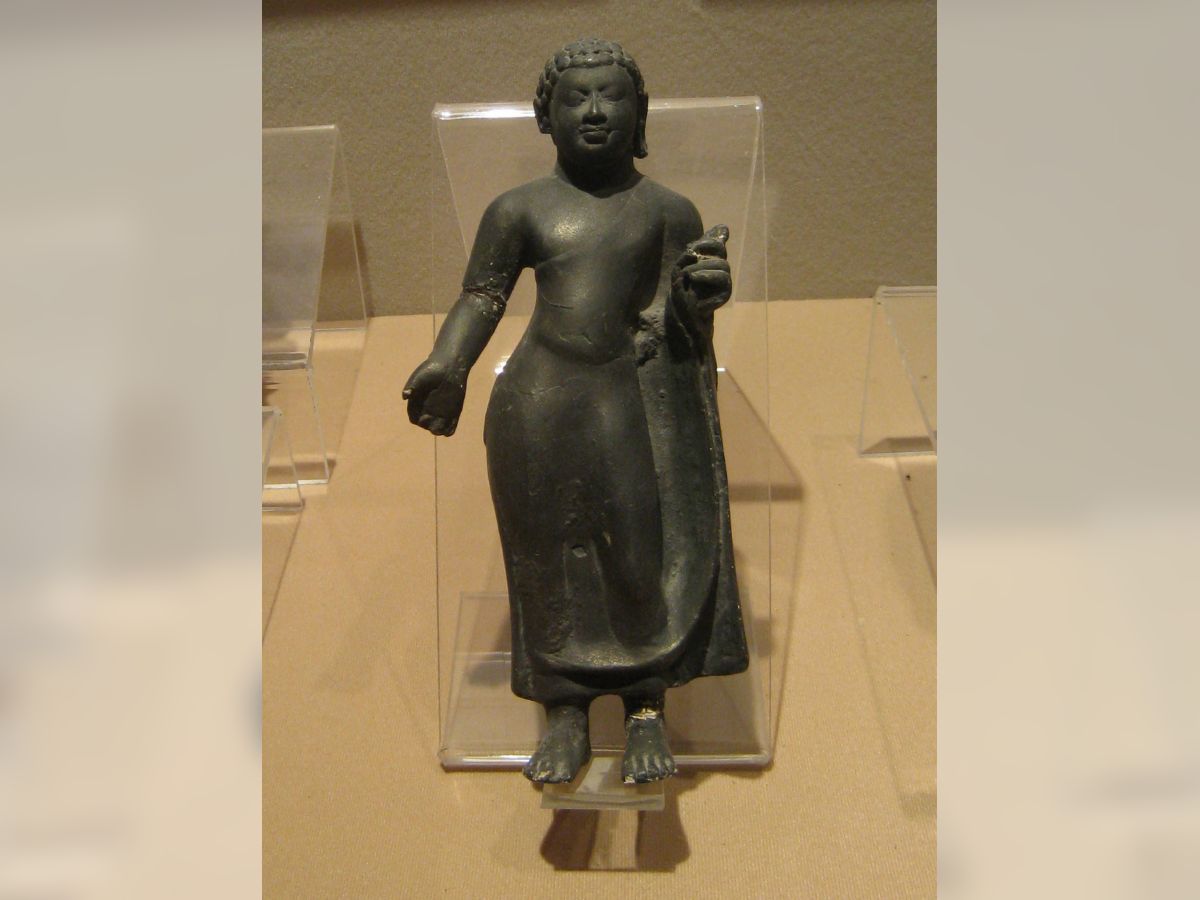
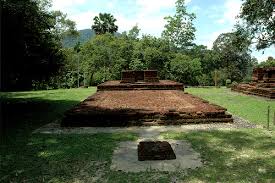
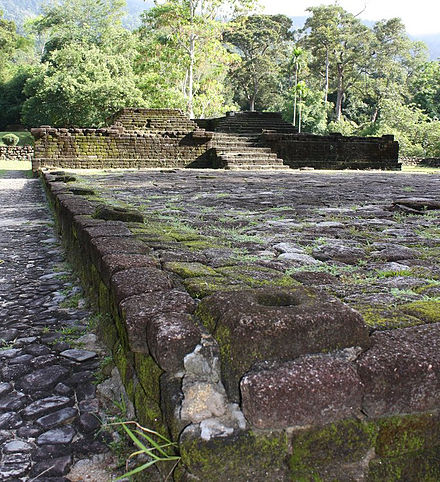
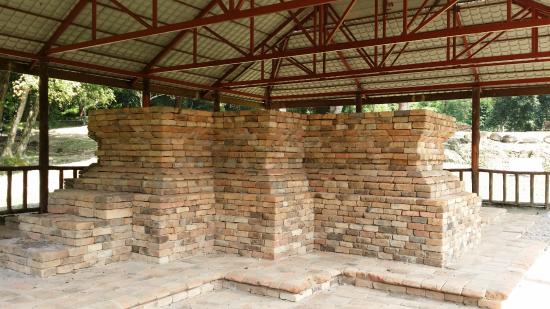

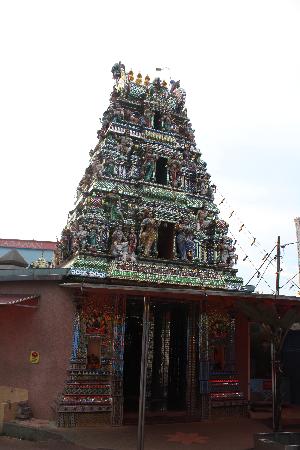

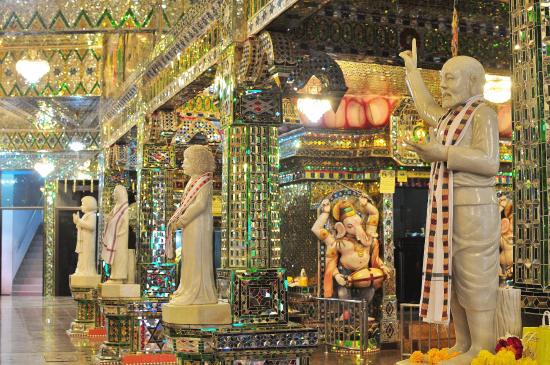
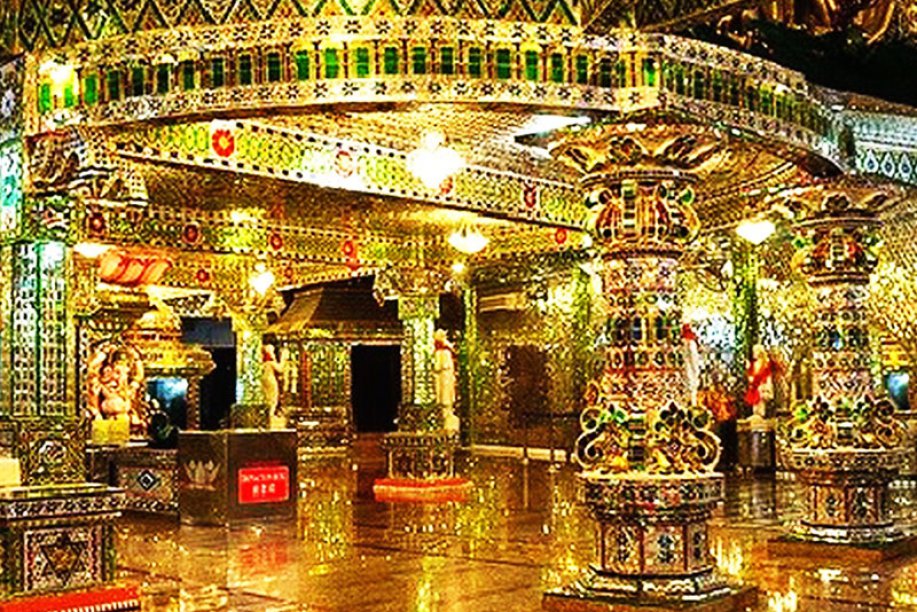
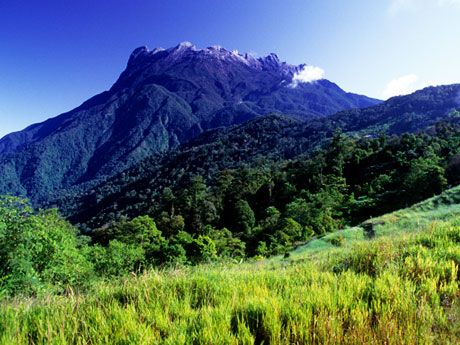

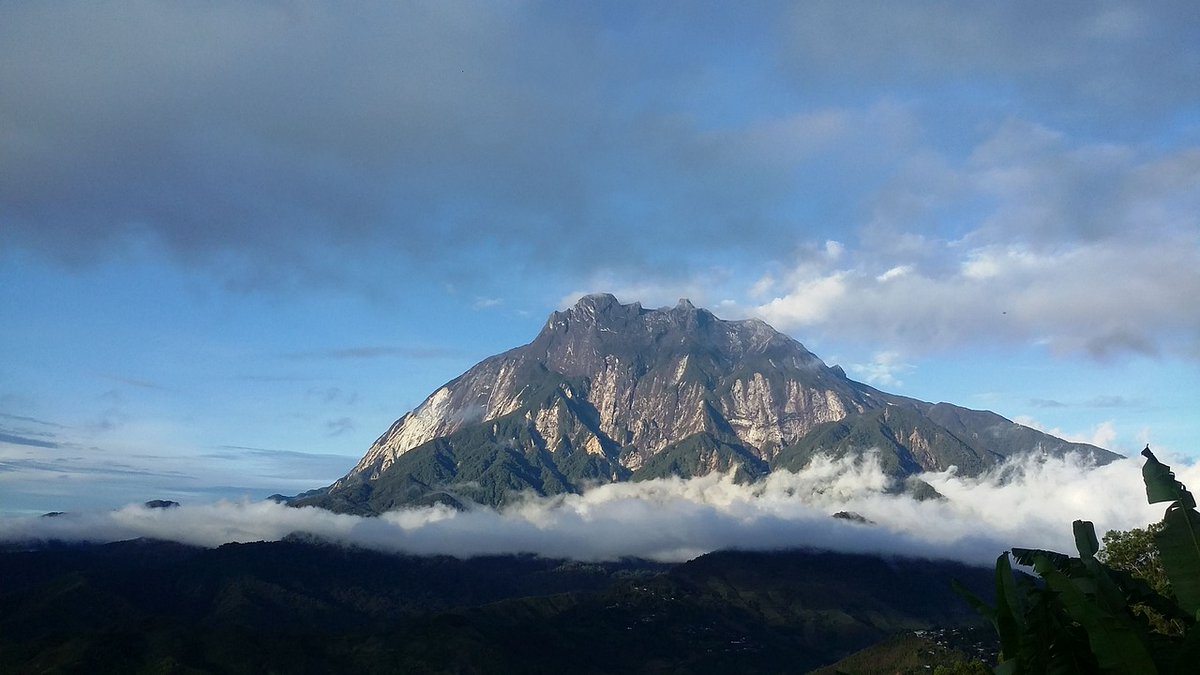
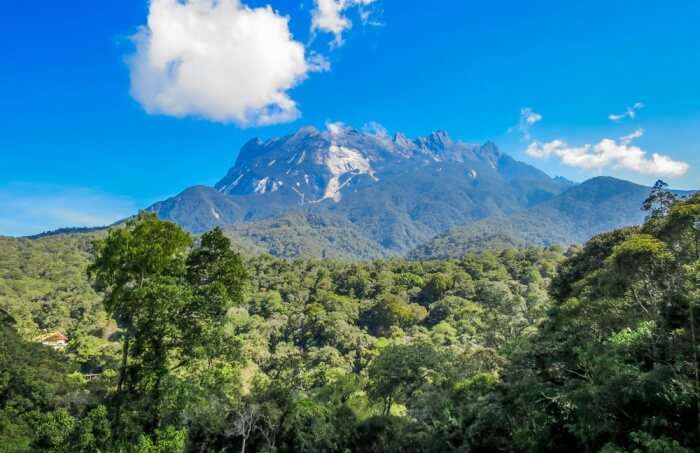

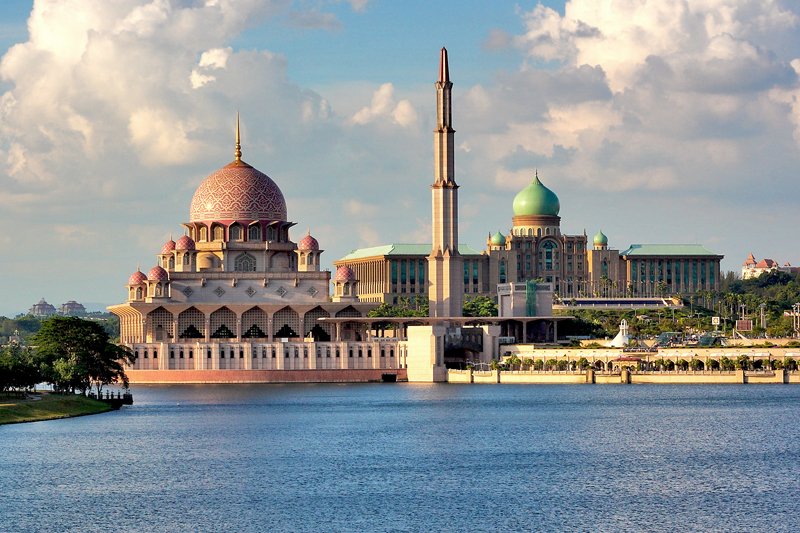
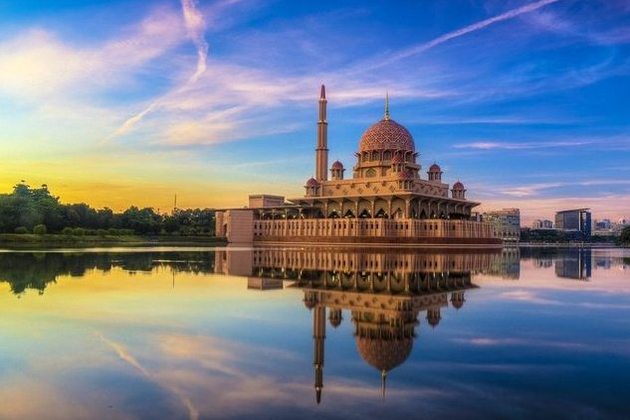
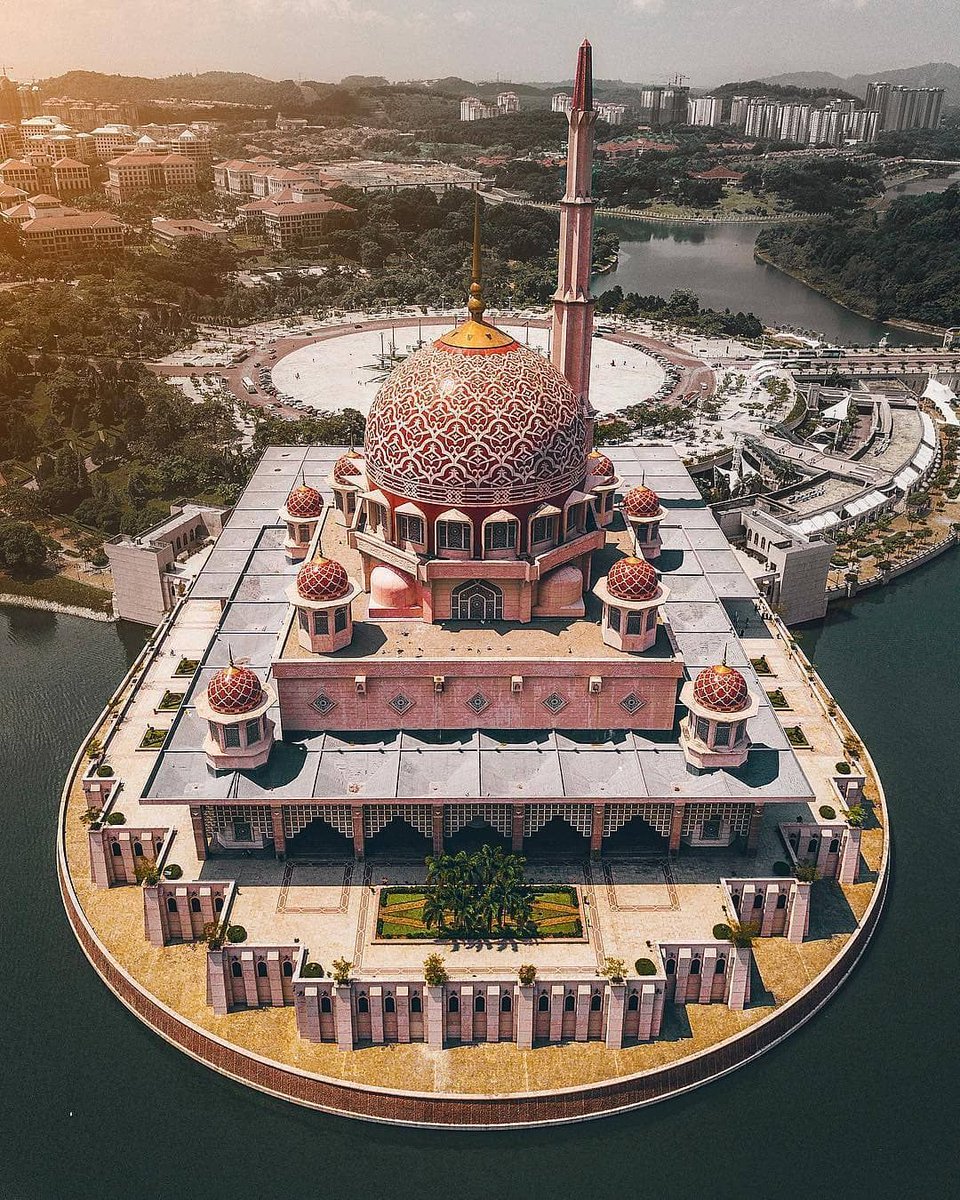
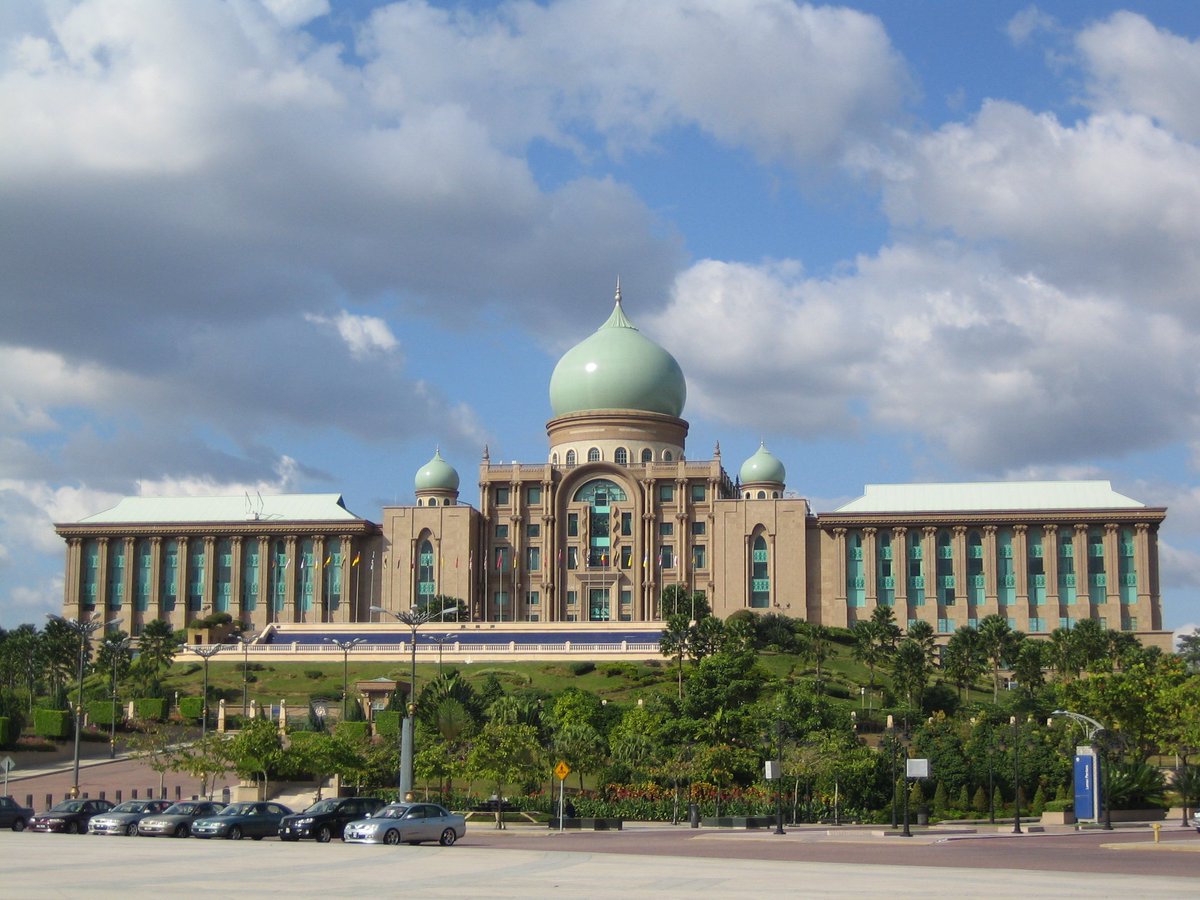
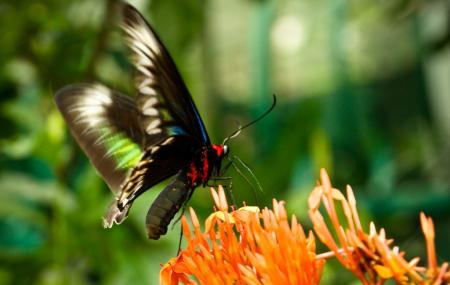
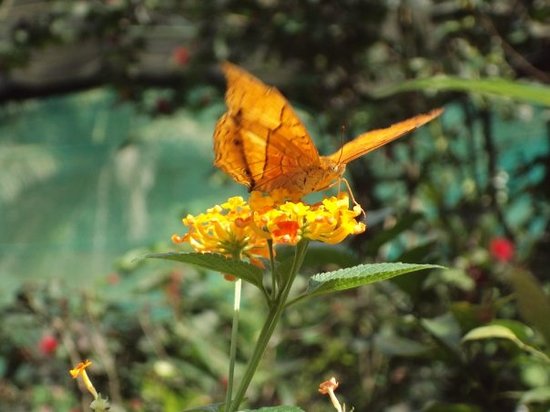

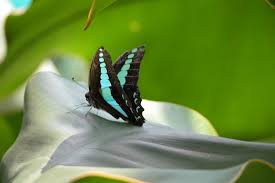
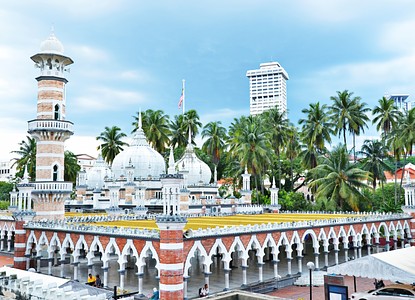
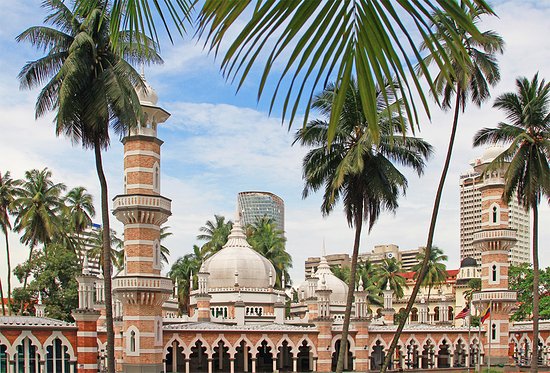

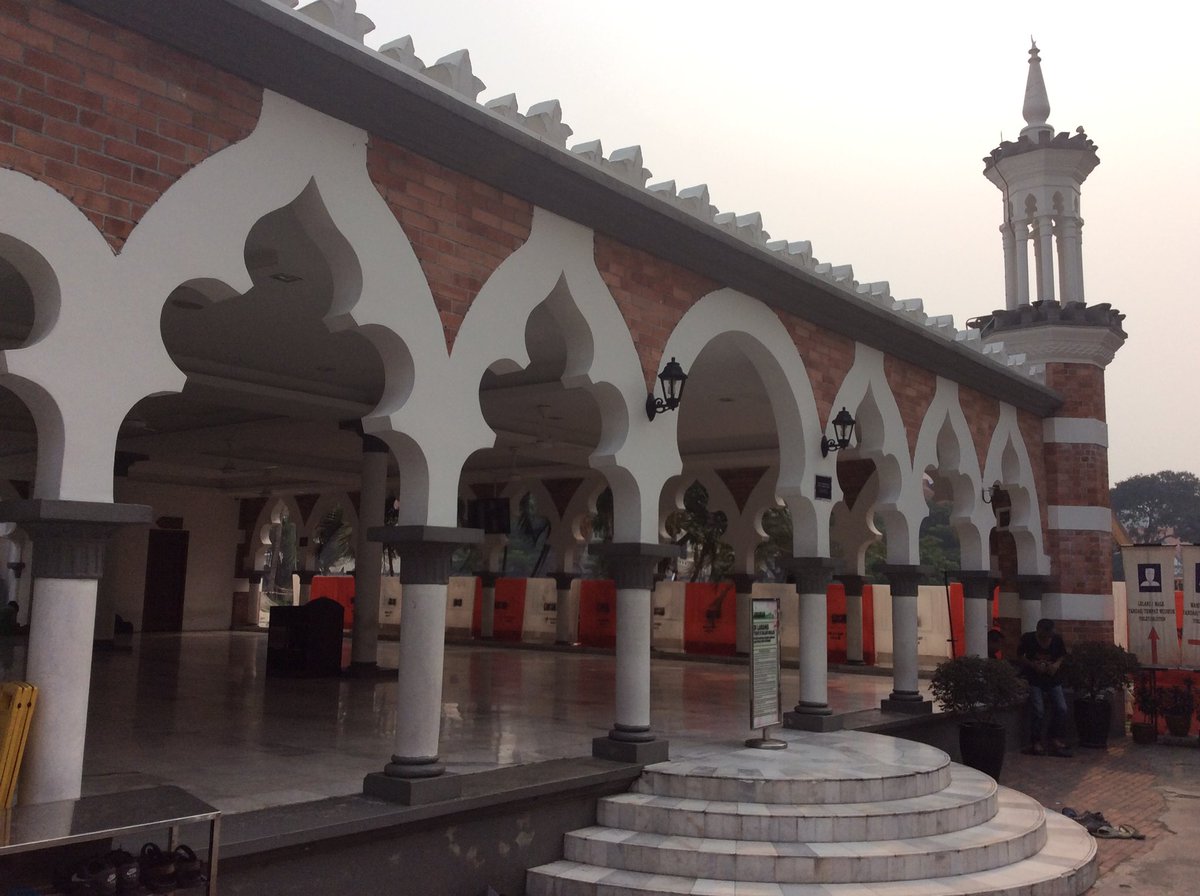
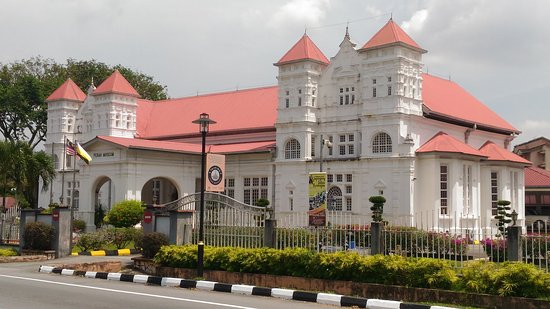
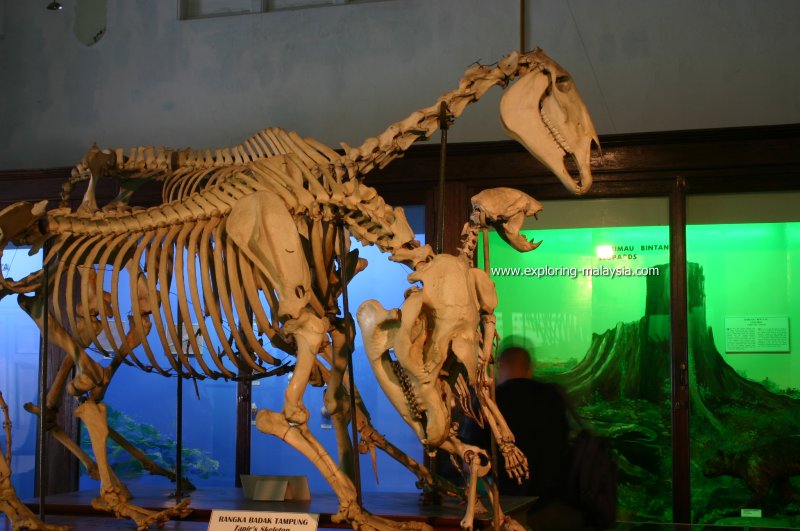
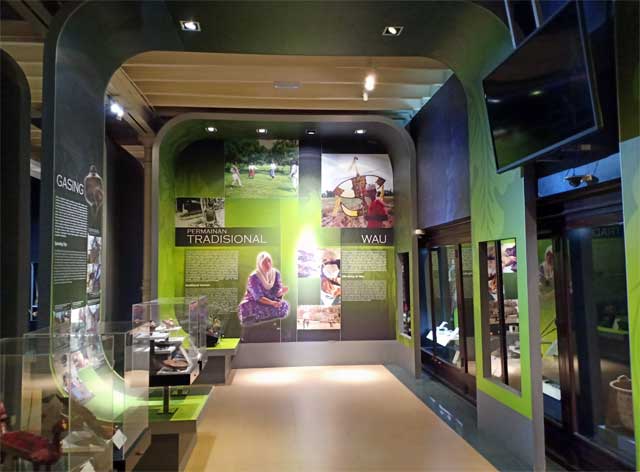
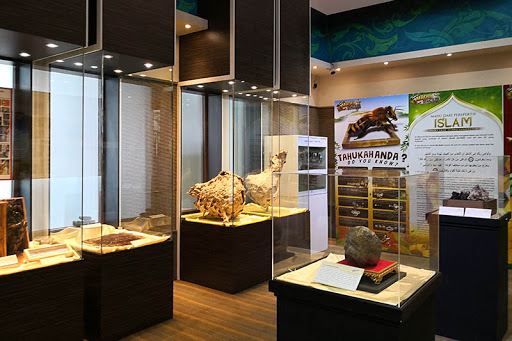
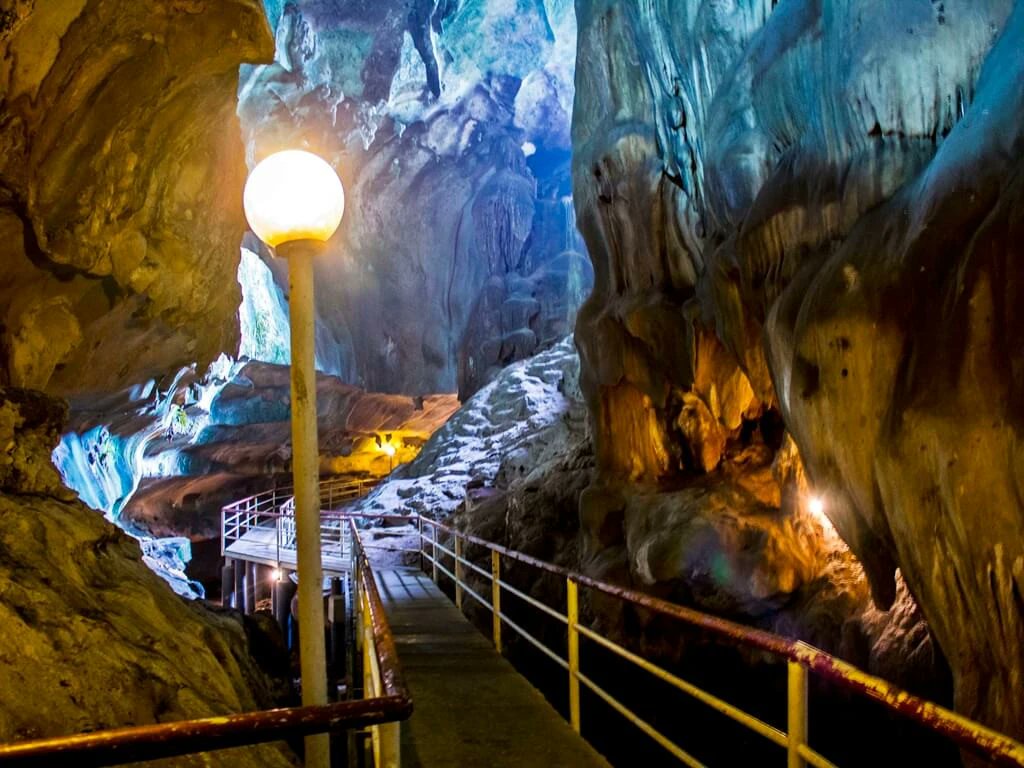
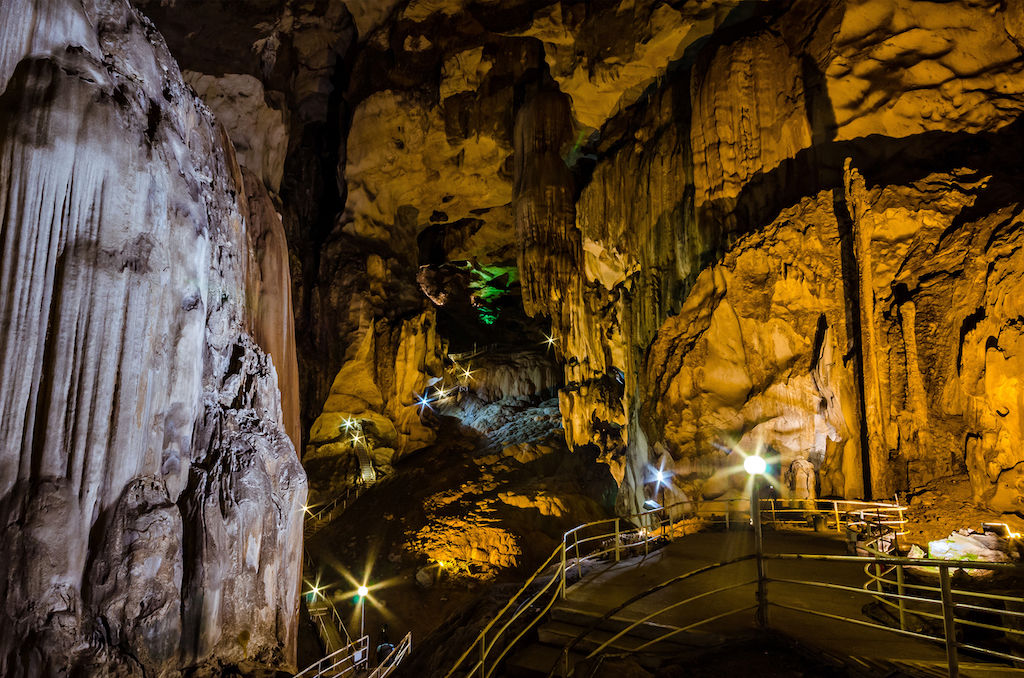
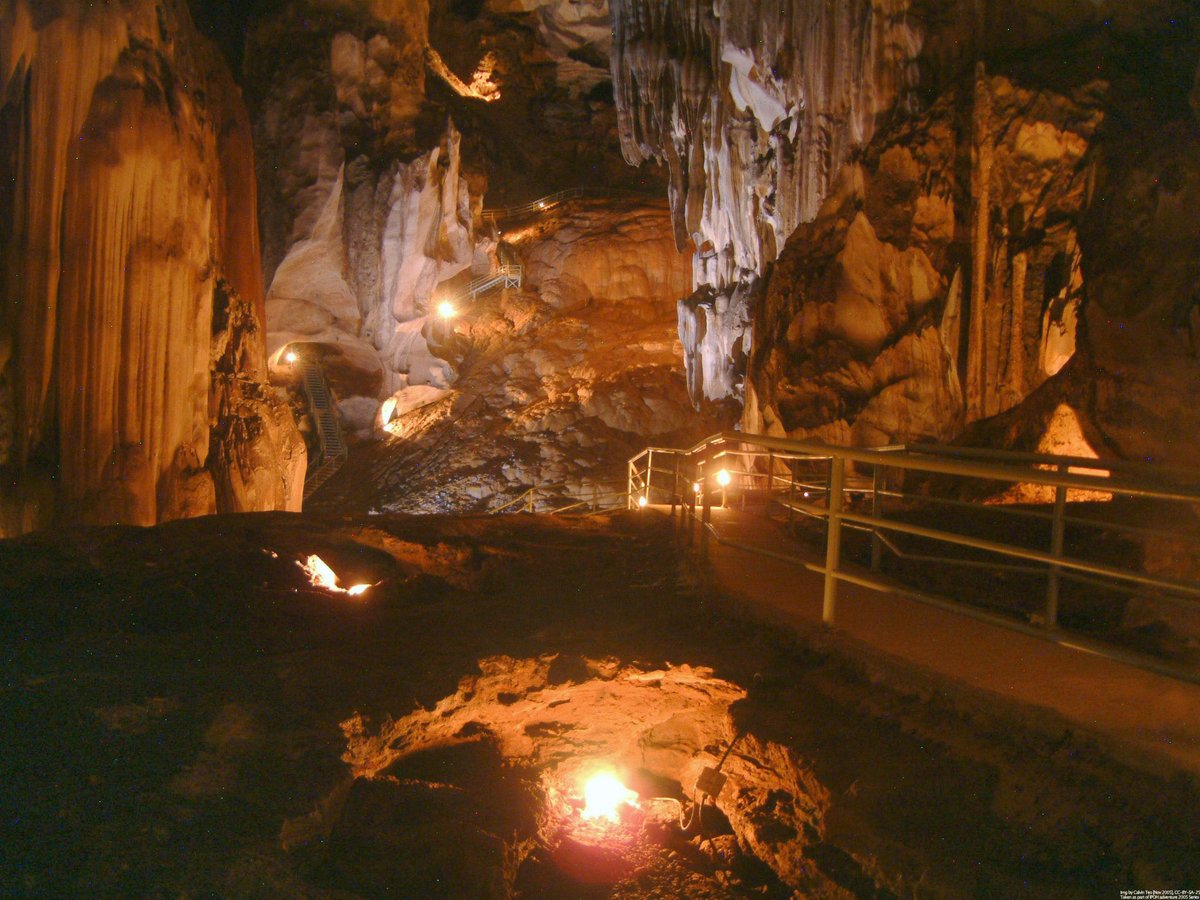
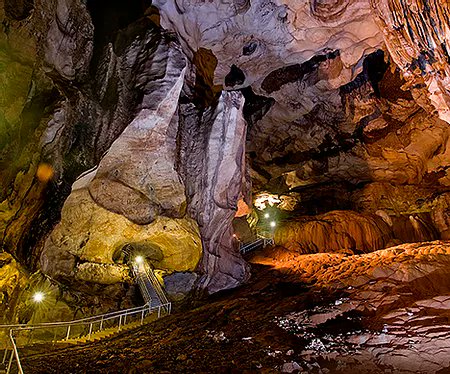

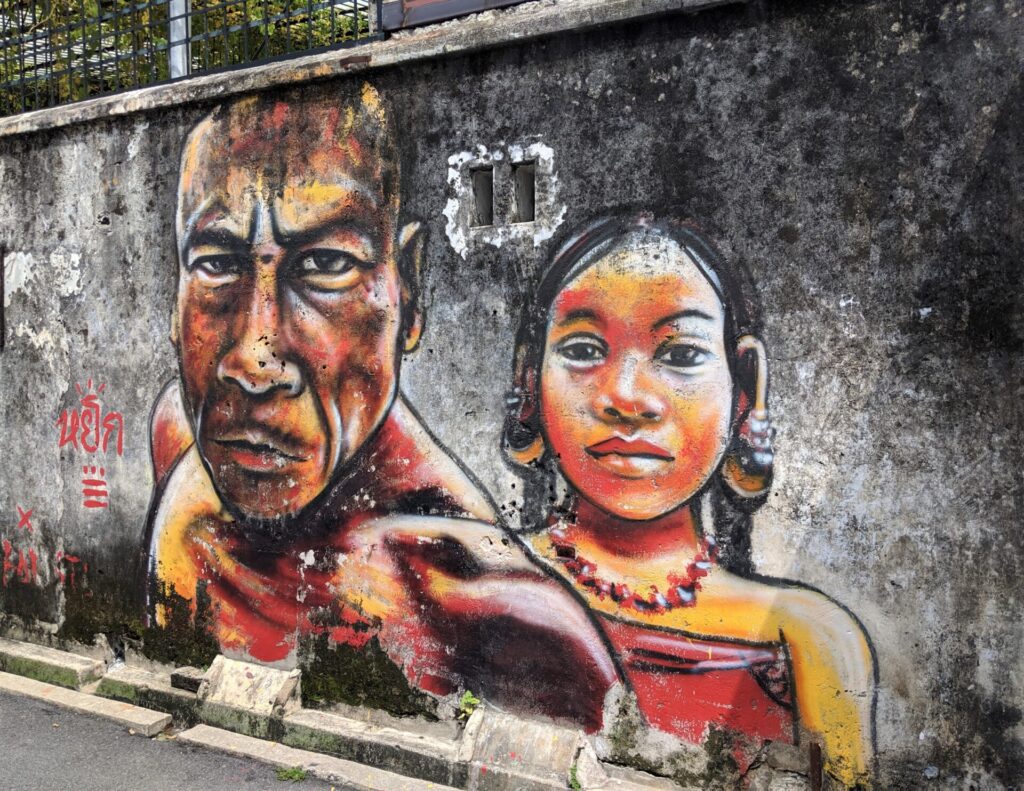
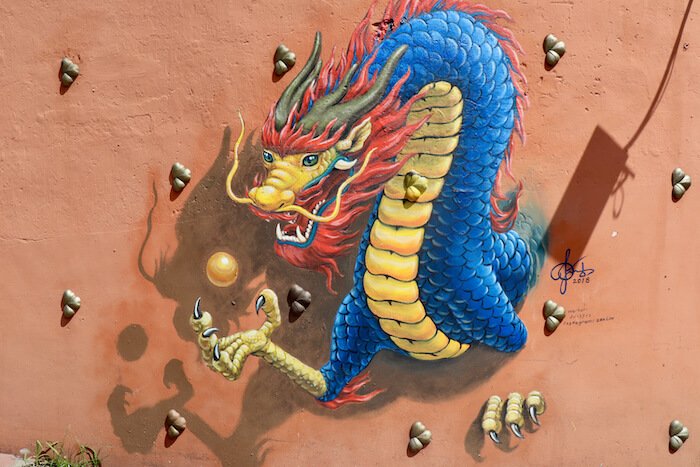
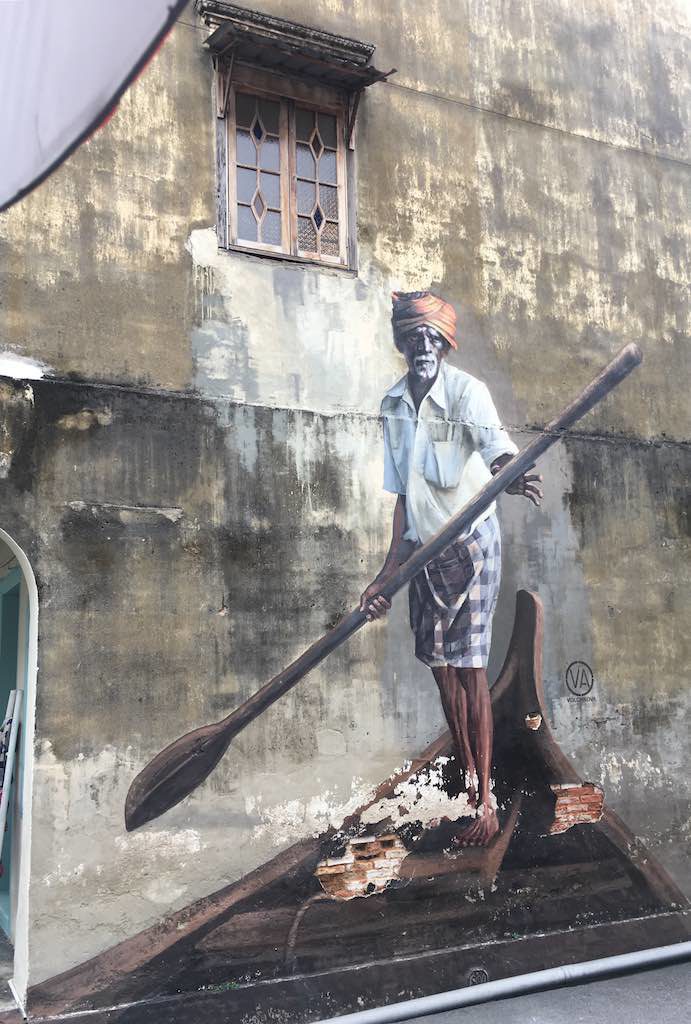
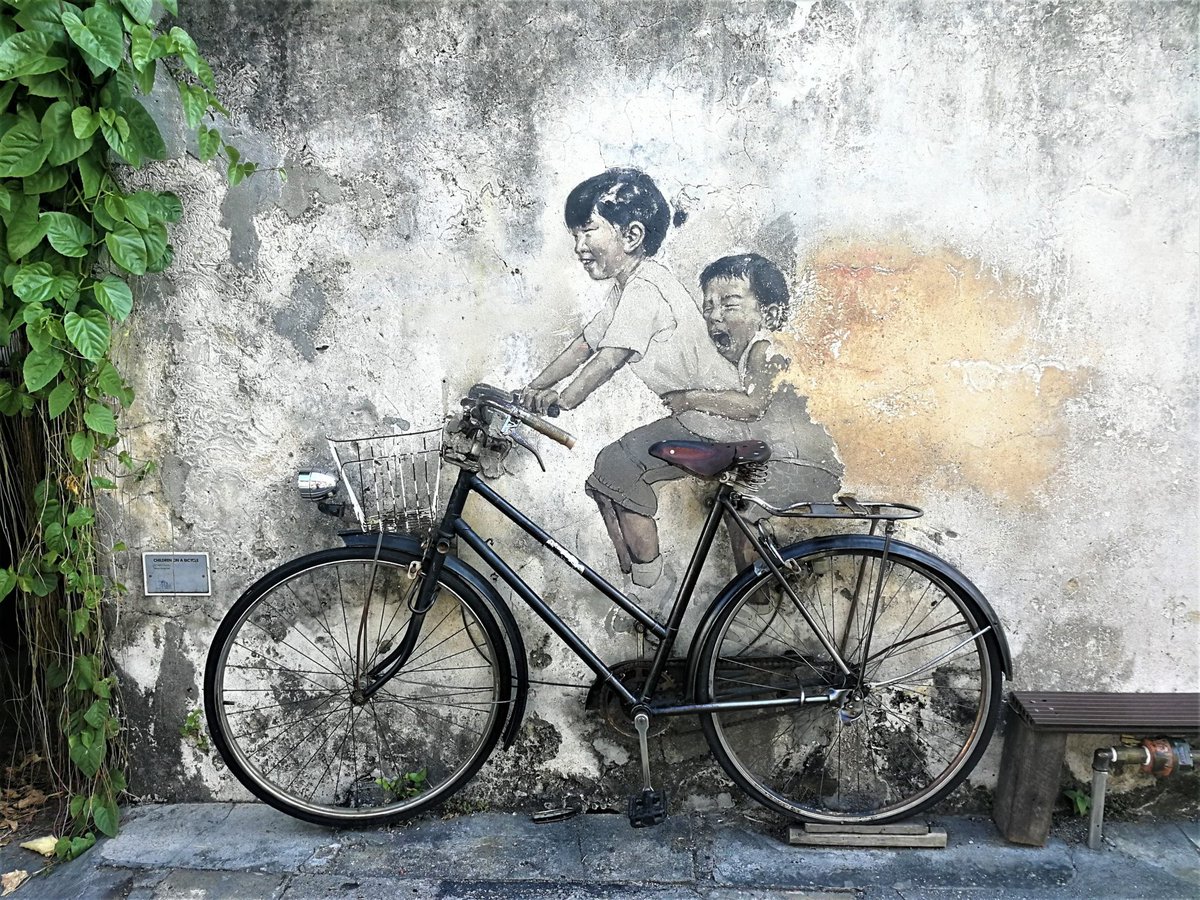
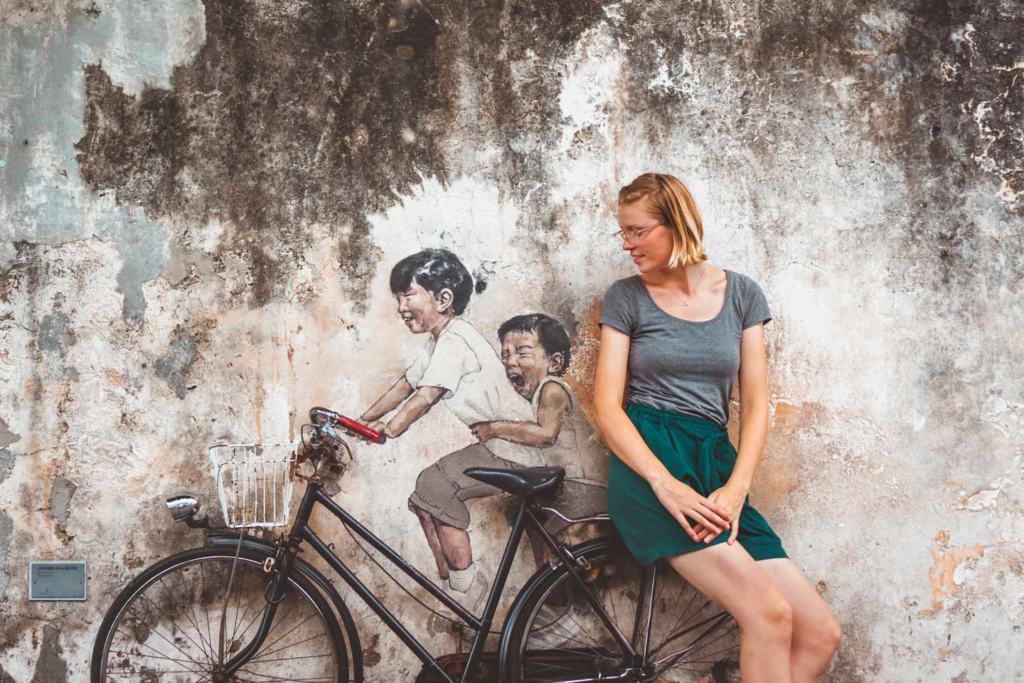
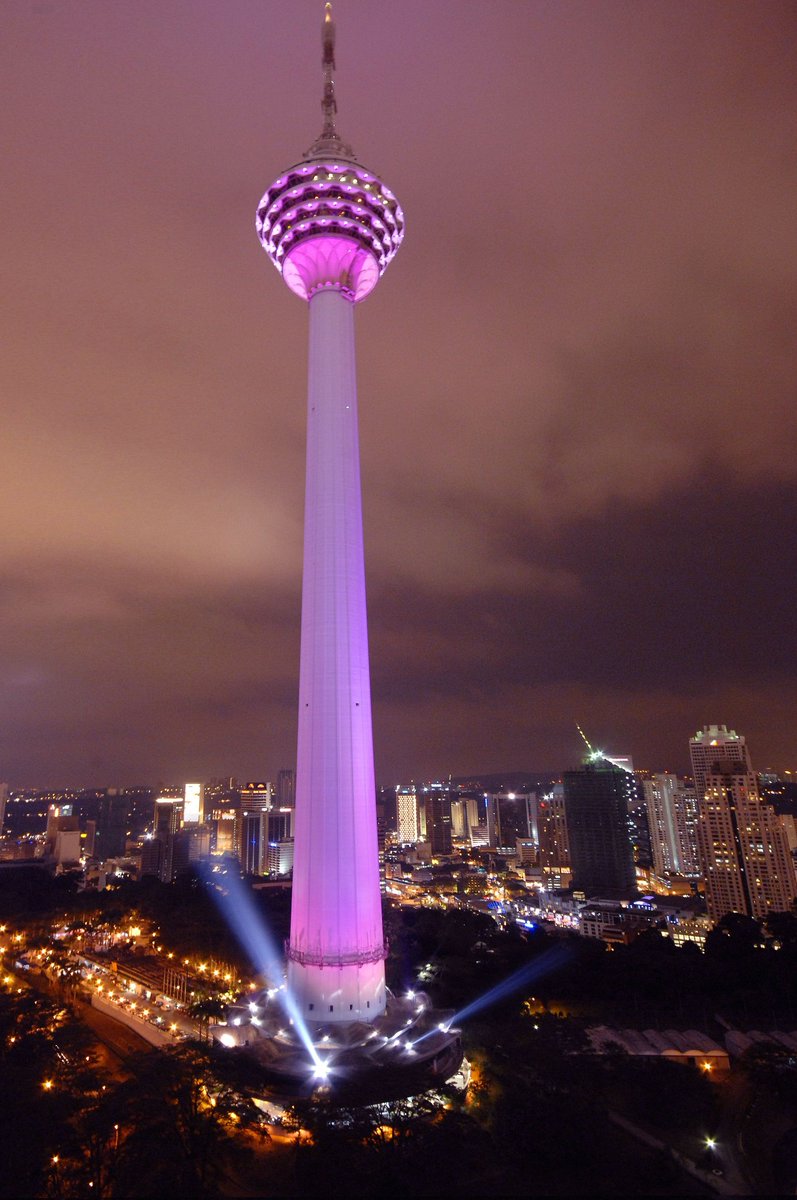

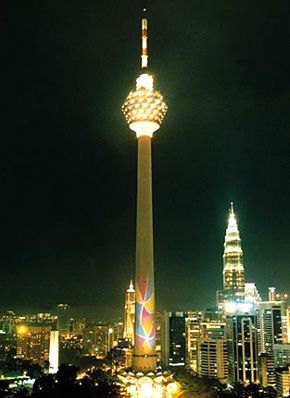
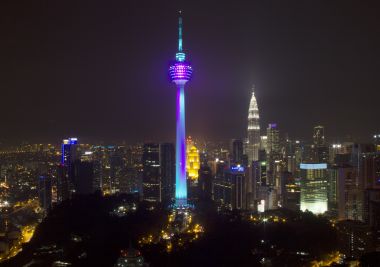


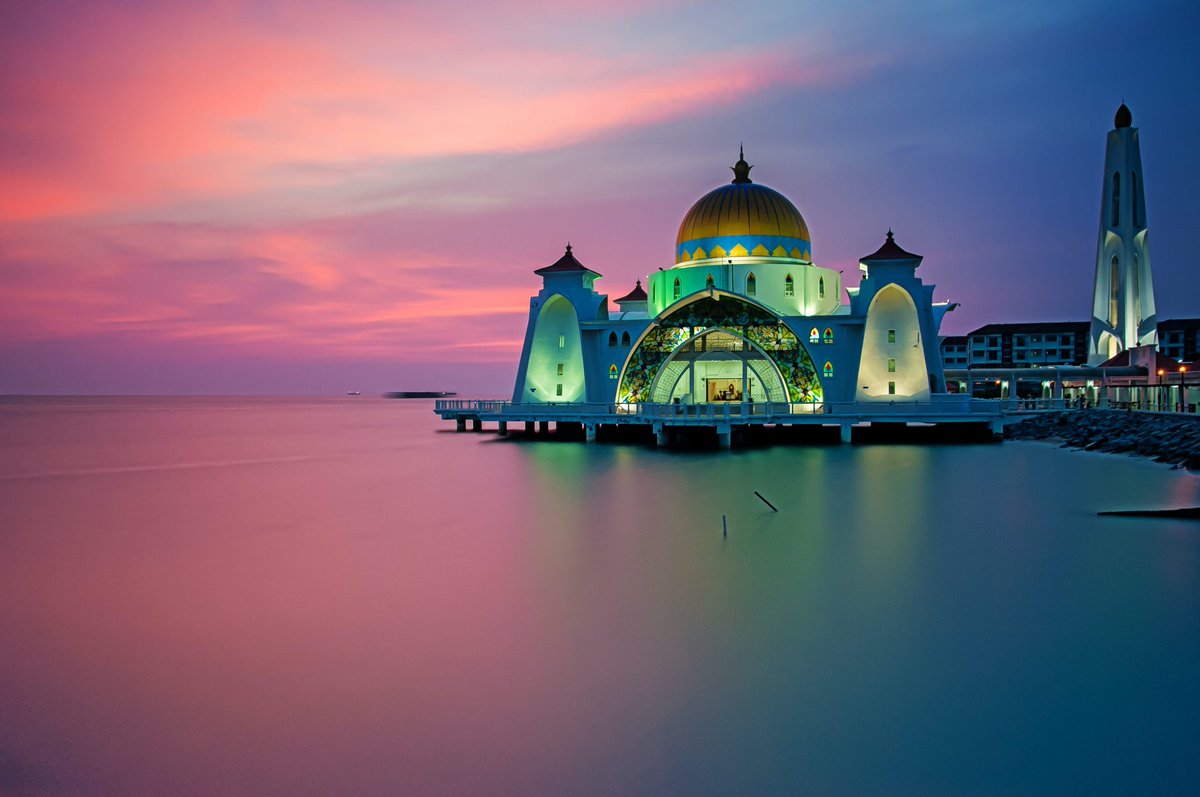
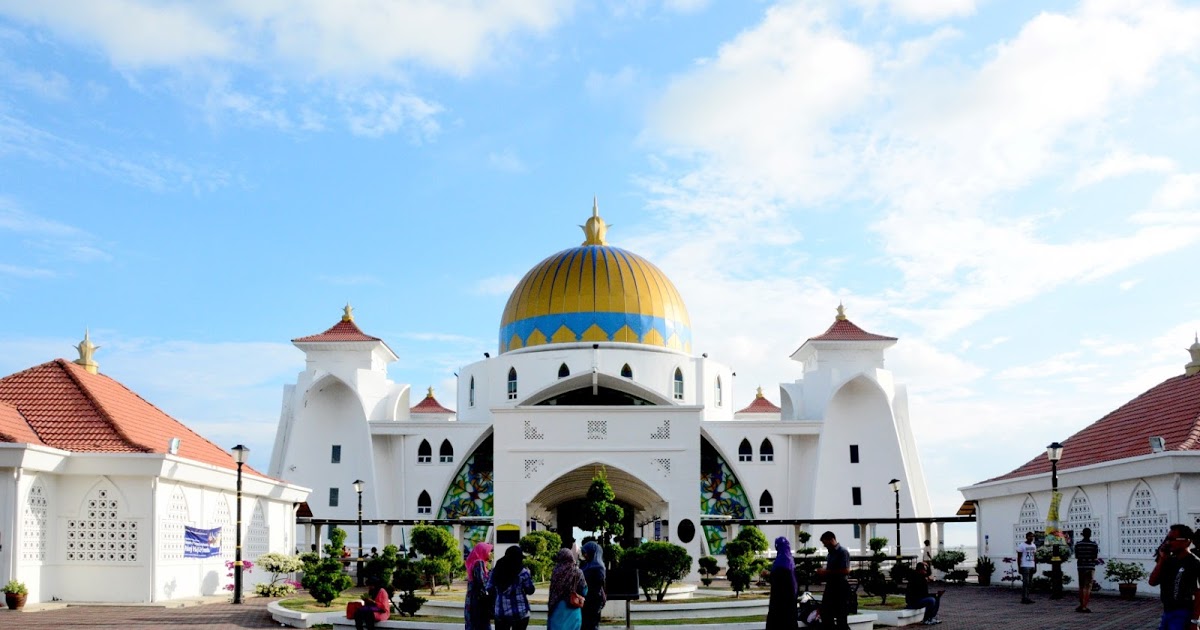
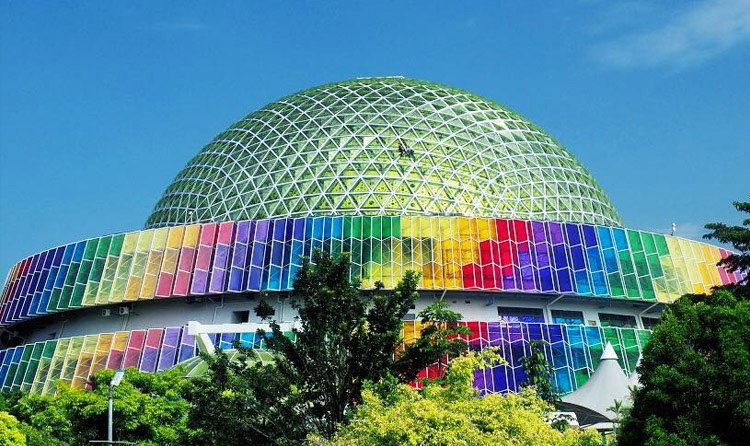

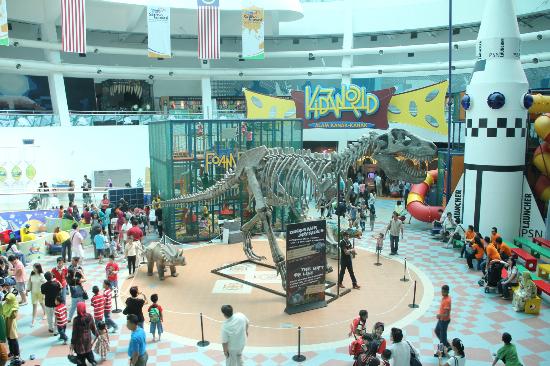
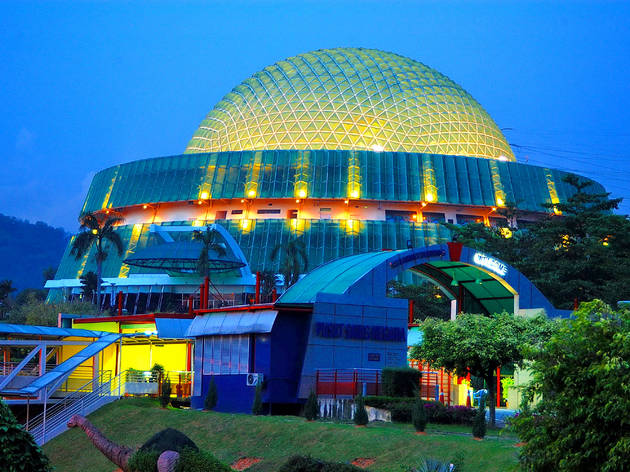
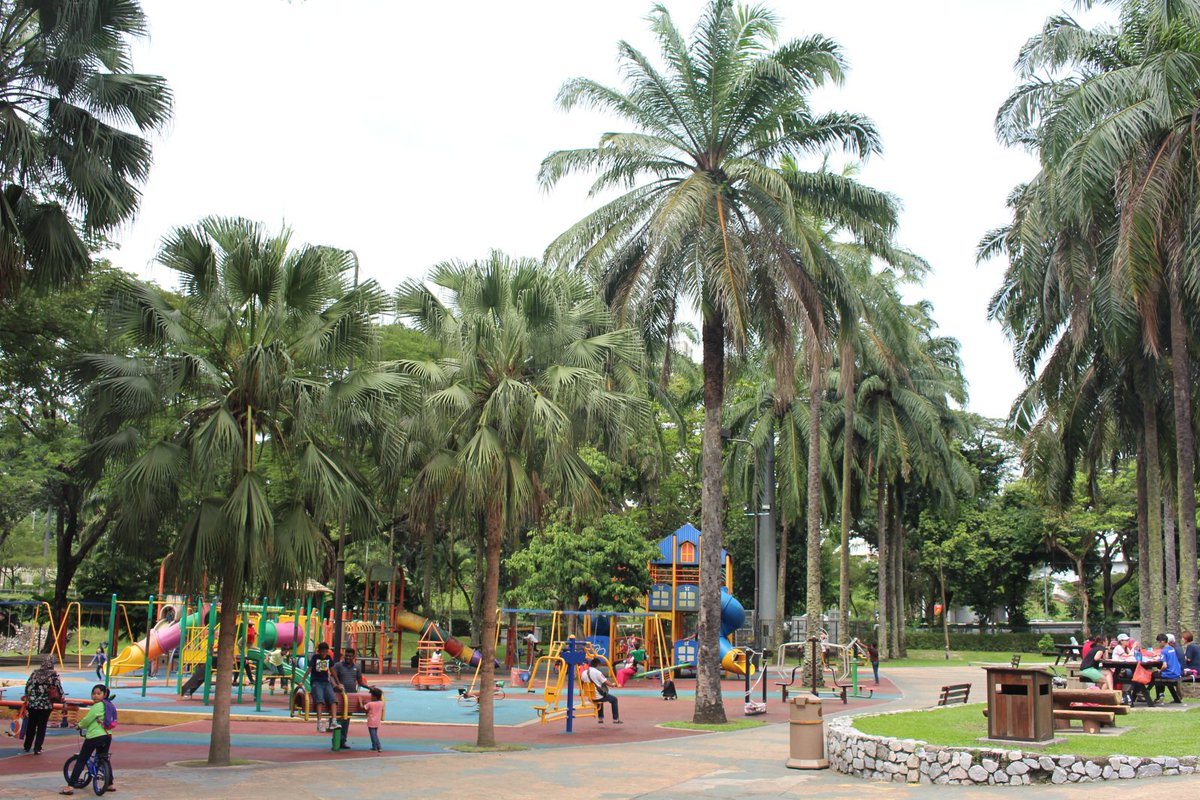
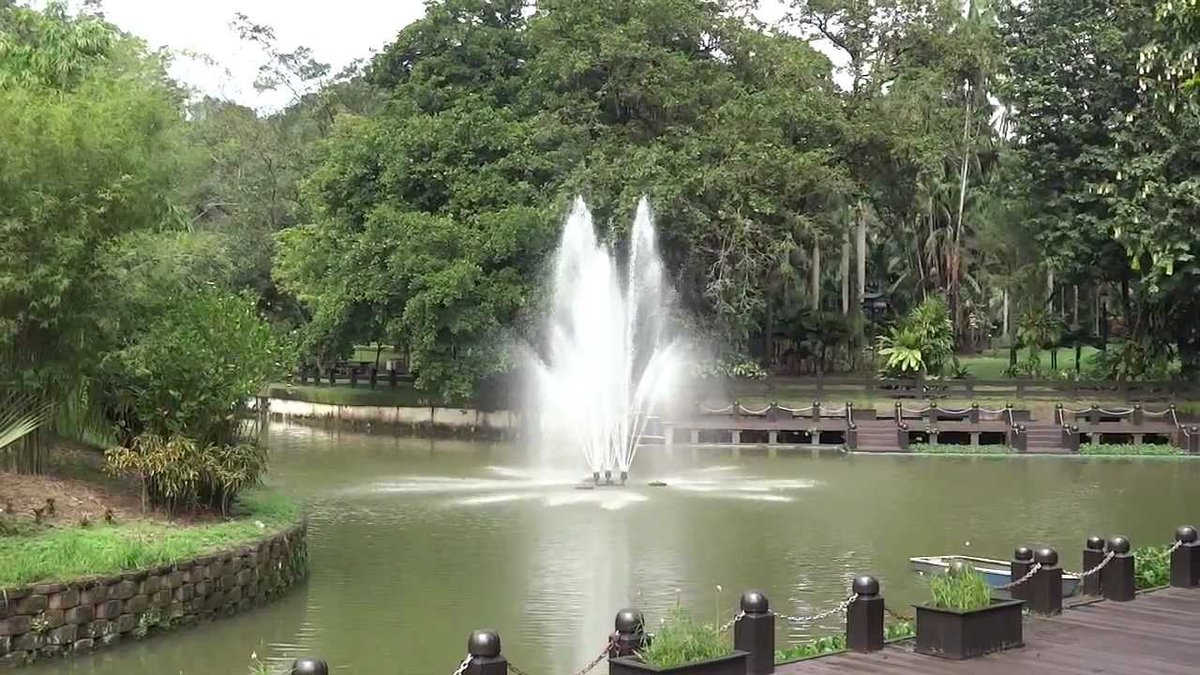

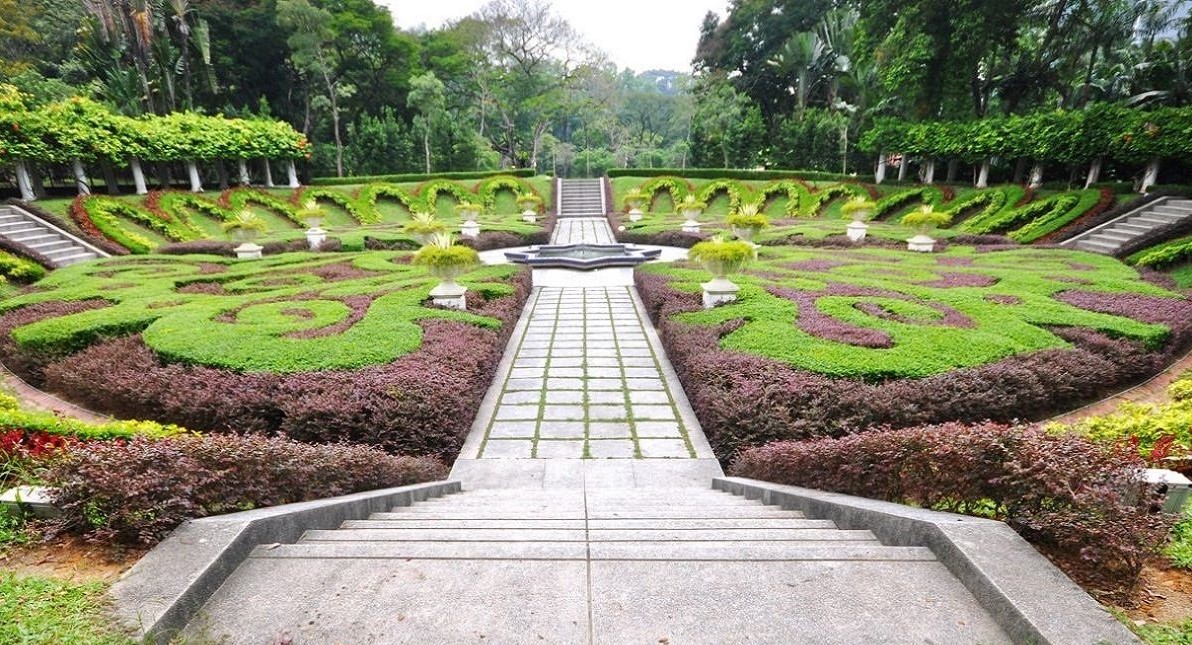
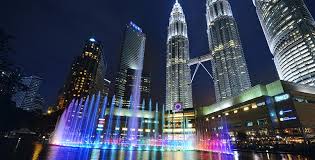


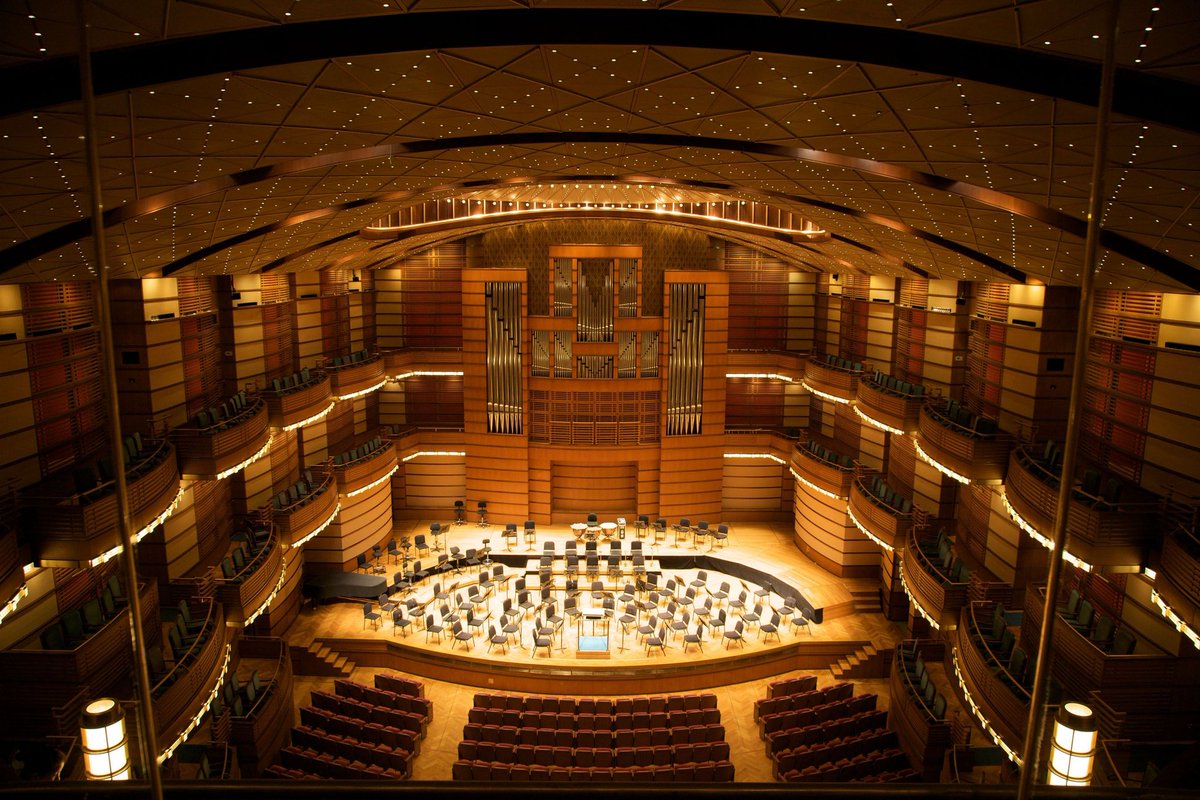
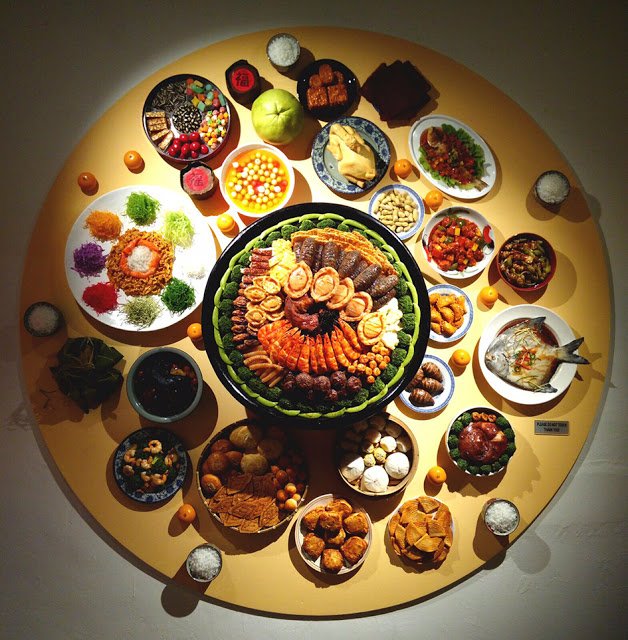
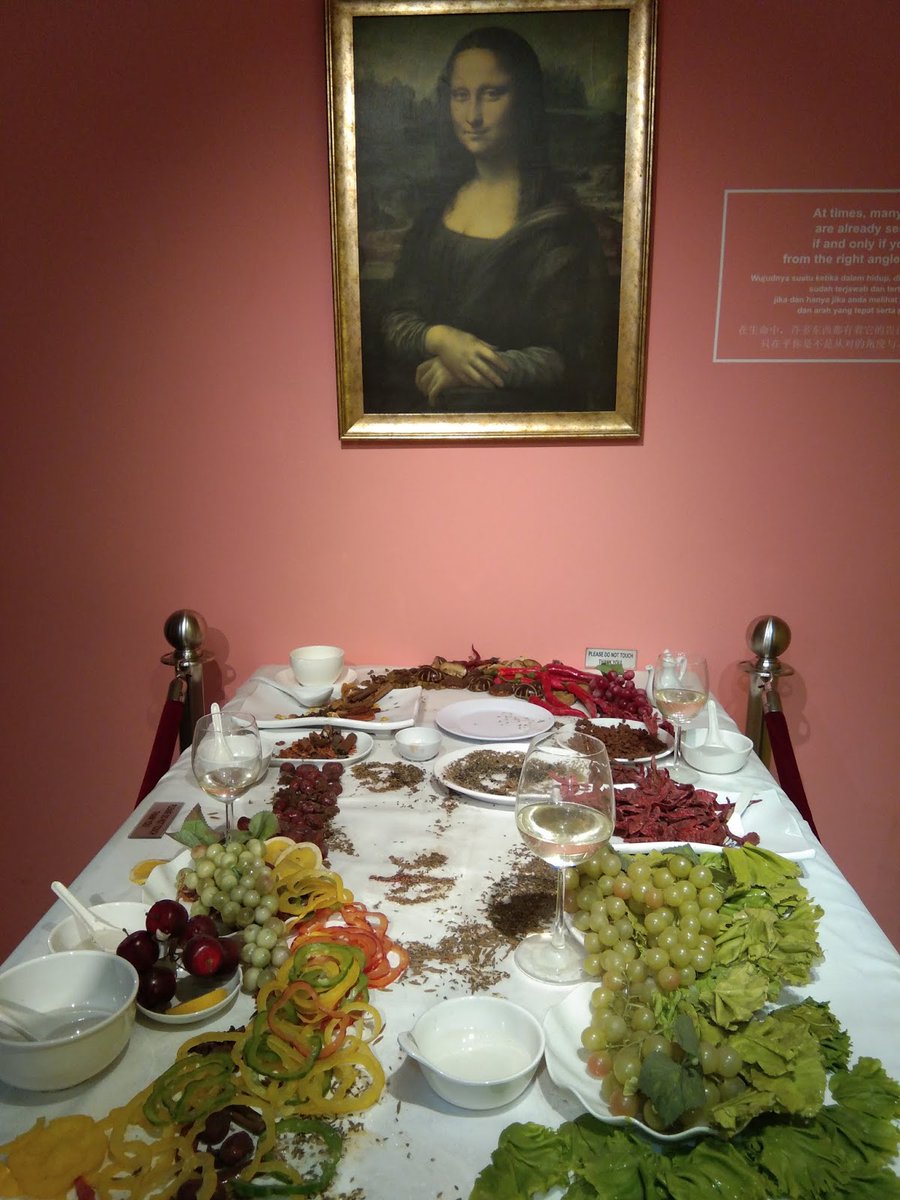
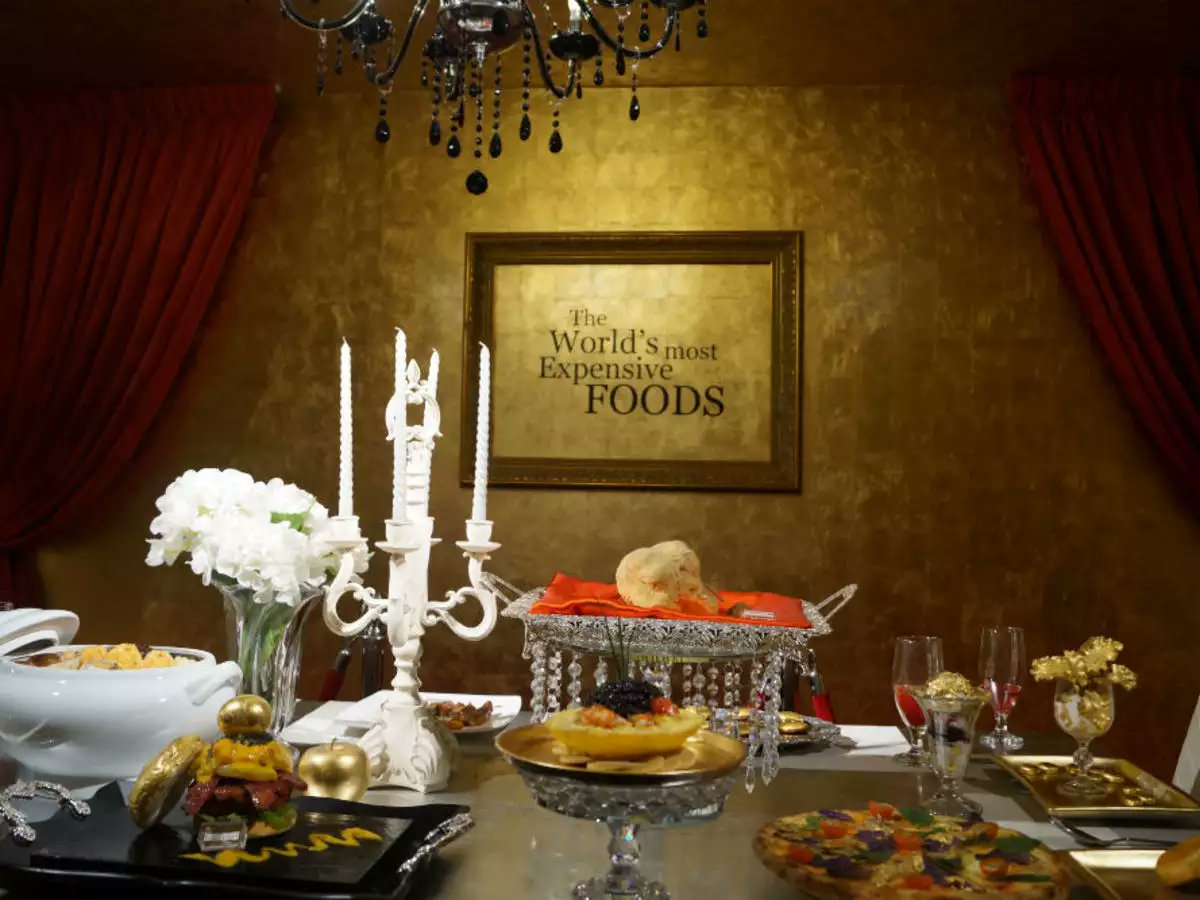
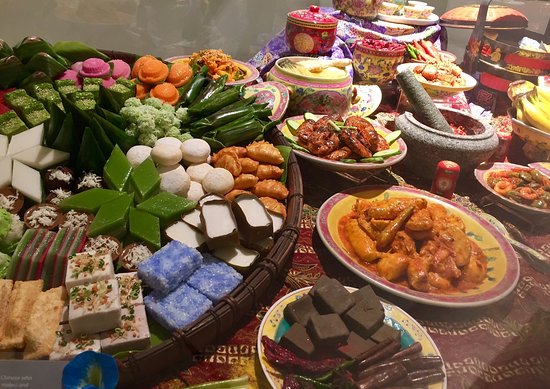
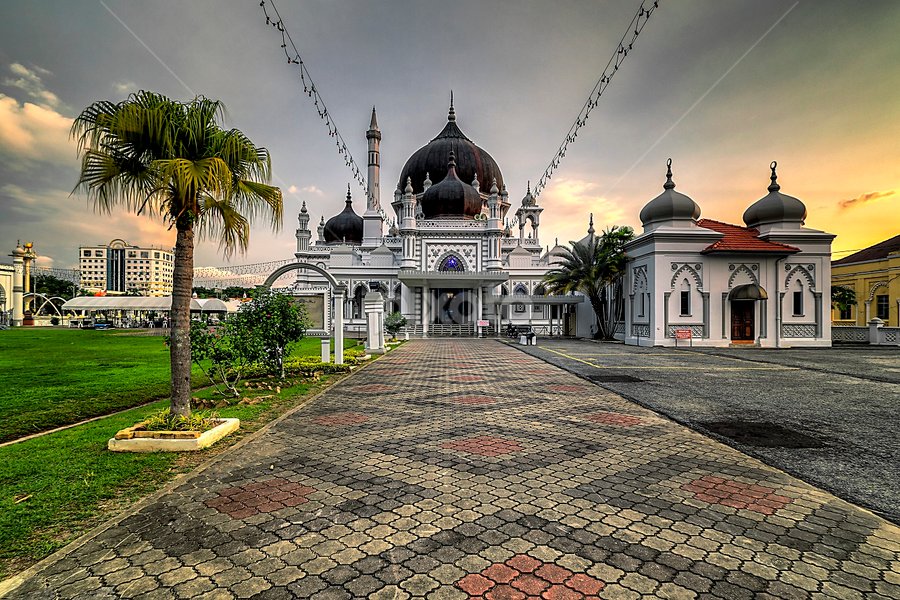

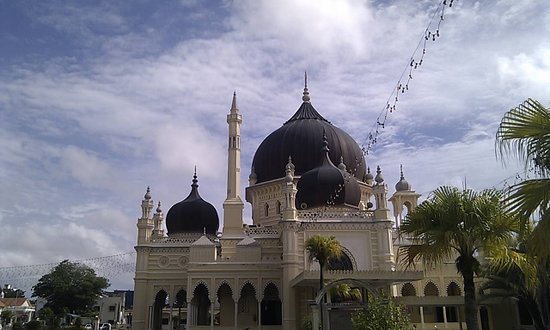
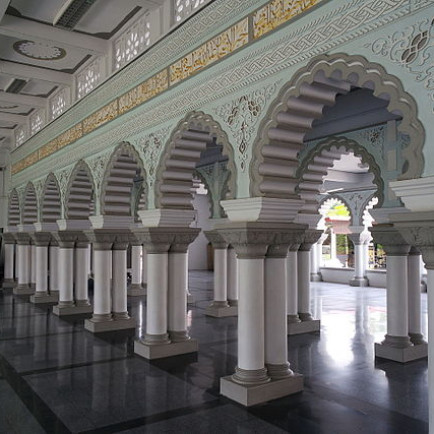
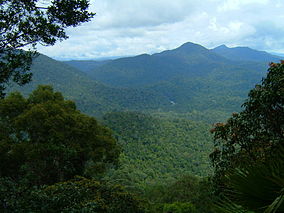
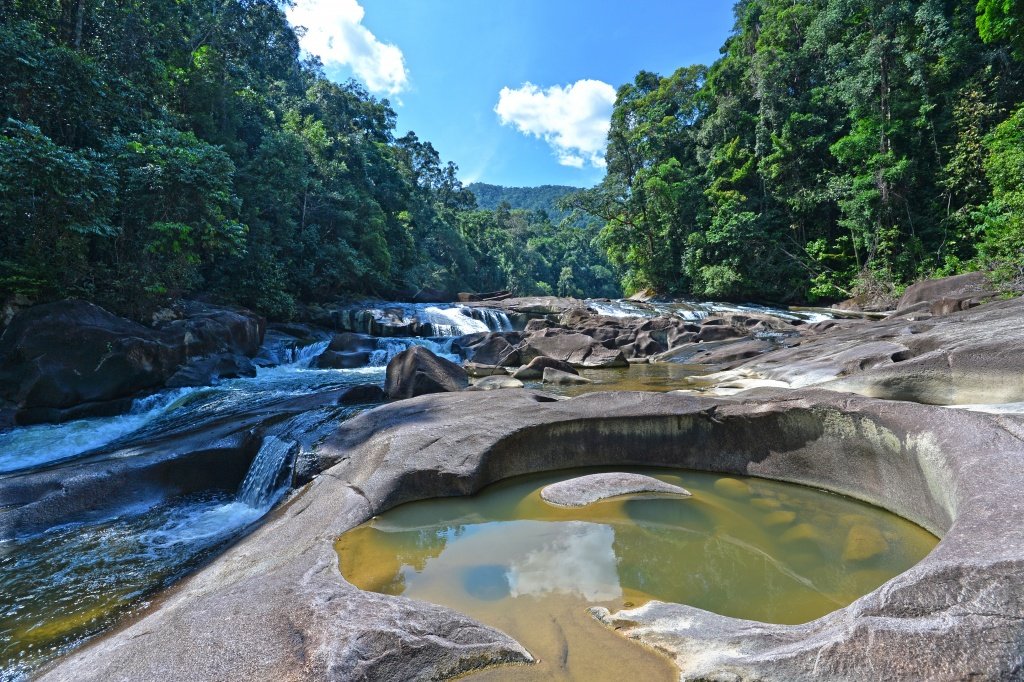
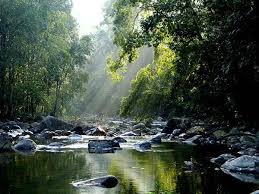


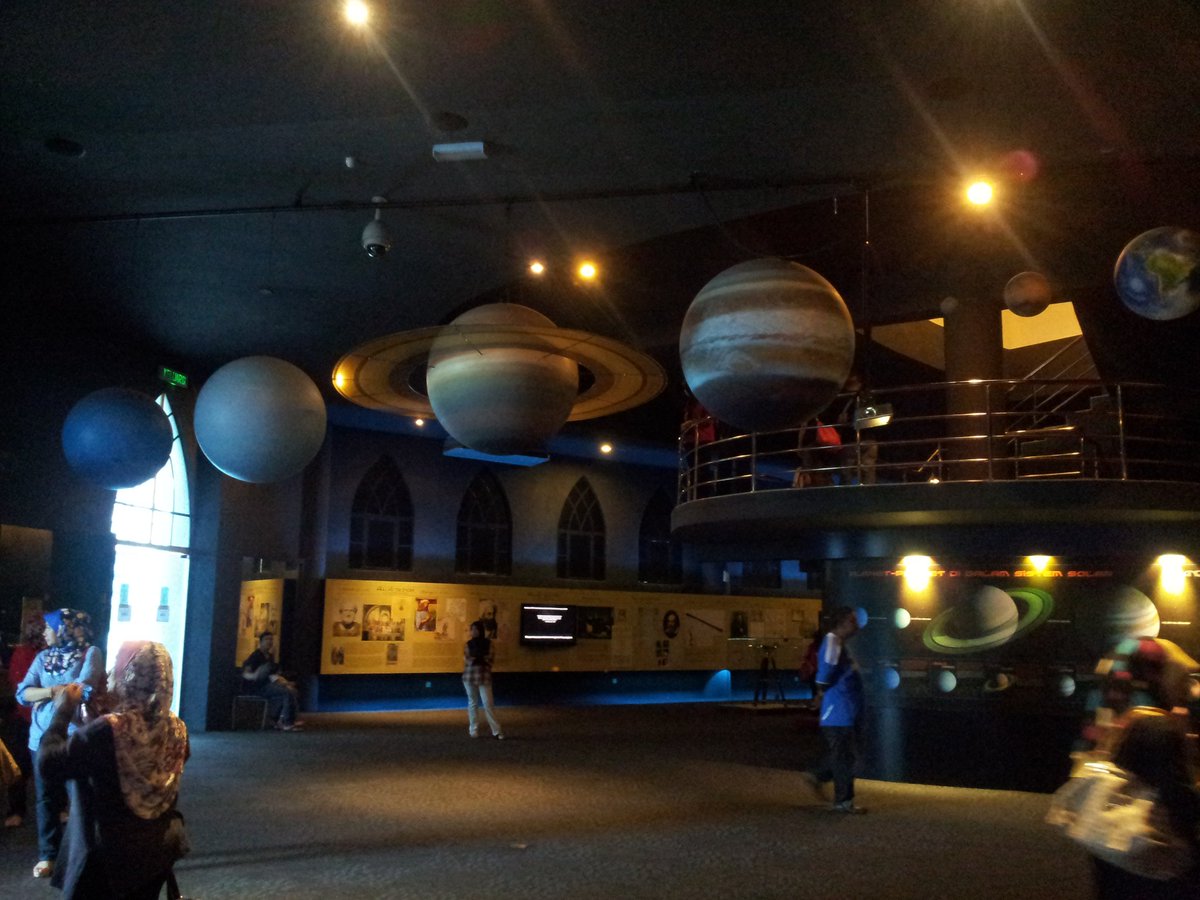
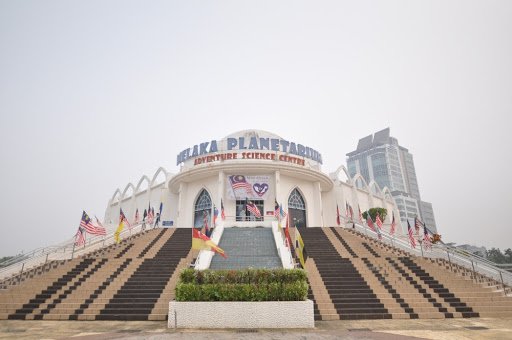
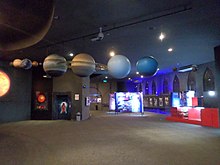
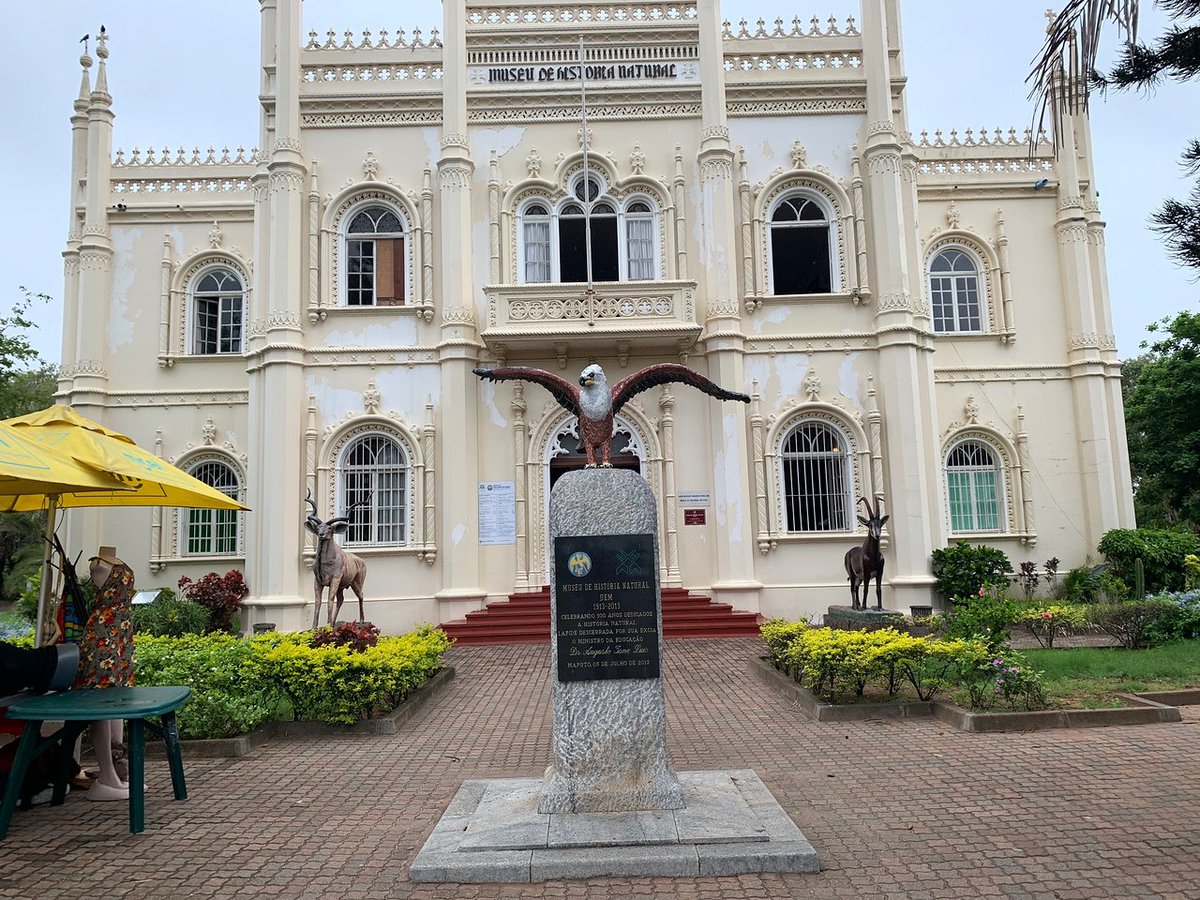
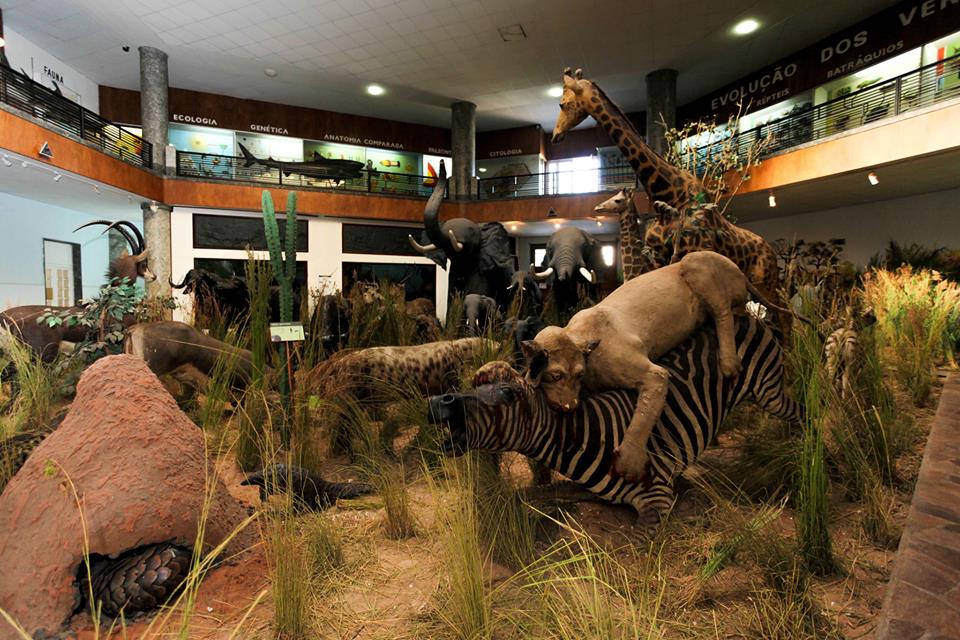
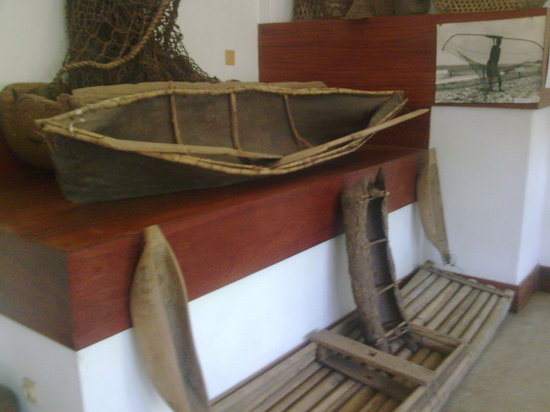
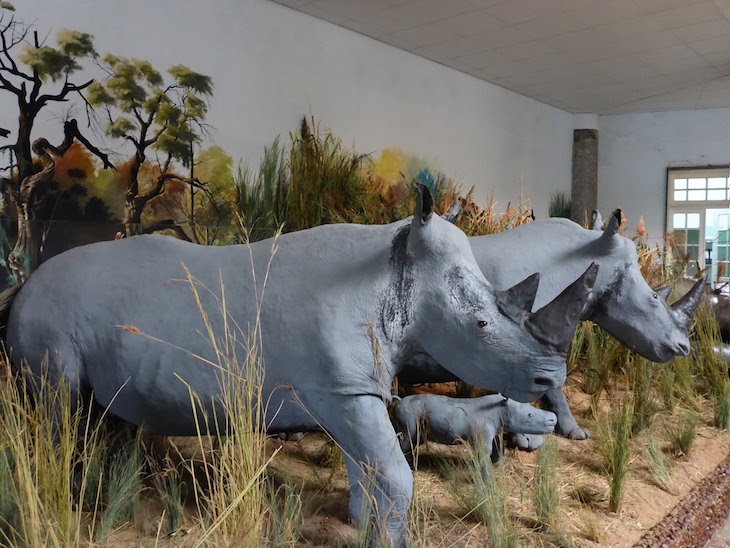

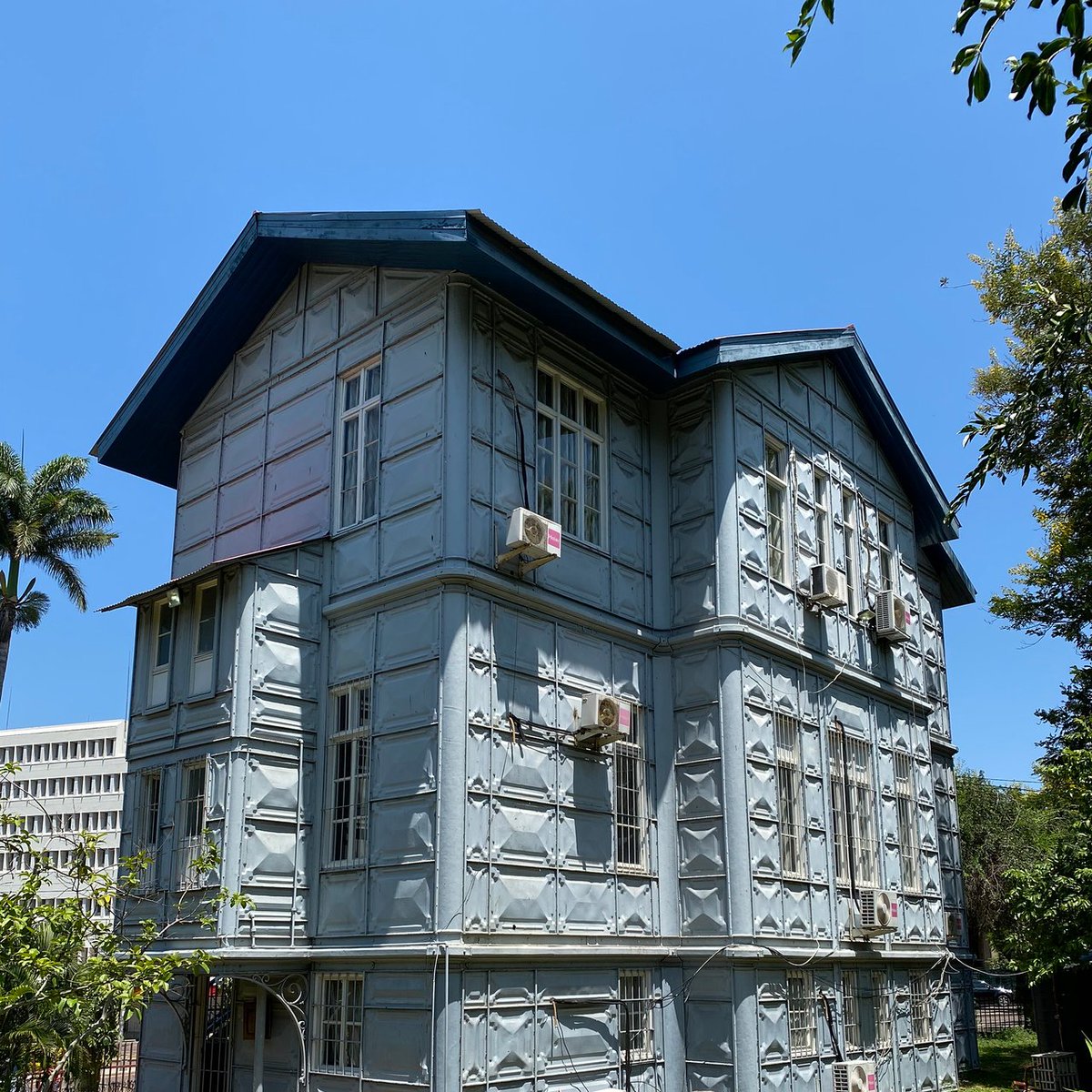
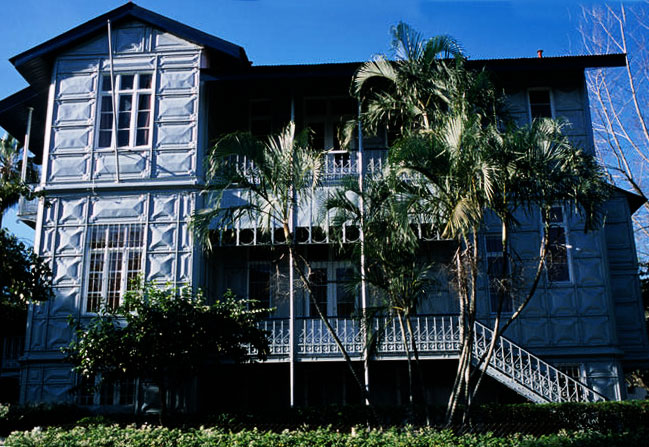
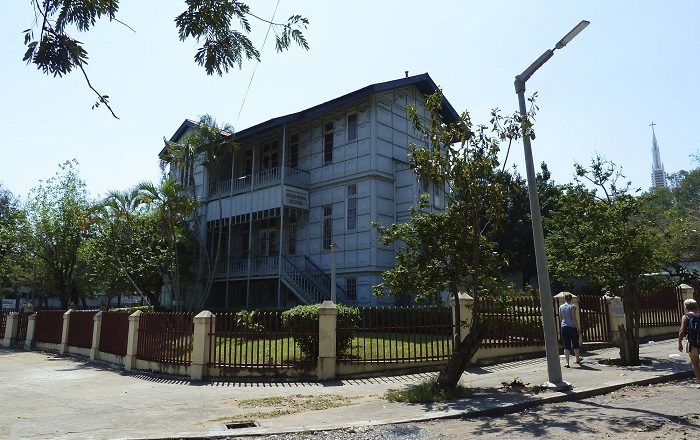
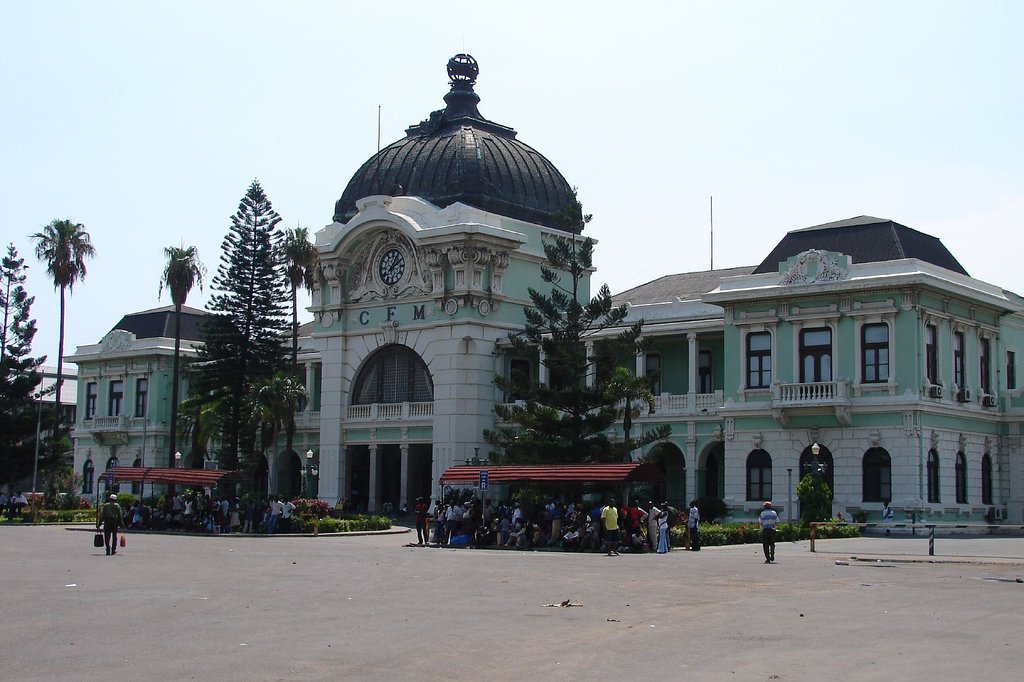

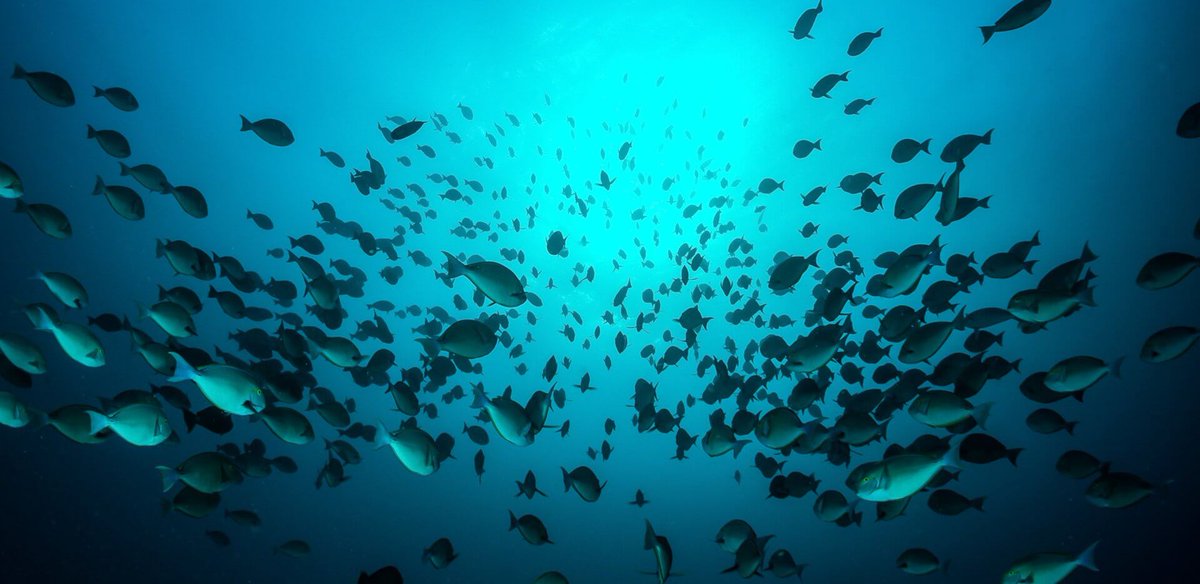
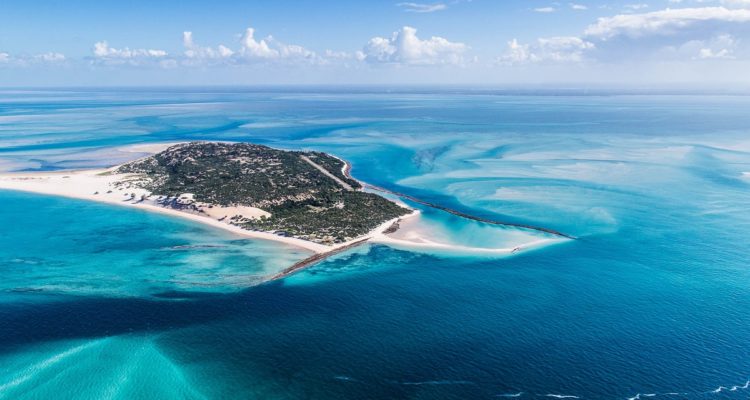
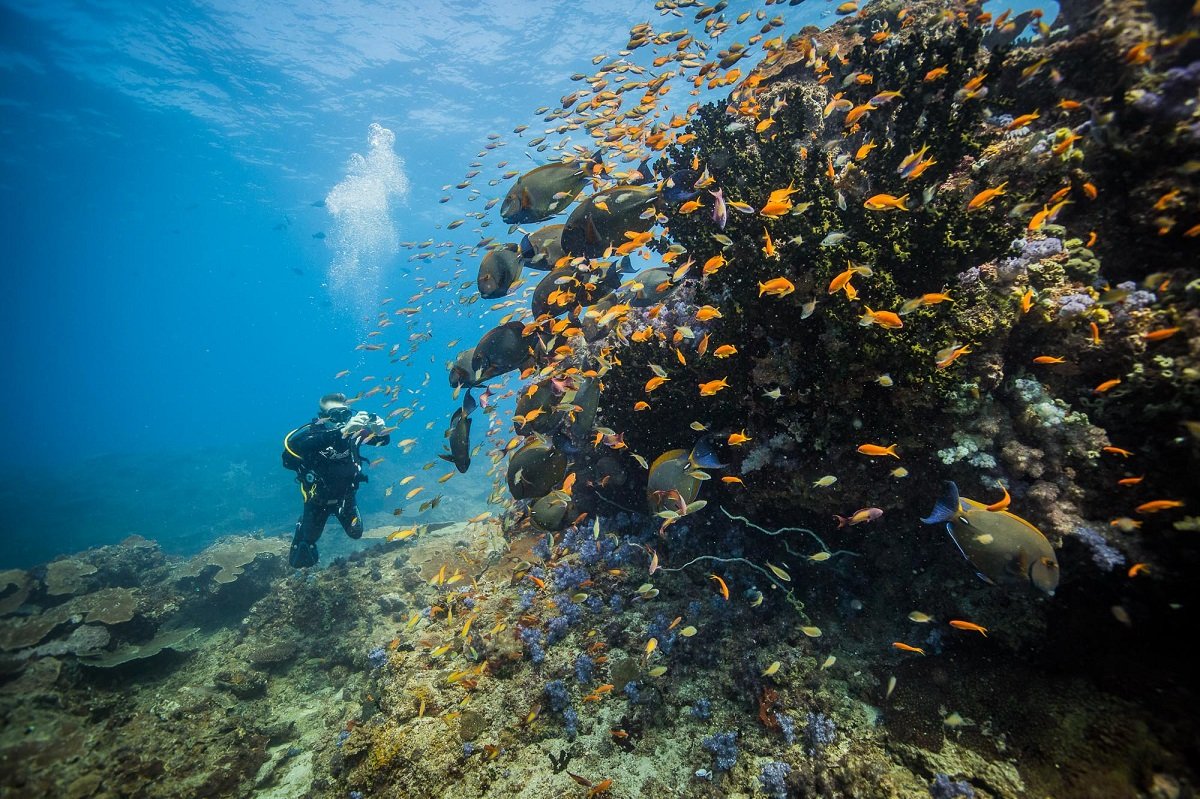

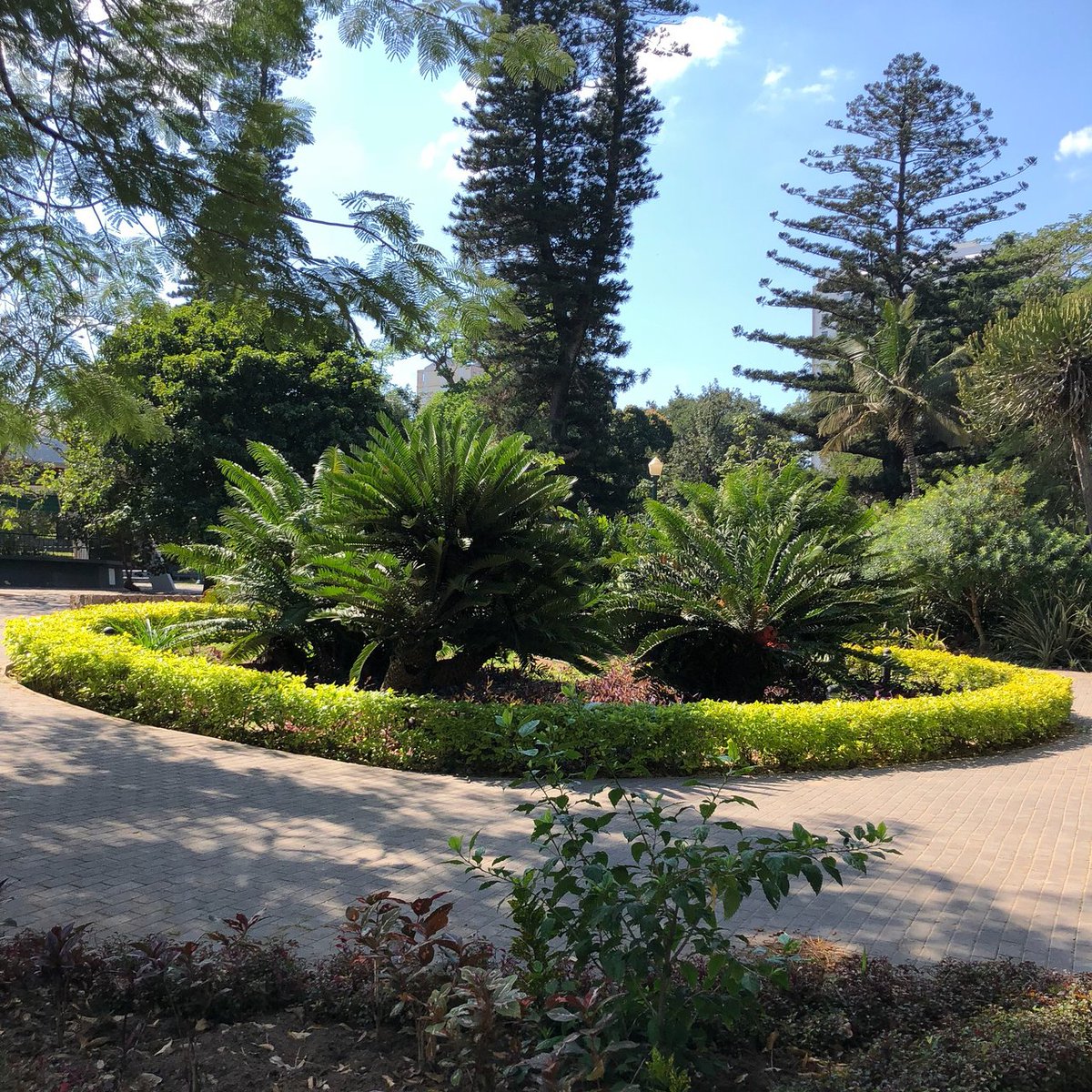
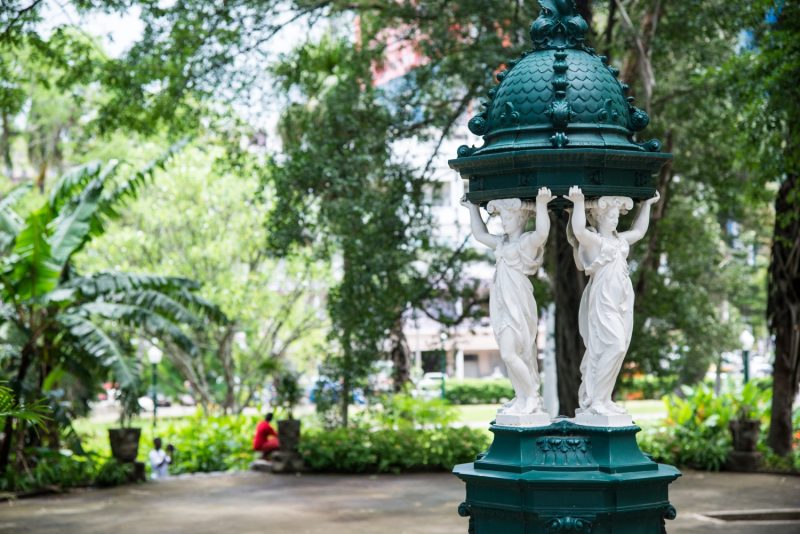
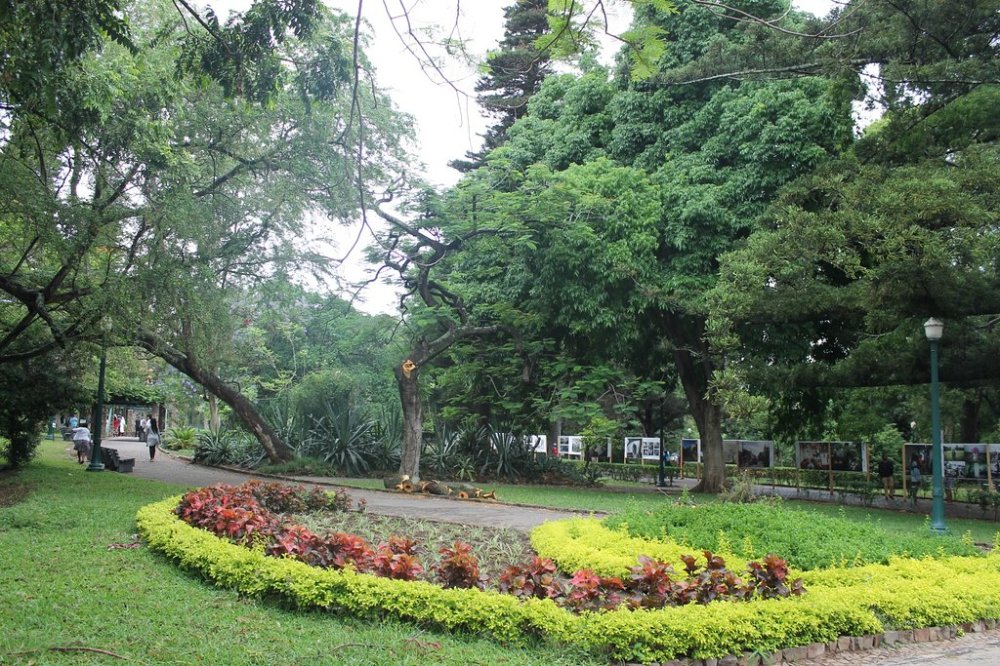
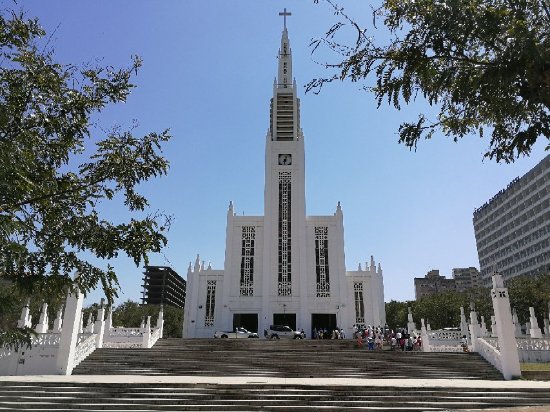
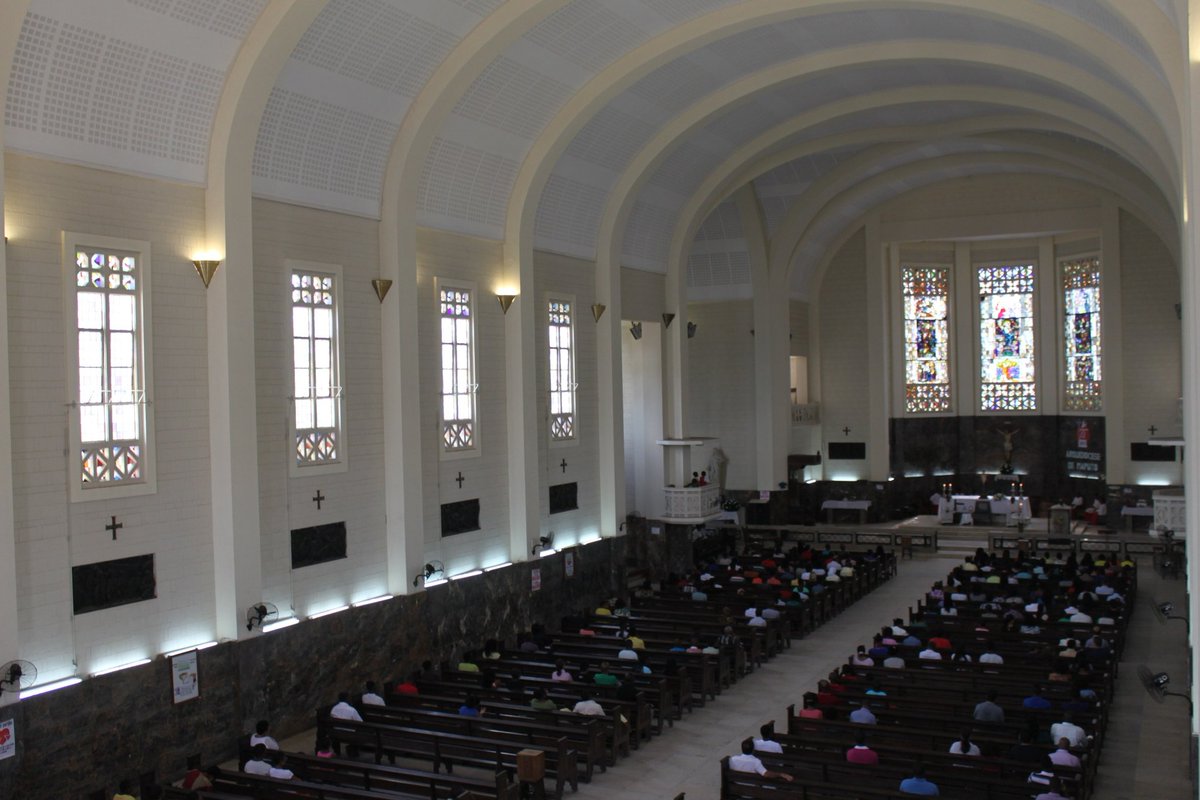
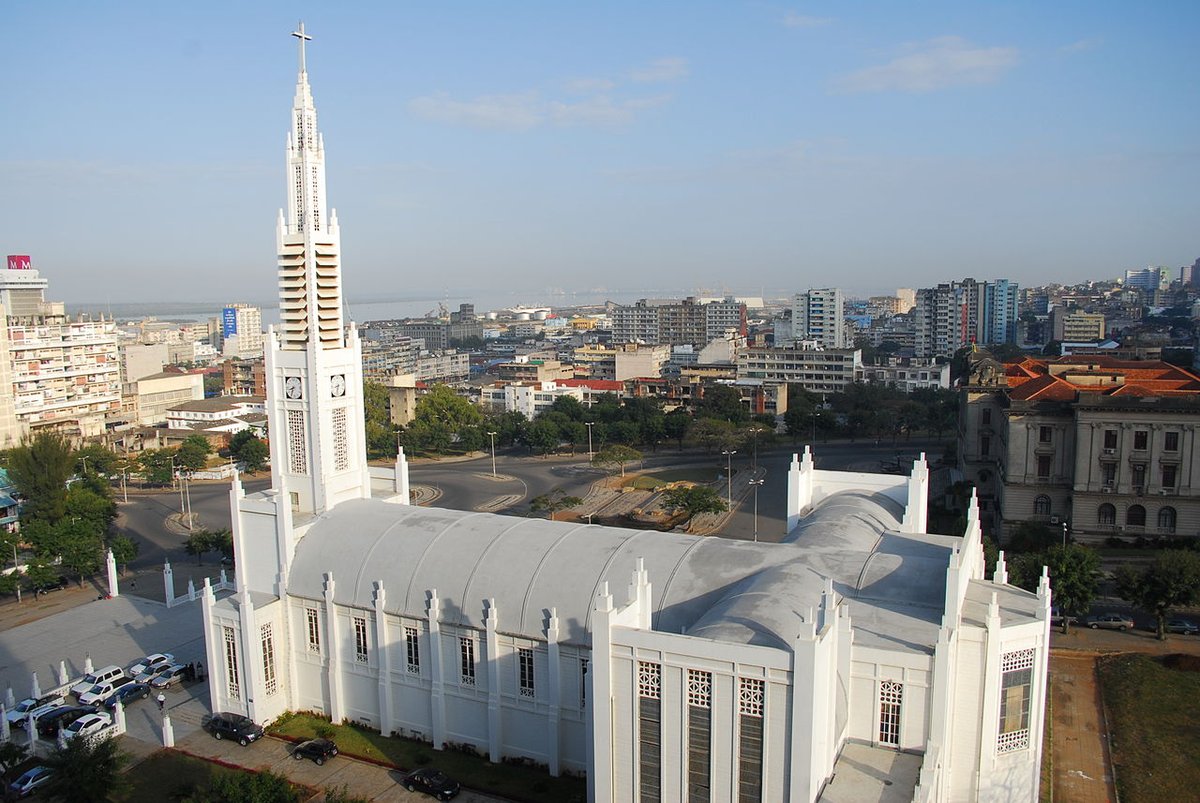

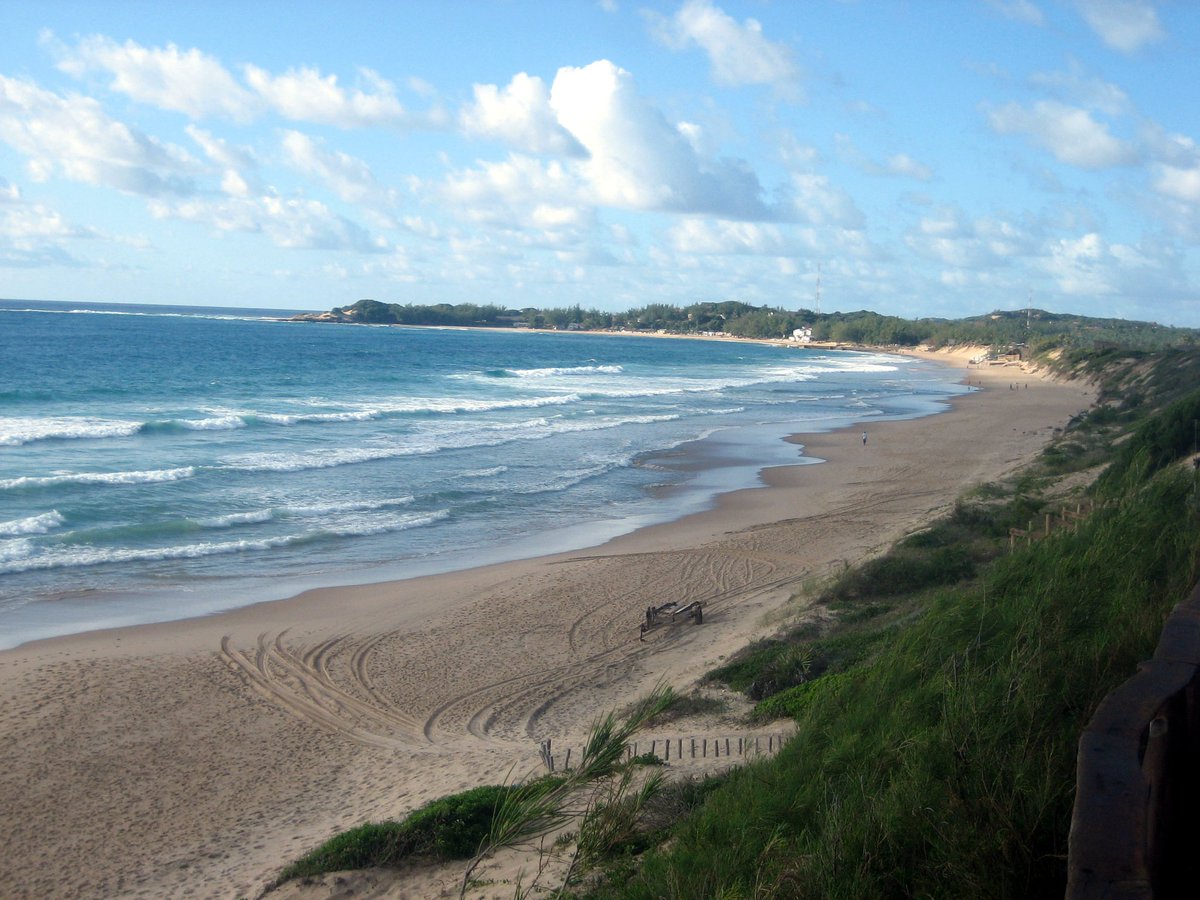

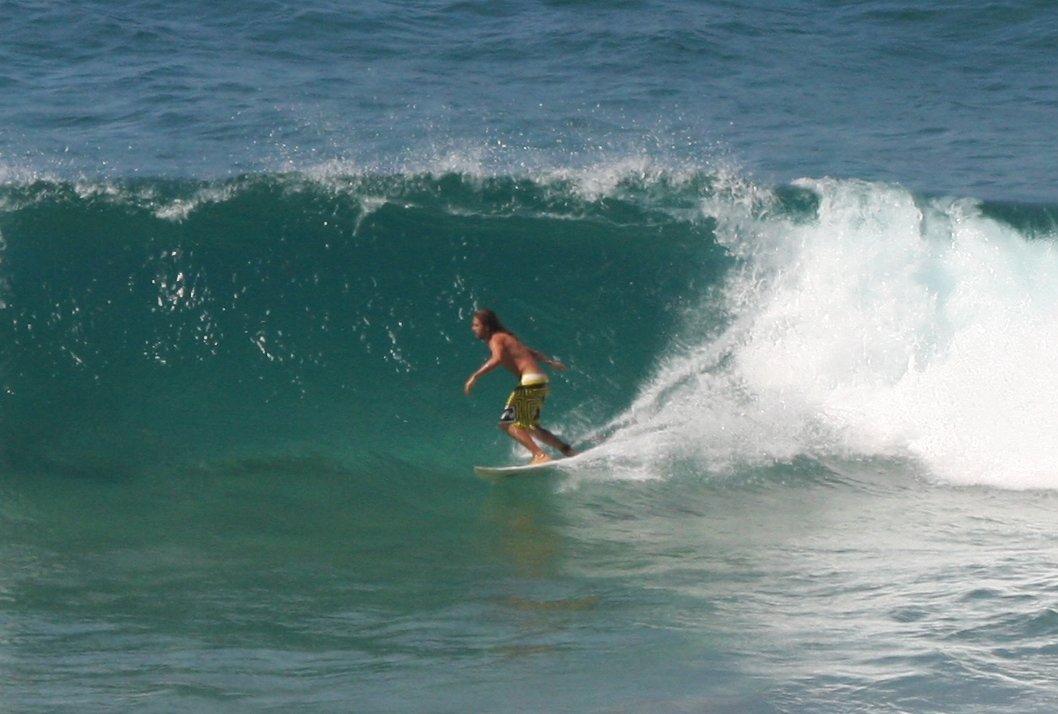
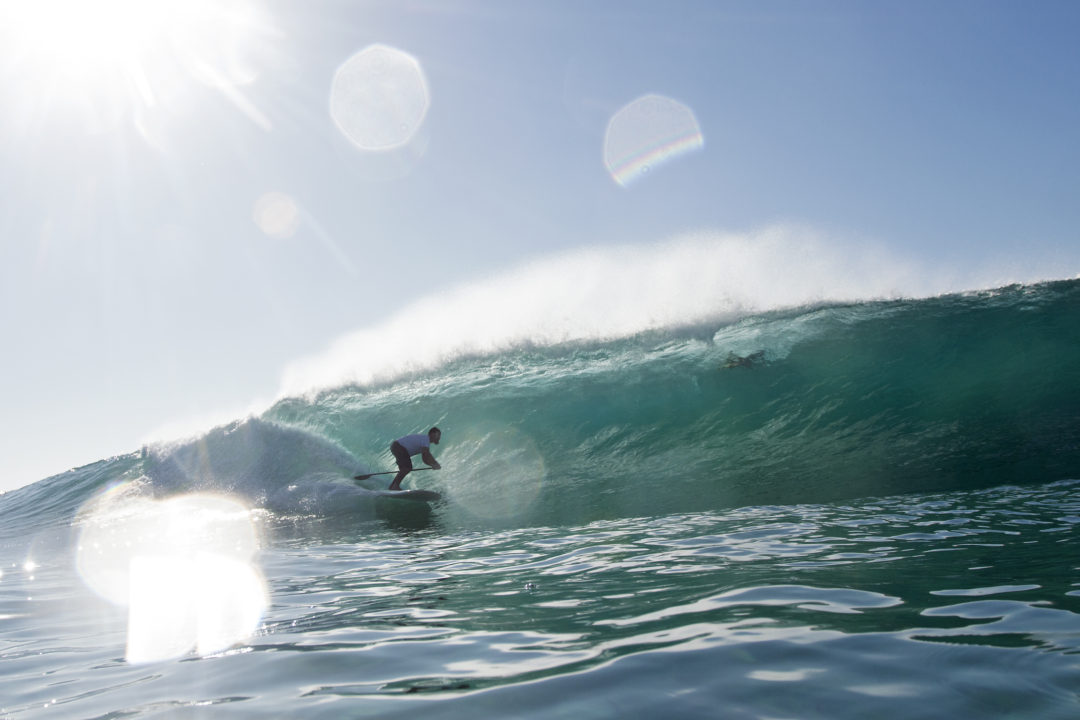
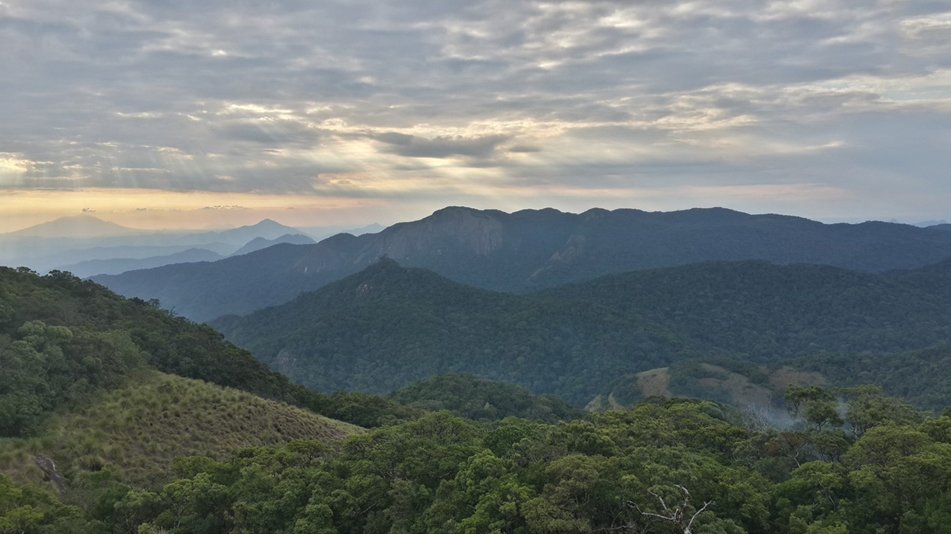
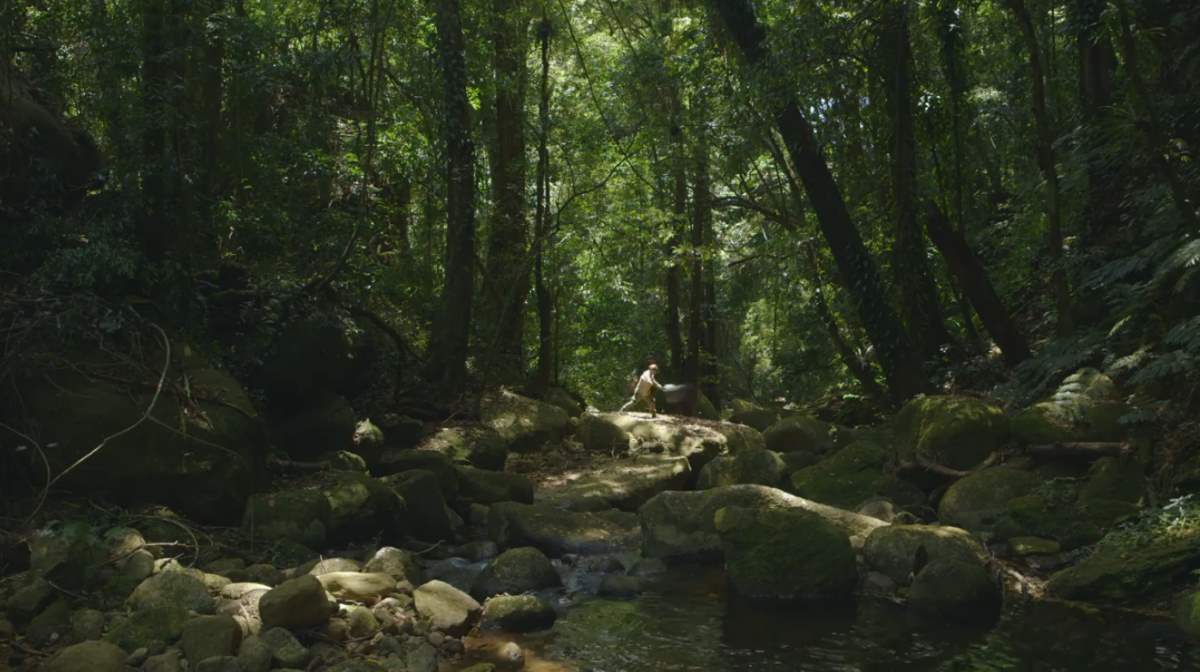
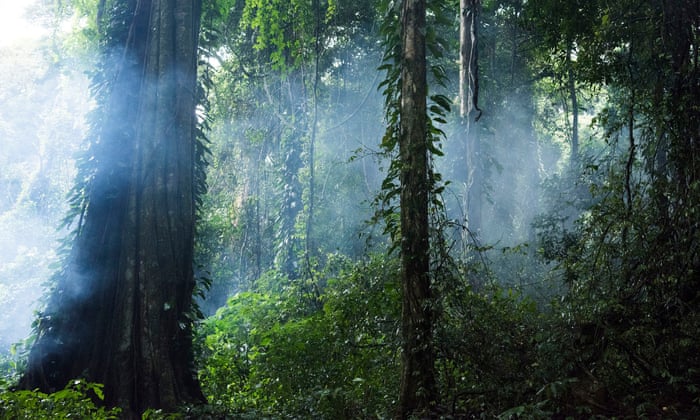

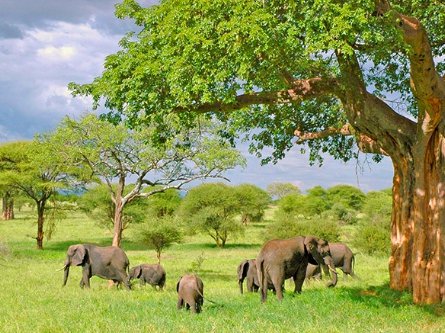
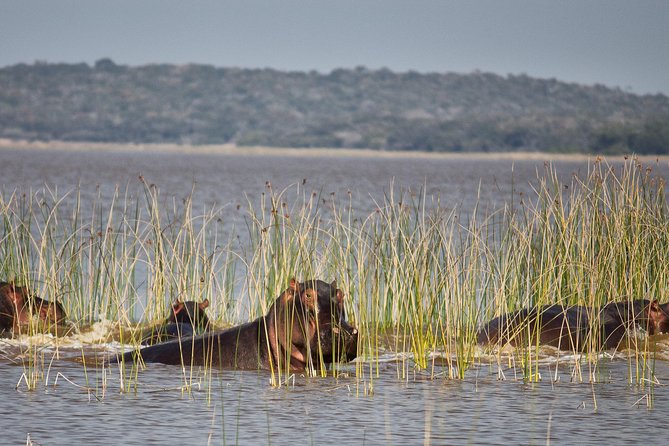
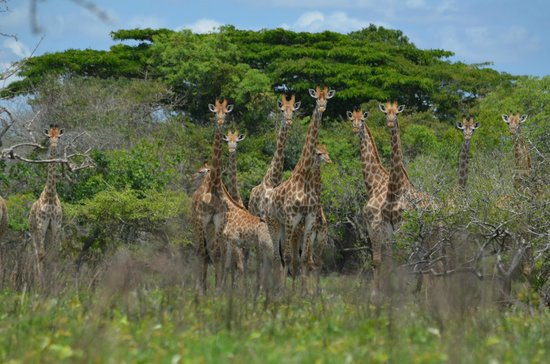
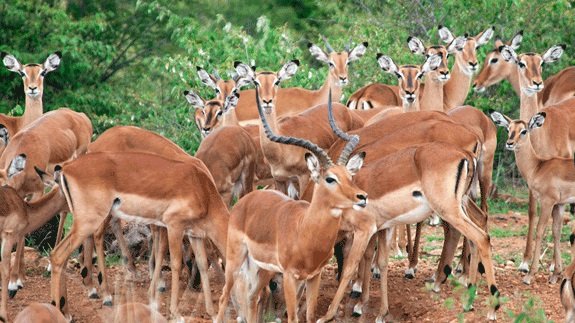
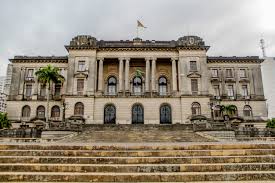
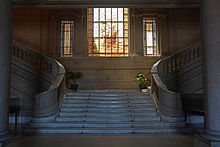
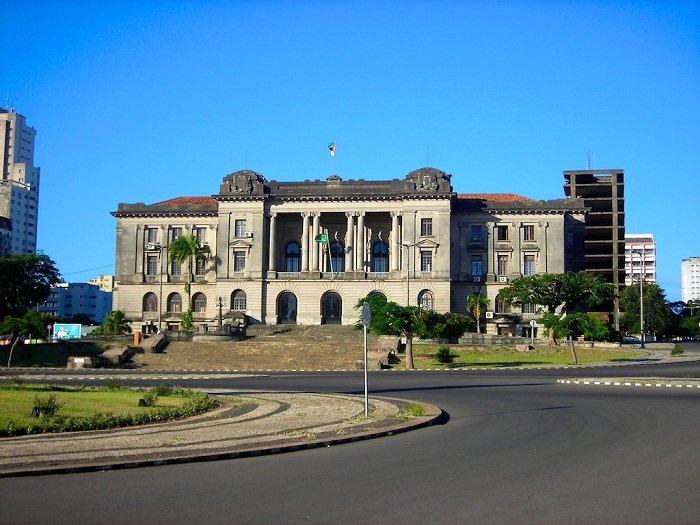
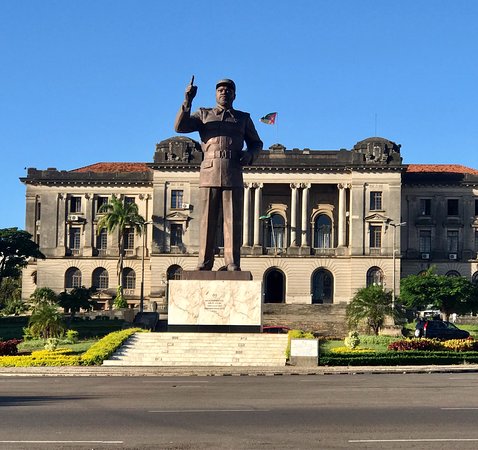
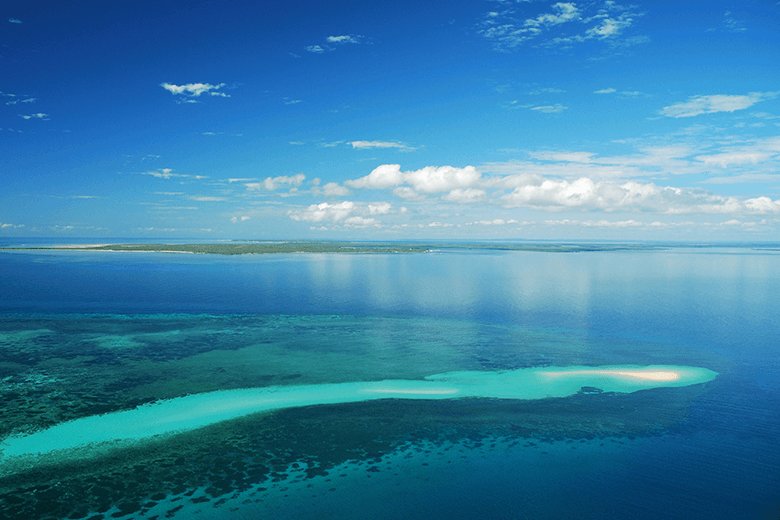
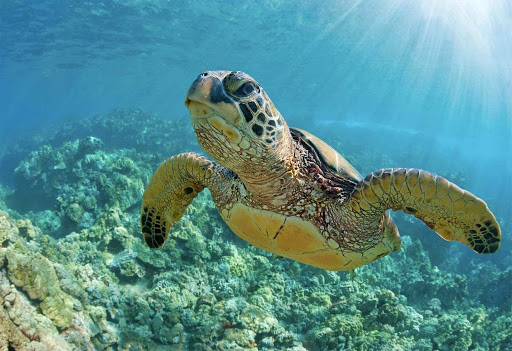
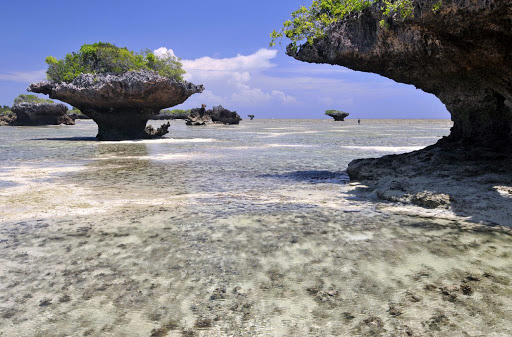
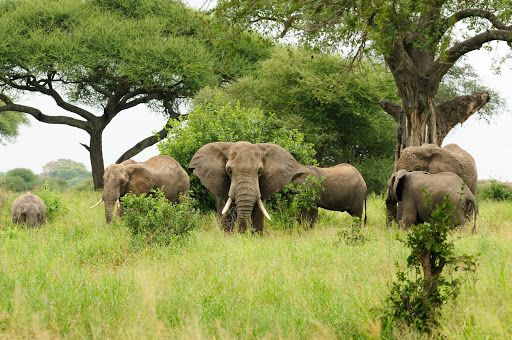
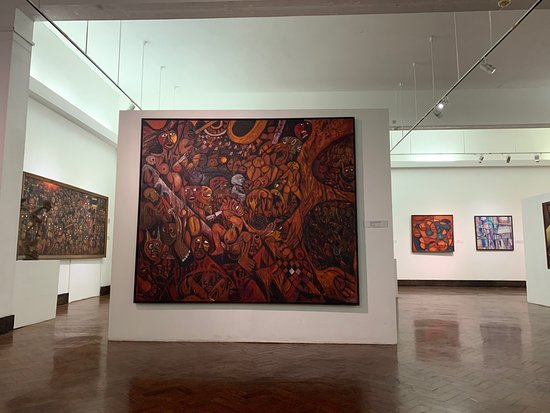
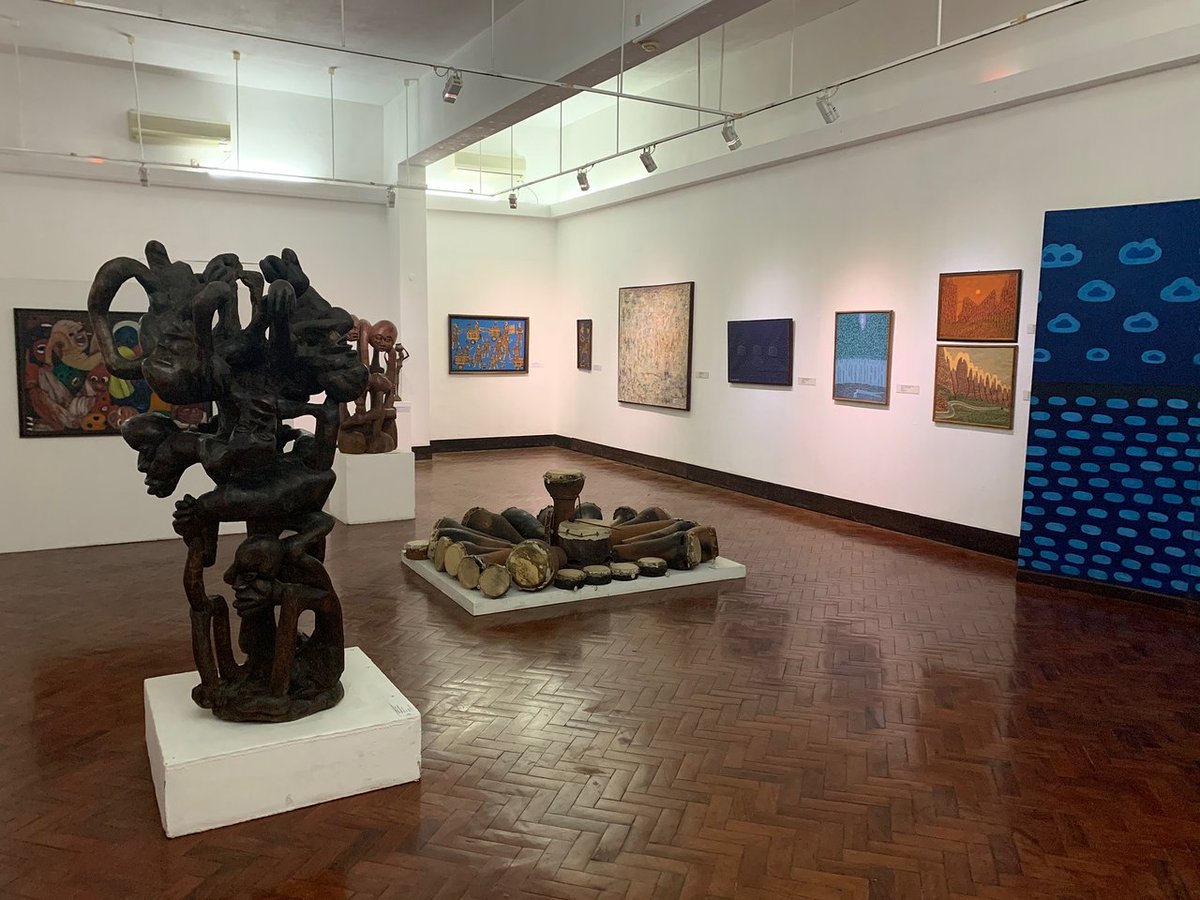
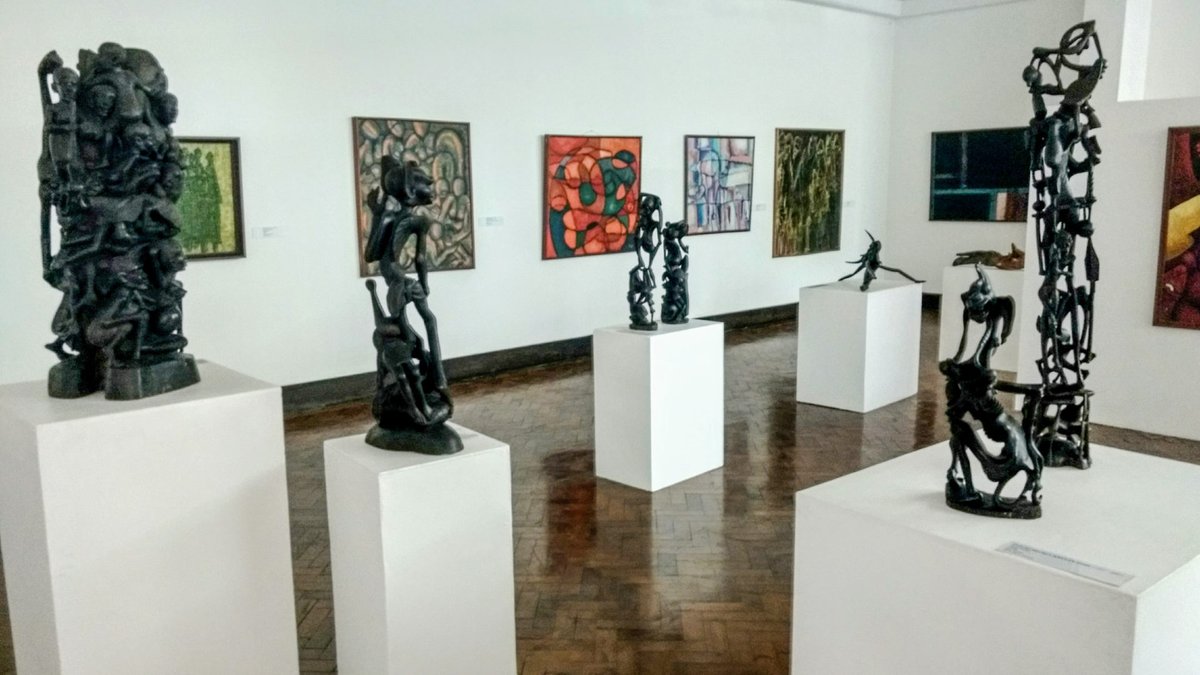

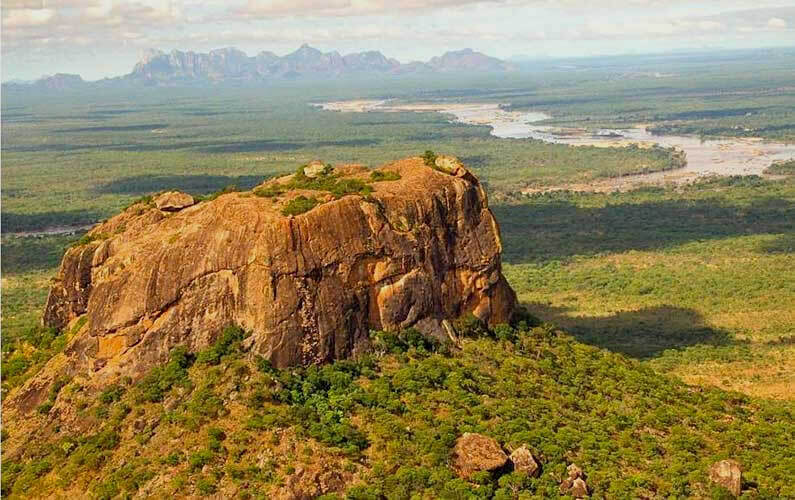
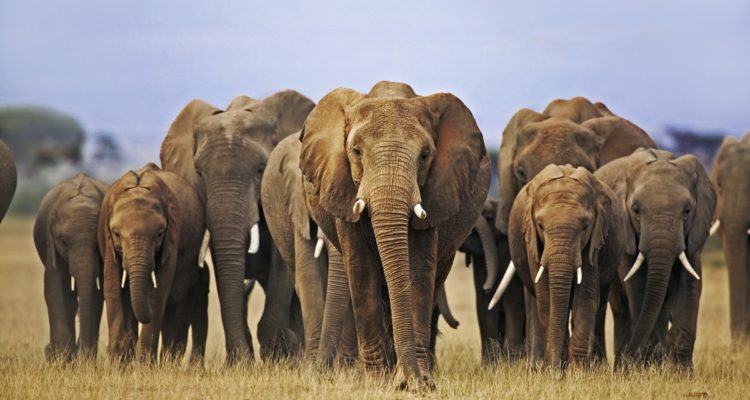
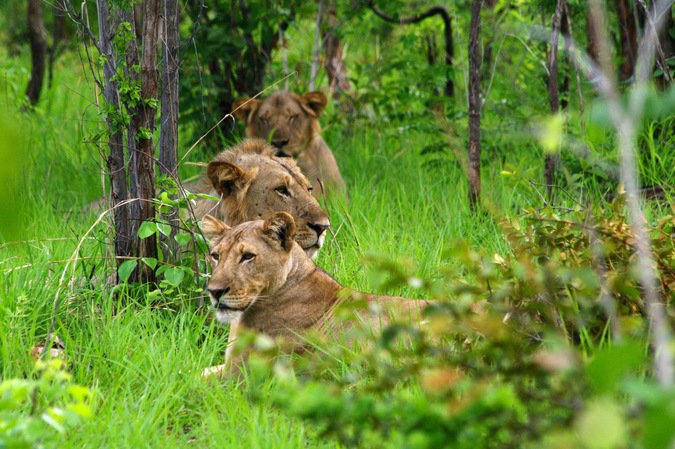




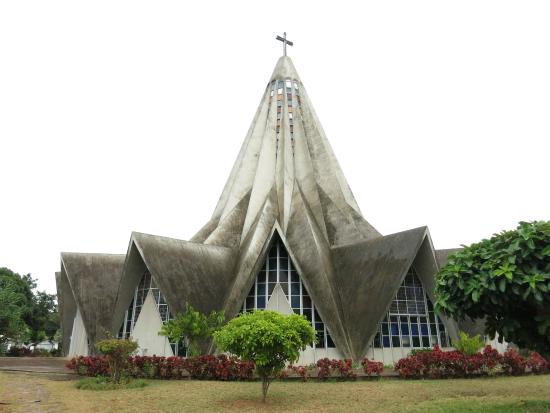


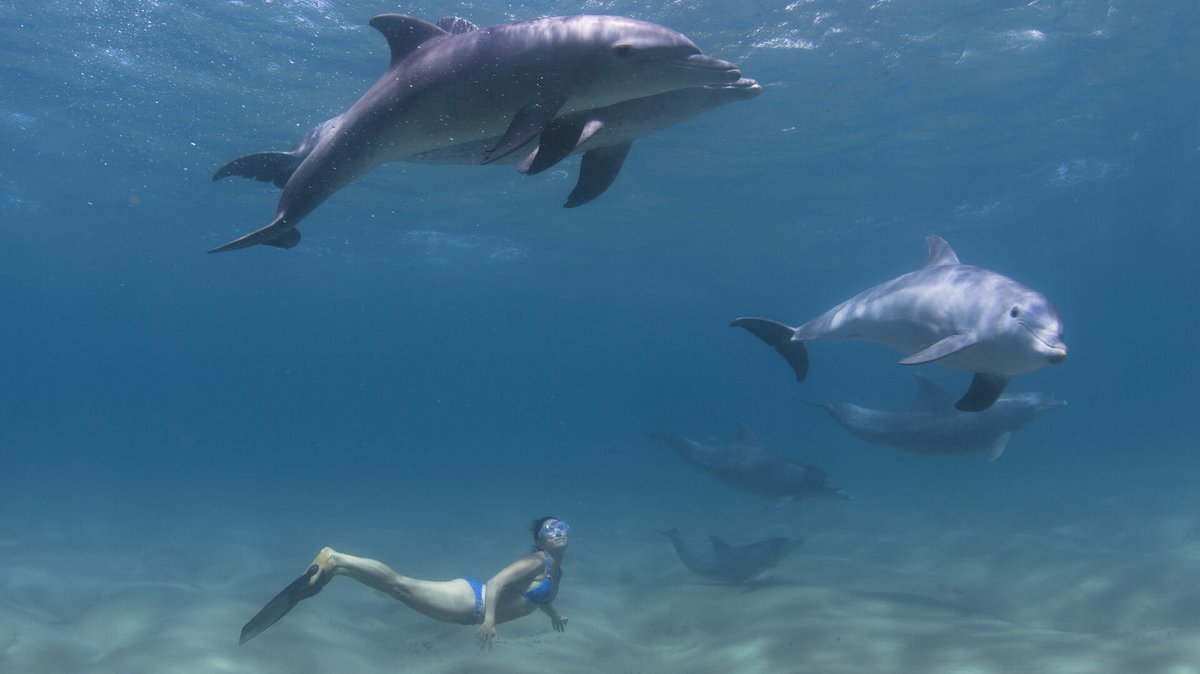

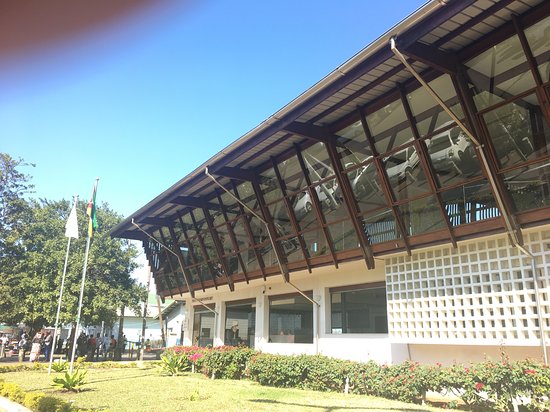
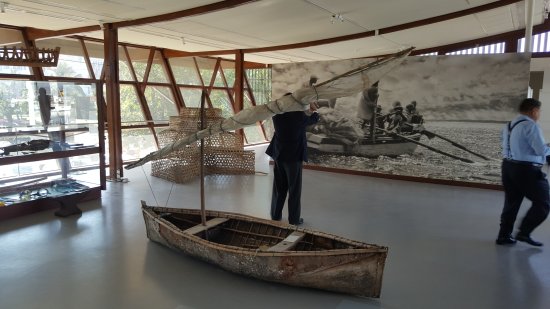
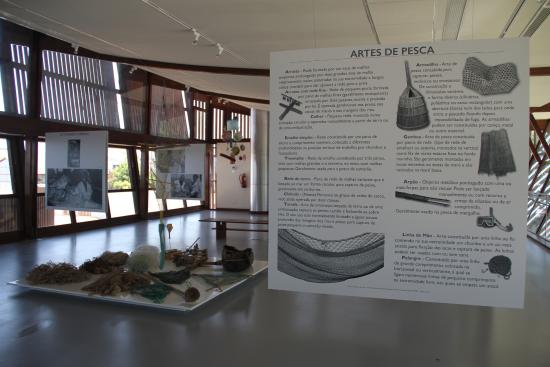

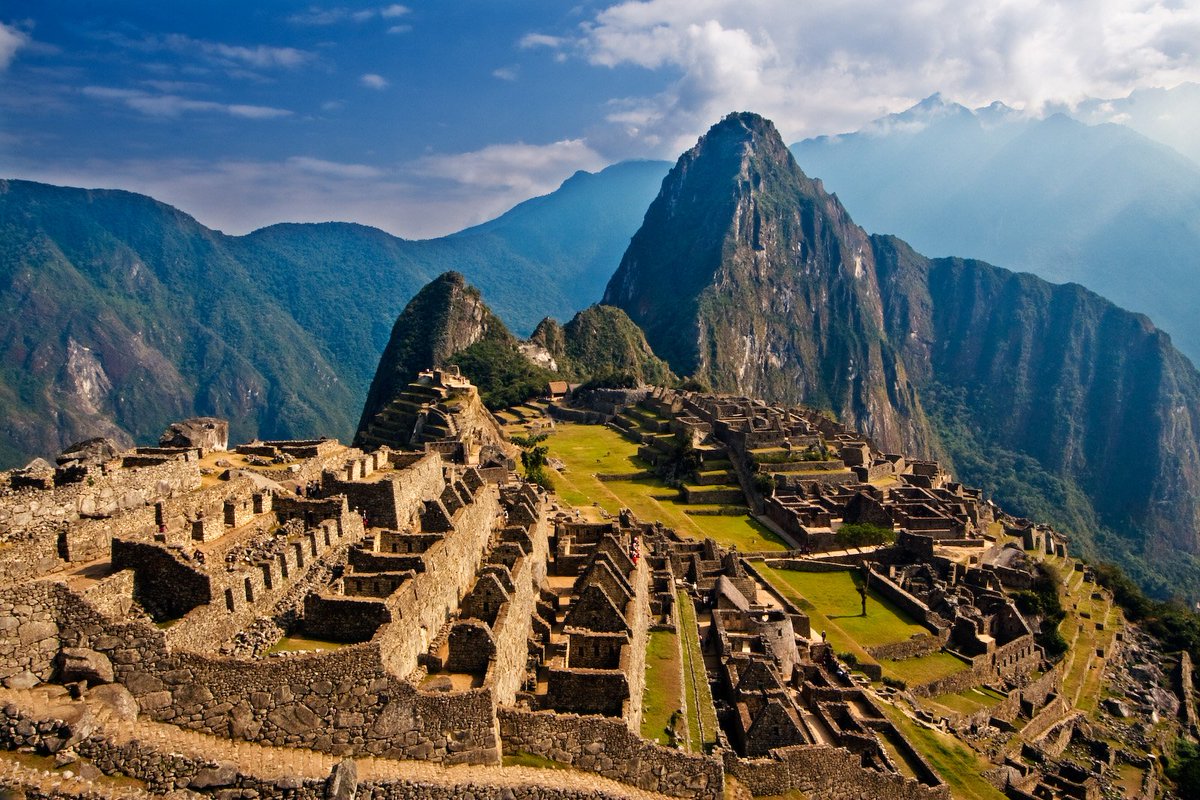
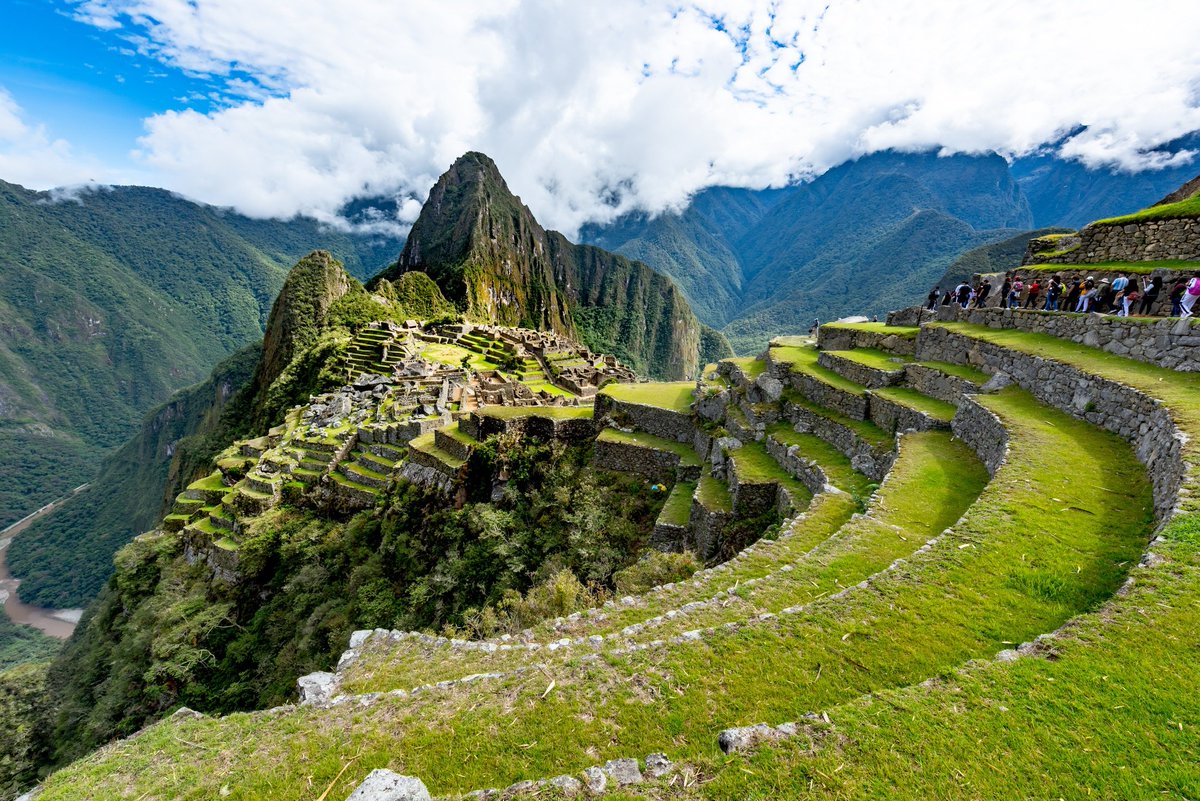
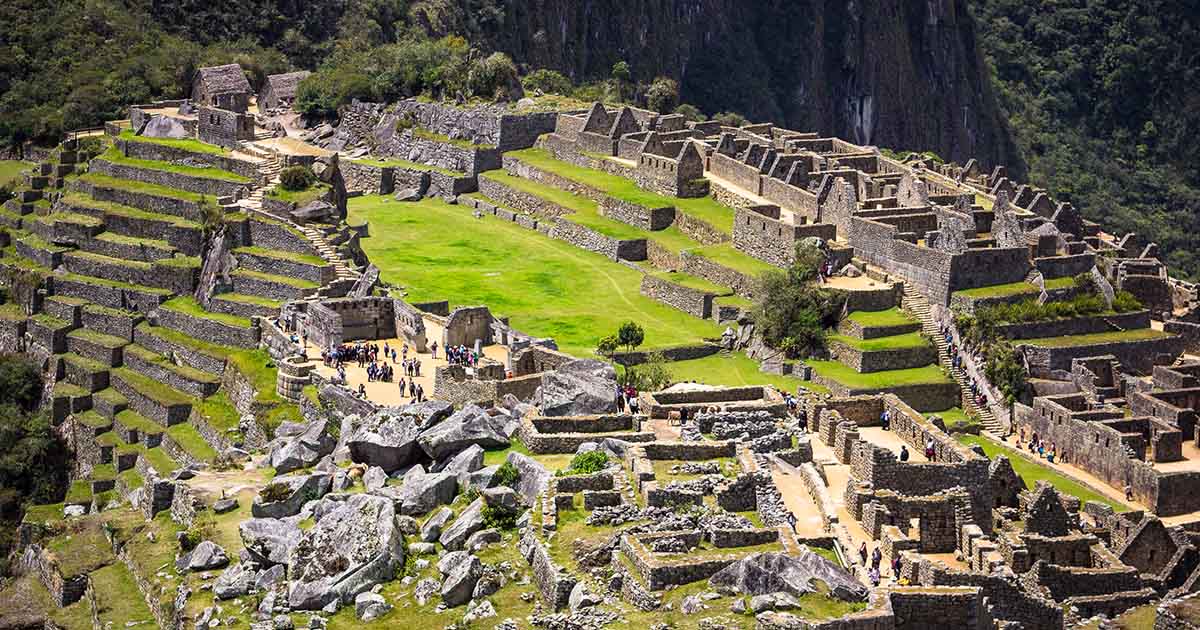
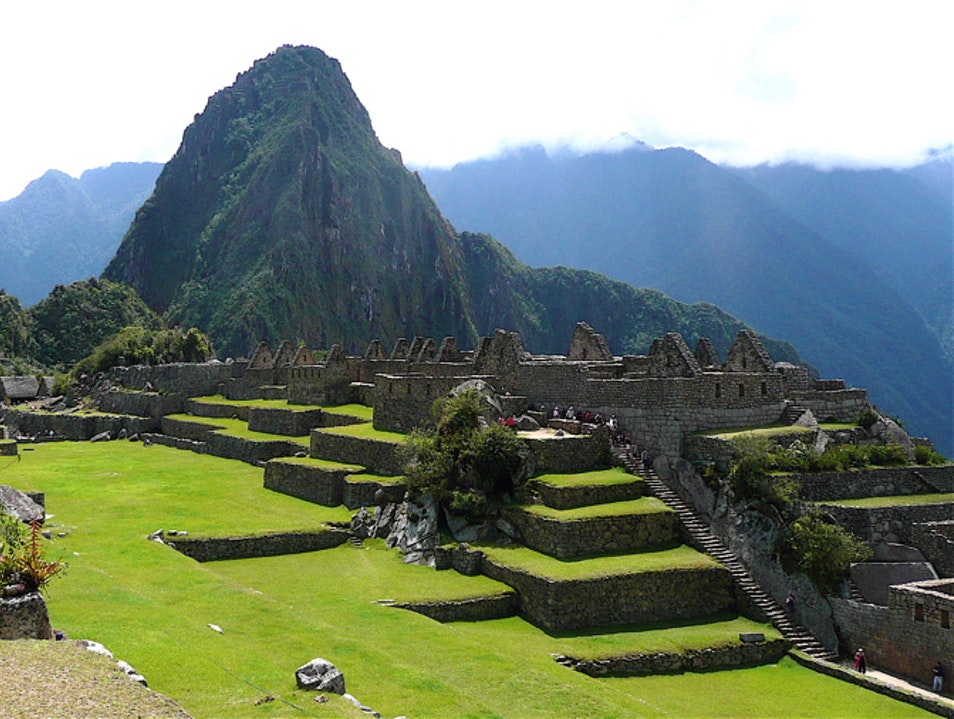
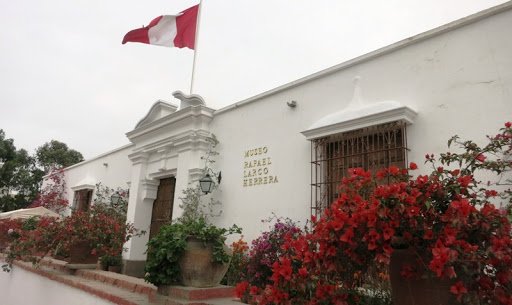
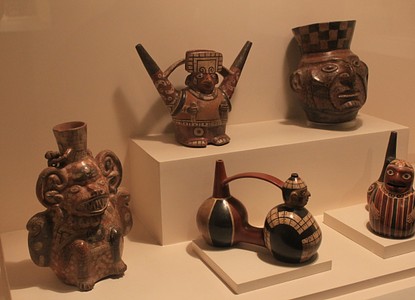
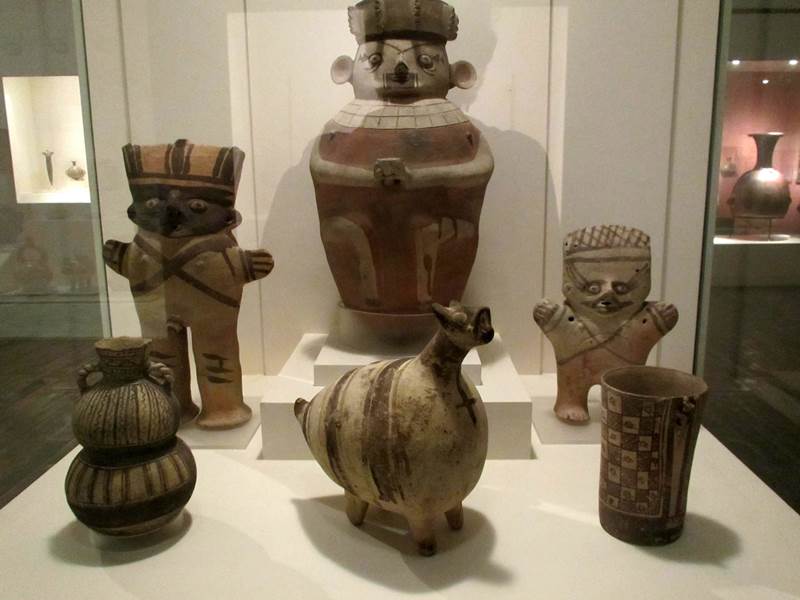
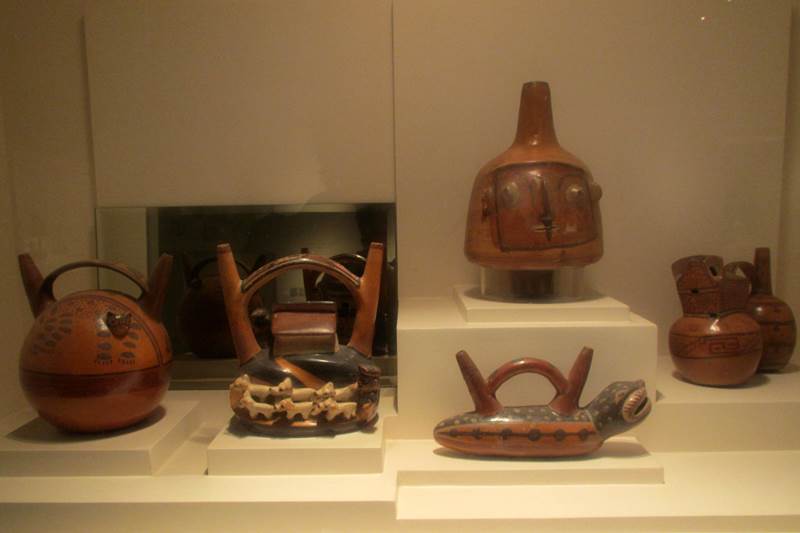
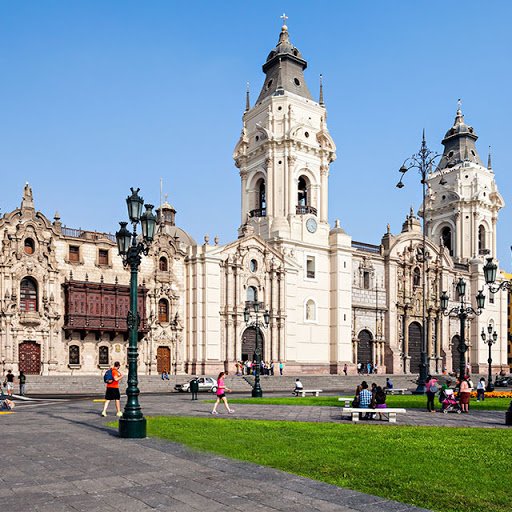
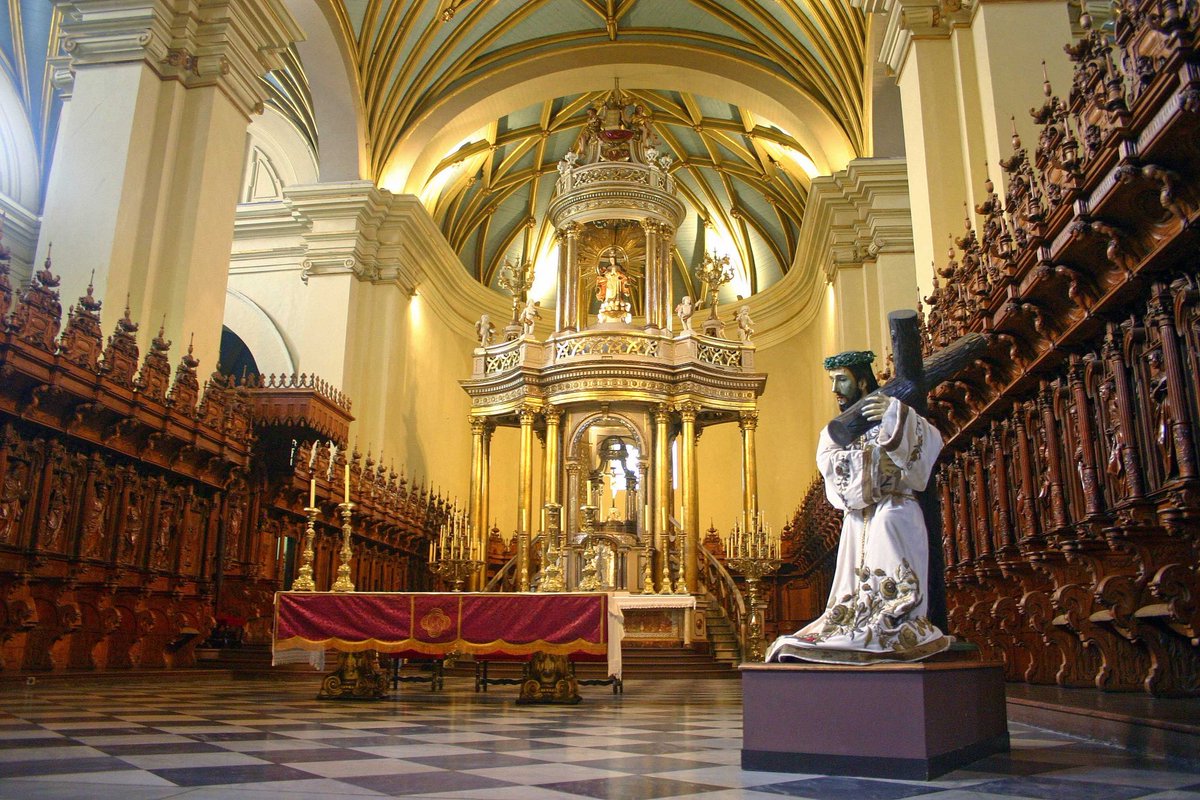
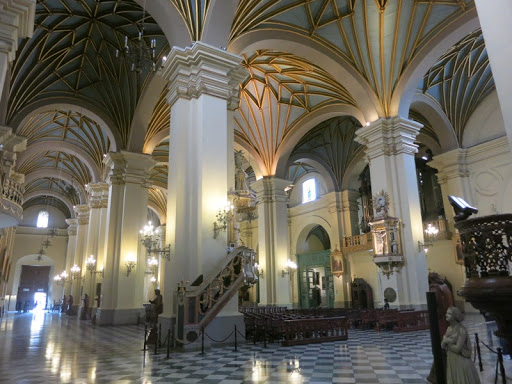
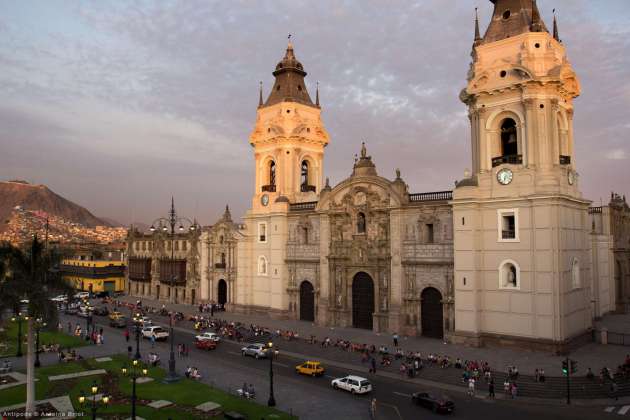

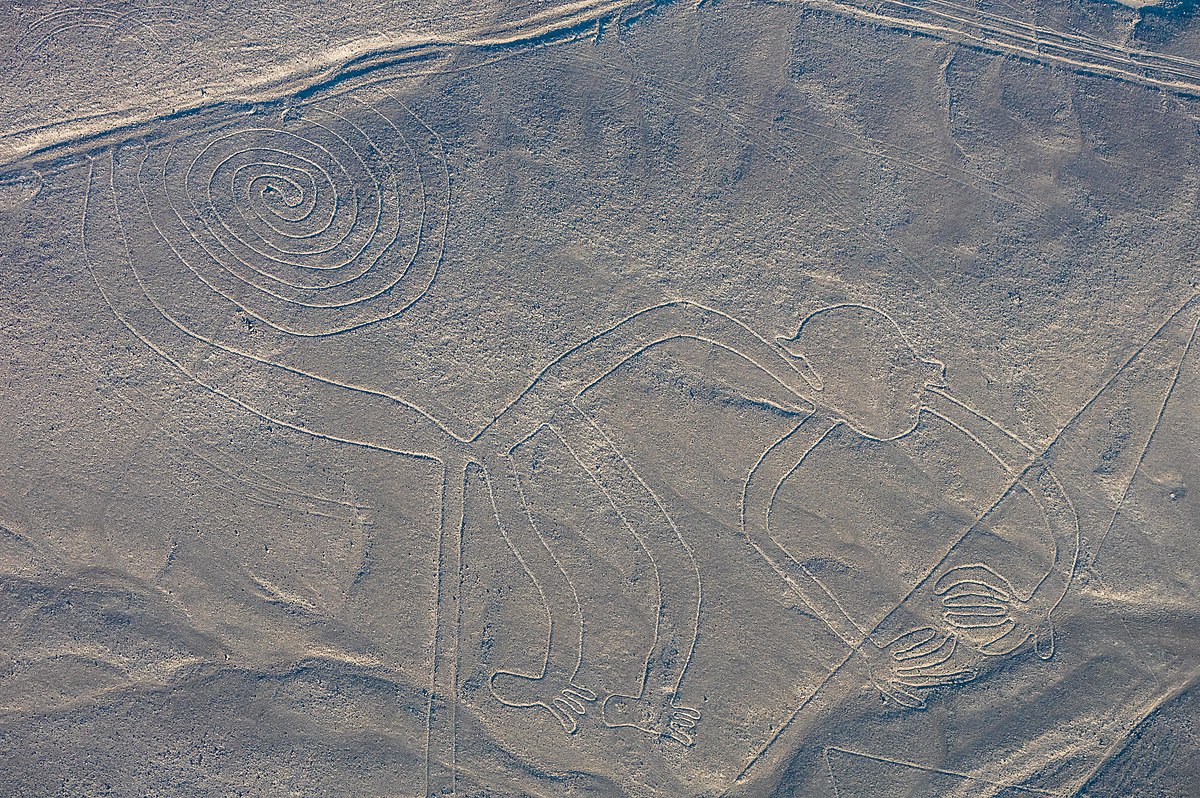
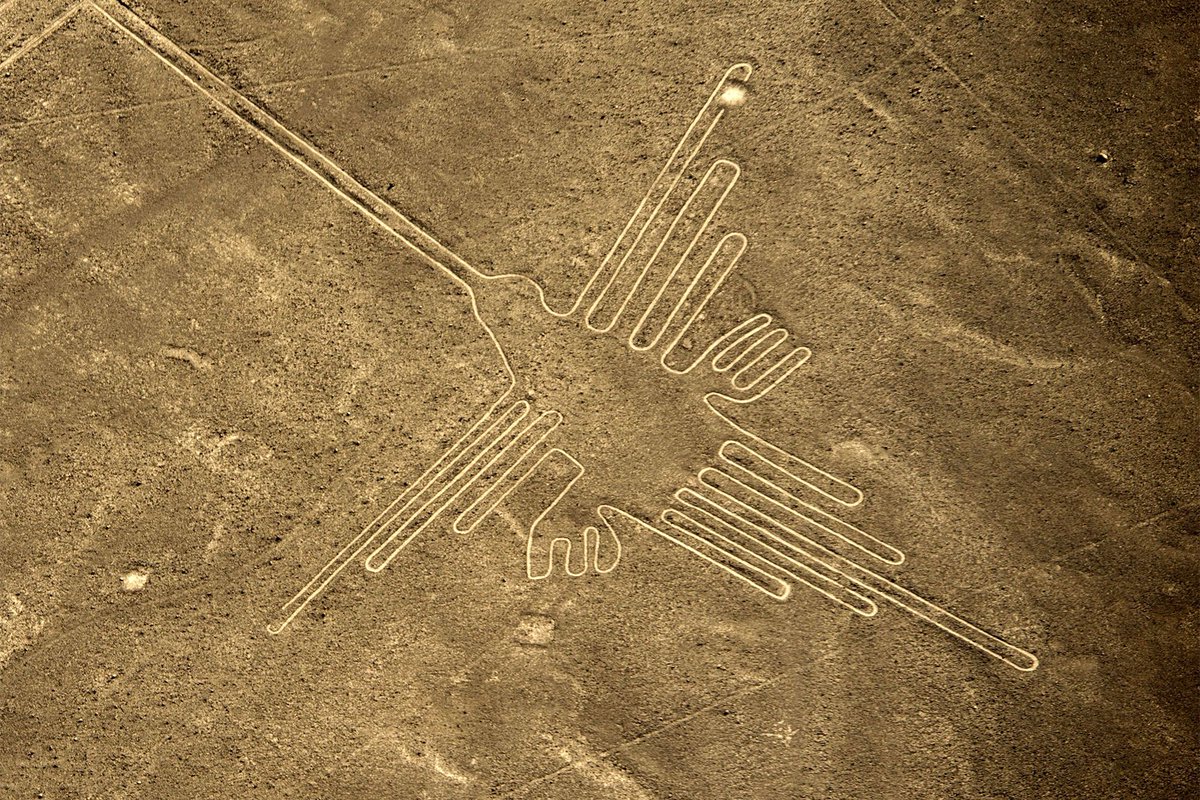
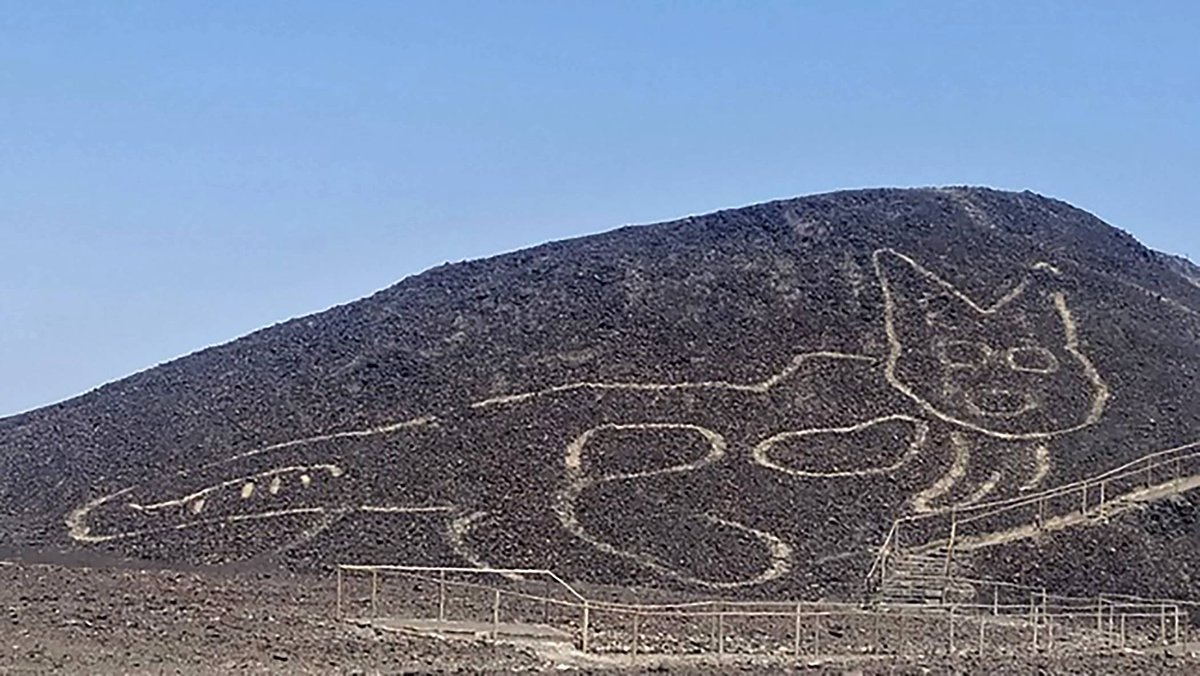

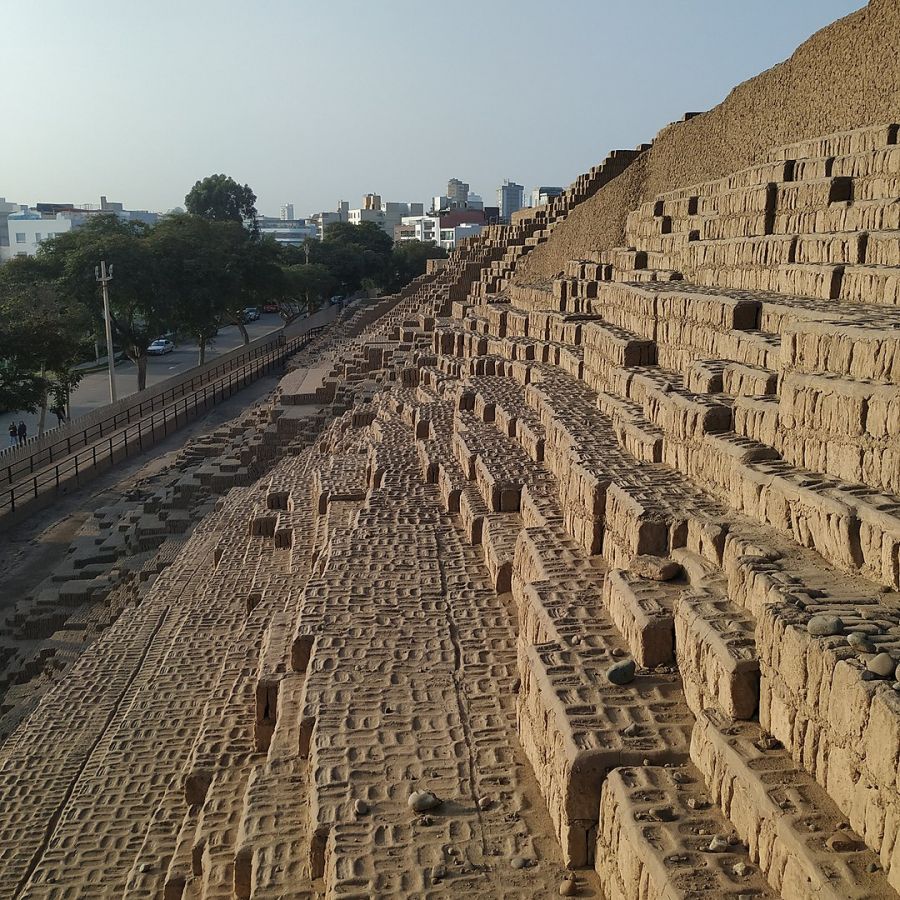
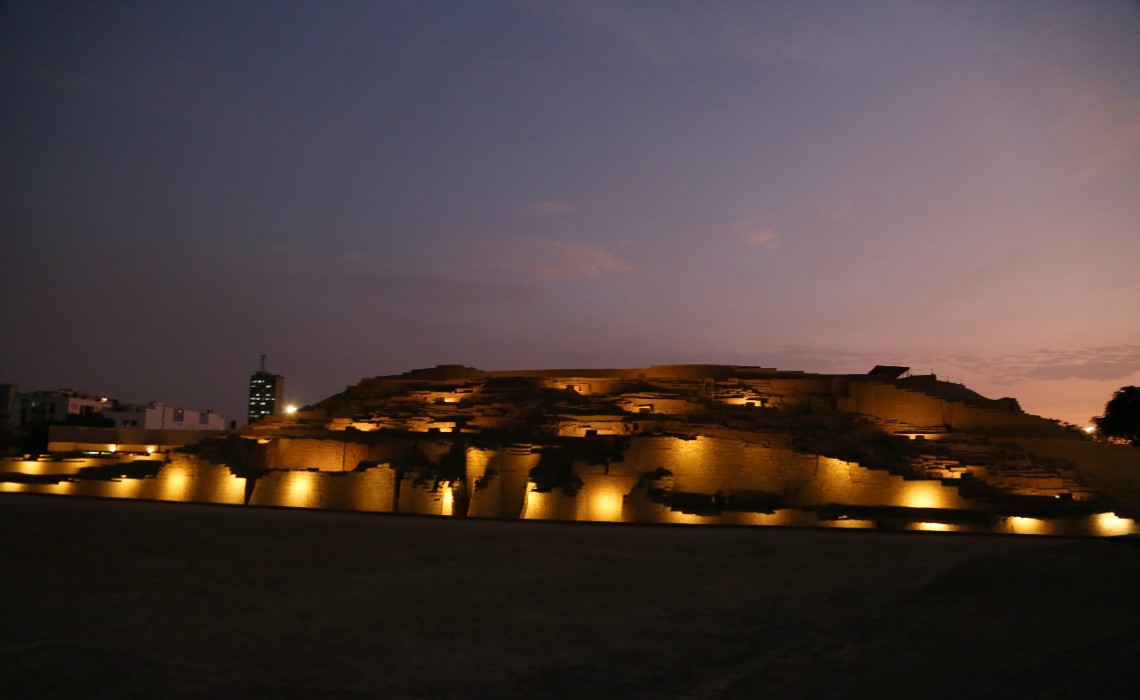
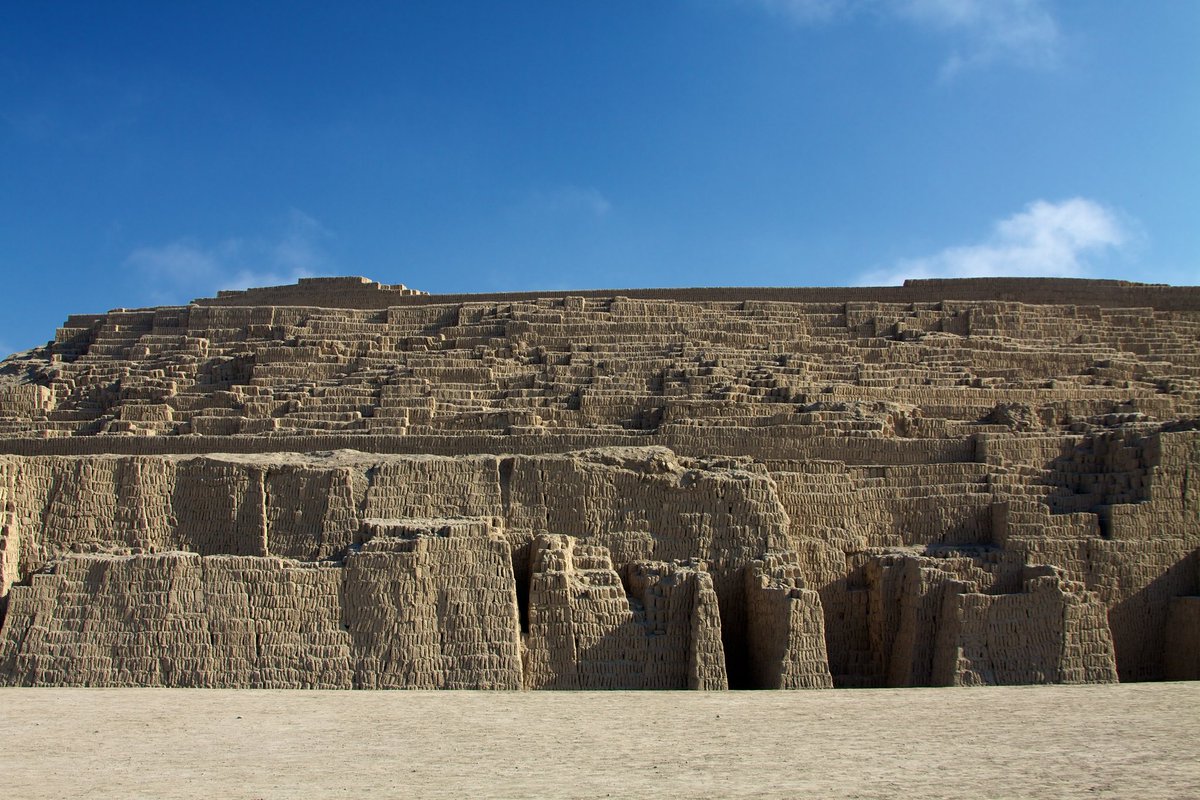
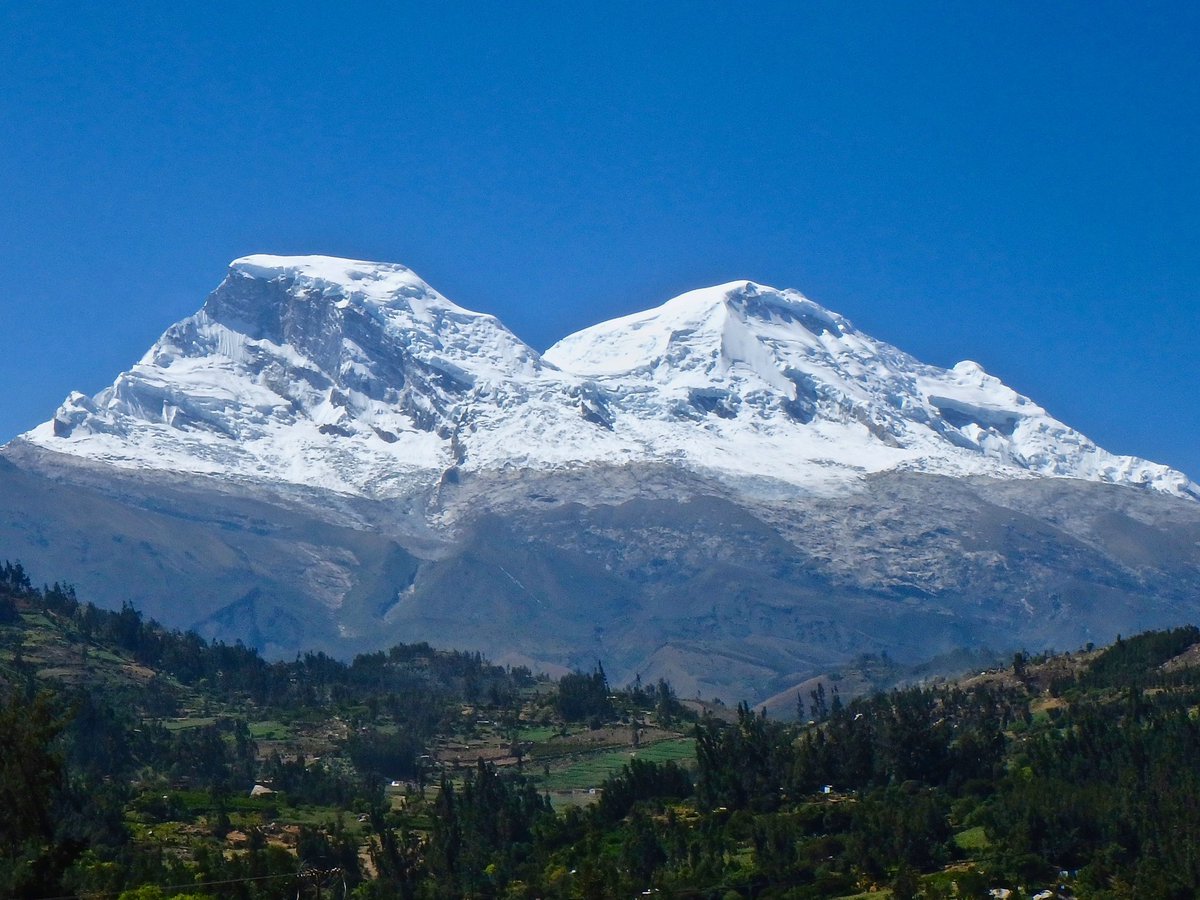
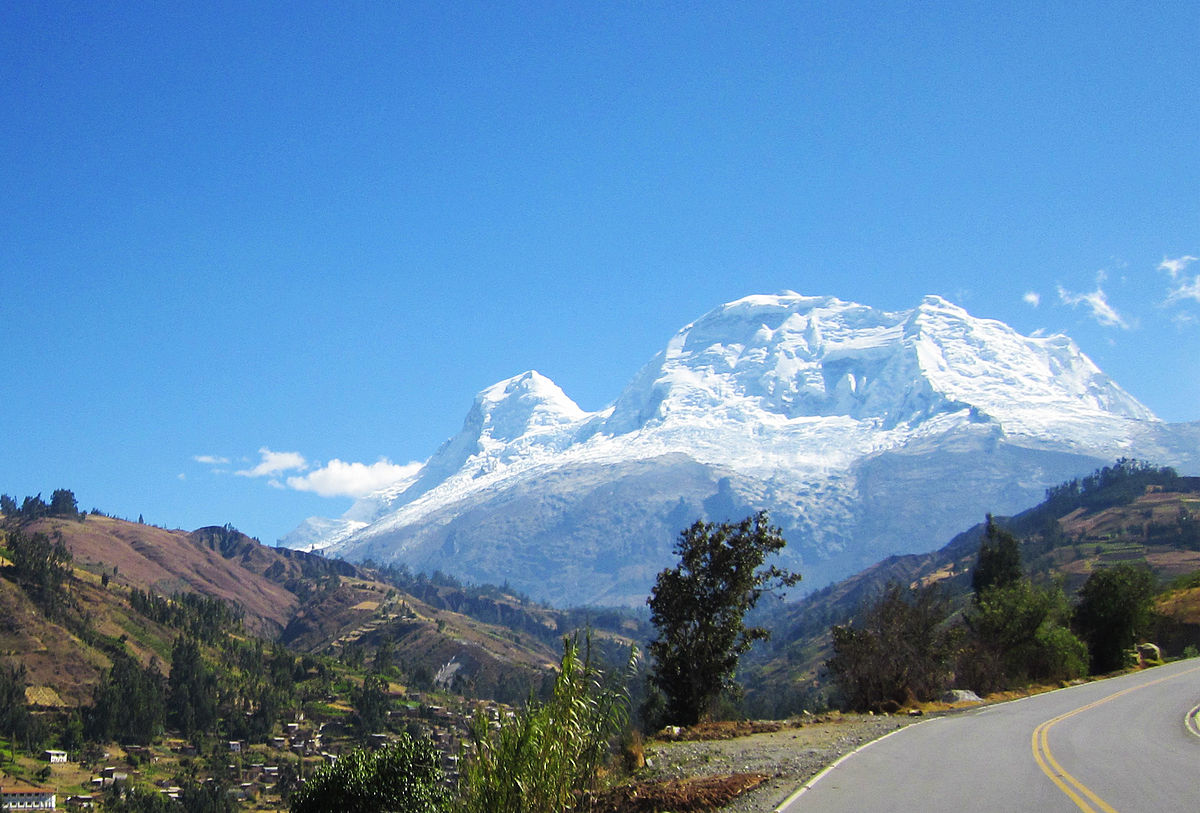
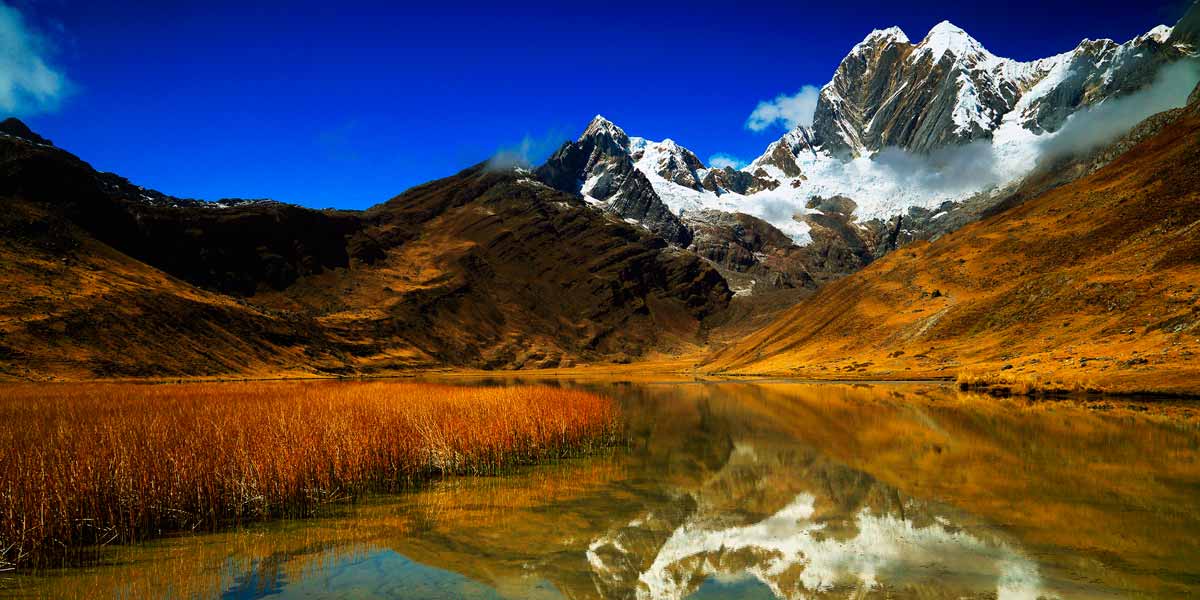
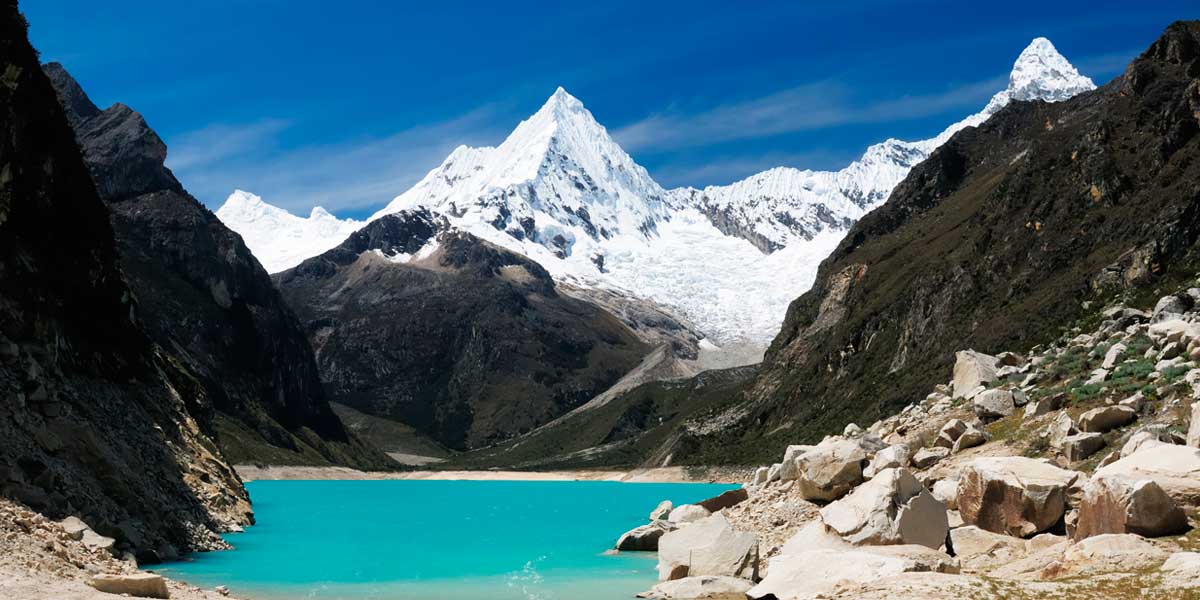
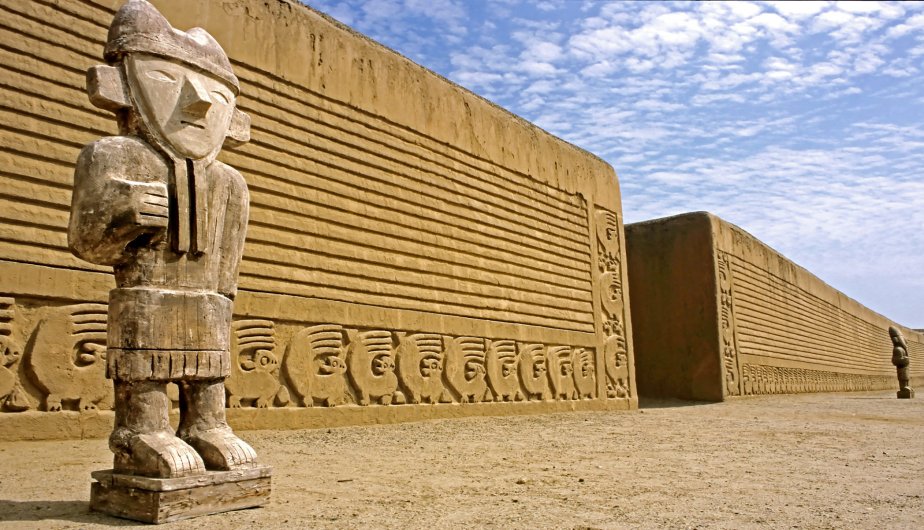
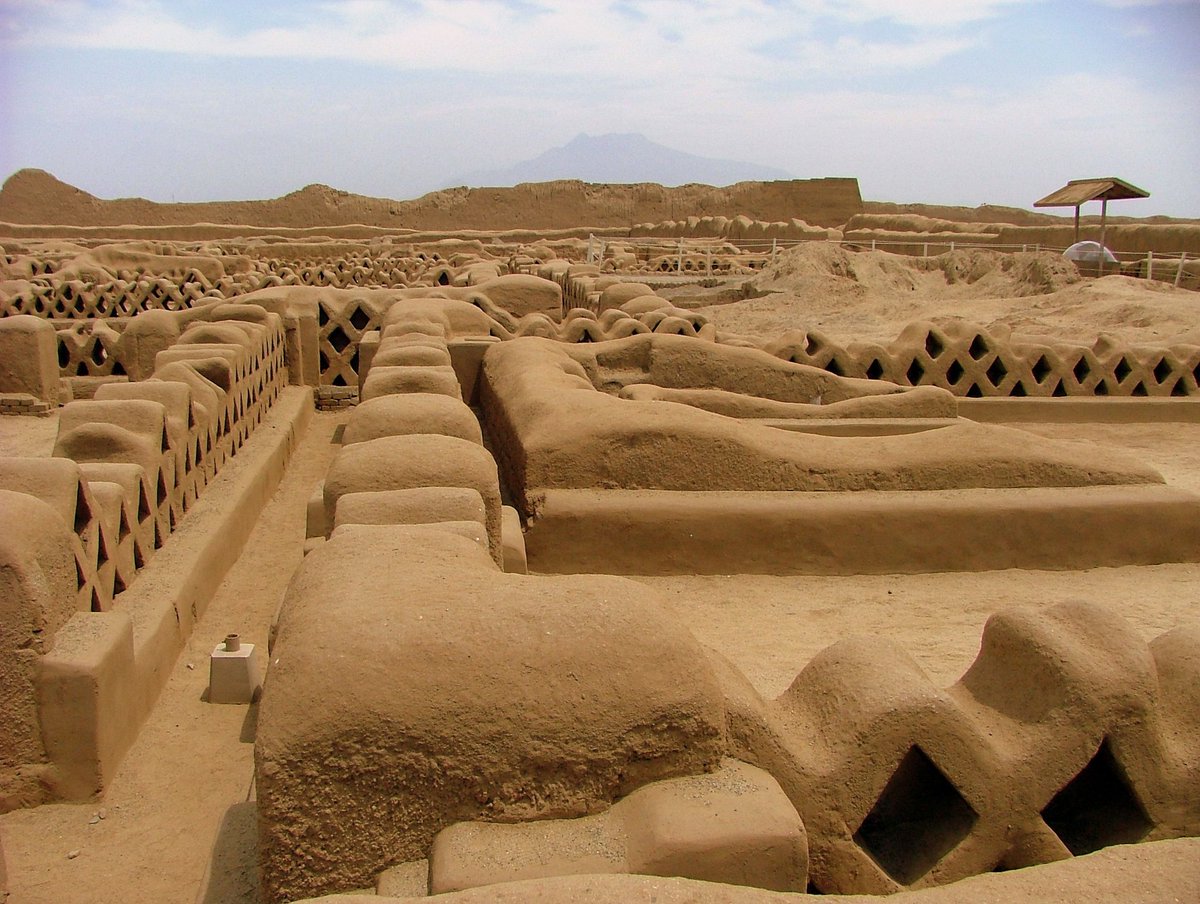
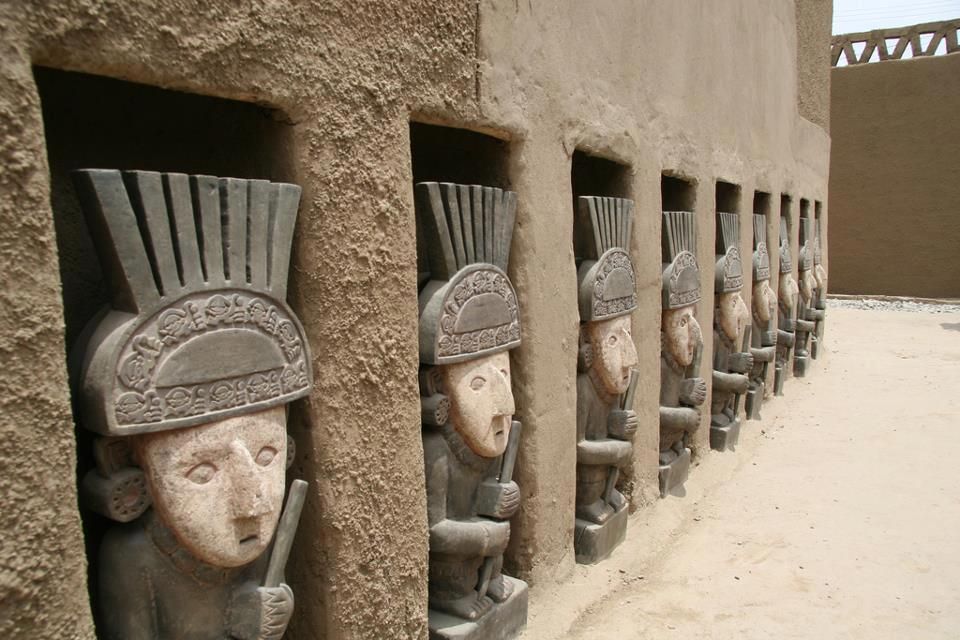
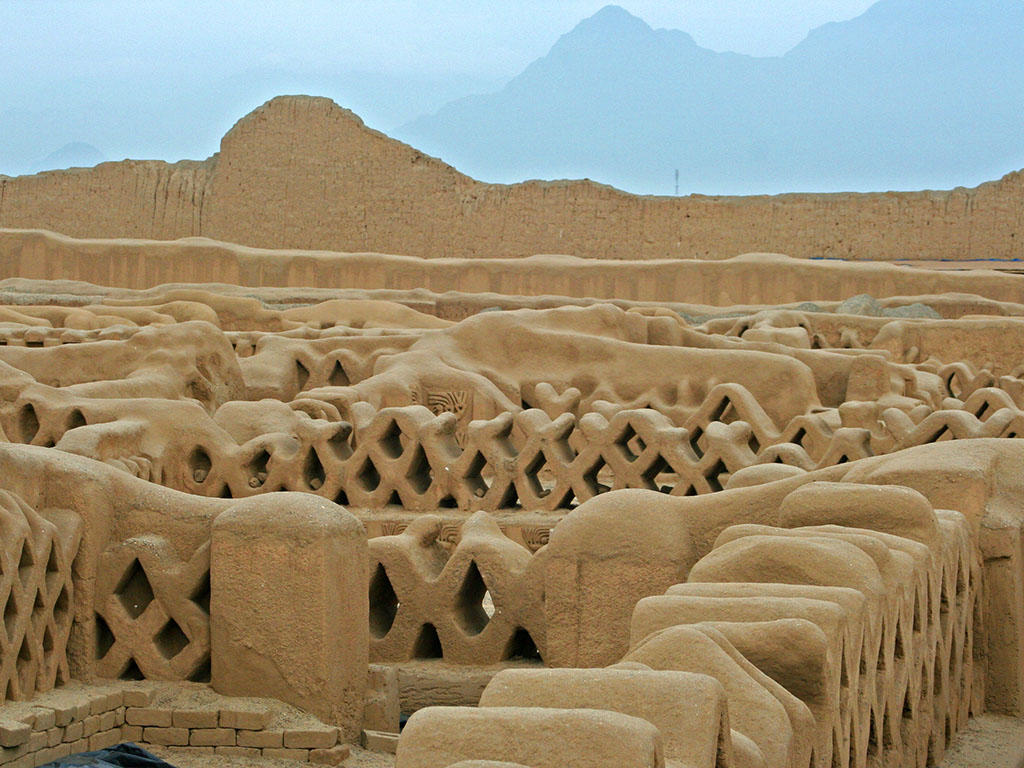

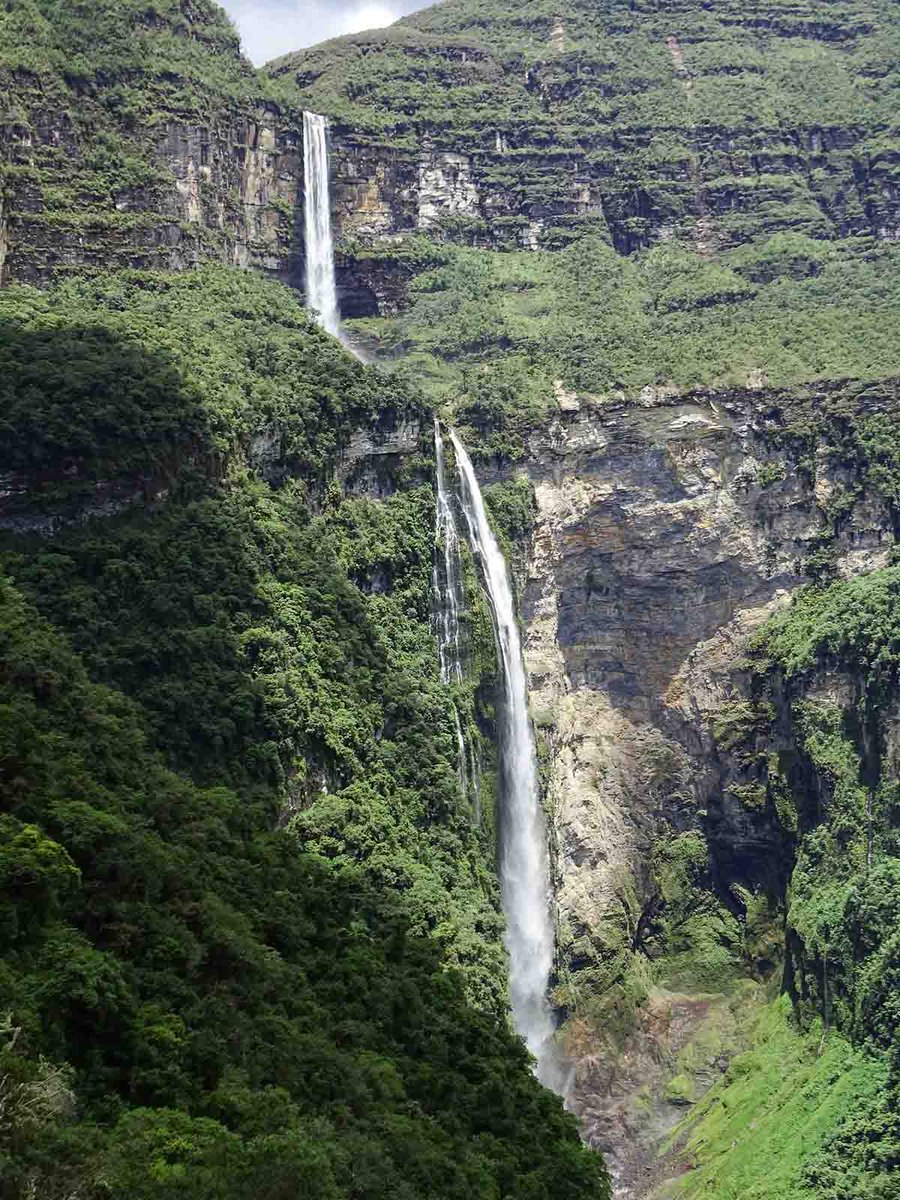

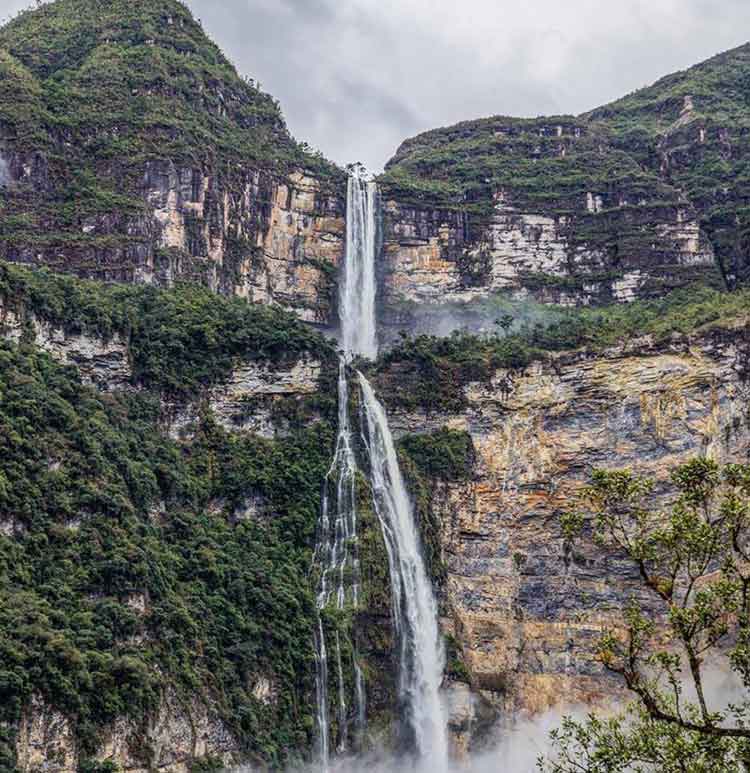
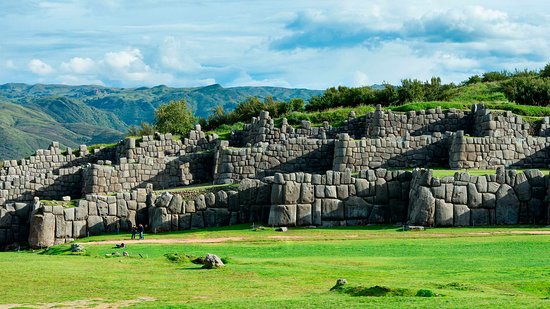

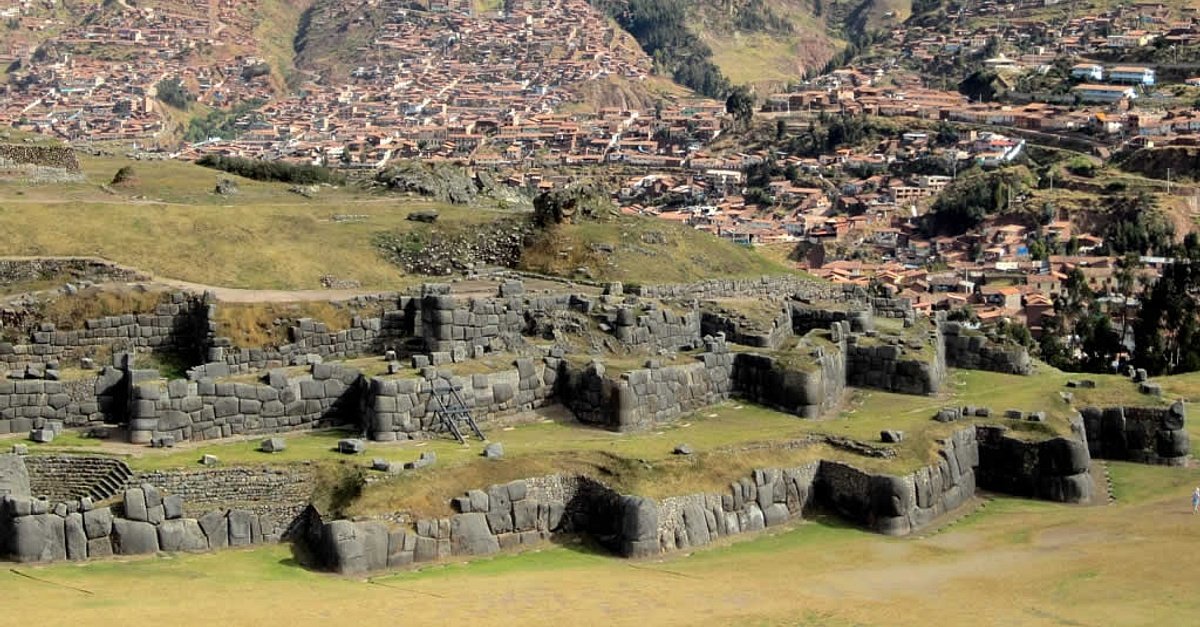


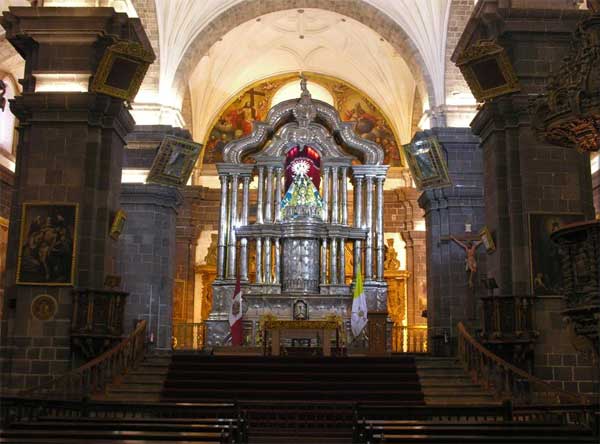
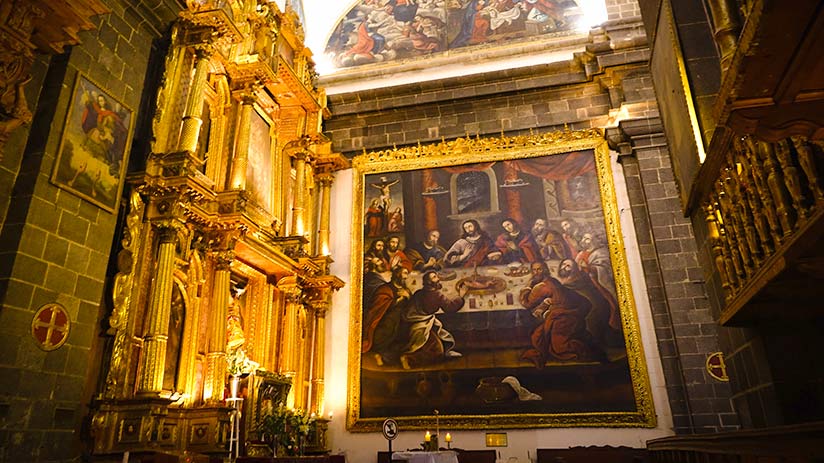
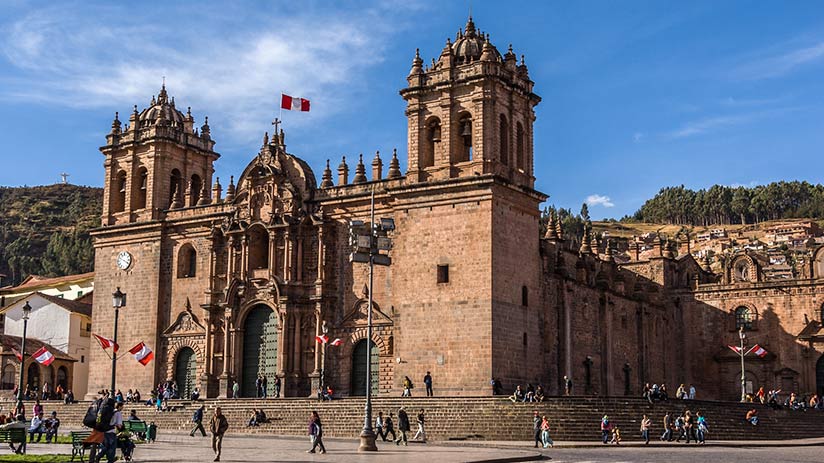
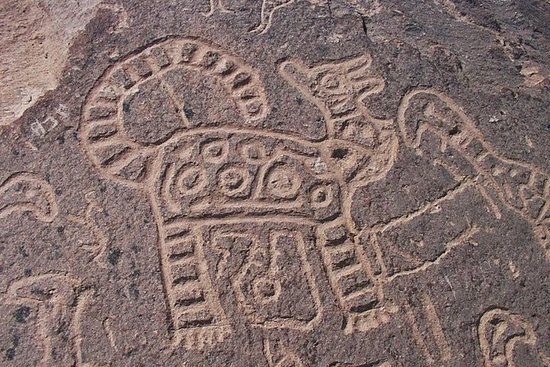
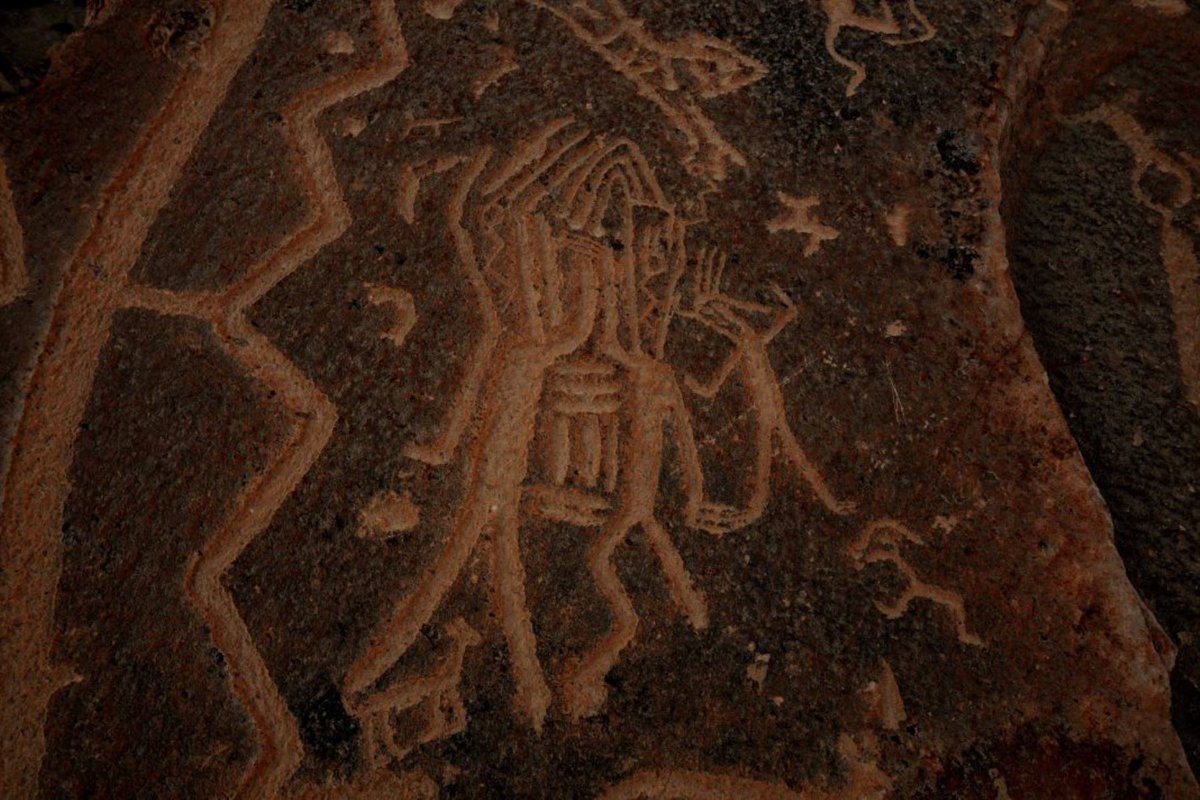
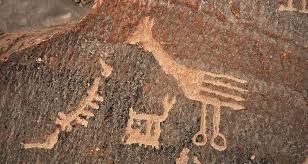
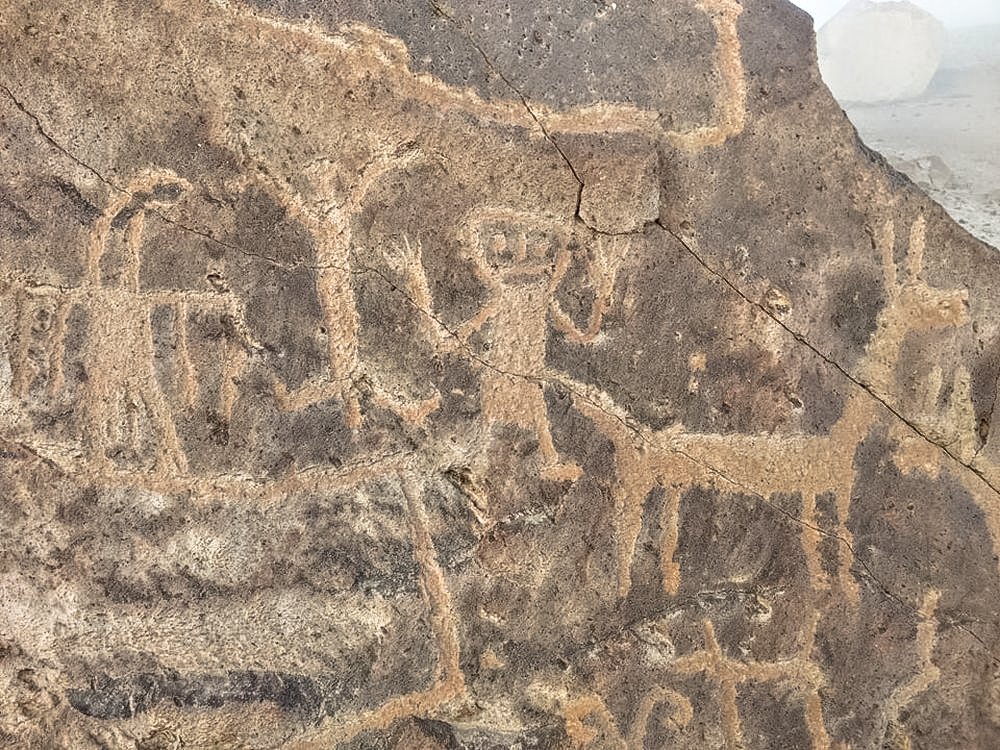
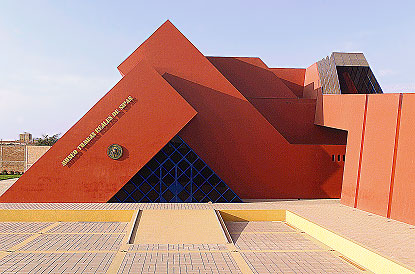
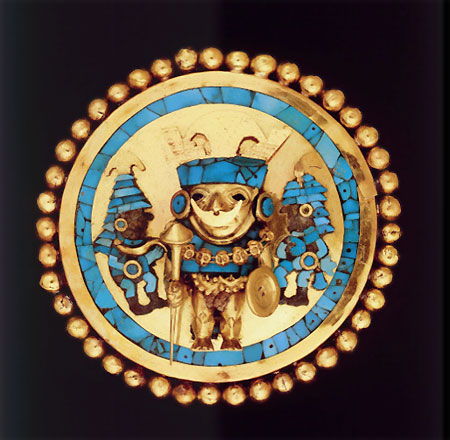
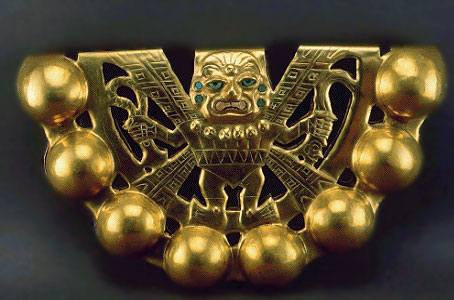
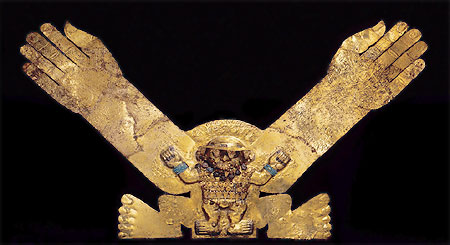

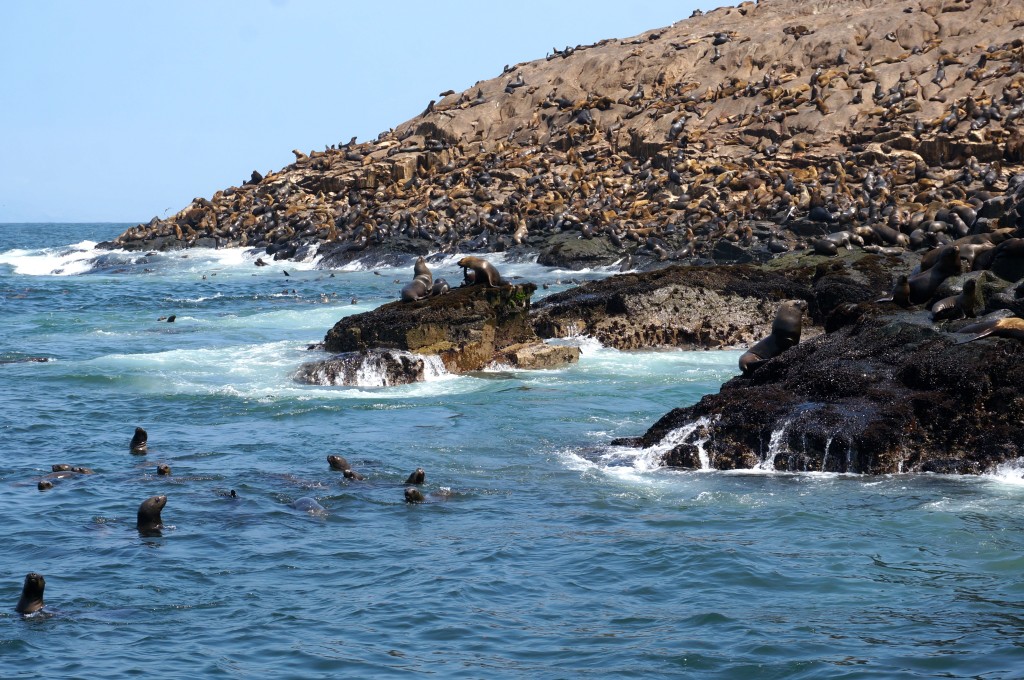
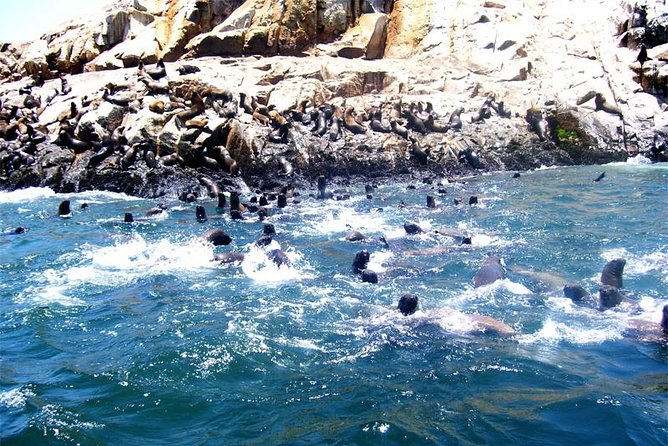
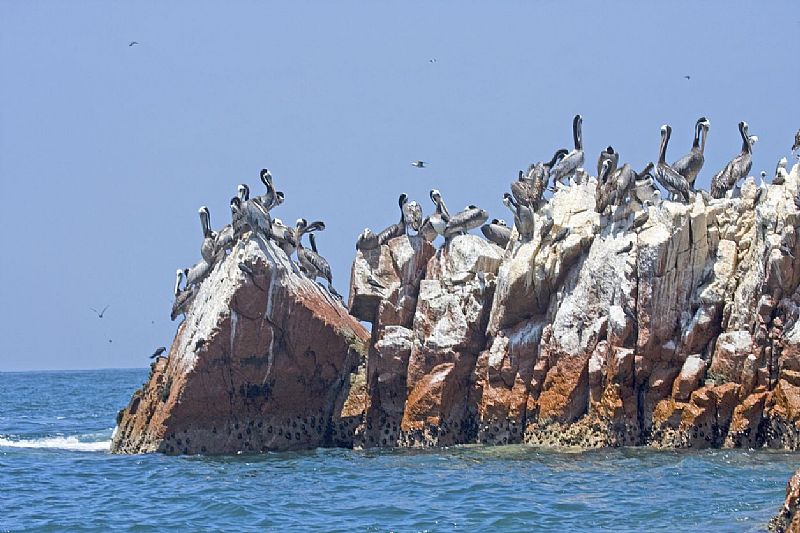
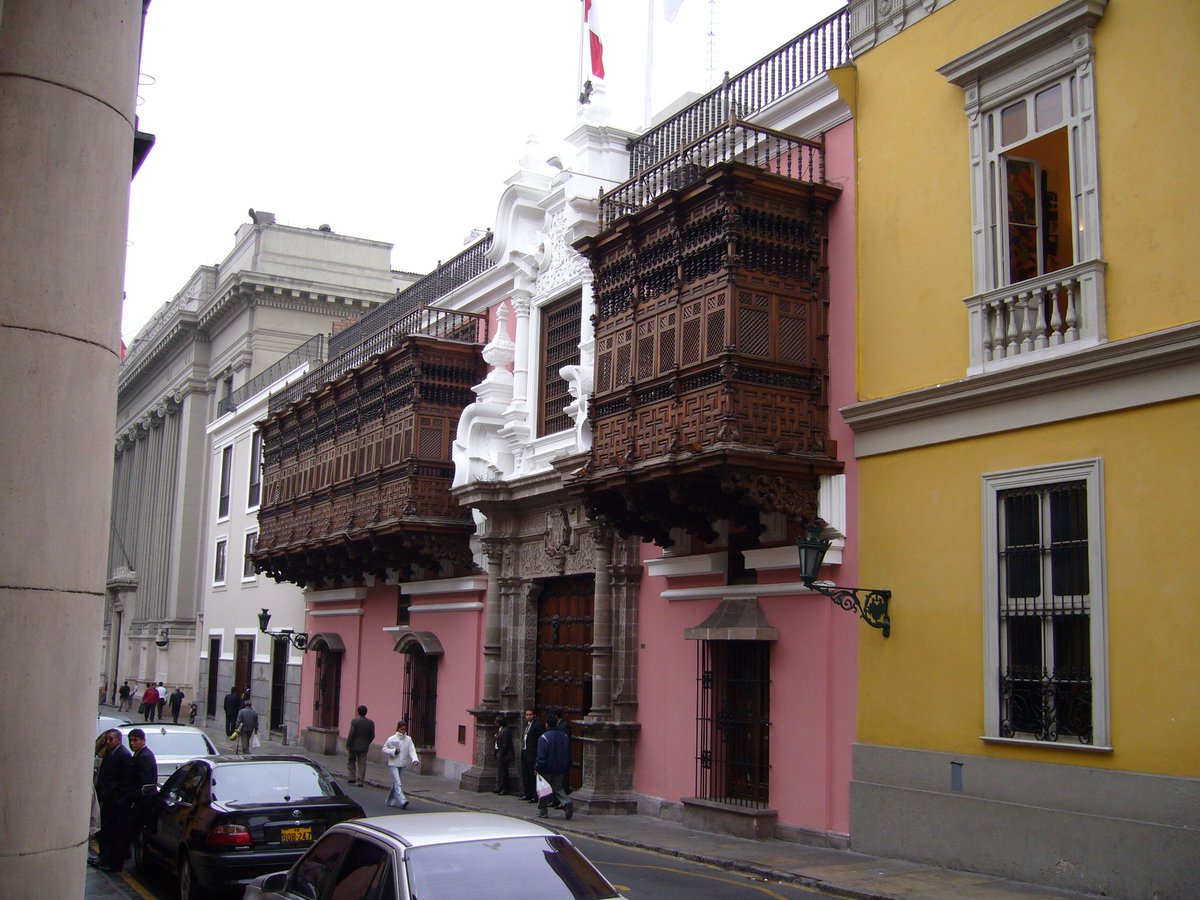
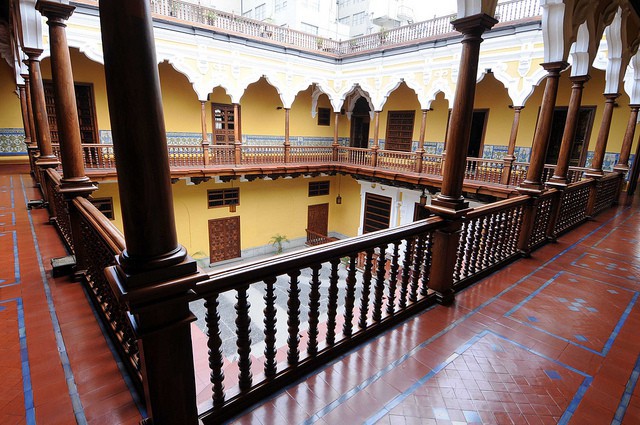
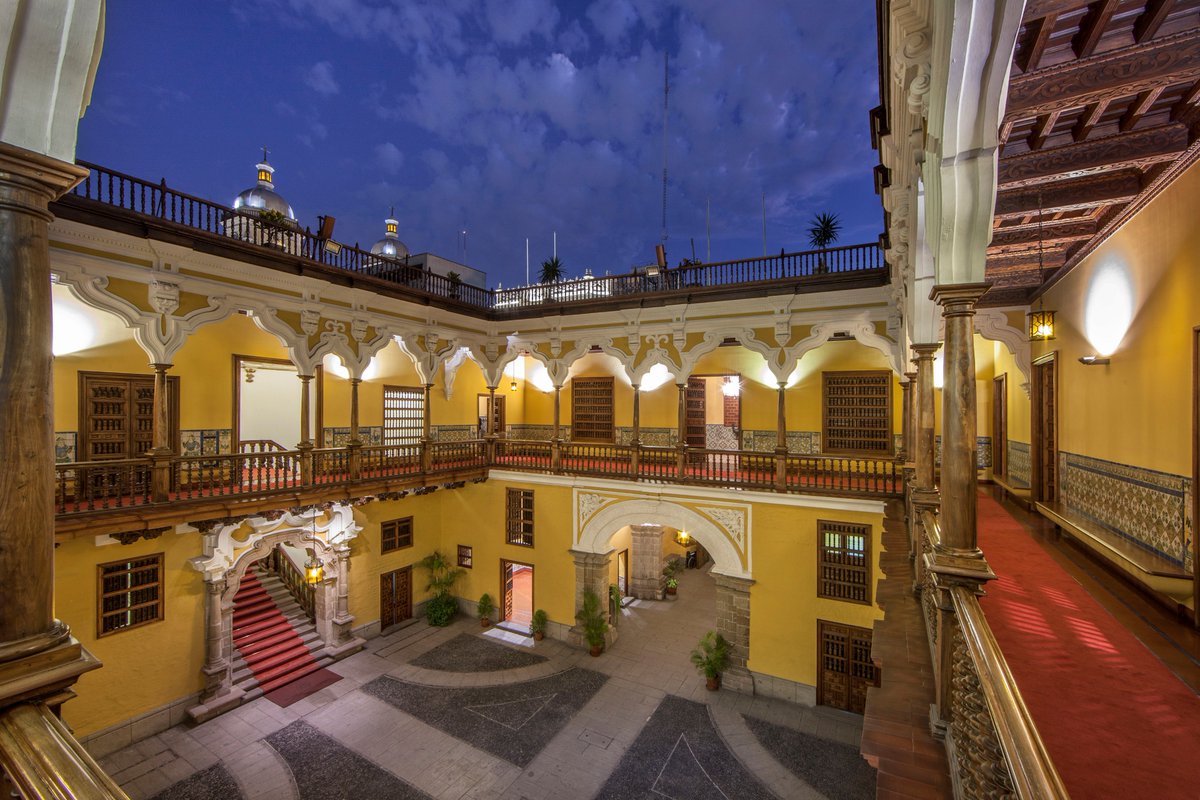
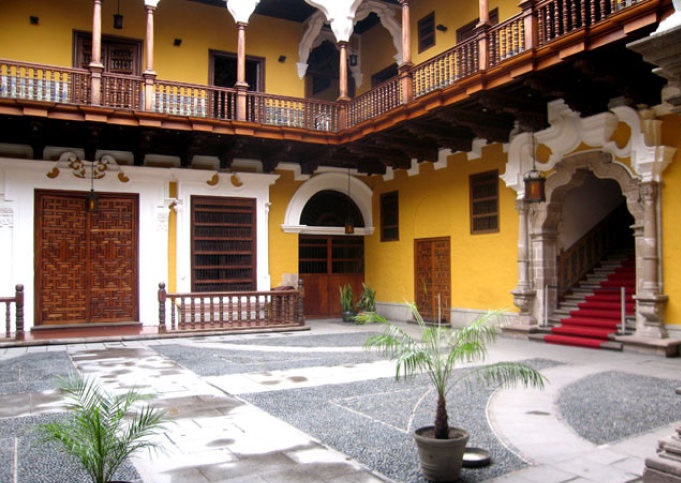
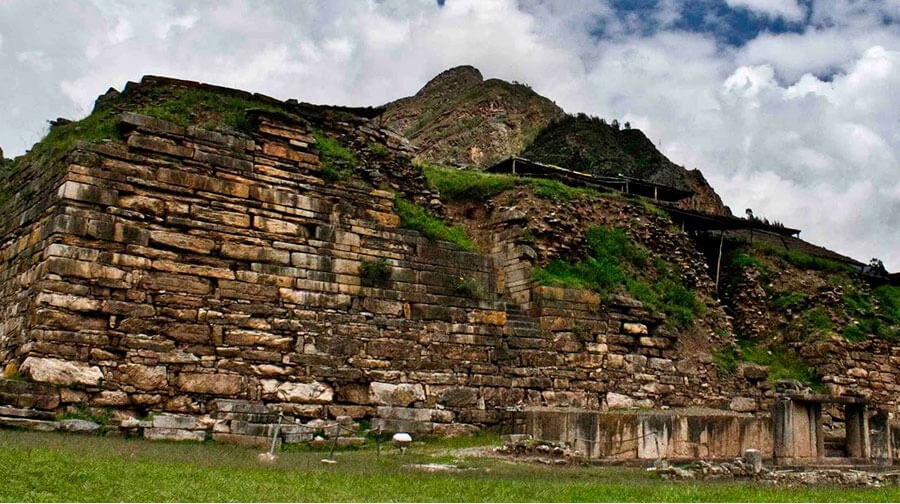
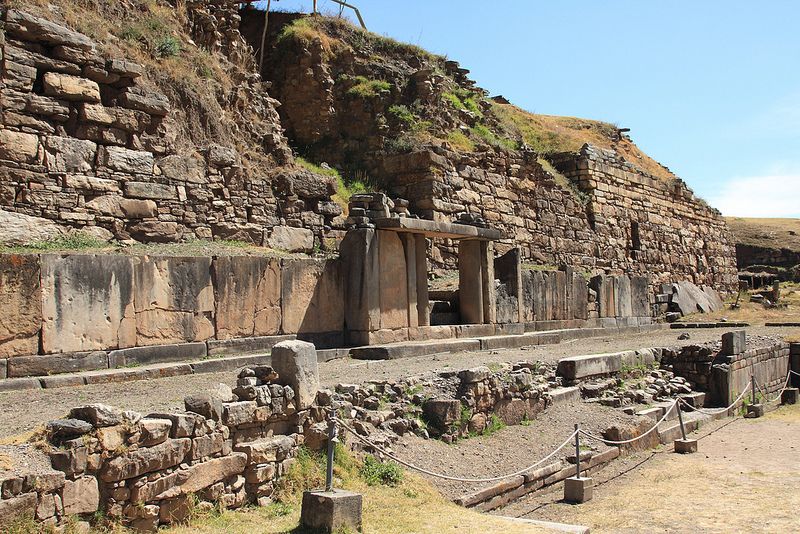
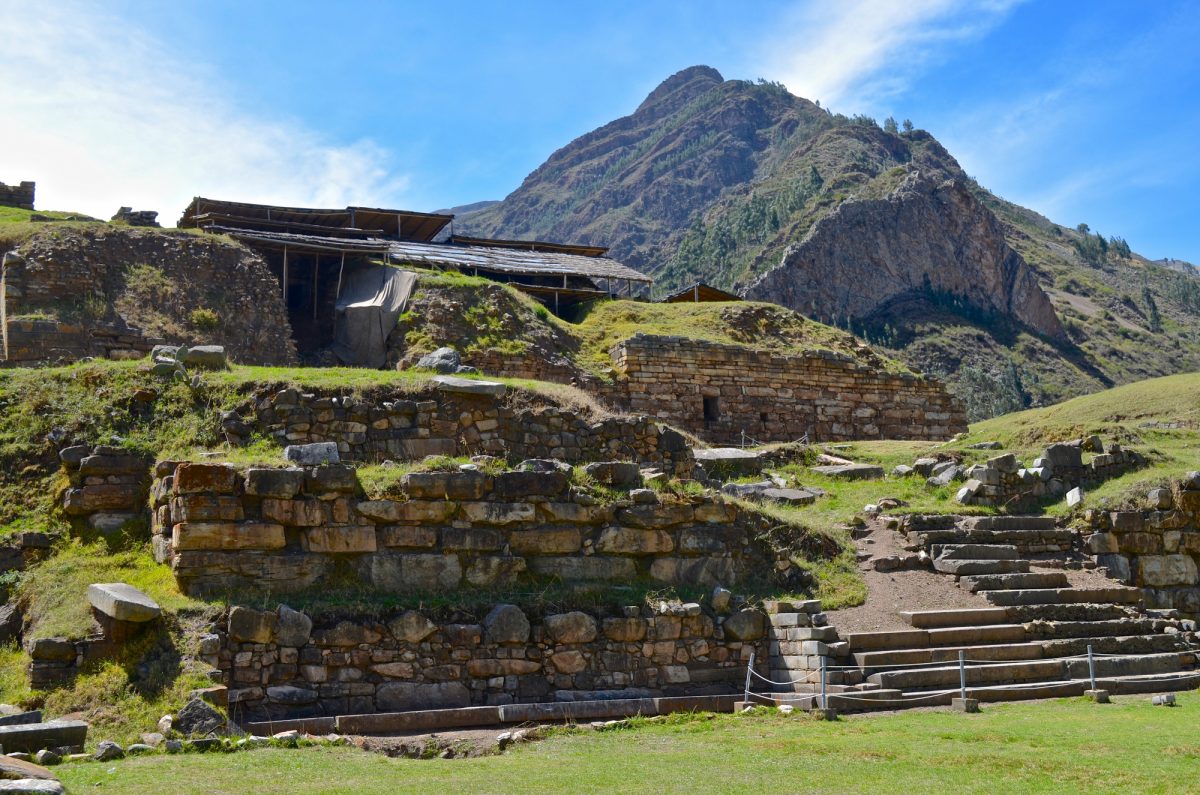
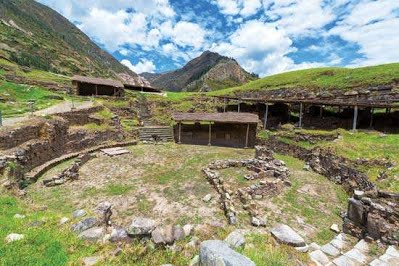
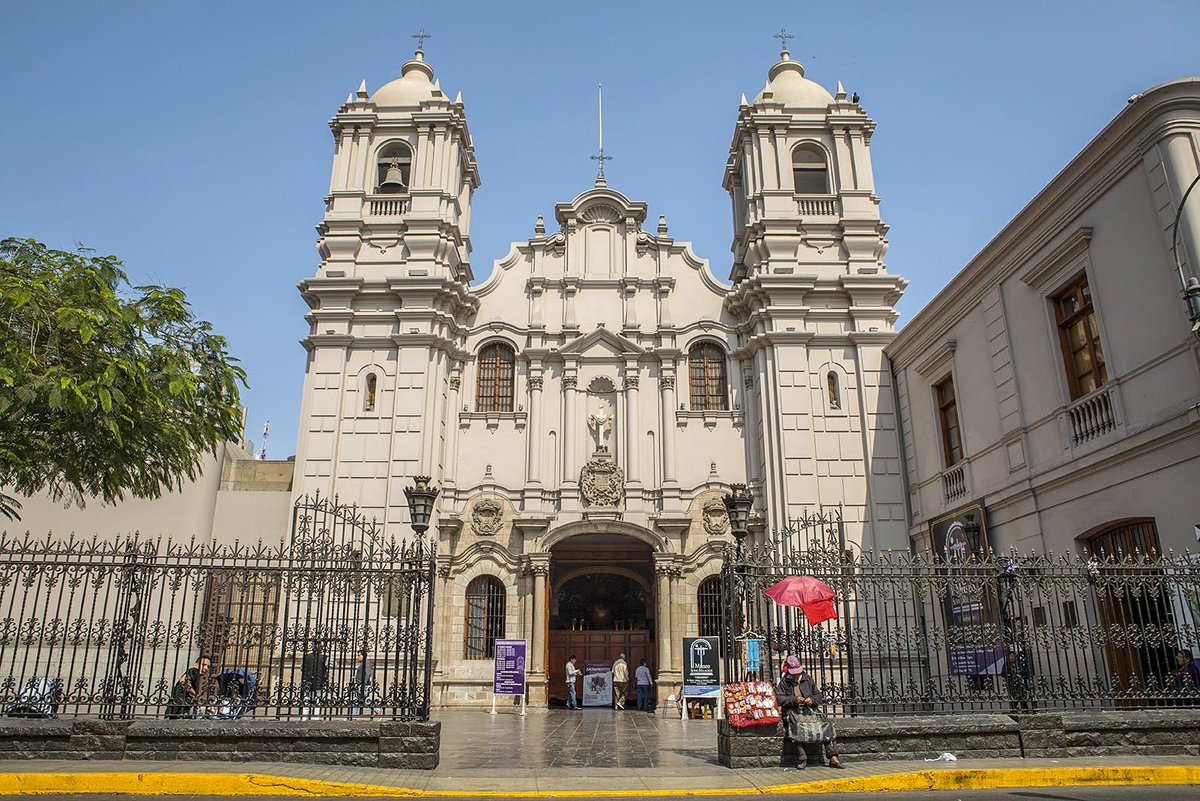
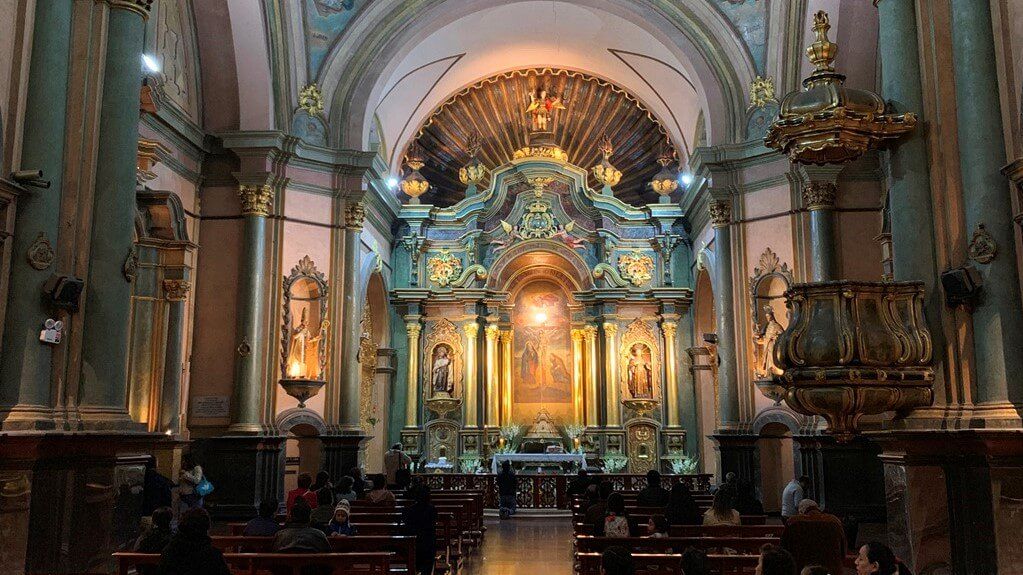
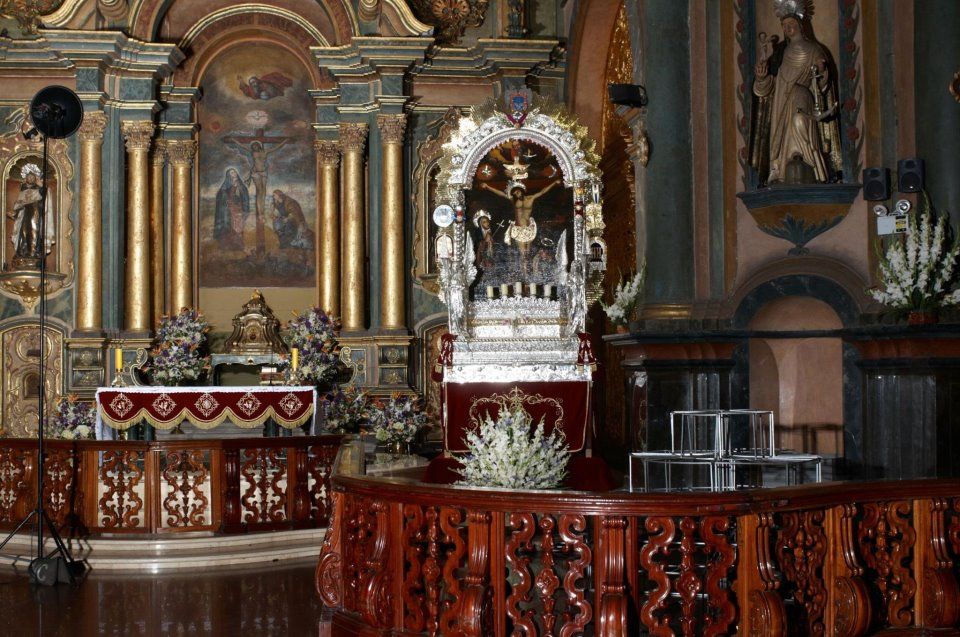
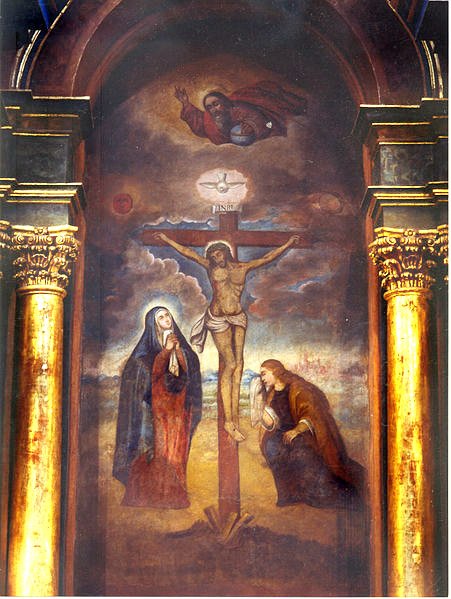
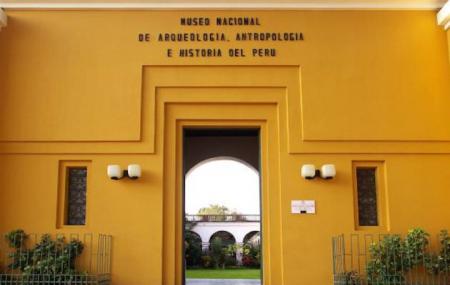
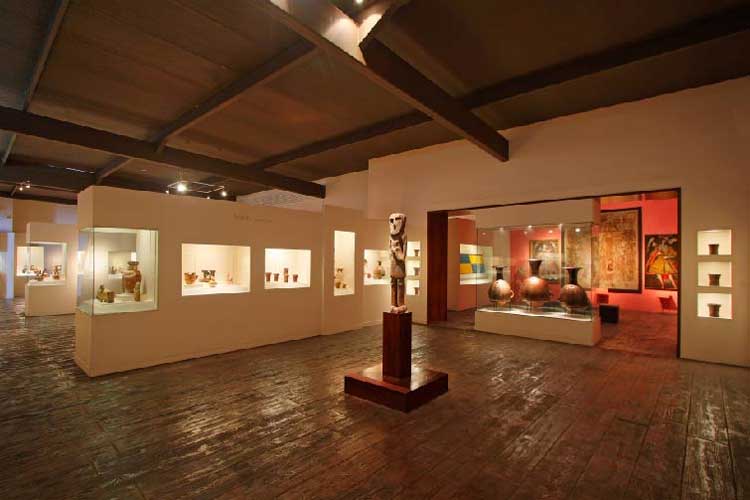
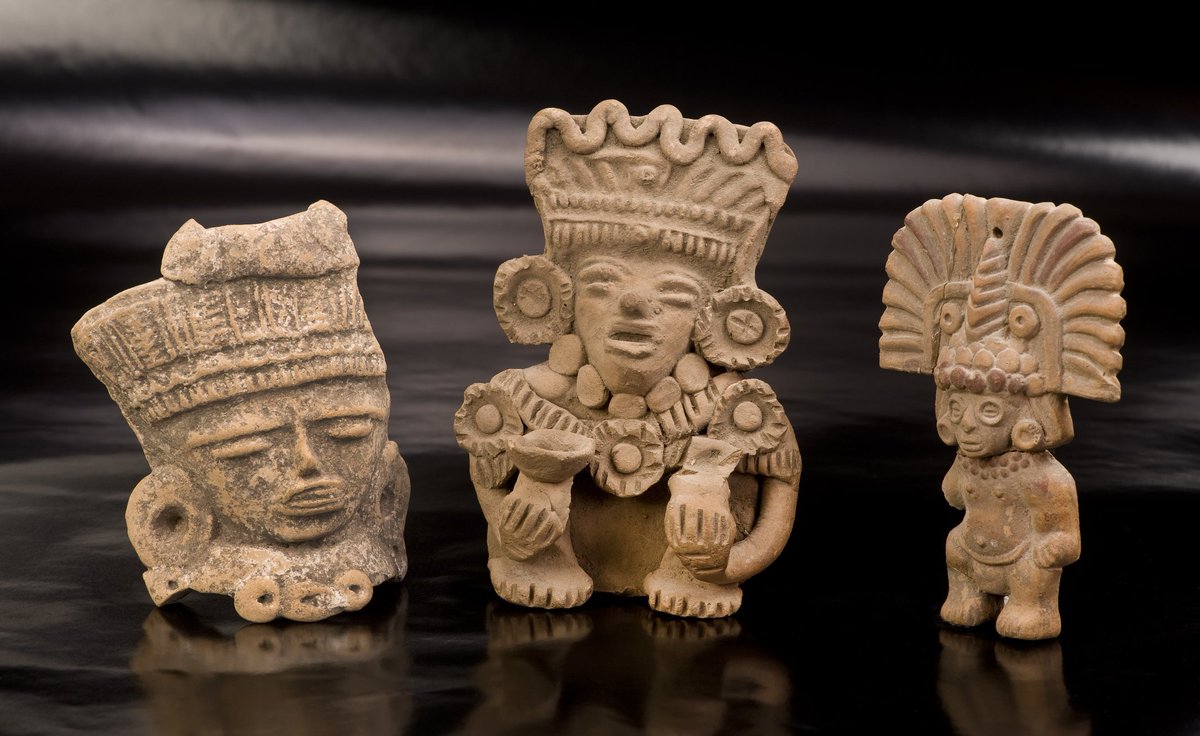

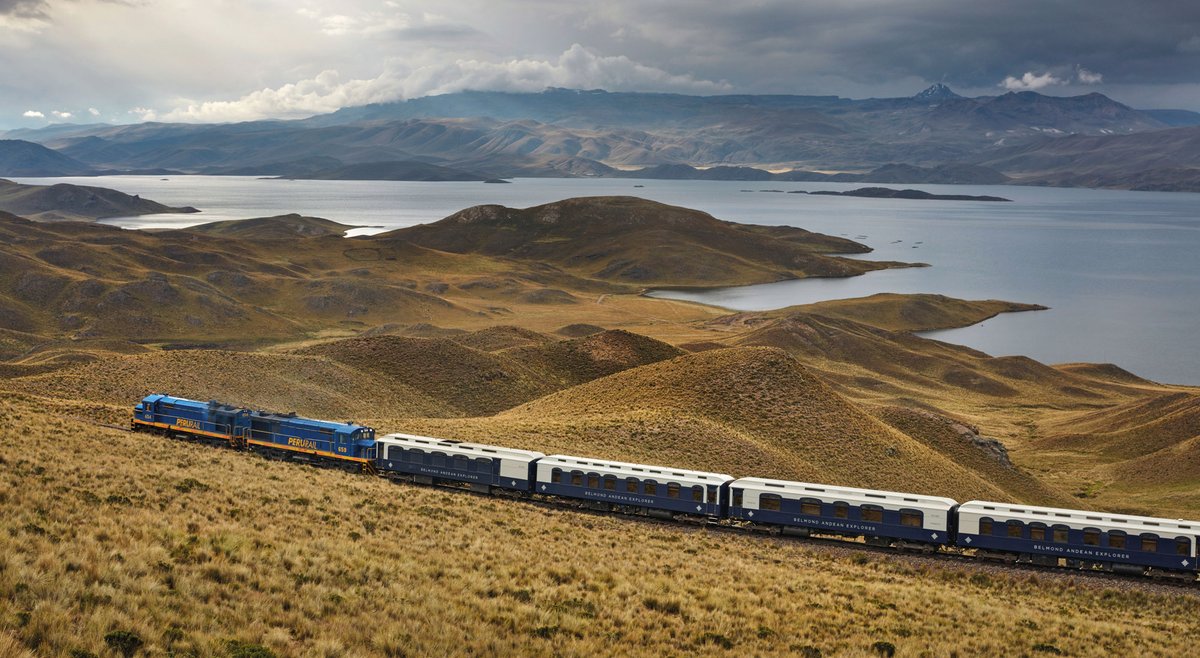
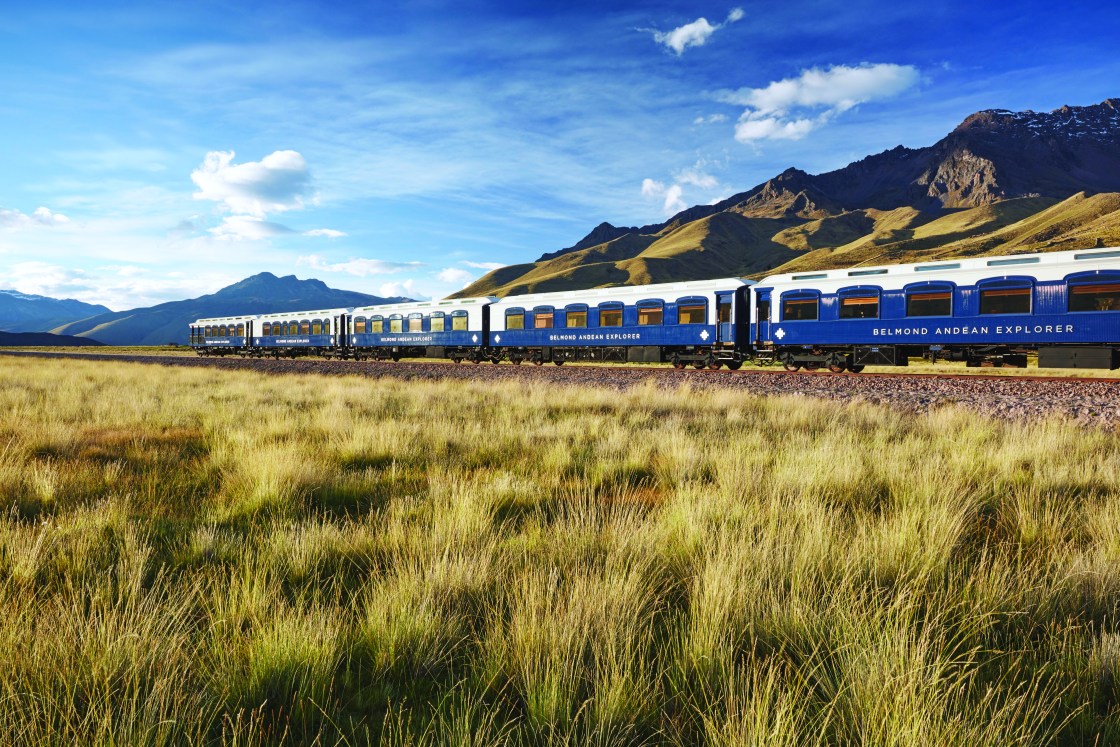
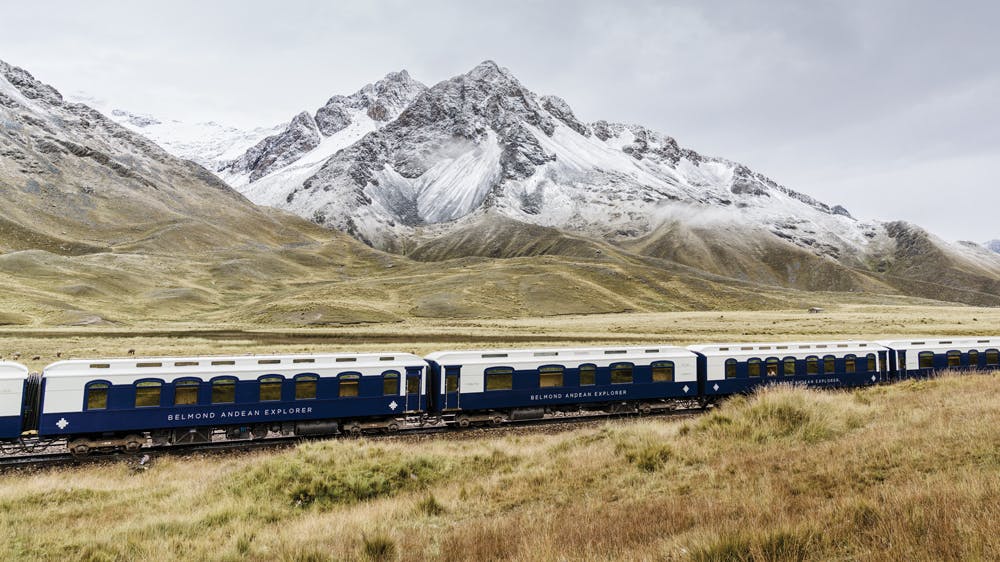
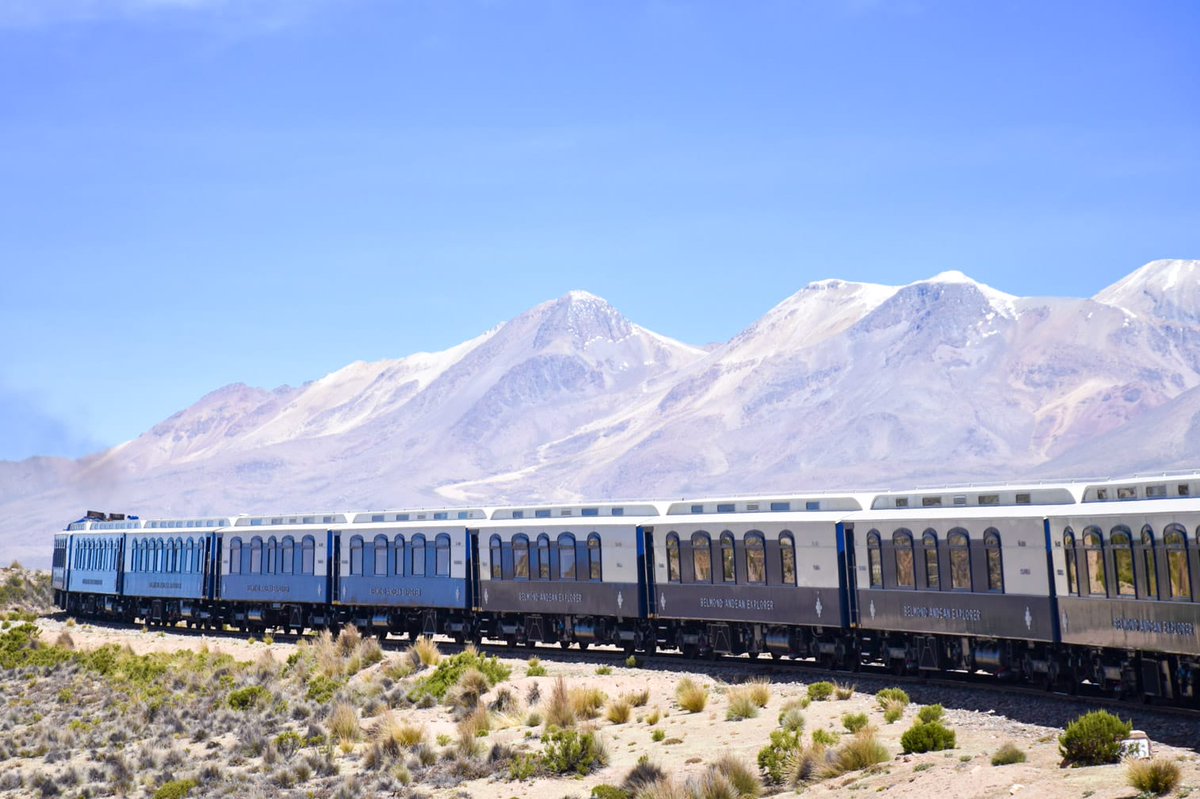
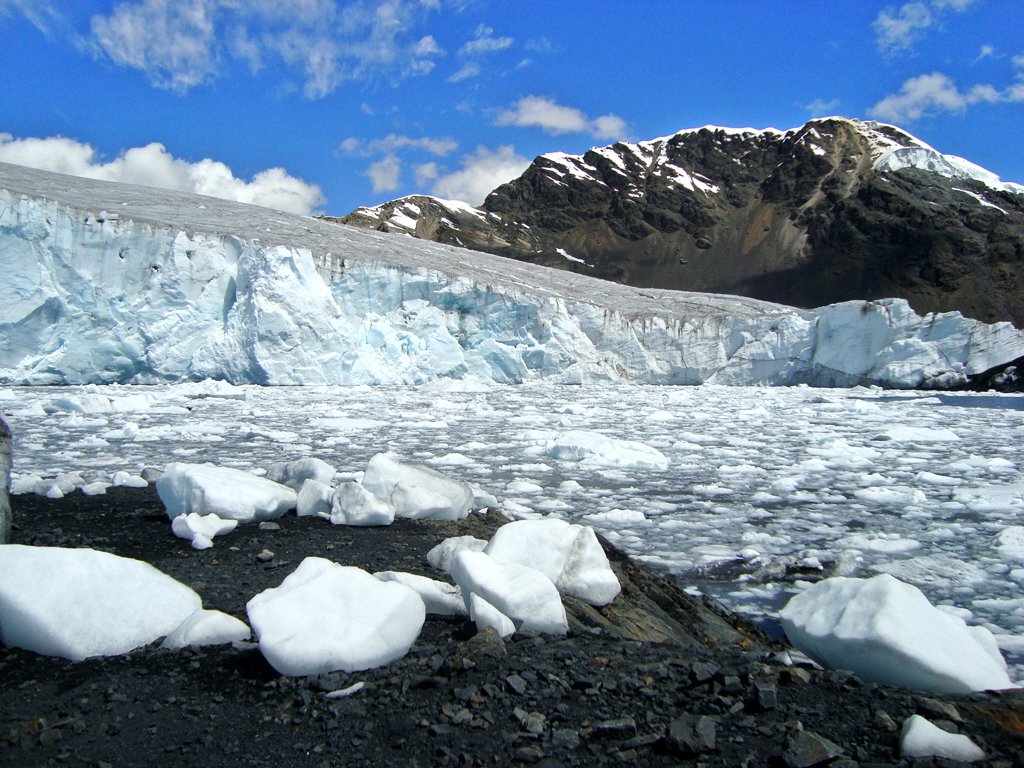
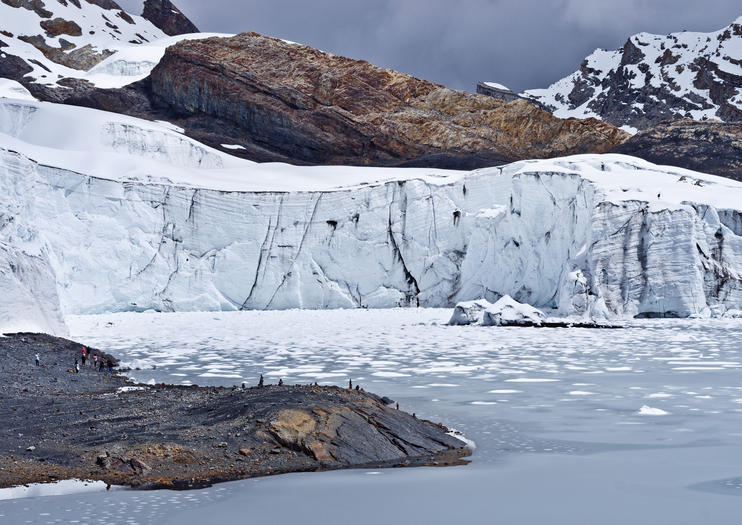
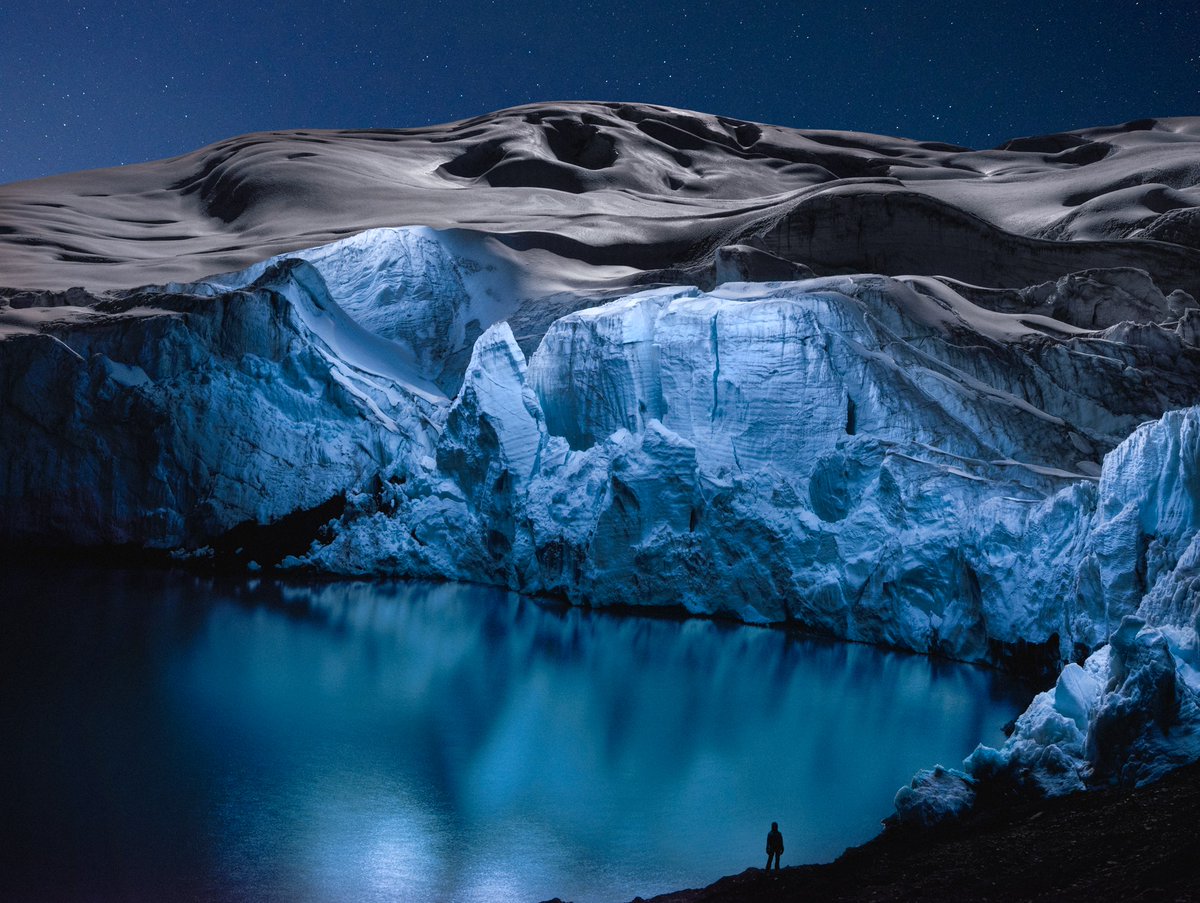

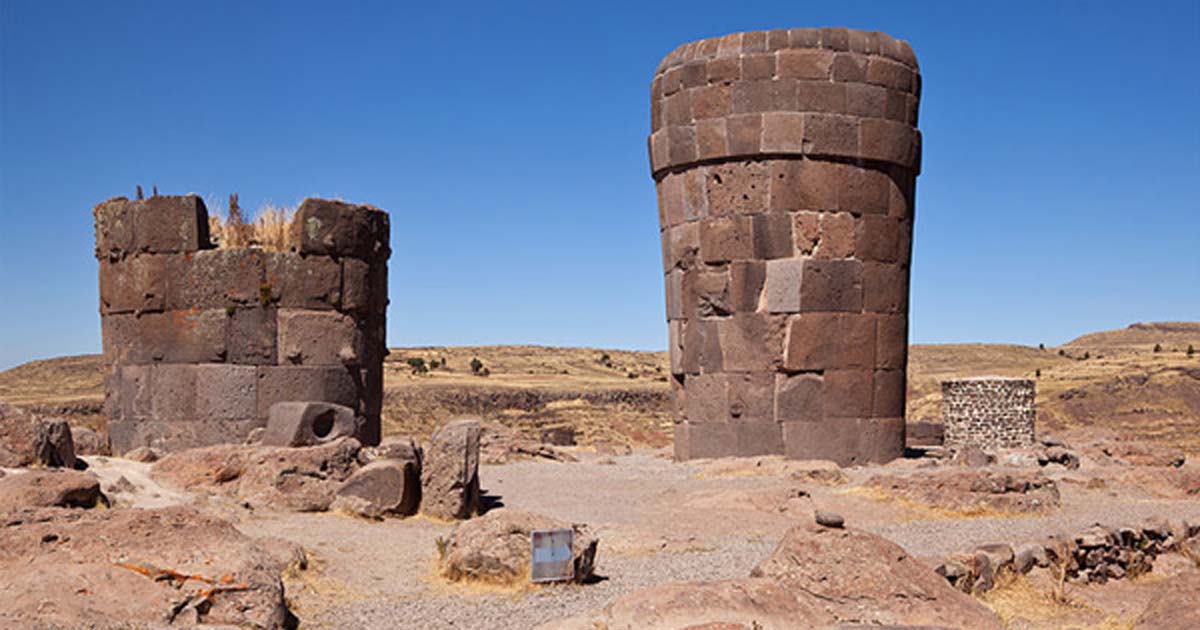
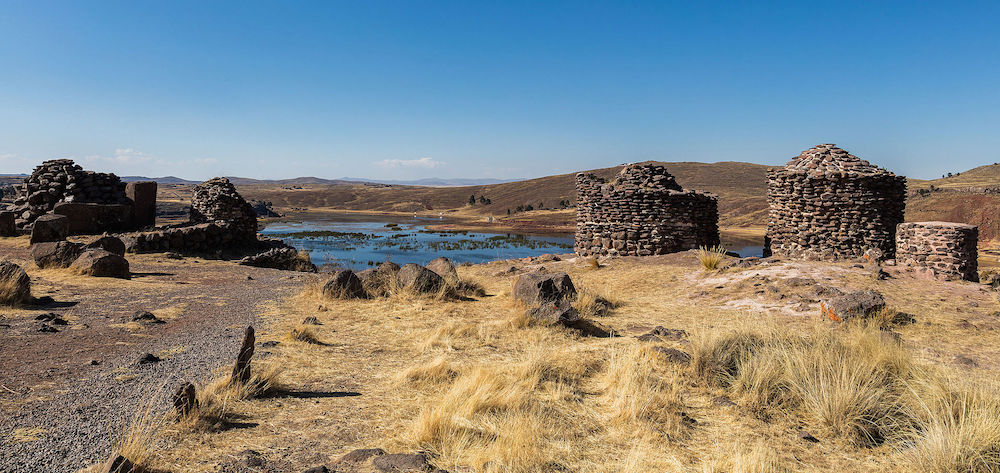

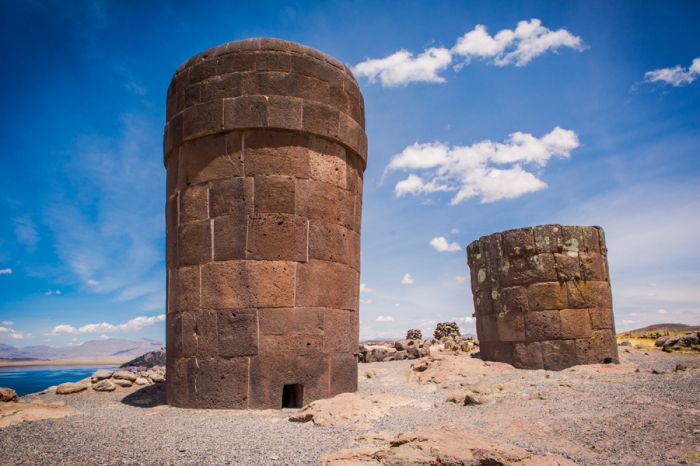
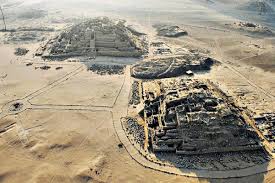

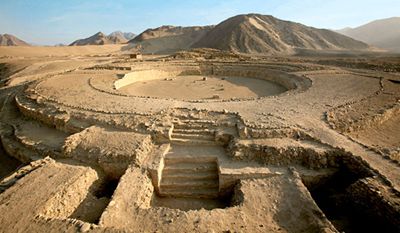
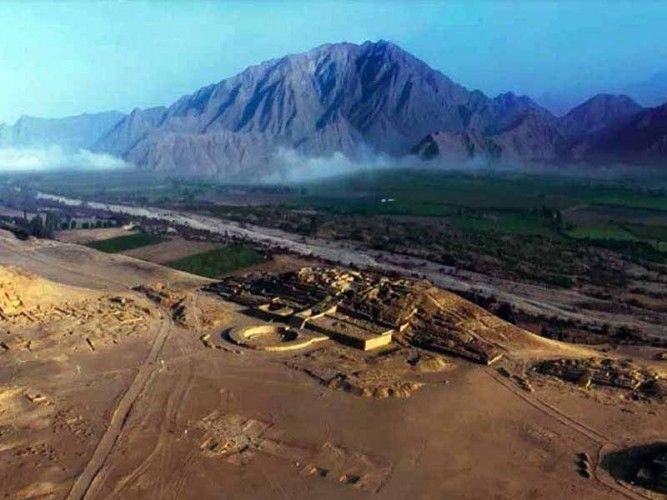
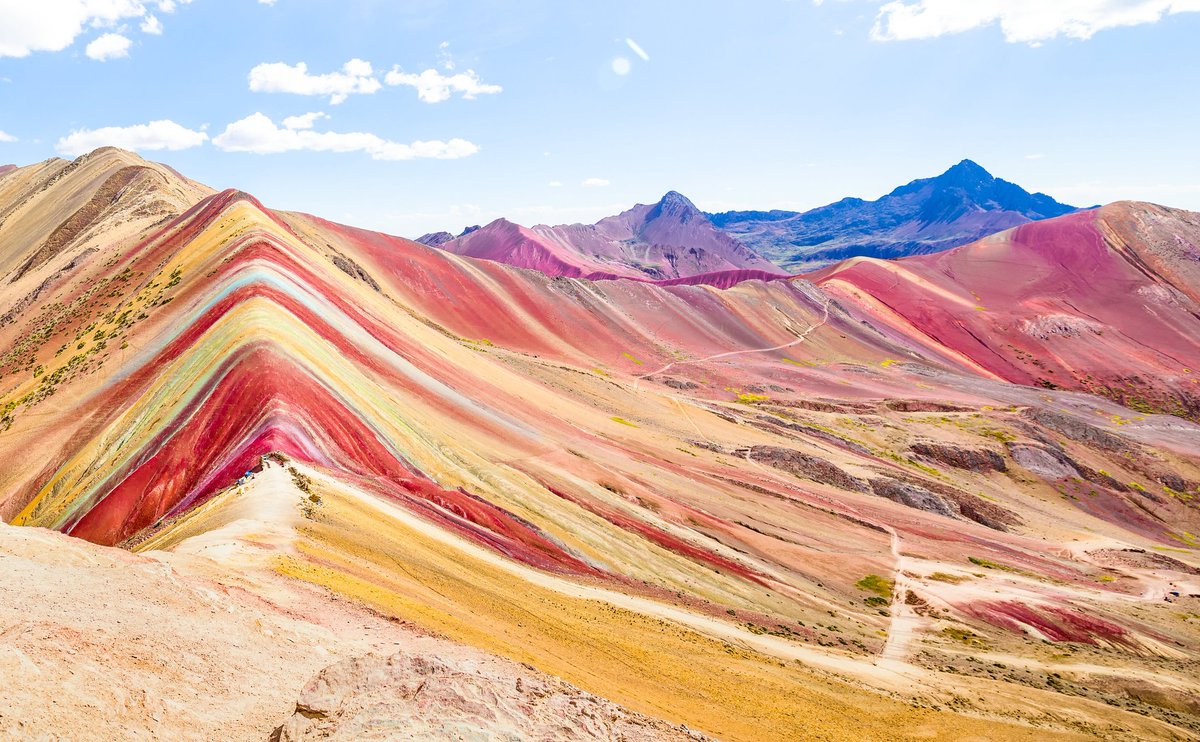
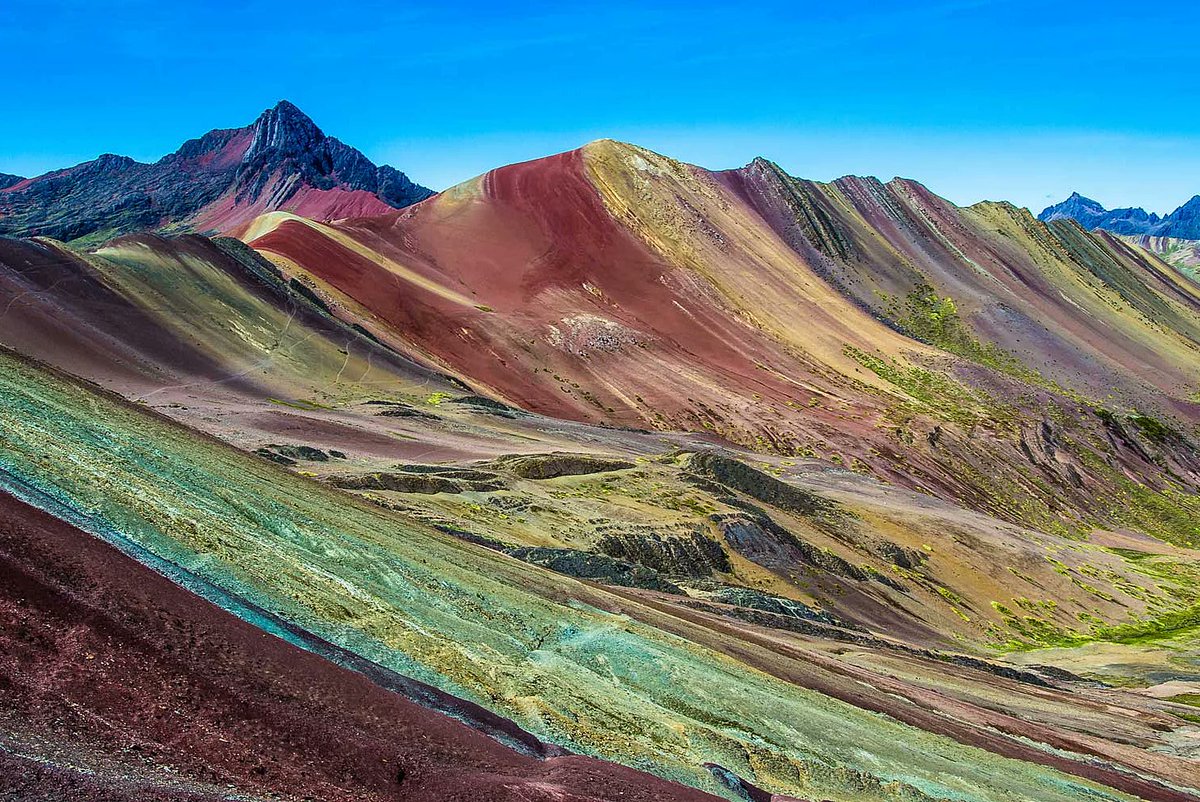
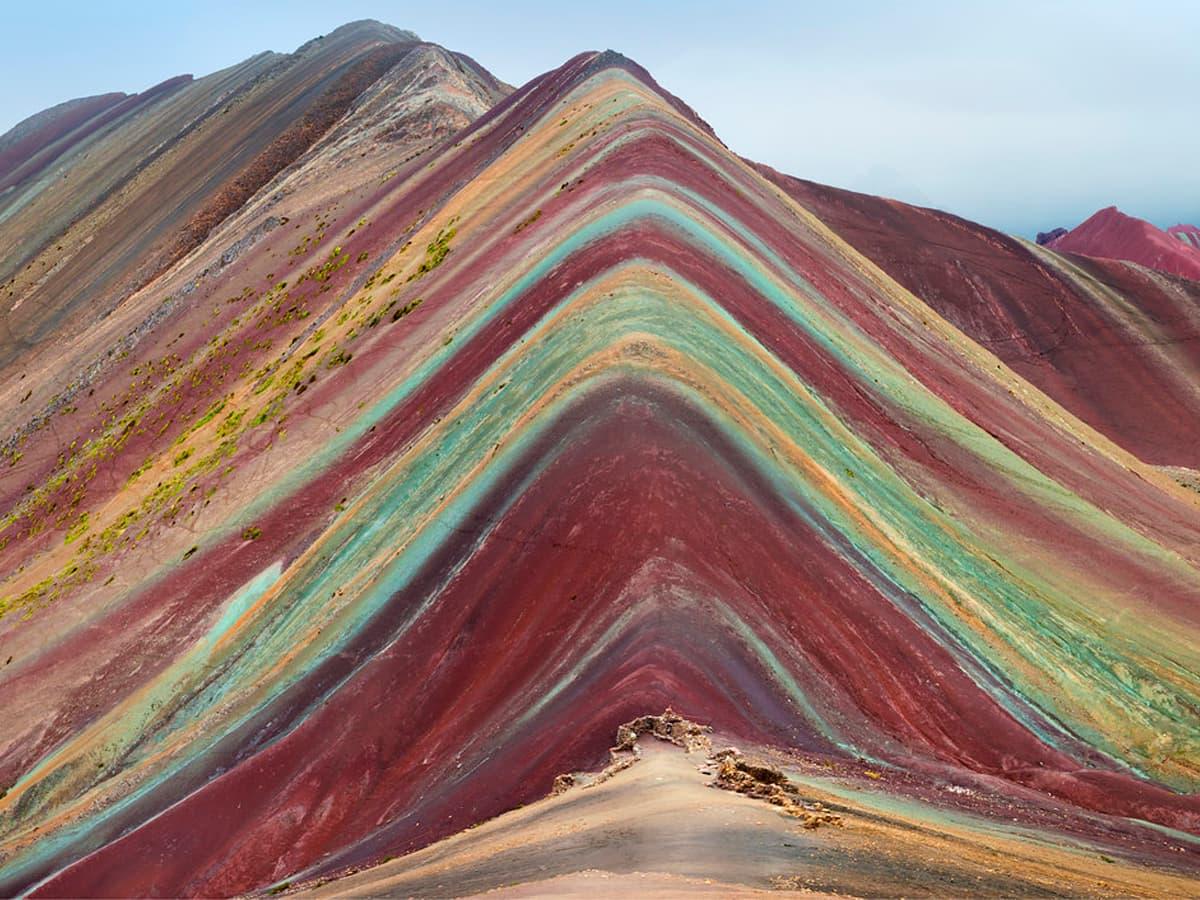


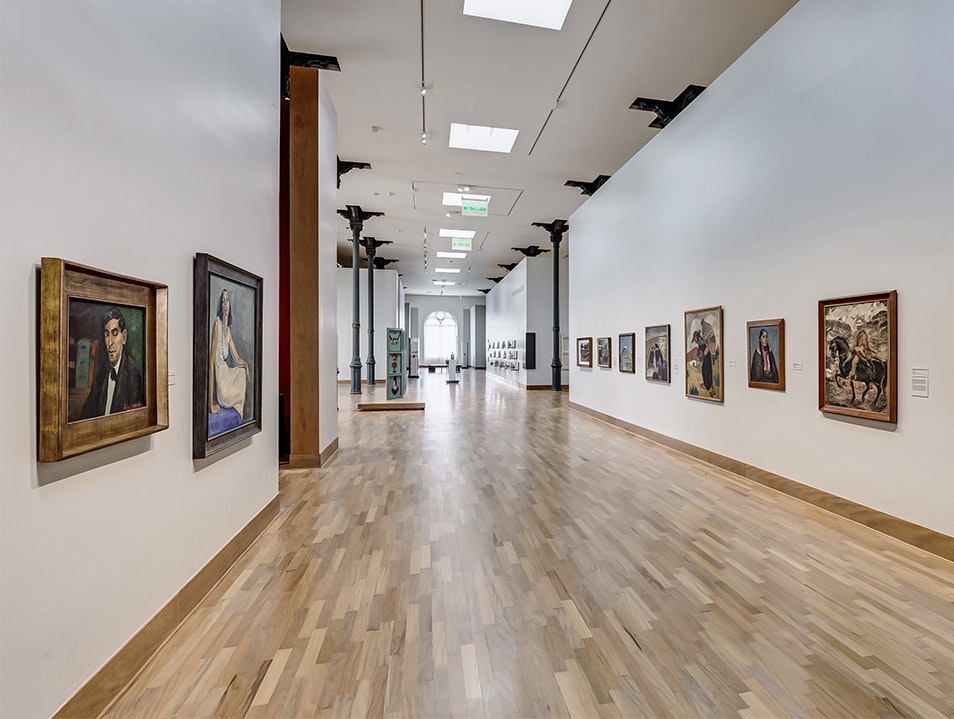
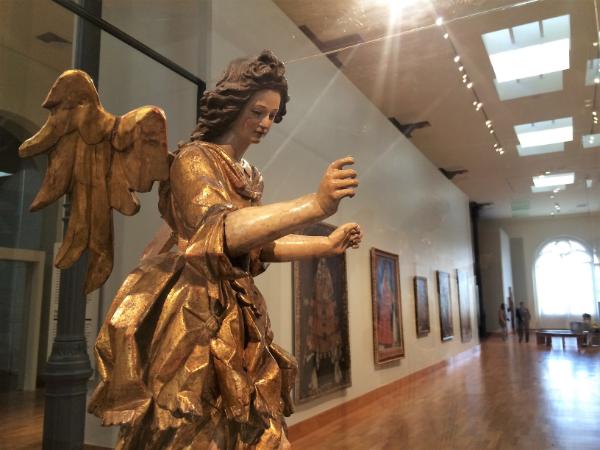

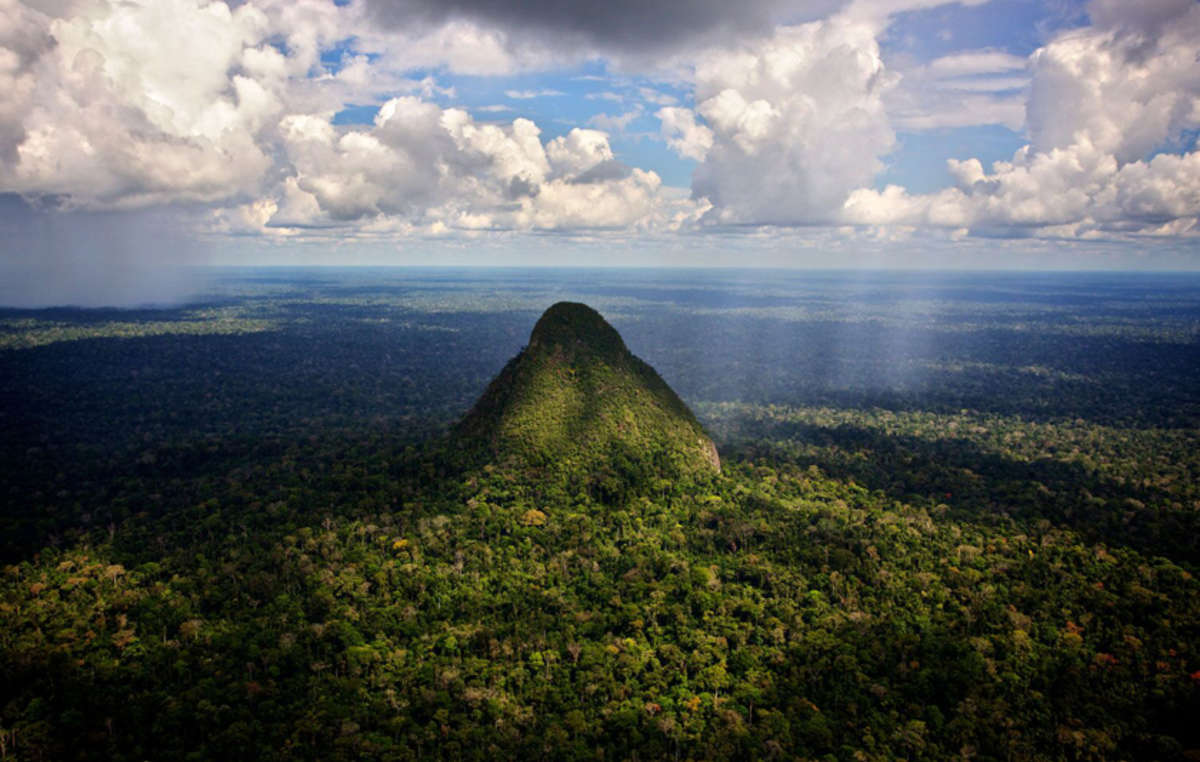
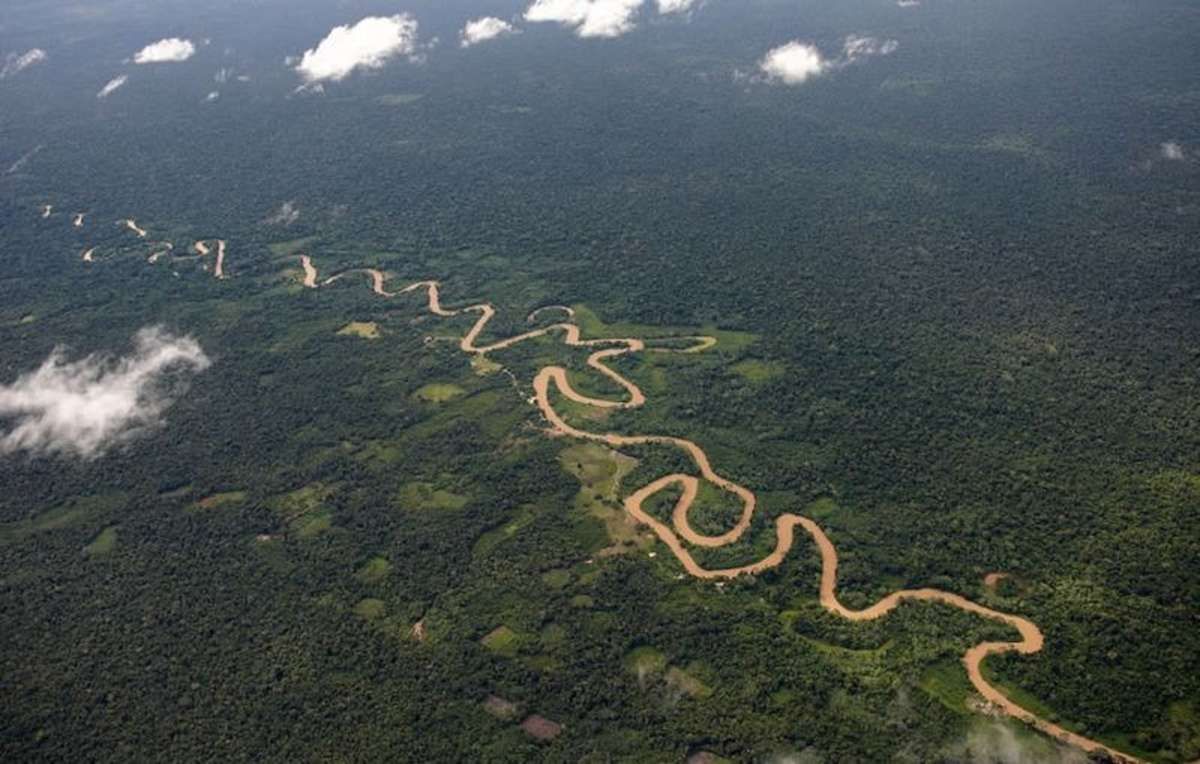
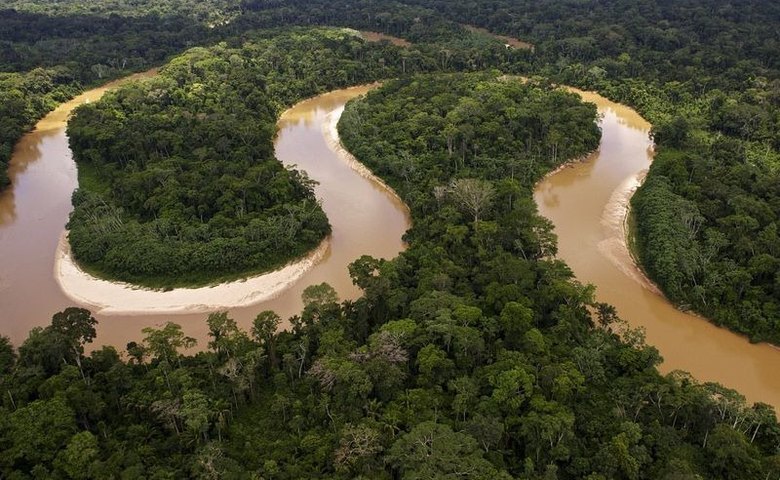
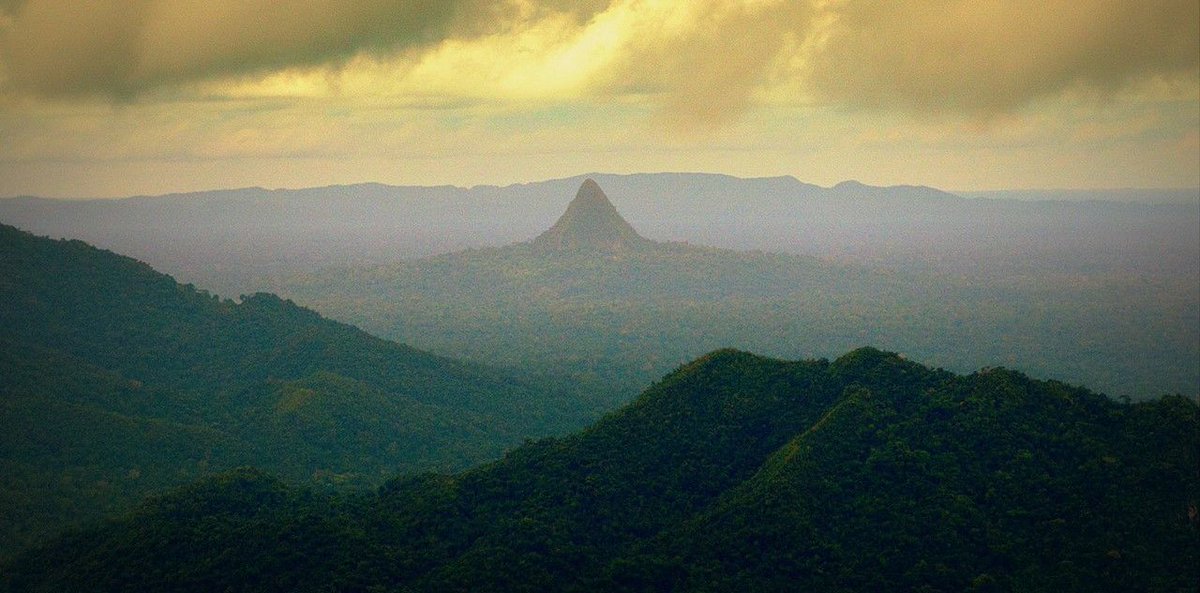
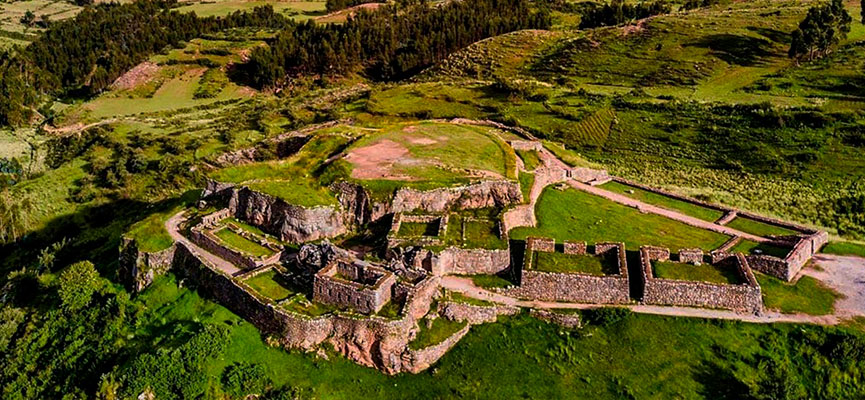
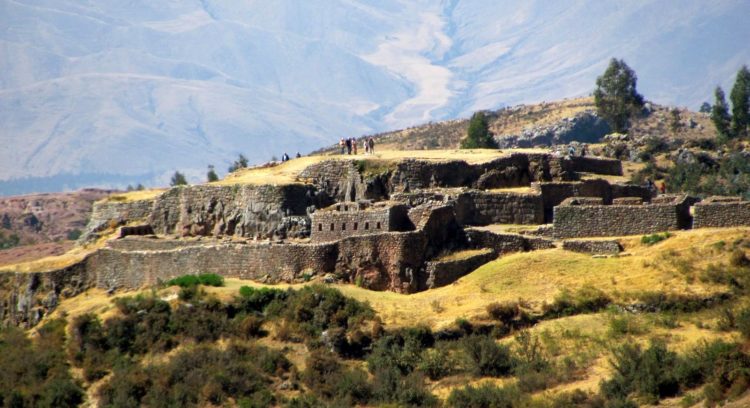

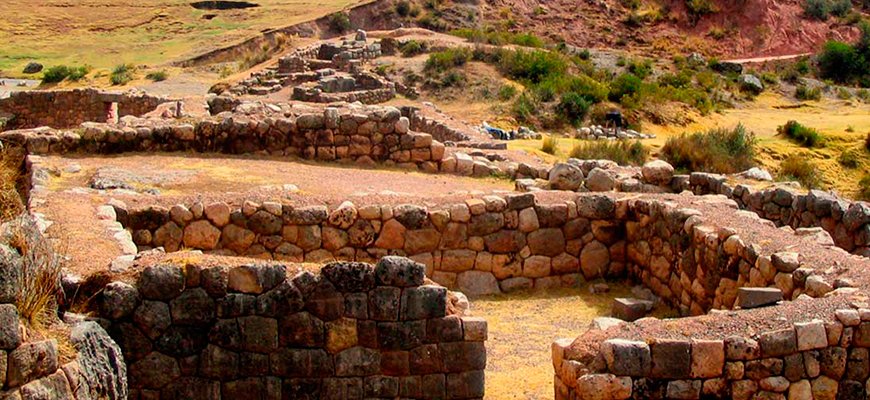



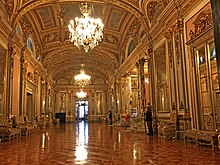
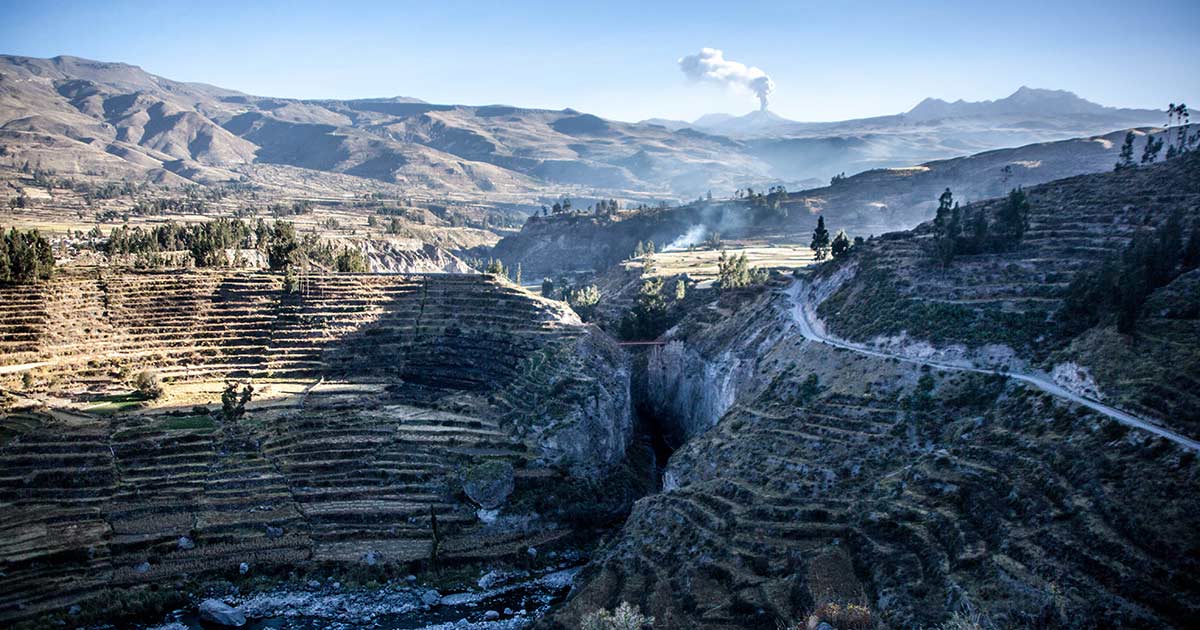

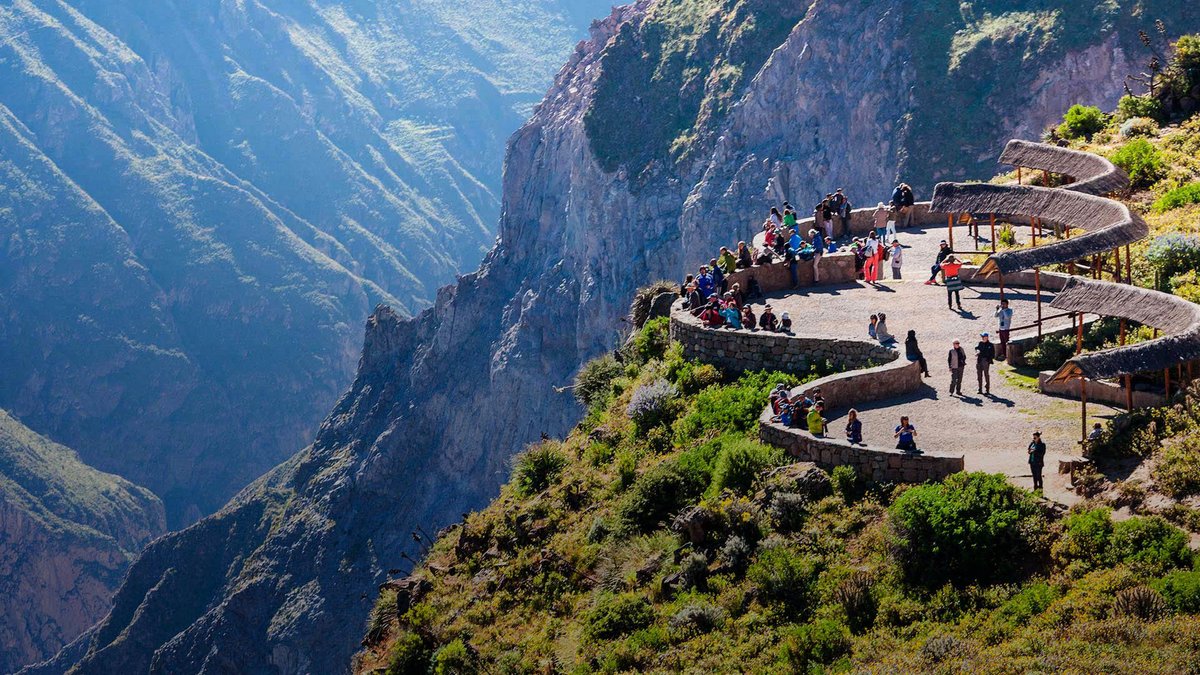
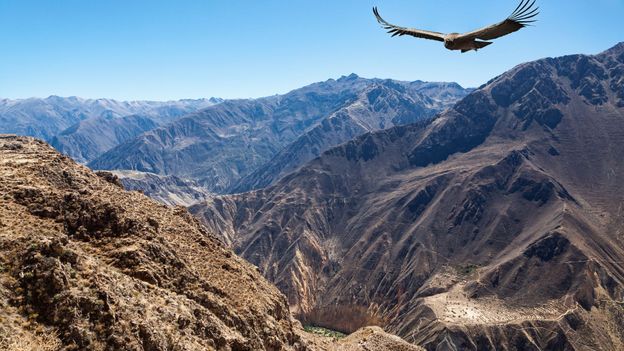

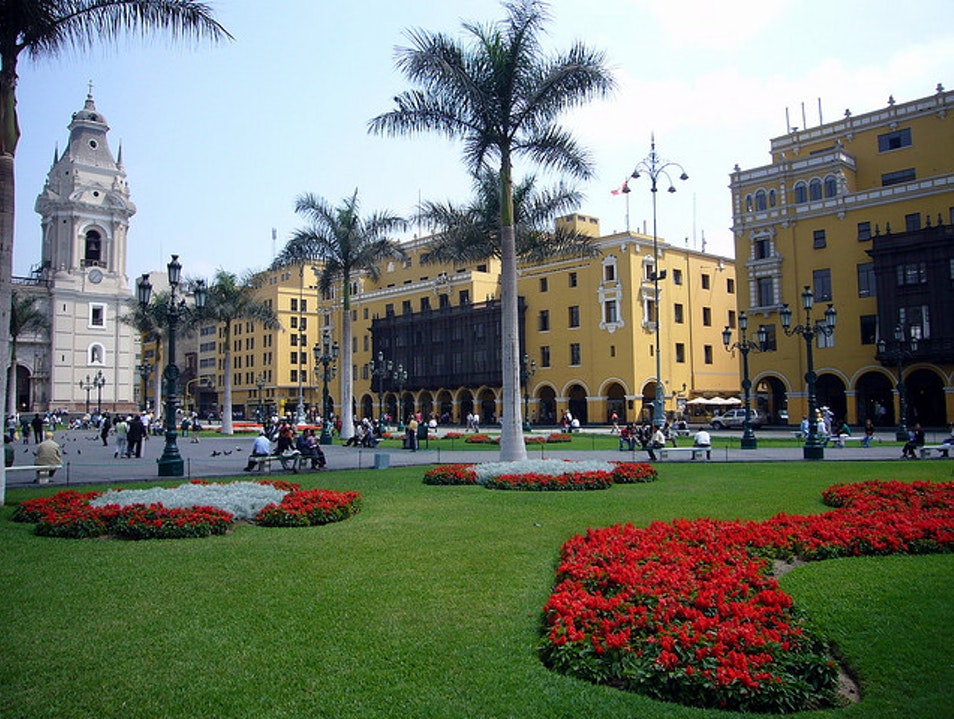
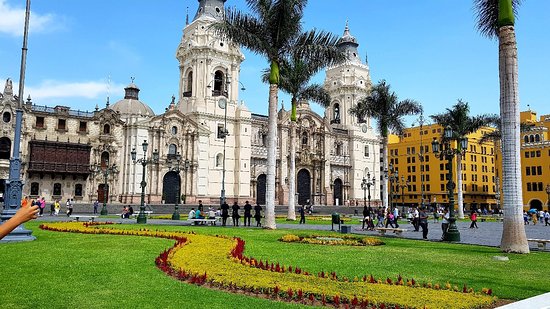
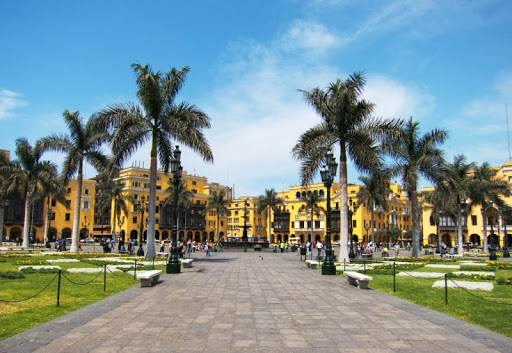
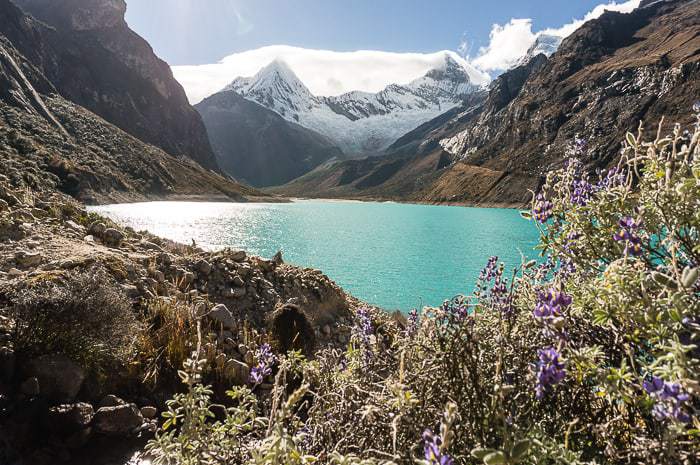
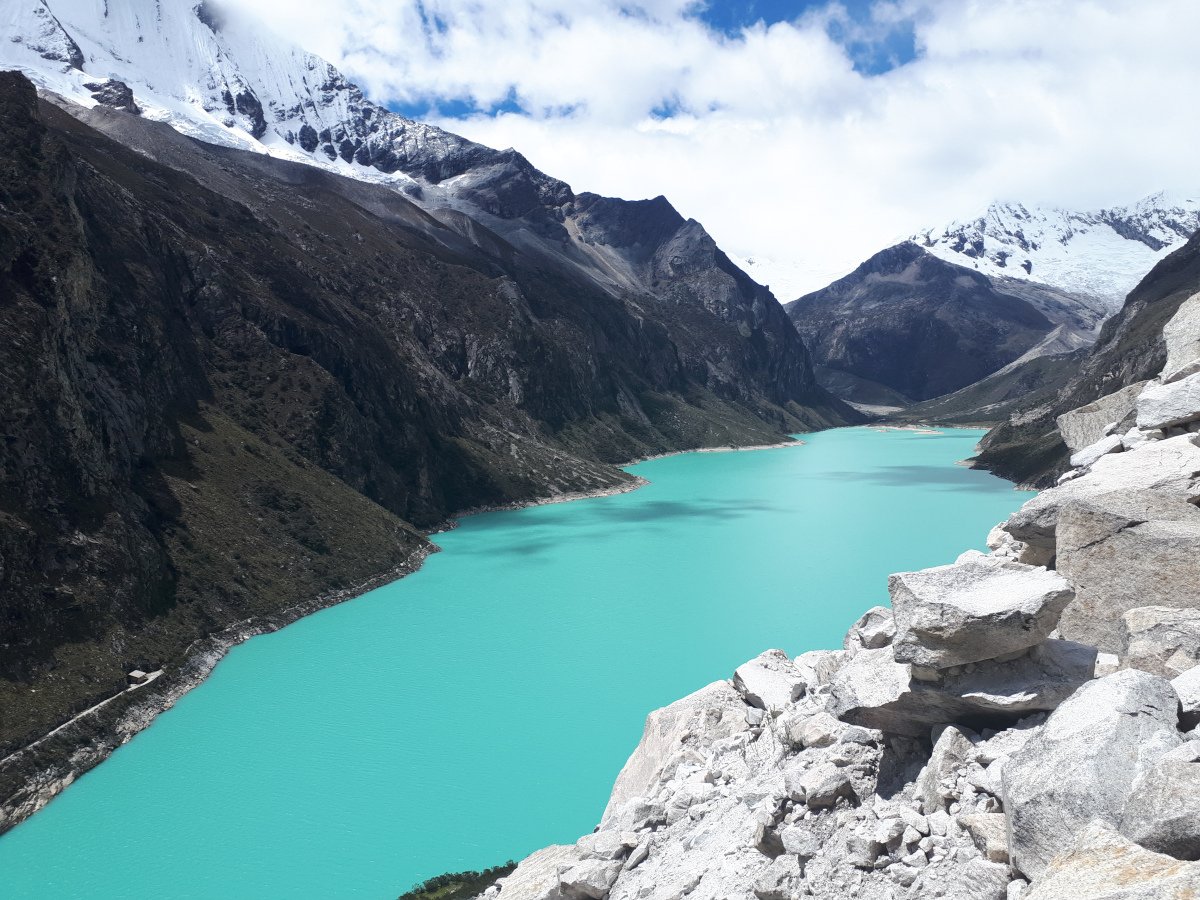
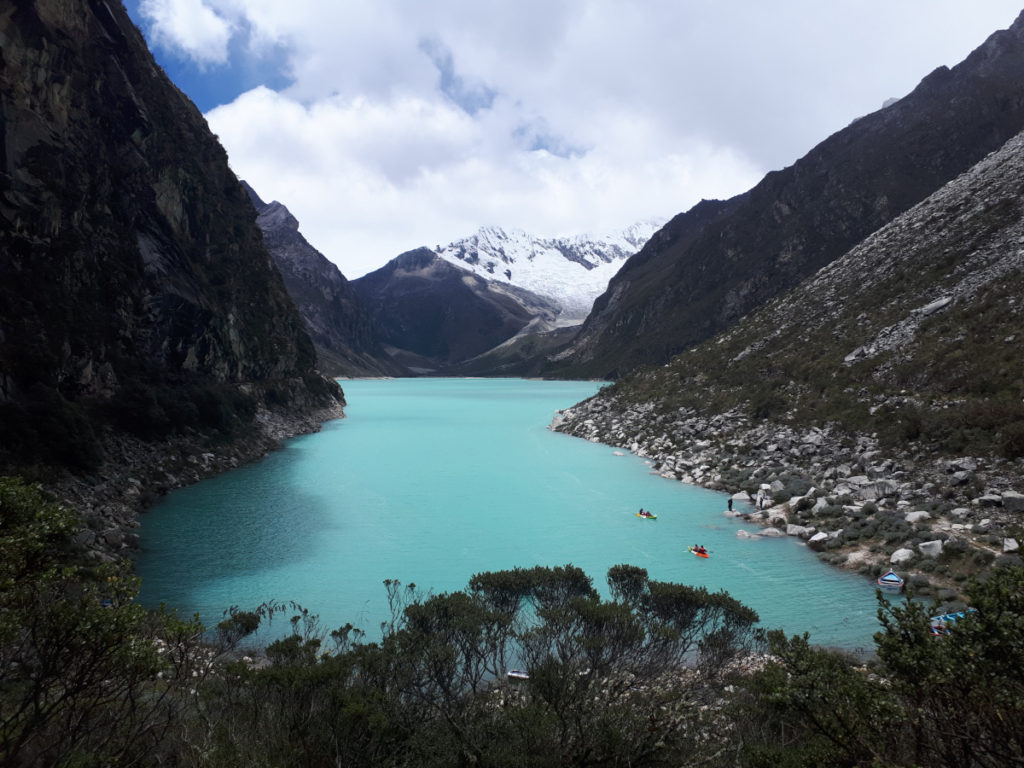
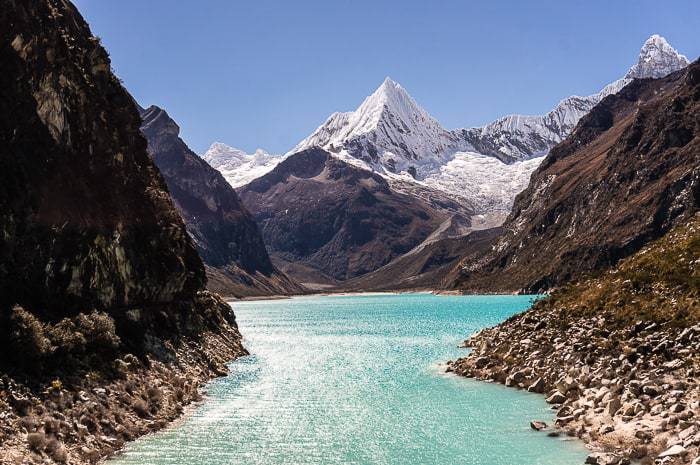

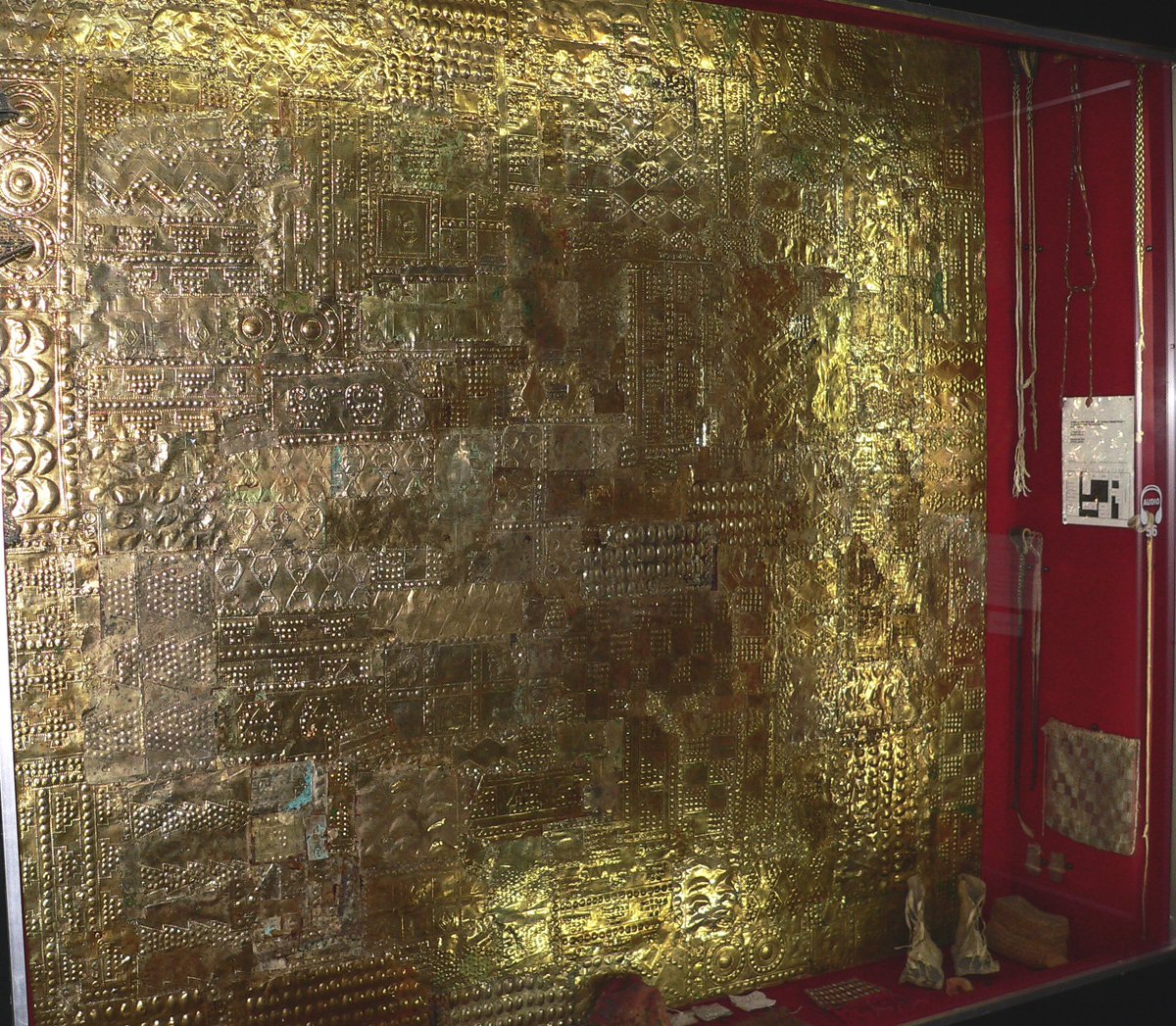

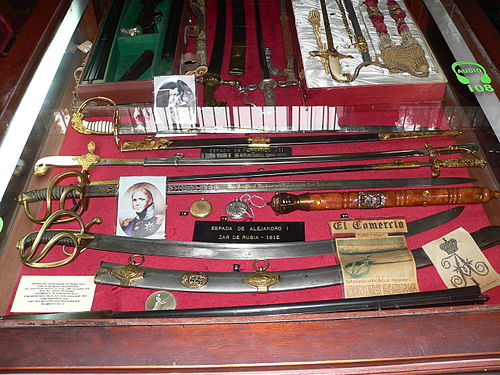
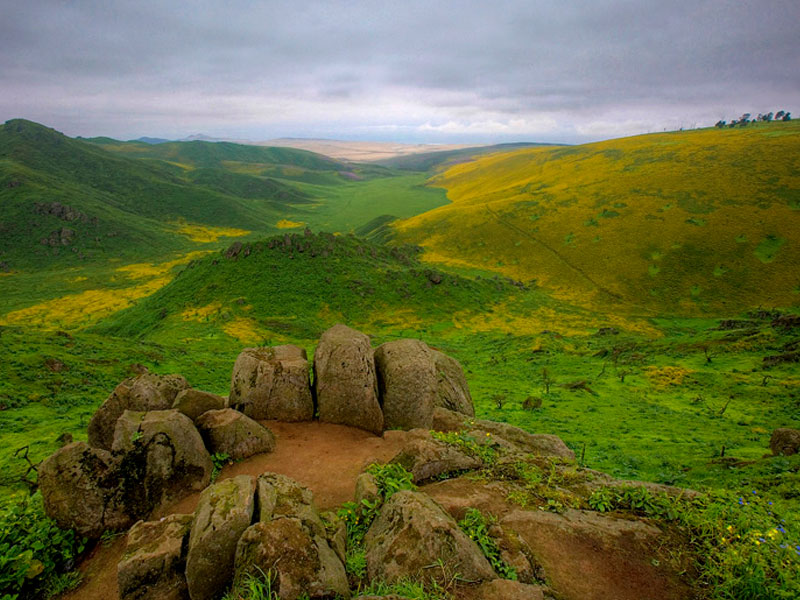 we& #39;re visiting Reserva Nacional de Lachay (Lachay National Reserve), 65 miles north of the capital of Lima, Peru. Wildlife in the reserve includes the Sechuran fox, puma, white-tailed deer, Pampas cat & birds like the Vermilion flycatcher & the Andean tinamou." title="On this #EarthDay https://abs.twimg.com/hashflags... draggable="false" alt=""> we& #39;re visiting Reserva Nacional de Lachay (Lachay National Reserve), 65 miles north of the capital of Lima, Peru. Wildlife in the reserve includes the Sechuran fox, puma, white-tailed deer, Pampas cat & birds like the Vermilion flycatcher & the Andean tinamou.">
we& #39;re visiting Reserva Nacional de Lachay (Lachay National Reserve), 65 miles north of the capital of Lima, Peru. Wildlife in the reserve includes the Sechuran fox, puma, white-tailed deer, Pampas cat & birds like the Vermilion flycatcher & the Andean tinamou." title="On this #EarthDay https://abs.twimg.com/hashflags... draggable="false" alt=""> we& #39;re visiting Reserva Nacional de Lachay (Lachay National Reserve), 65 miles north of the capital of Lima, Peru. Wildlife in the reserve includes the Sechuran fox, puma, white-tailed deer, Pampas cat & birds like the Vermilion flycatcher & the Andean tinamou.">
 we& #39;re visiting Reserva Nacional de Lachay (Lachay National Reserve), 65 miles north of the capital of Lima, Peru. Wildlife in the reserve includes the Sechuran fox, puma, white-tailed deer, Pampas cat & birds like the Vermilion flycatcher & the Andean tinamou." title="On this #EarthDay https://abs.twimg.com/hashflags... draggable="false" alt=""> we& #39;re visiting Reserva Nacional de Lachay (Lachay National Reserve), 65 miles north of the capital of Lima, Peru. Wildlife in the reserve includes the Sechuran fox, puma, white-tailed deer, Pampas cat & birds like the Vermilion flycatcher & the Andean tinamou.">
we& #39;re visiting Reserva Nacional de Lachay (Lachay National Reserve), 65 miles north of the capital of Lima, Peru. Wildlife in the reserve includes the Sechuran fox, puma, white-tailed deer, Pampas cat & birds like the Vermilion flycatcher & the Andean tinamou." title="On this #EarthDay https://abs.twimg.com/hashflags... draggable="false" alt=""> we& #39;re visiting Reserva Nacional de Lachay (Lachay National Reserve), 65 miles north of the capital of Lima, Peru. Wildlife in the reserve includes the Sechuran fox, puma, white-tailed deer, Pampas cat & birds like the Vermilion flycatcher & the Andean tinamou.">
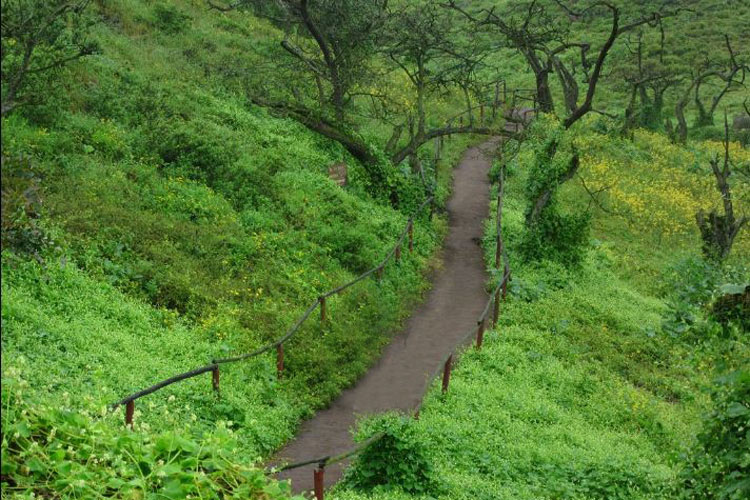 we& #39;re visiting Reserva Nacional de Lachay (Lachay National Reserve), 65 miles north of the capital of Lima, Peru. Wildlife in the reserve includes the Sechuran fox, puma, white-tailed deer, Pampas cat & birds like the Vermilion flycatcher & the Andean tinamou." title="On this #EarthDay https://abs.twimg.com/hashflags... draggable="false" alt=""> we& #39;re visiting Reserva Nacional de Lachay (Lachay National Reserve), 65 miles north of the capital of Lima, Peru. Wildlife in the reserve includes the Sechuran fox, puma, white-tailed deer, Pampas cat & birds like the Vermilion flycatcher & the Andean tinamou.">
we& #39;re visiting Reserva Nacional de Lachay (Lachay National Reserve), 65 miles north of the capital of Lima, Peru. Wildlife in the reserve includes the Sechuran fox, puma, white-tailed deer, Pampas cat & birds like the Vermilion flycatcher & the Andean tinamou." title="On this #EarthDay https://abs.twimg.com/hashflags... draggable="false" alt=""> we& #39;re visiting Reserva Nacional de Lachay (Lachay National Reserve), 65 miles north of the capital of Lima, Peru. Wildlife in the reserve includes the Sechuran fox, puma, white-tailed deer, Pampas cat & birds like the Vermilion flycatcher & the Andean tinamou.">
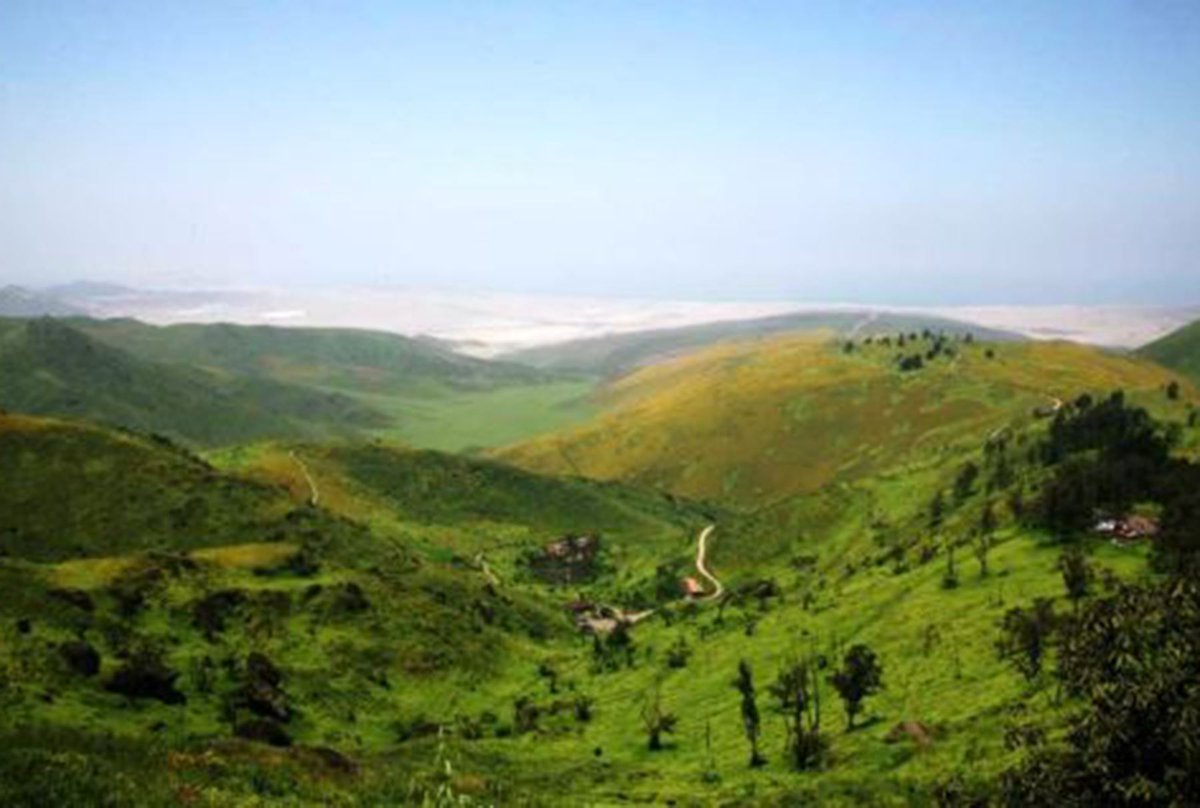 we& #39;re visiting Reserva Nacional de Lachay (Lachay National Reserve), 65 miles north of the capital of Lima, Peru. Wildlife in the reserve includes the Sechuran fox, puma, white-tailed deer, Pampas cat & birds like the Vermilion flycatcher & the Andean tinamou." title="On this #EarthDay https://abs.twimg.com/hashflags... draggable="false" alt=""> we& #39;re visiting Reserva Nacional de Lachay (Lachay National Reserve), 65 miles north of the capital of Lima, Peru. Wildlife in the reserve includes the Sechuran fox, puma, white-tailed deer, Pampas cat & birds like the Vermilion flycatcher & the Andean tinamou.">
we& #39;re visiting Reserva Nacional de Lachay (Lachay National Reserve), 65 miles north of the capital of Lima, Peru. Wildlife in the reserve includes the Sechuran fox, puma, white-tailed deer, Pampas cat & birds like the Vermilion flycatcher & the Andean tinamou." title="On this #EarthDay https://abs.twimg.com/hashflags... draggable="false" alt=""> we& #39;re visiting Reserva Nacional de Lachay (Lachay National Reserve), 65 miles north of the capital of Lima, Peru. Wildlife in the reserve includes the Sechuran fox, puma, white-tailed deer, Pampas cat & birds like the Vermilion flycatcher & the Andean tinamou.">
